04-09 May 2024
Seventeen Contrade
Siena is divided into seventeen contrade (urban wards). The rivalry among them is historic, best expressed in the twice yearly palio, the horse race held in the Campo on July 2 and August 16. Because anything goes in this race, they guard the horses 24/7 for four days before the race.
Each contrada is named after an animal or symbol. The seventeen today are the result of consolidation or elimination from the original fifty-nine contrade that existed in the 1500s. Walking around Siena, you see signs marking the territory of a contrada—streets festooned with flags, a plaque in a wall, a fountain adorned with a turtle or a dolphin, and even street lamps spouting lights from a base painted in the contrada’s colors. As in the television series, Survivor (or is it the other way around?), each contrada forms alliances with other contrade. Several contrade have small museums where they display memorablila includng the banners won in prior palios going back hundreds of years. Extremely impressive.
Historically one is born into a contrada. Your parents might be members, but unless you were physically born in the contrada you were not a member. Until recently some pregnant mothers were known to sneak back to their childhood contrada (not their husband’s) to make sure their baby was aligned with their family’s loyalties. Rules are a bit looser today. But the contrada celebrates the birth of each new member.
The very readable book explaining all of this, La Terra in Piazza by Alessandro Falassi, was a dissertation in anthropology at UC Berkeley in the 1980s. Alessandro was a friend of a friend of Bonnie. The book is still in print in many language.
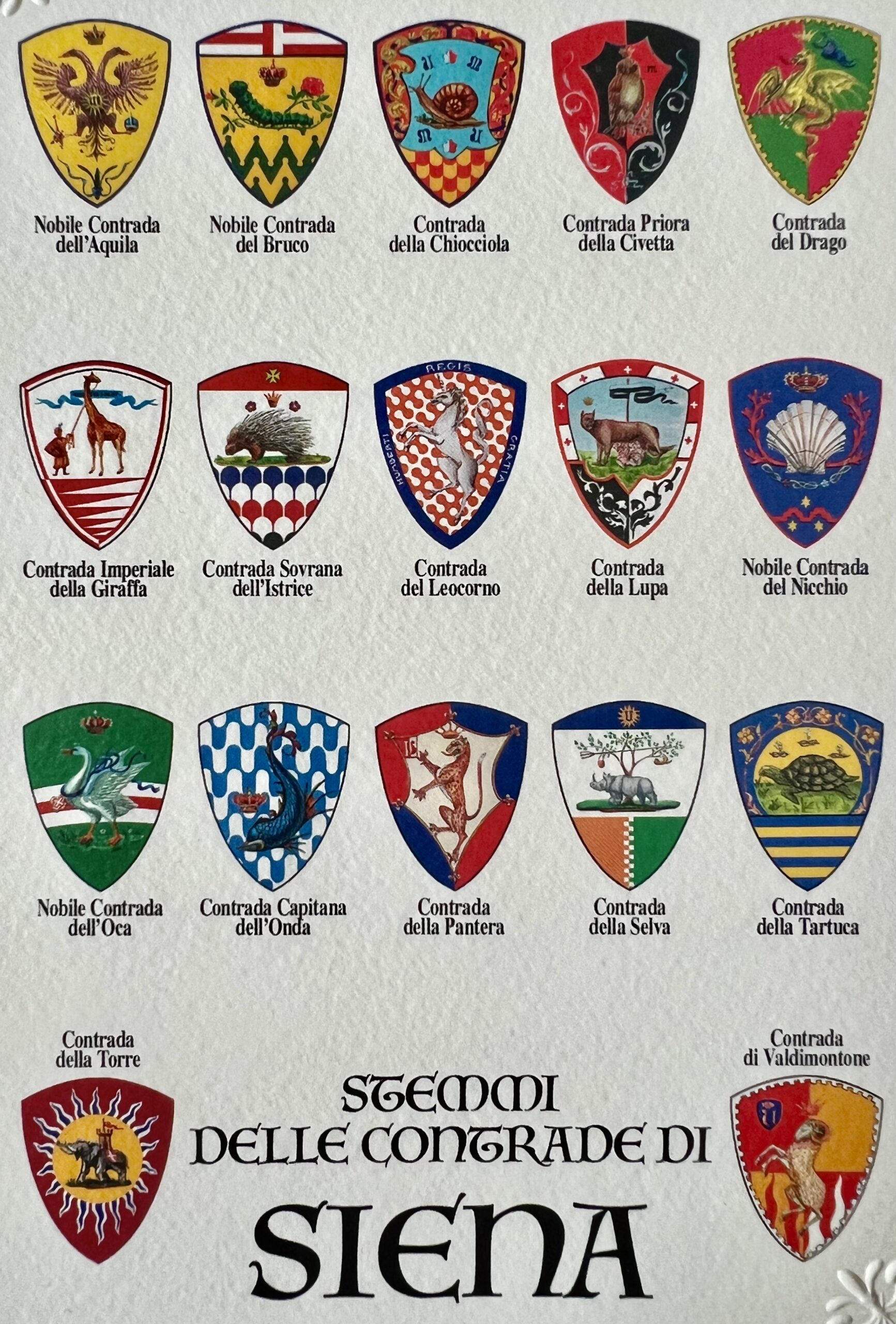
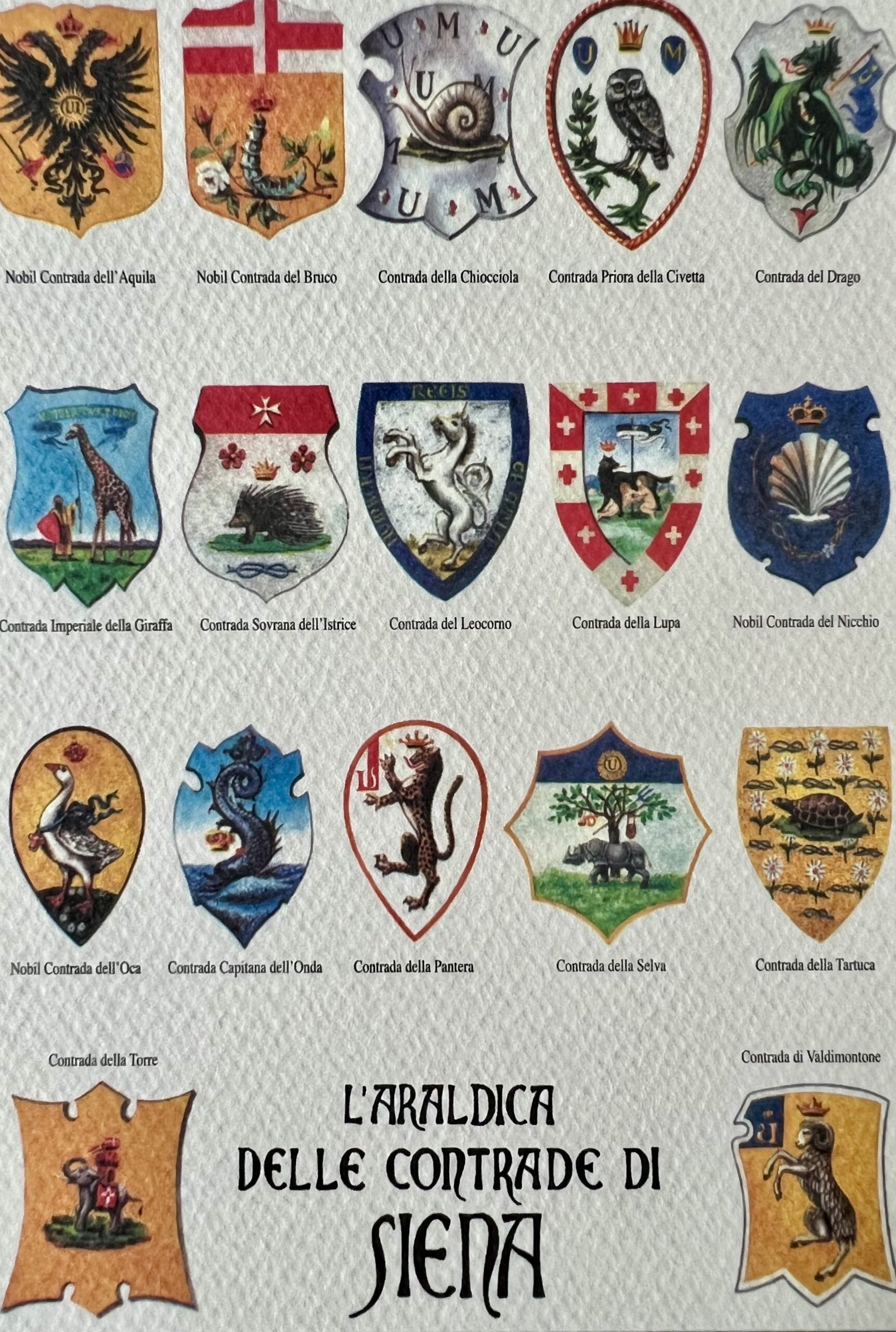
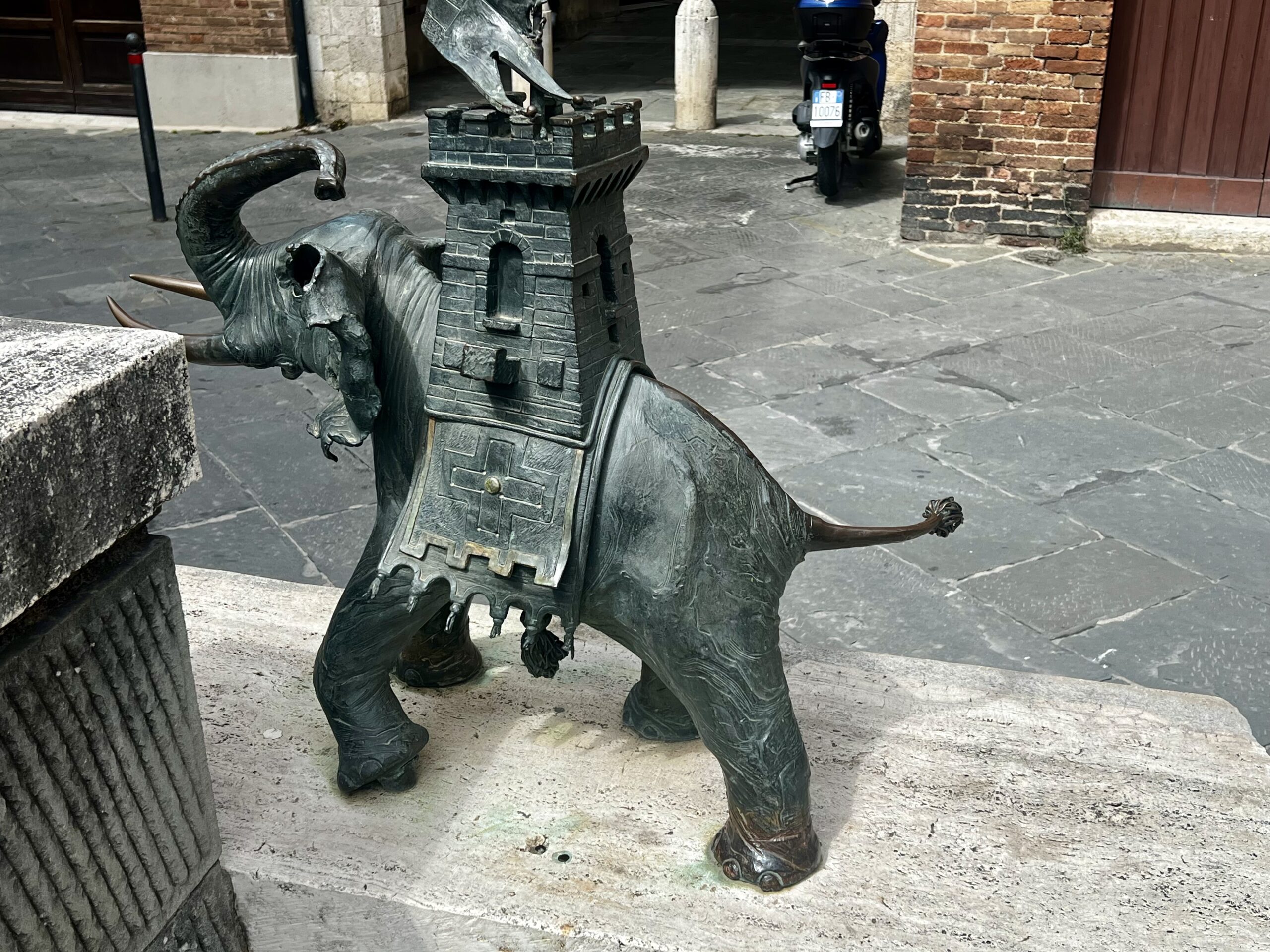

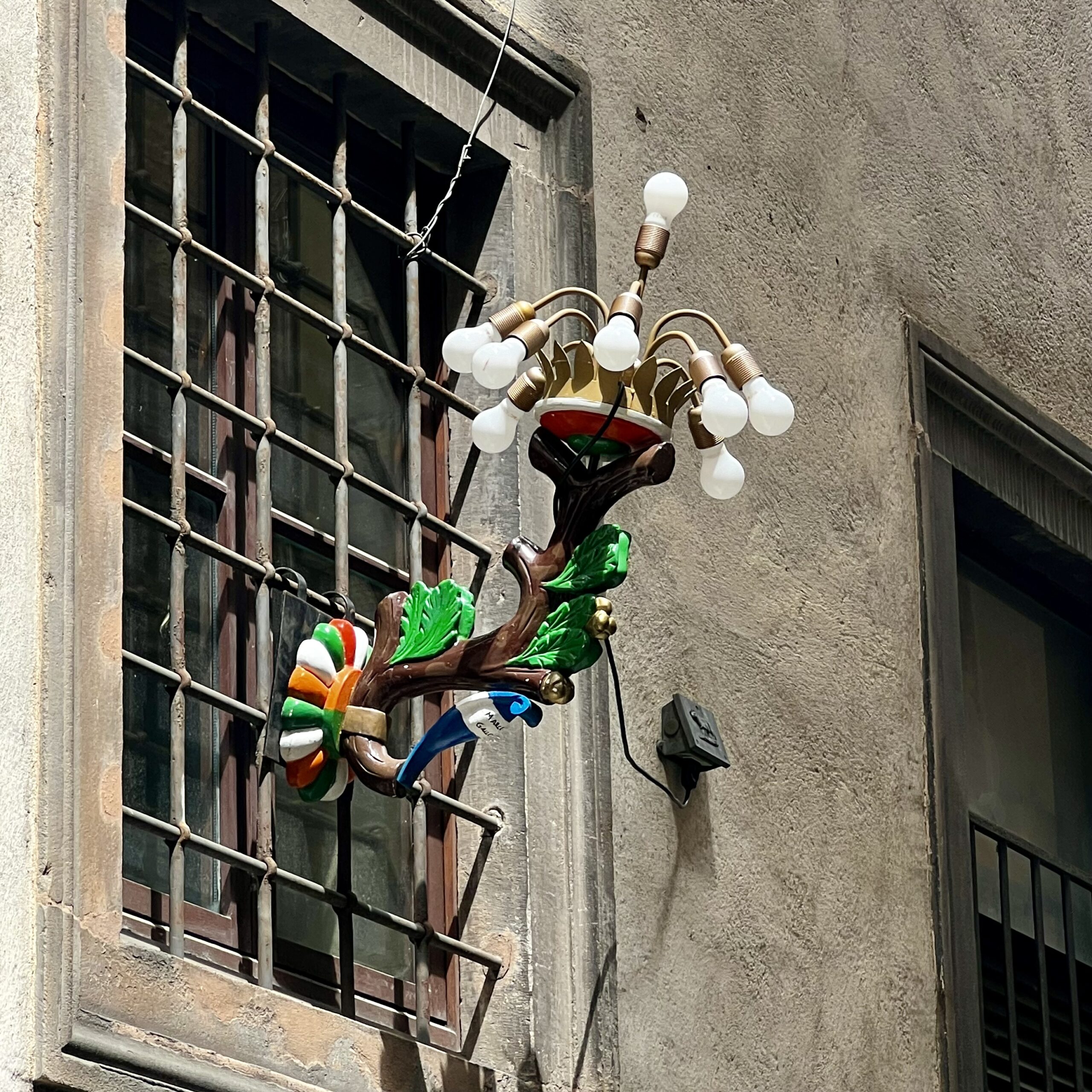
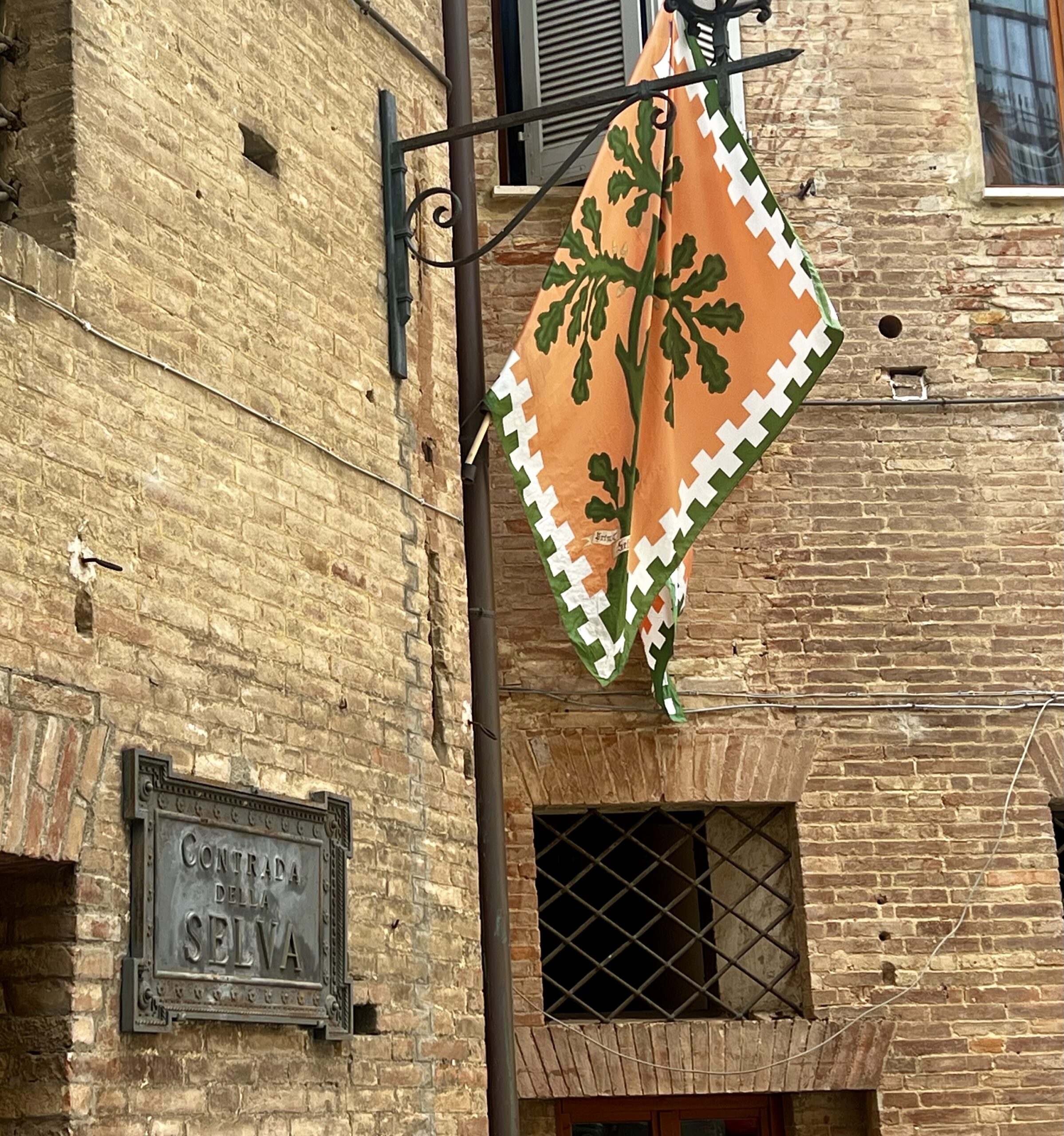
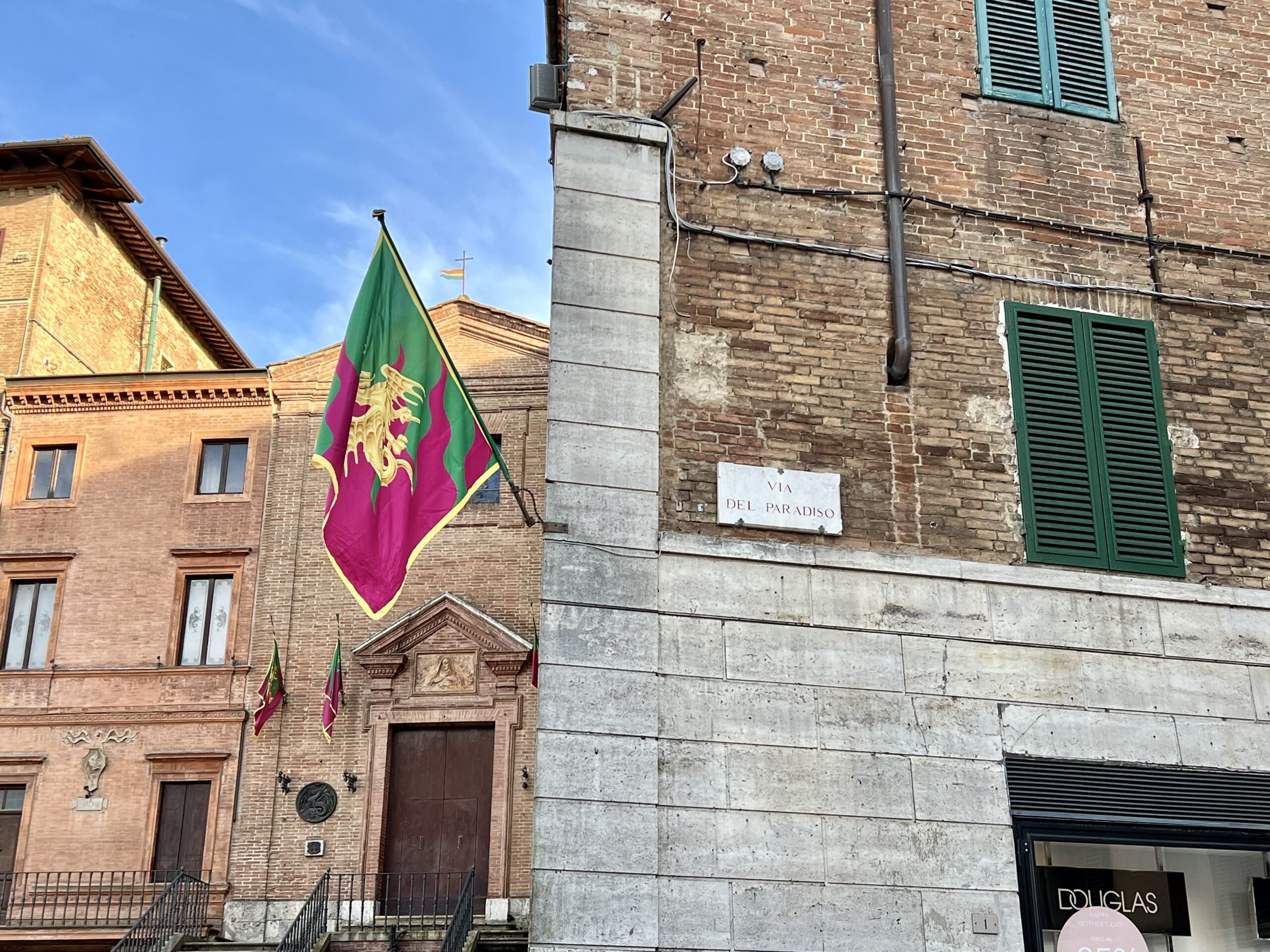
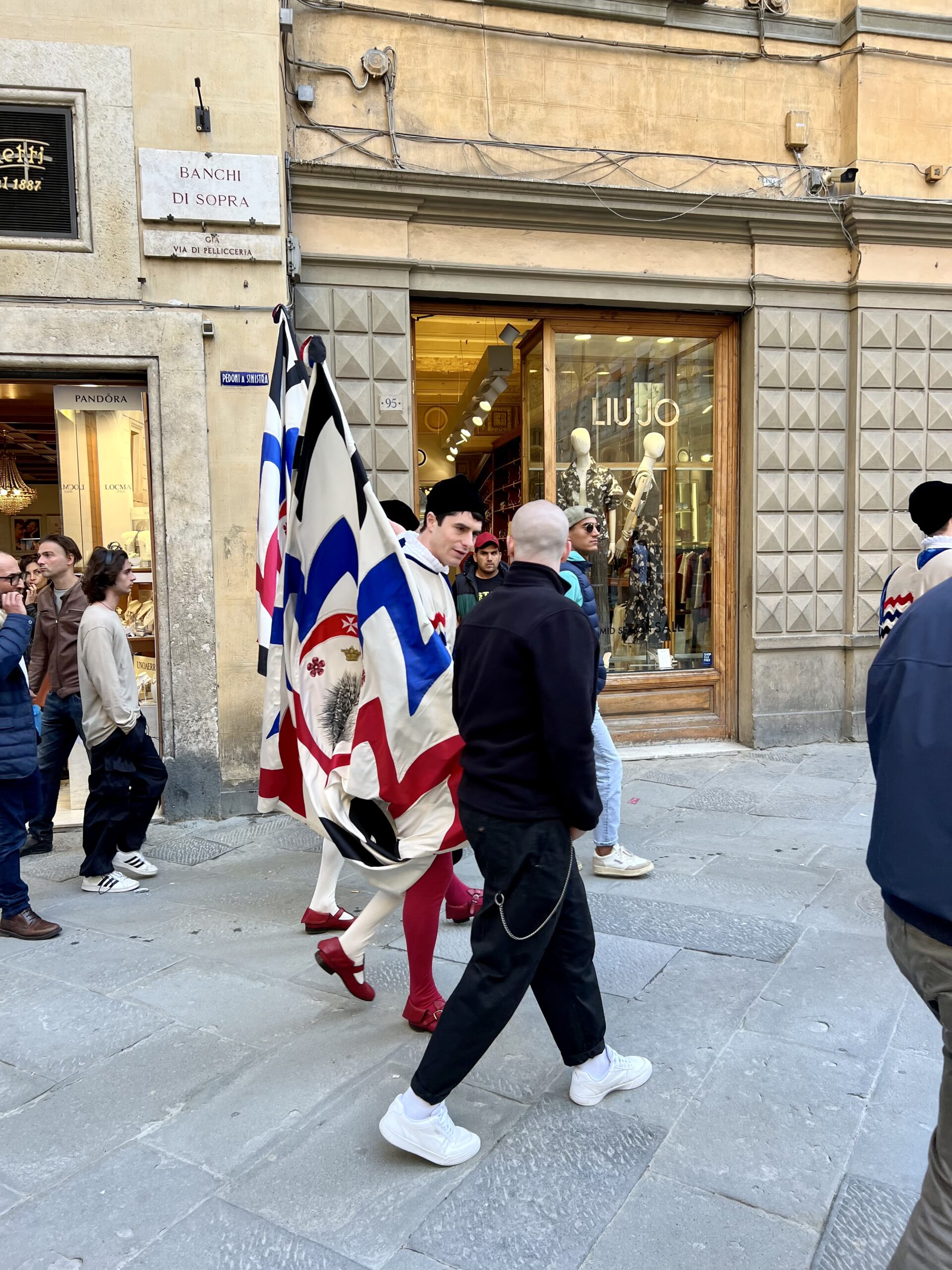
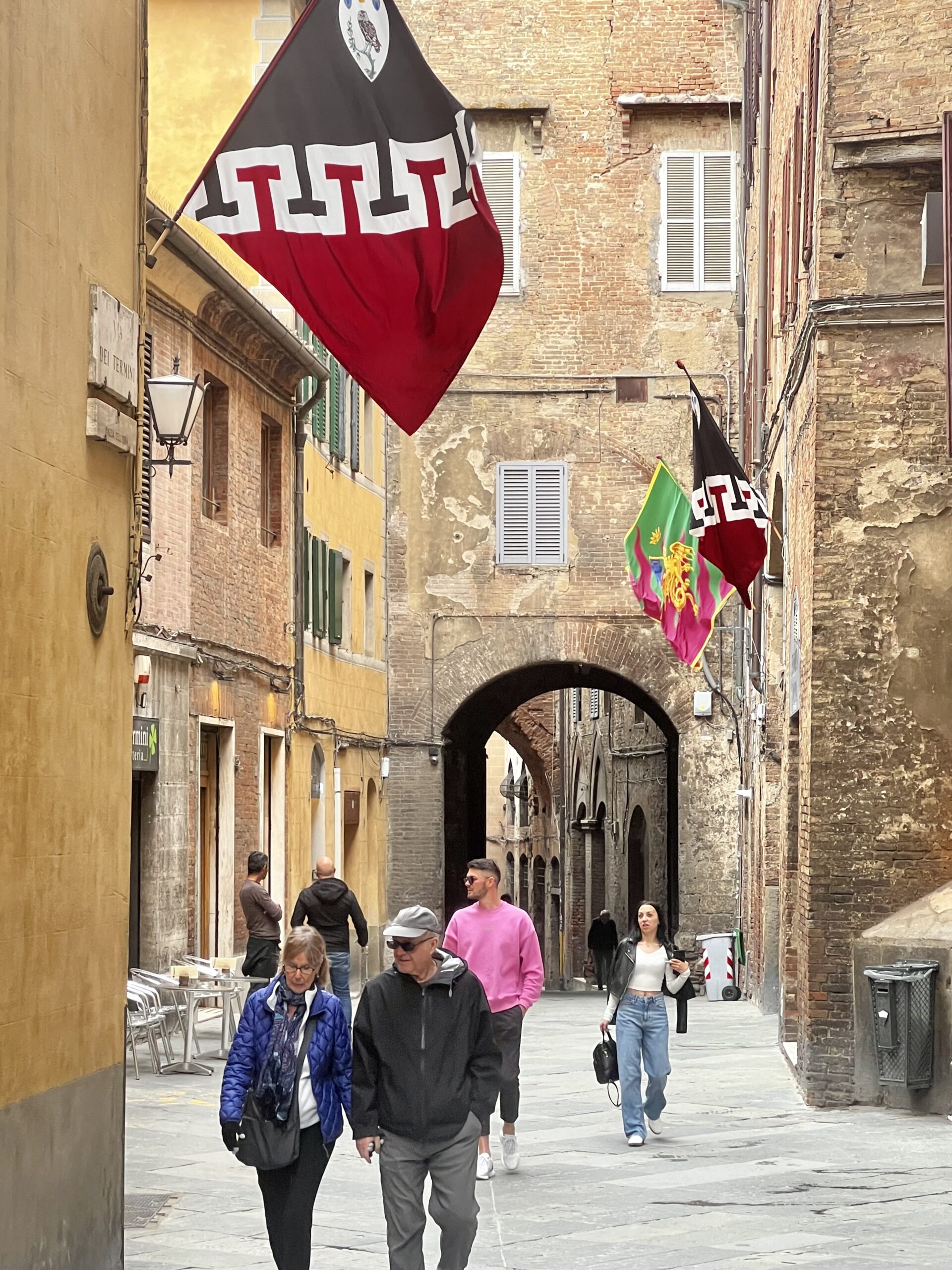
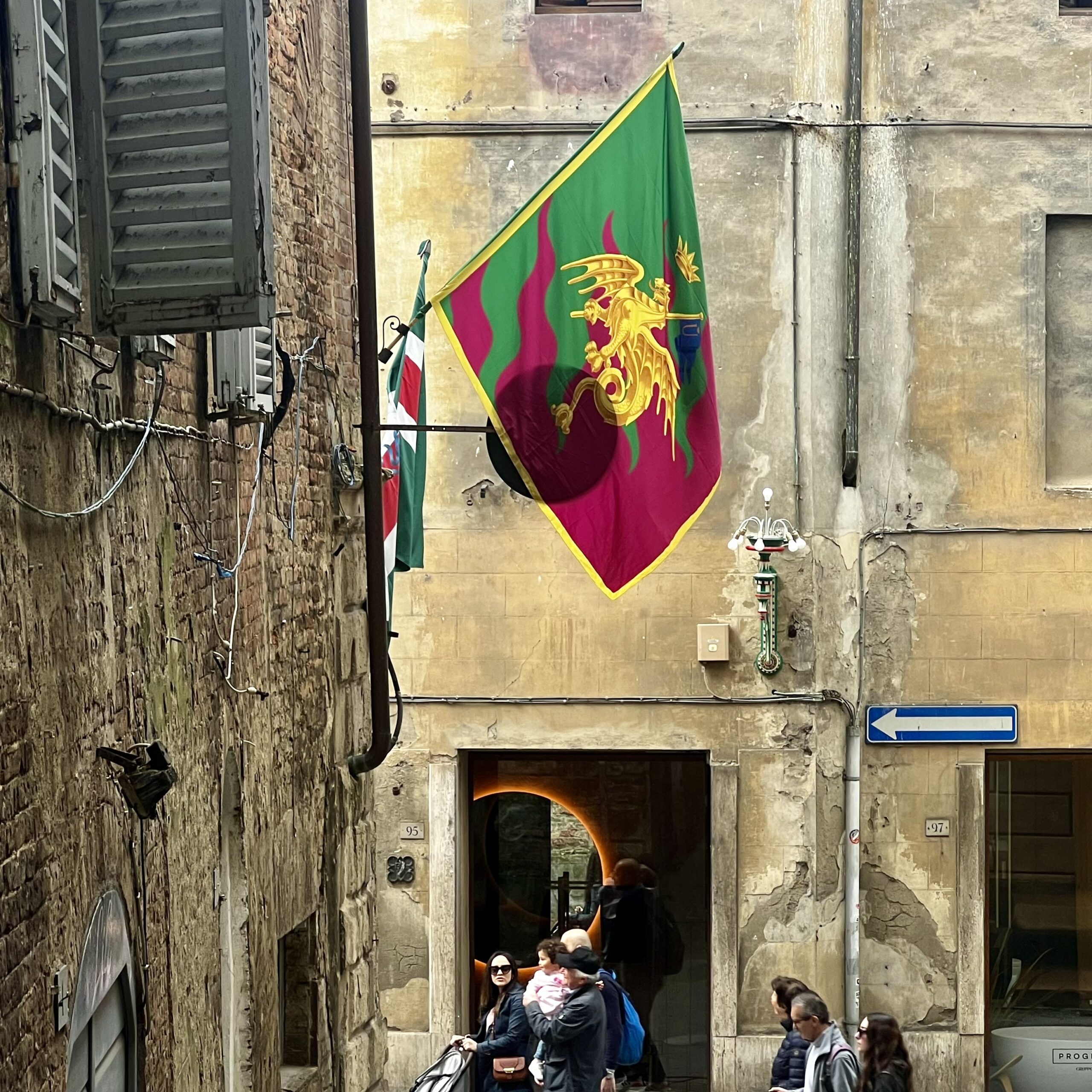





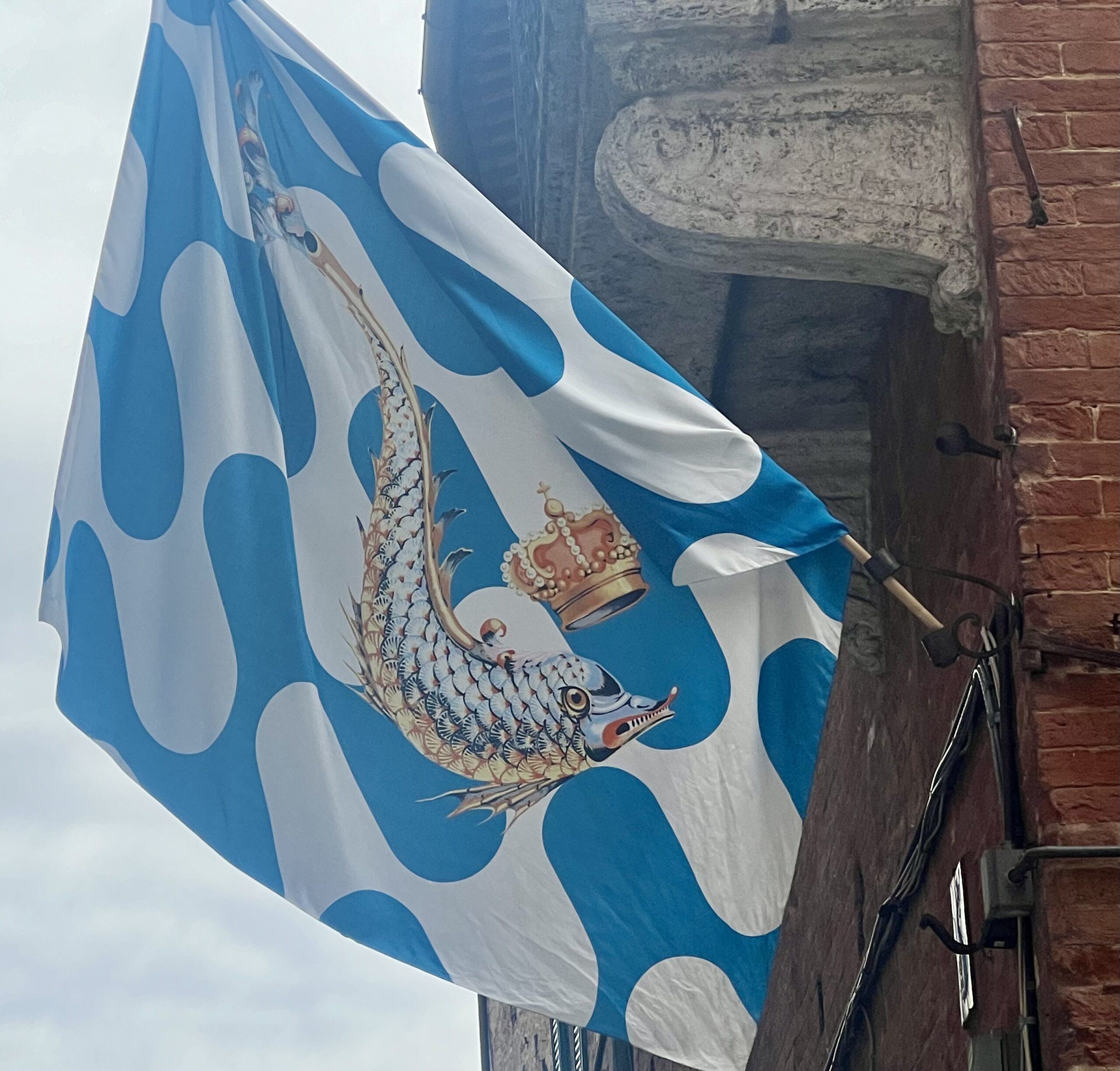
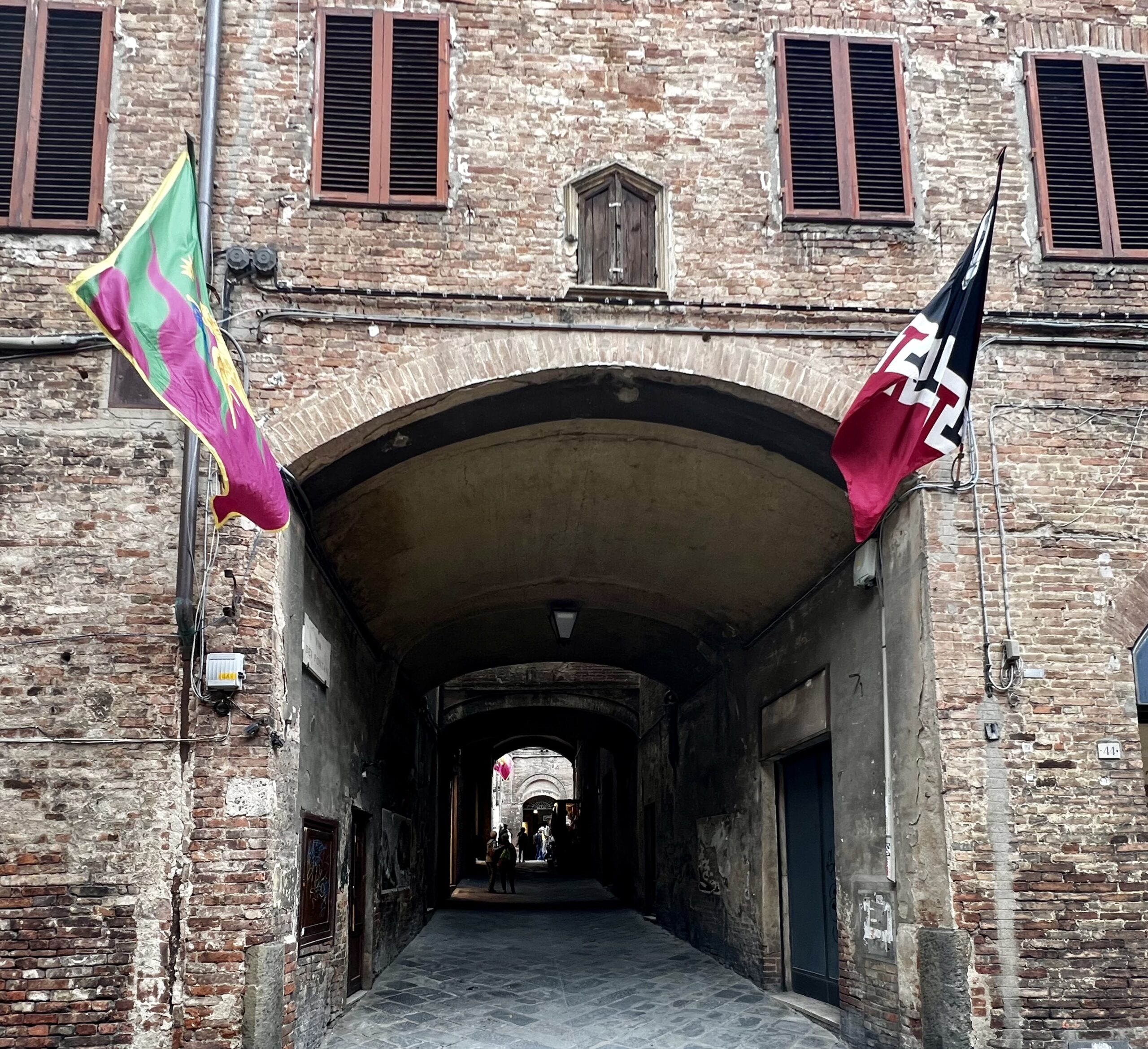
Museo della Tartuca
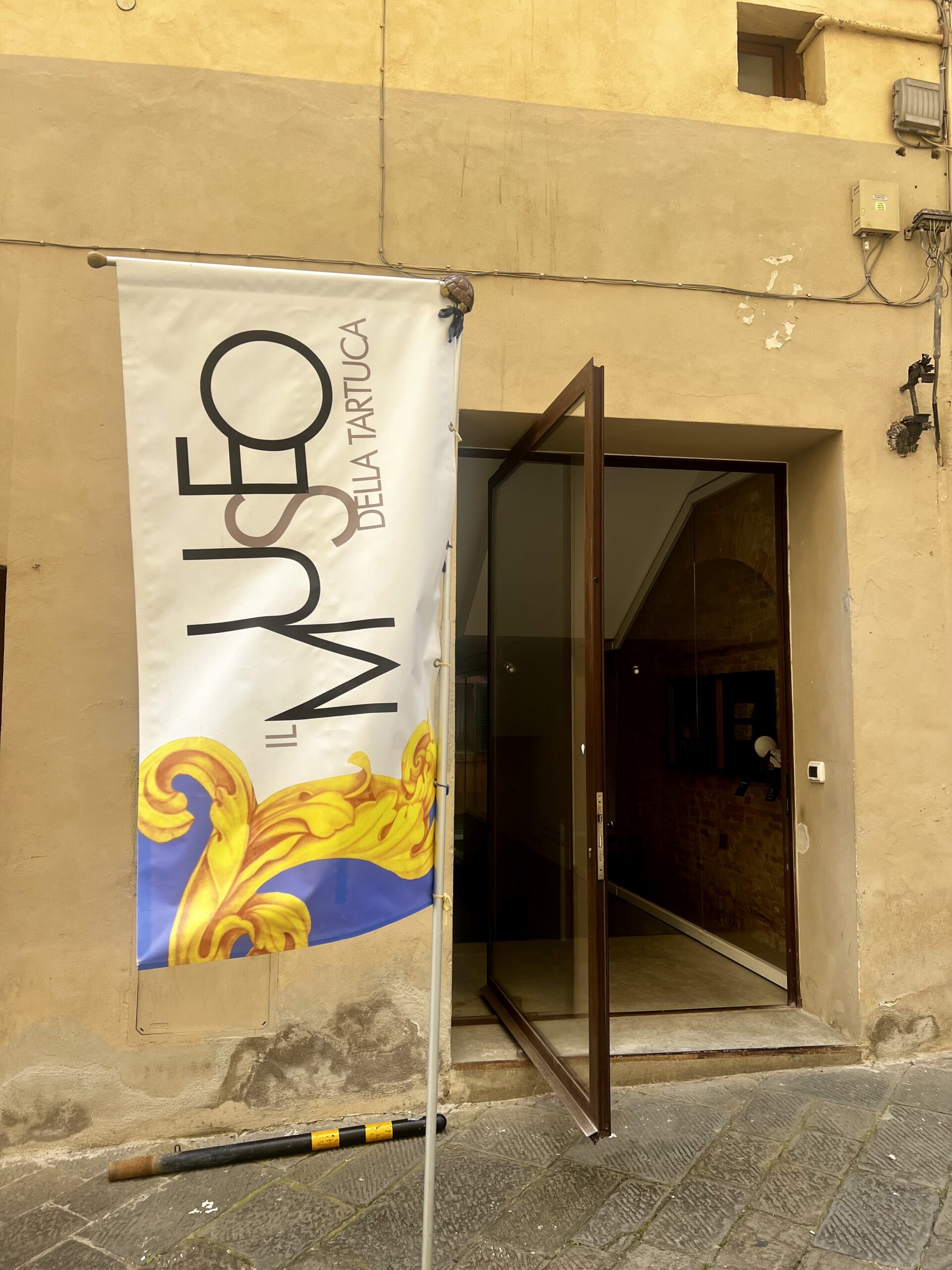
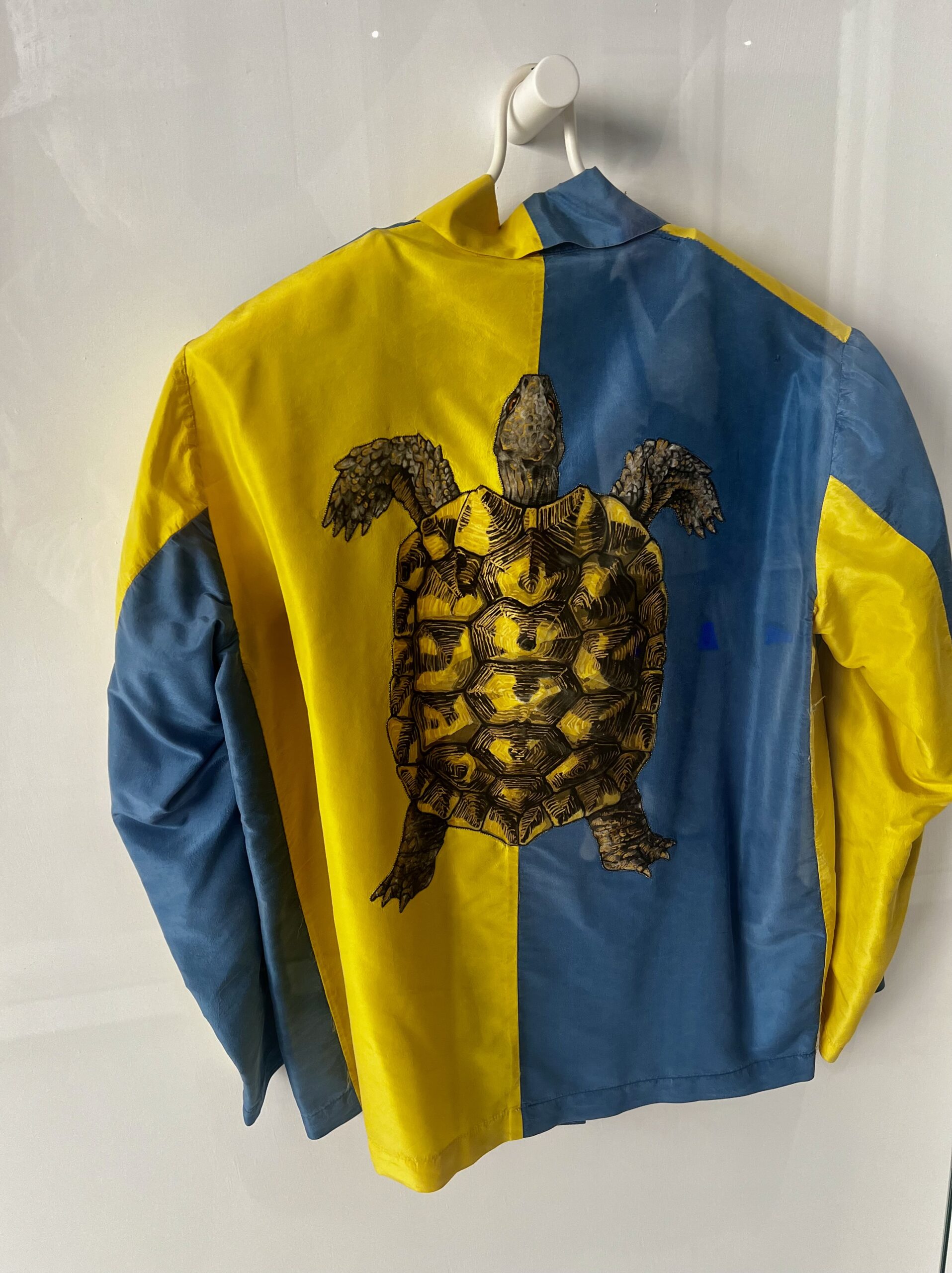
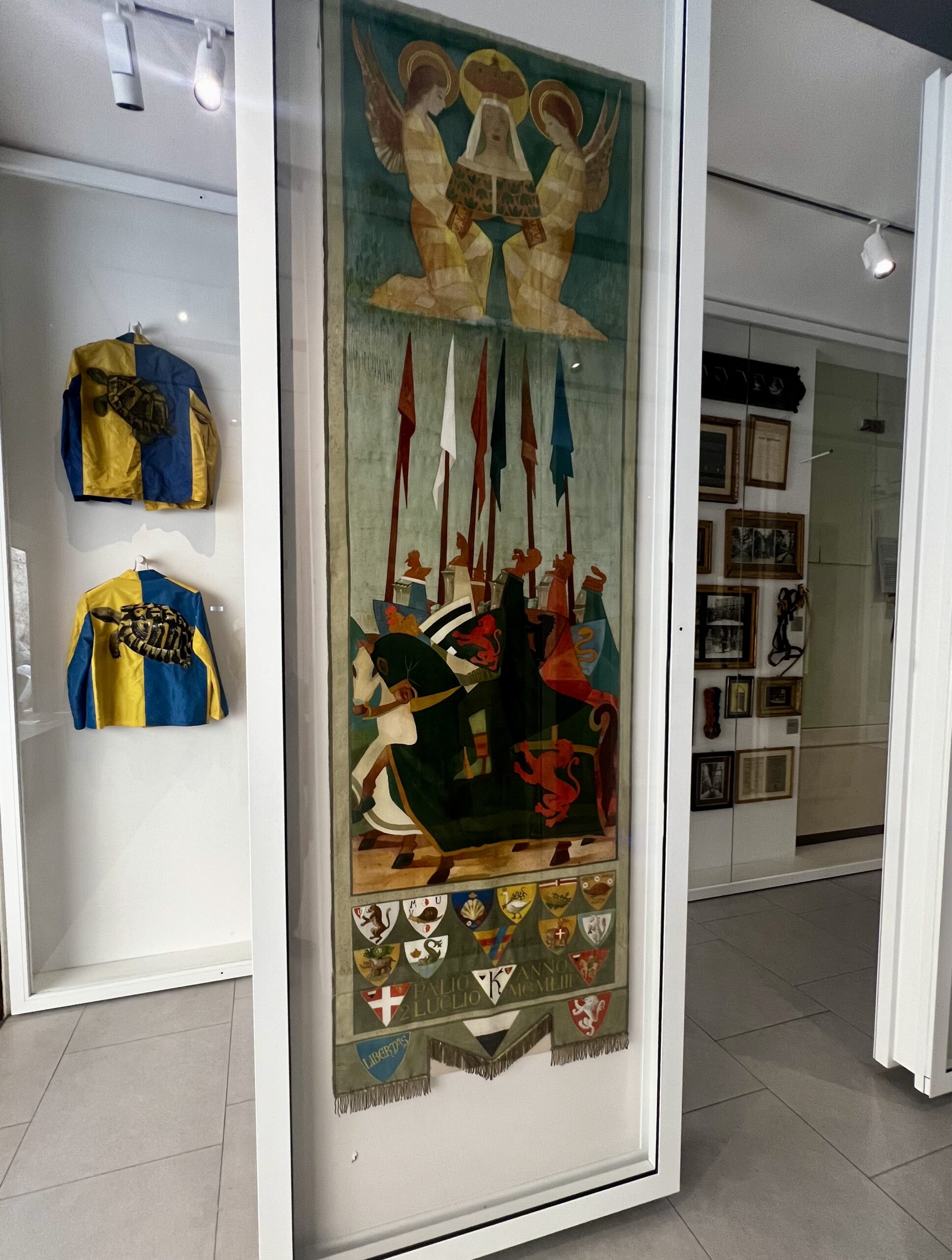
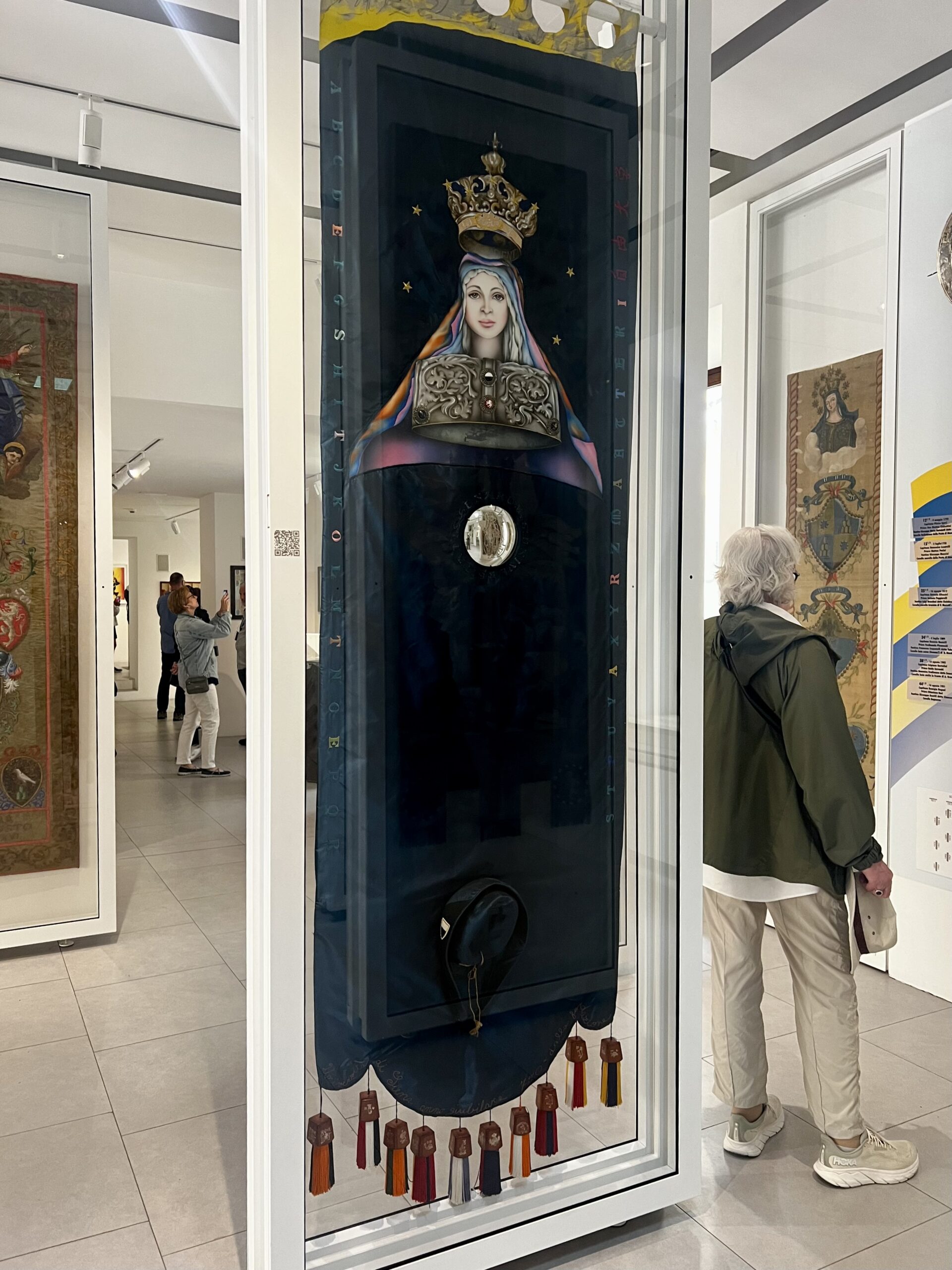
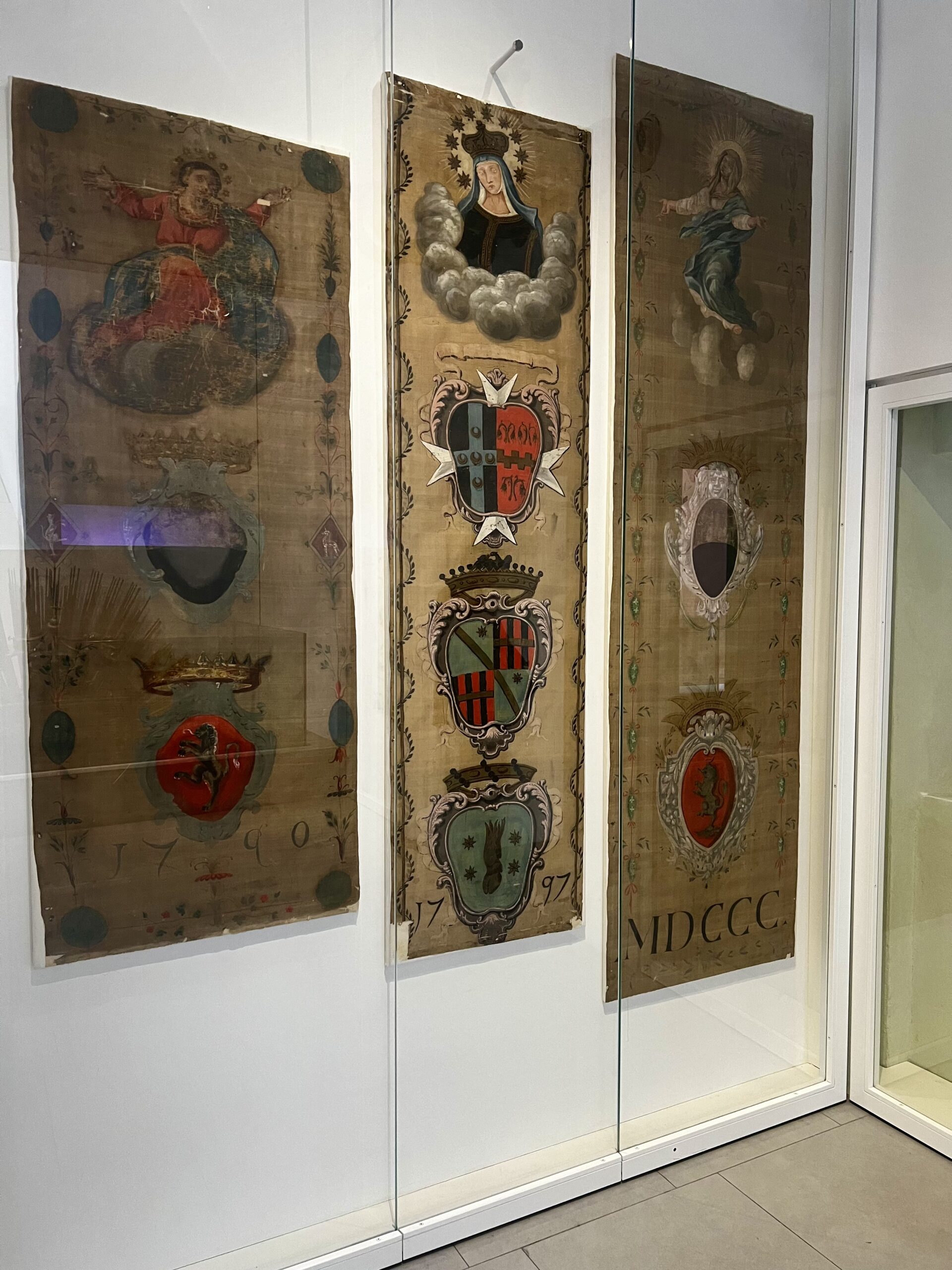
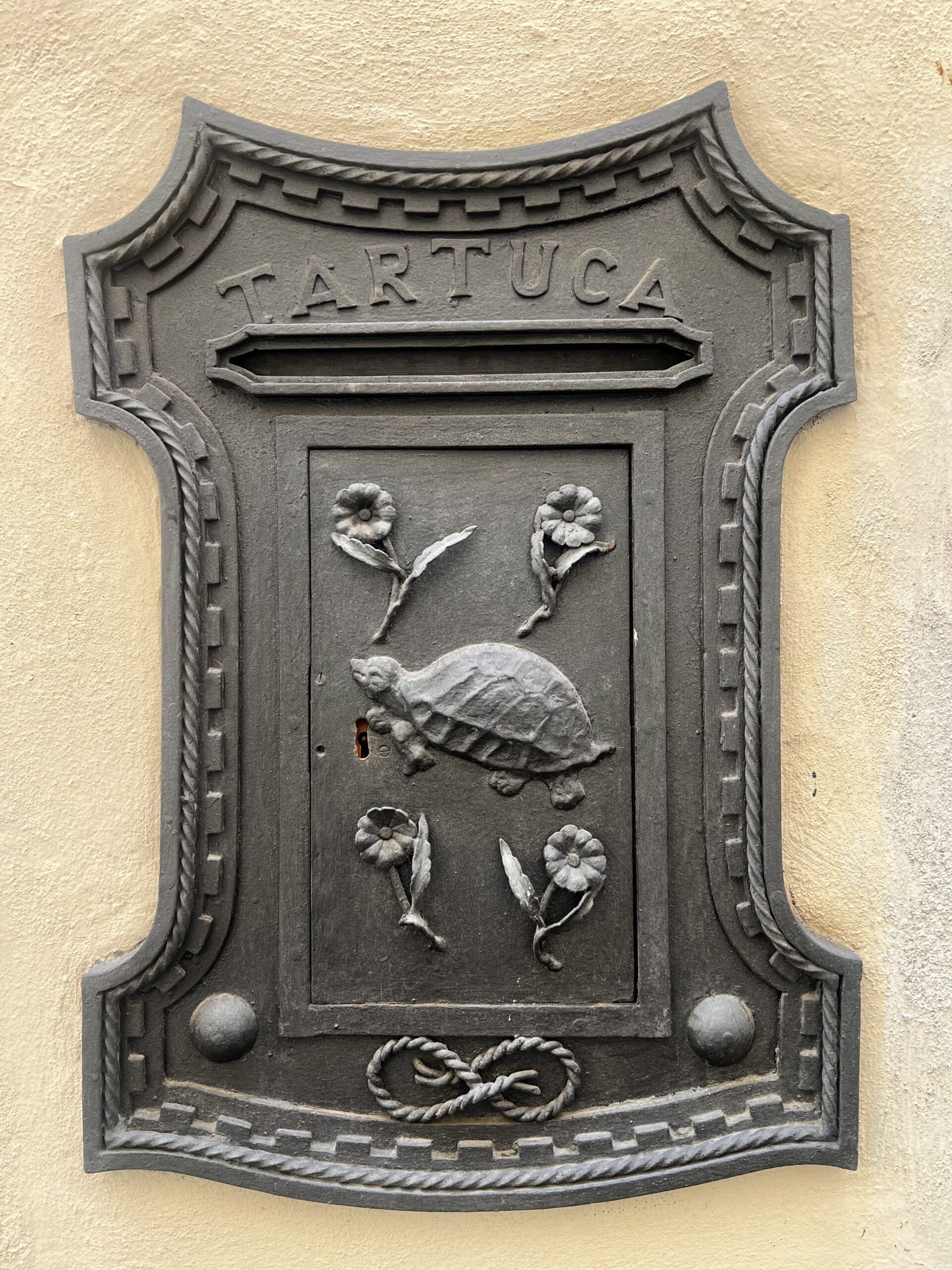
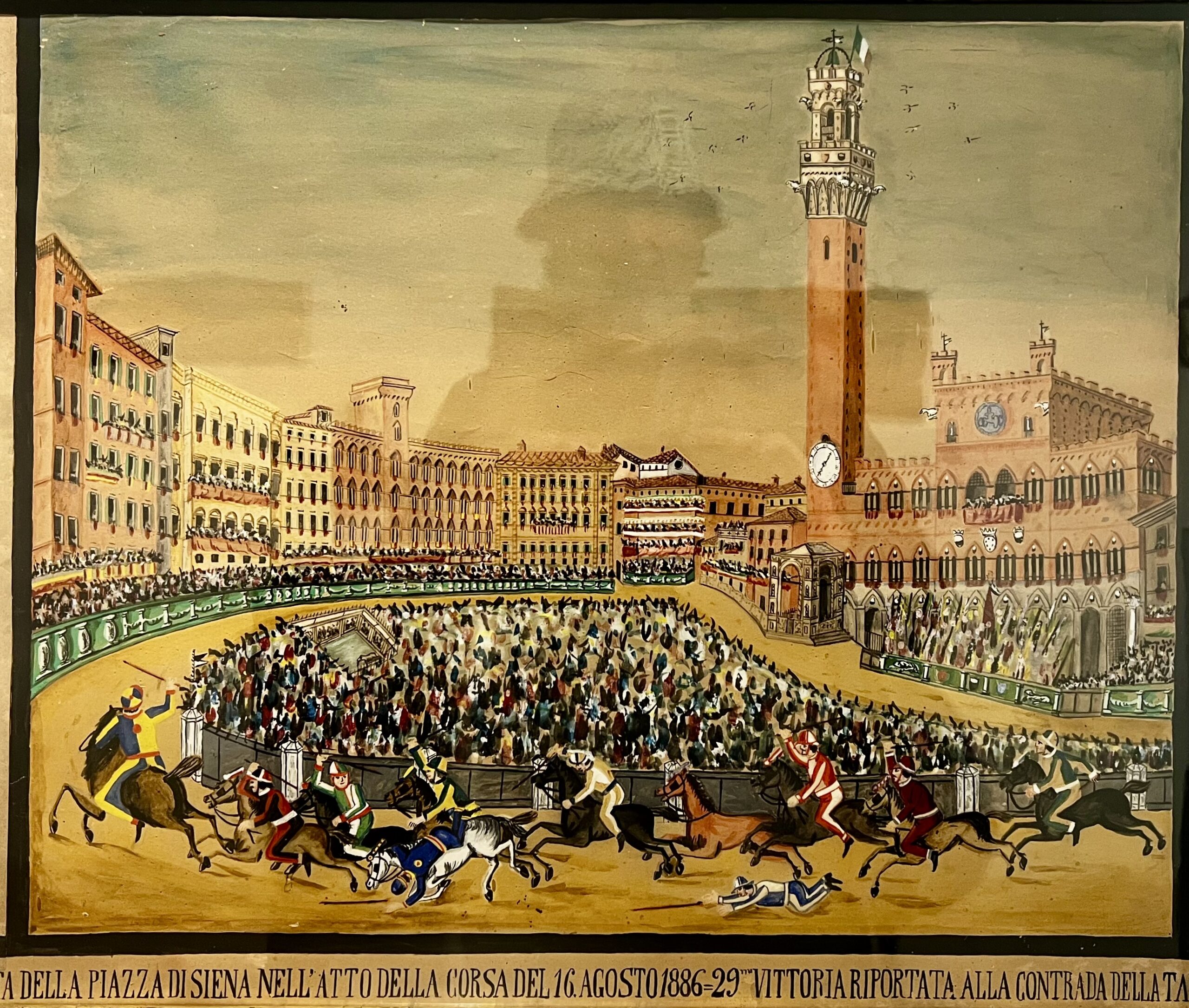
Lunch and Some Strolling
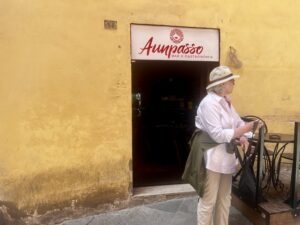
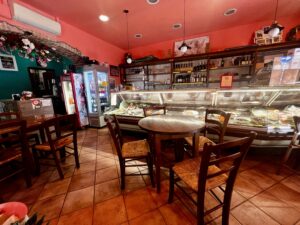
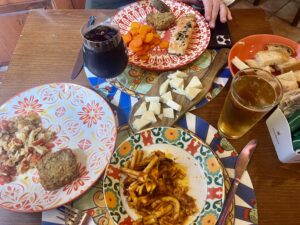
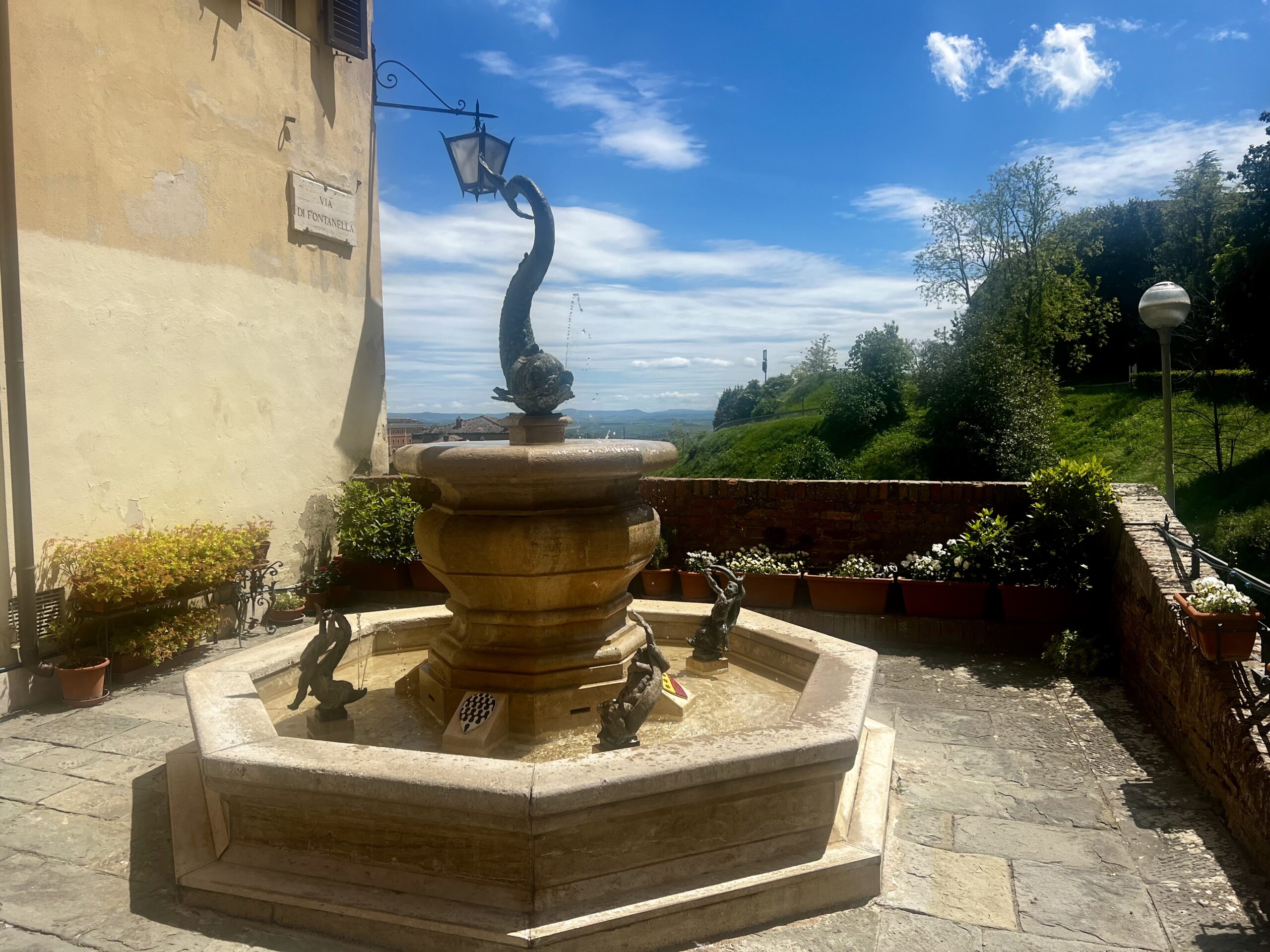
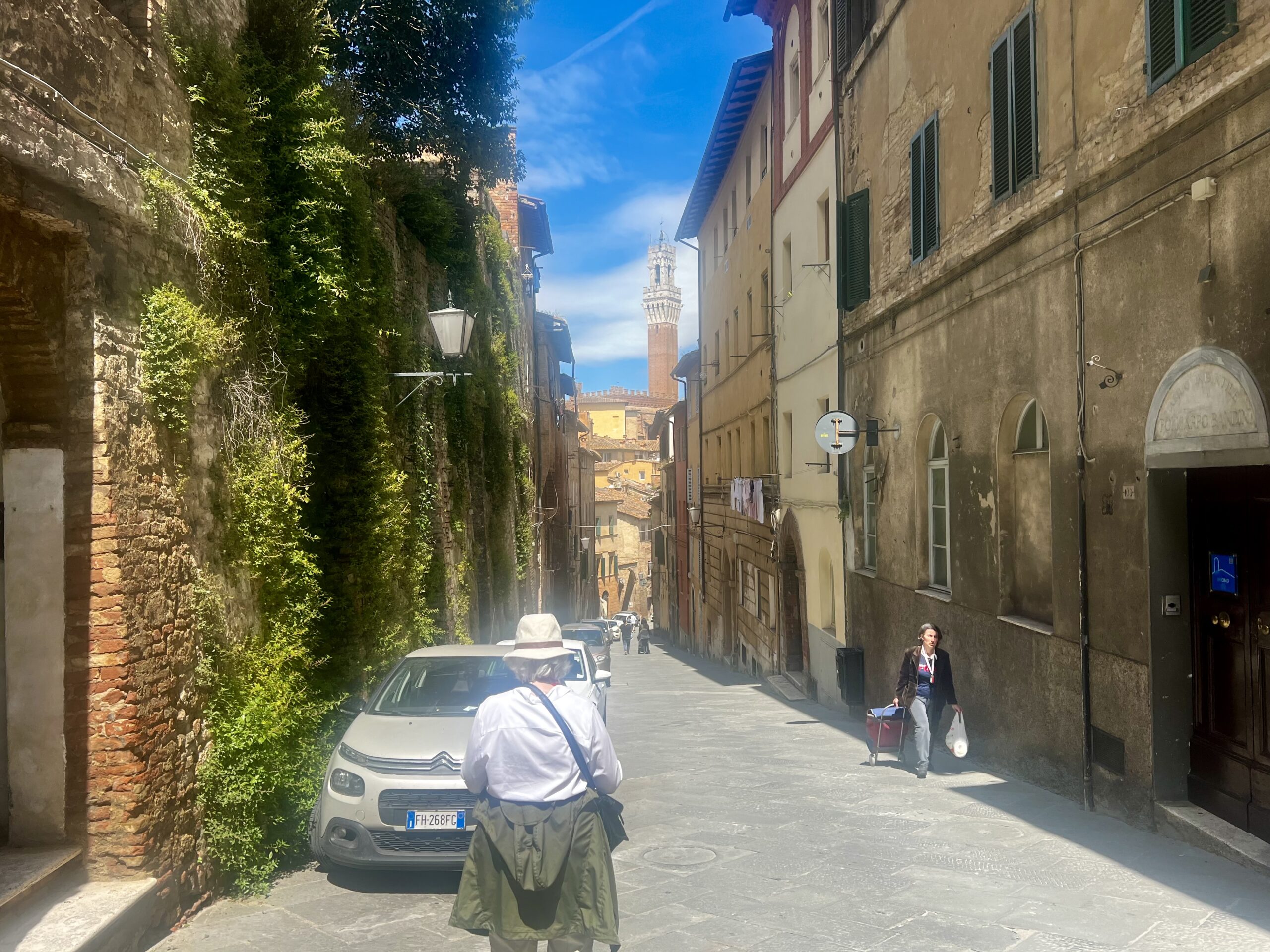
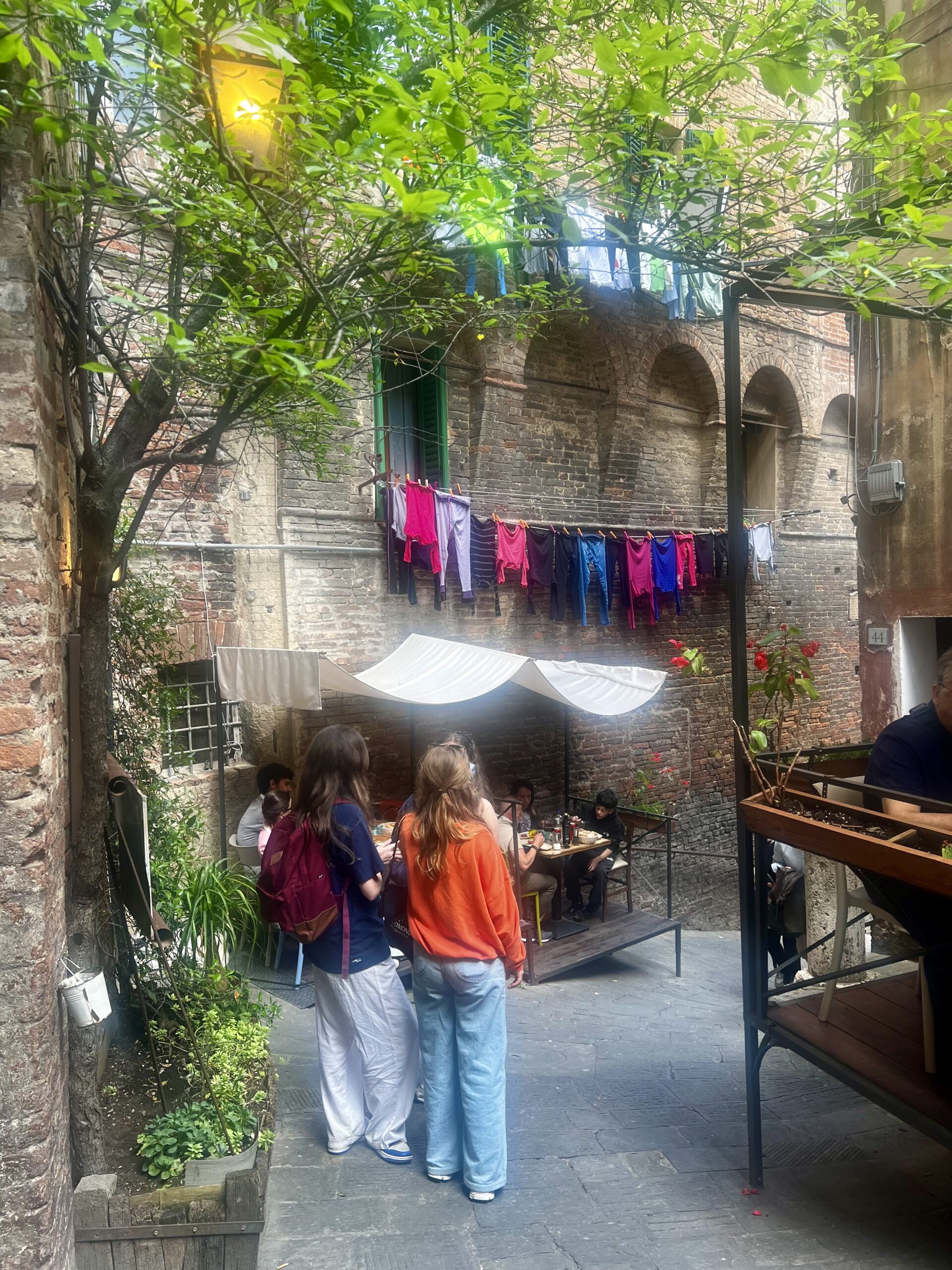

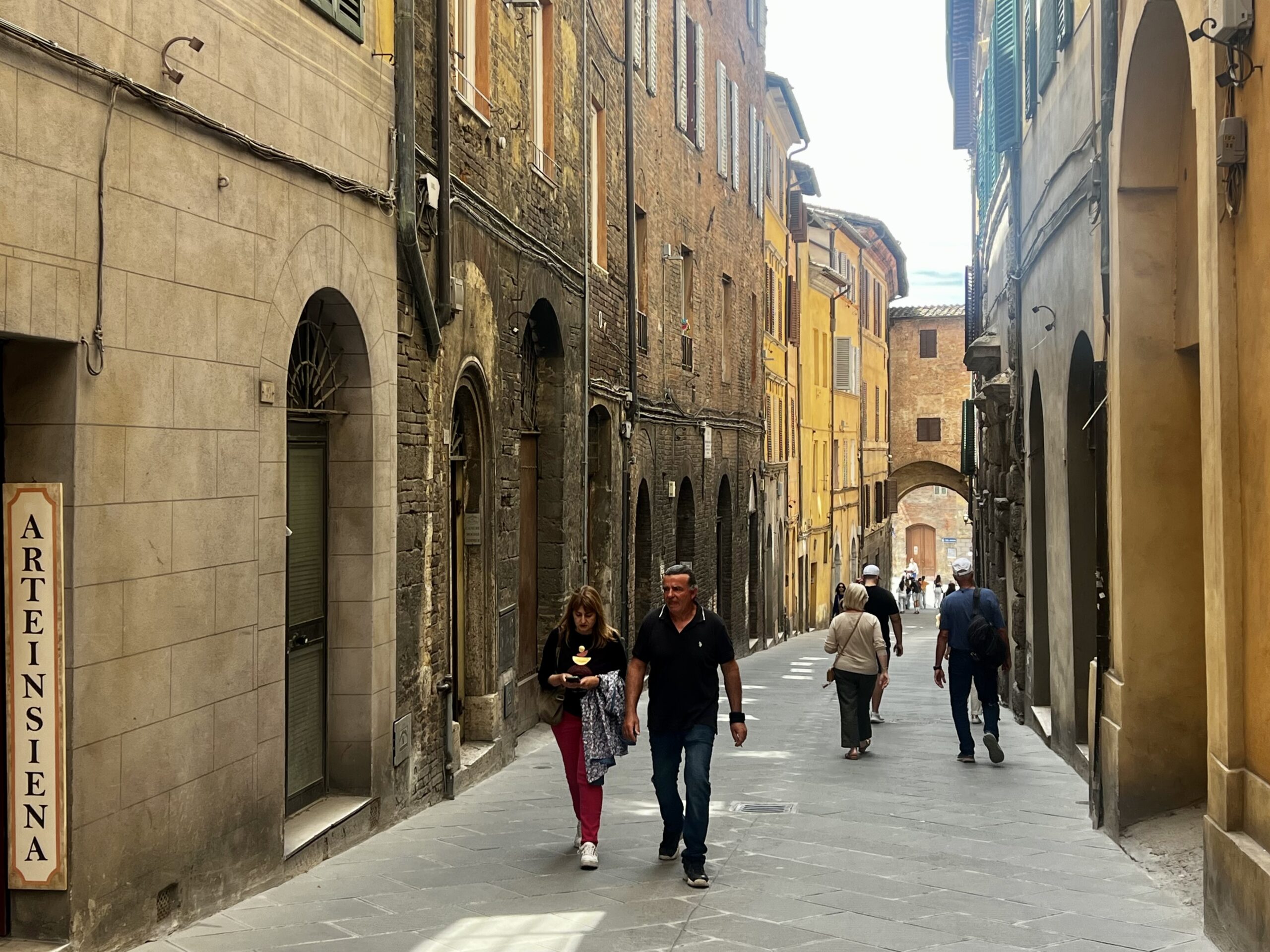
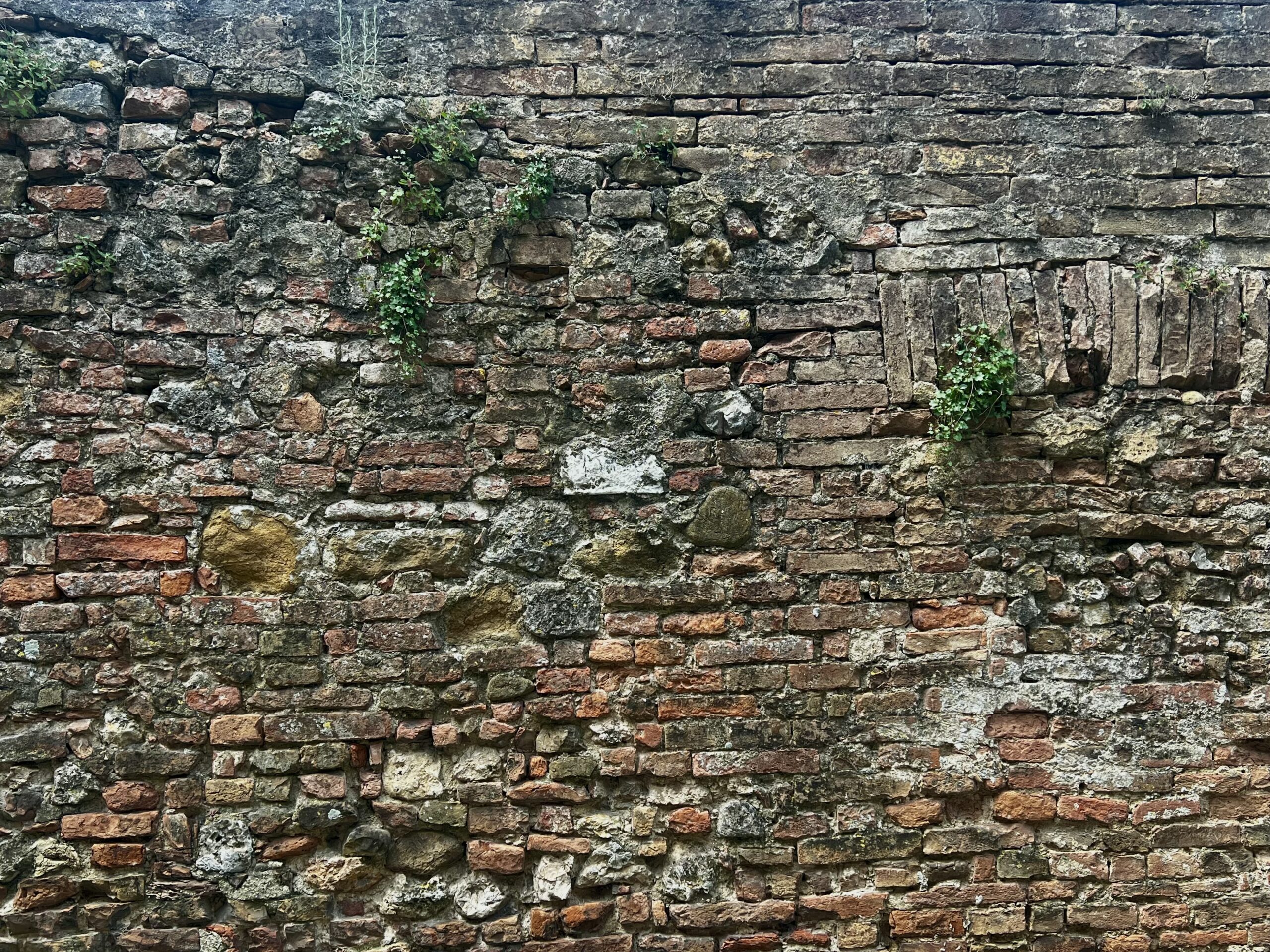
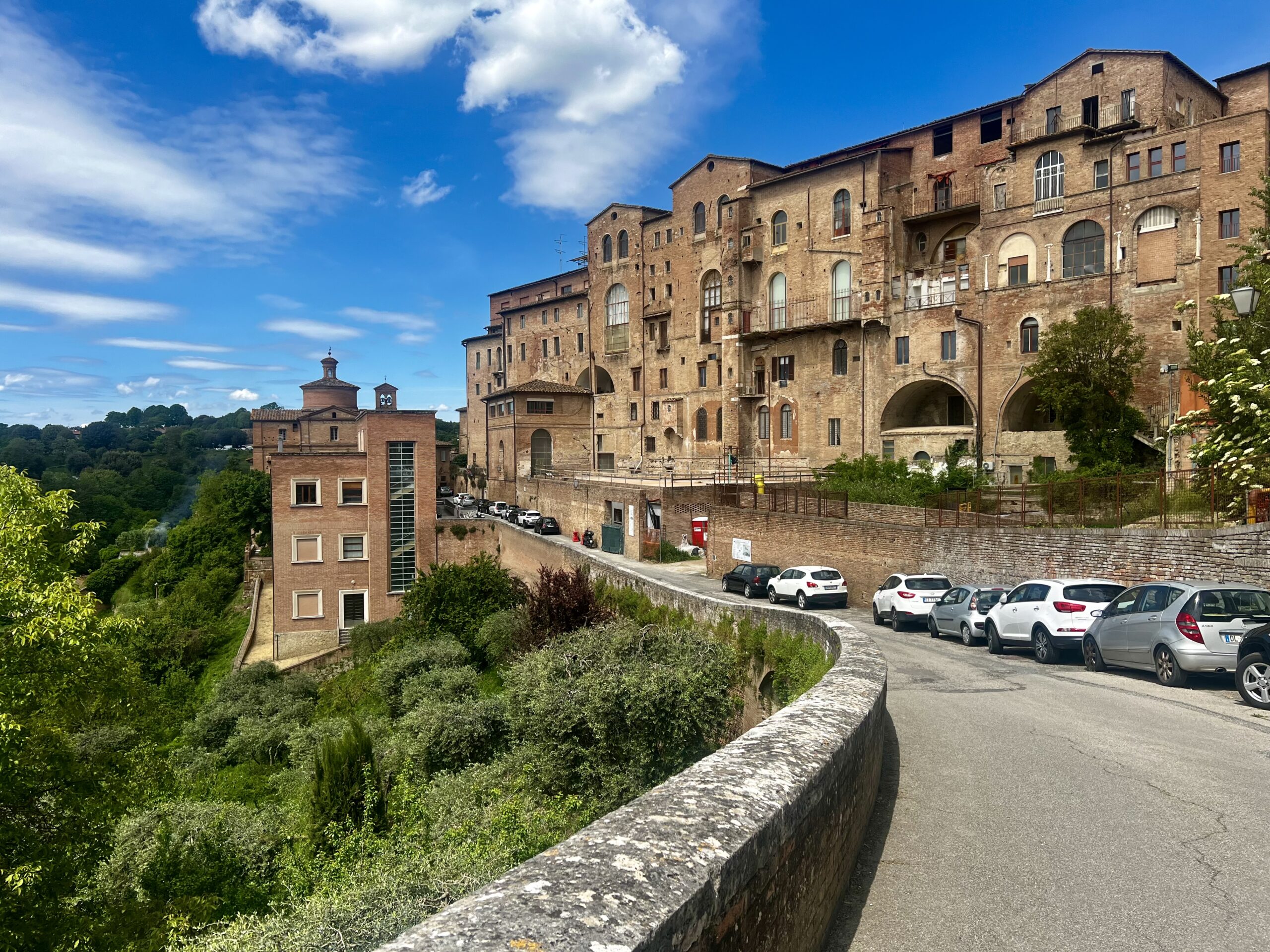
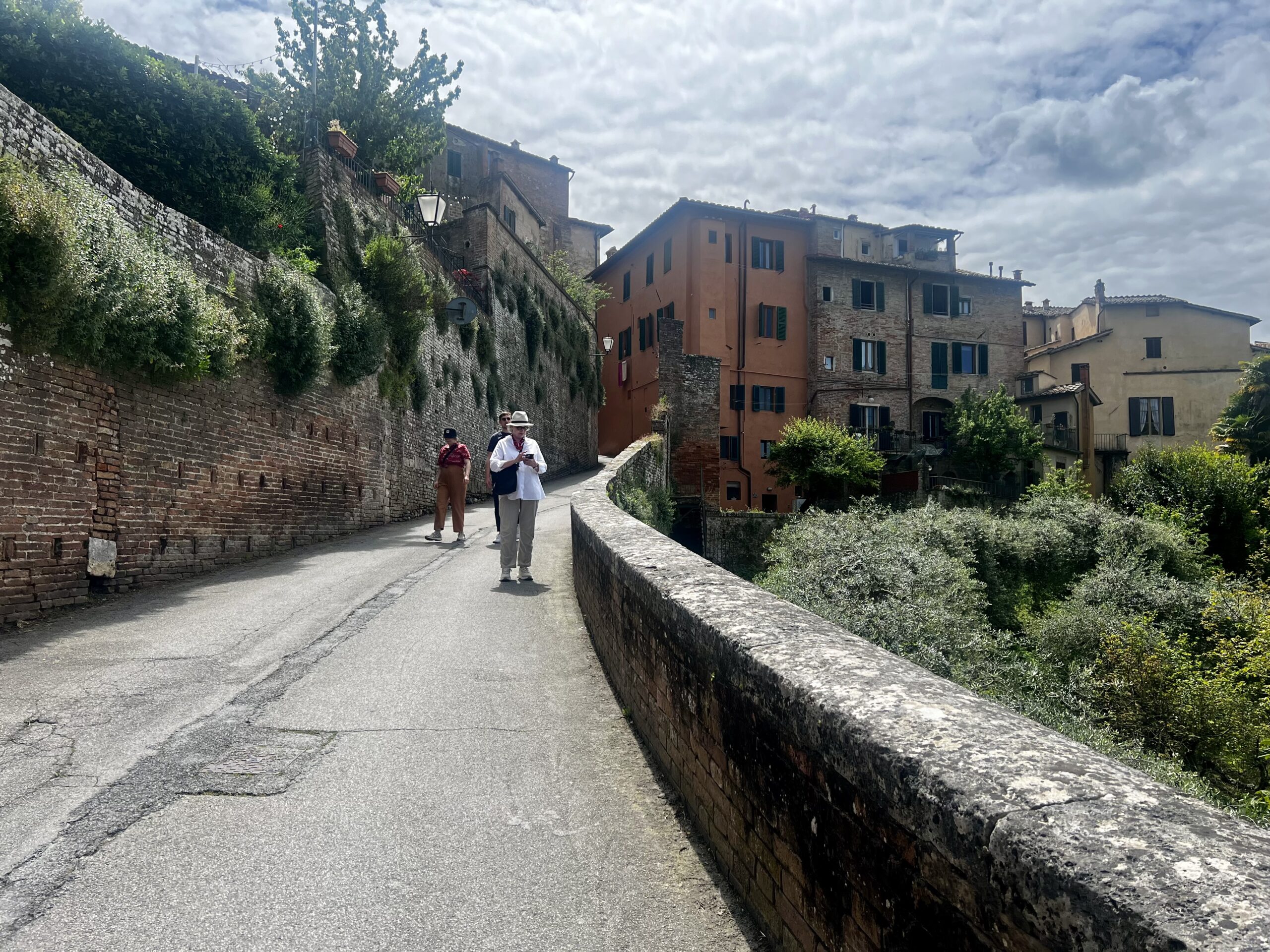
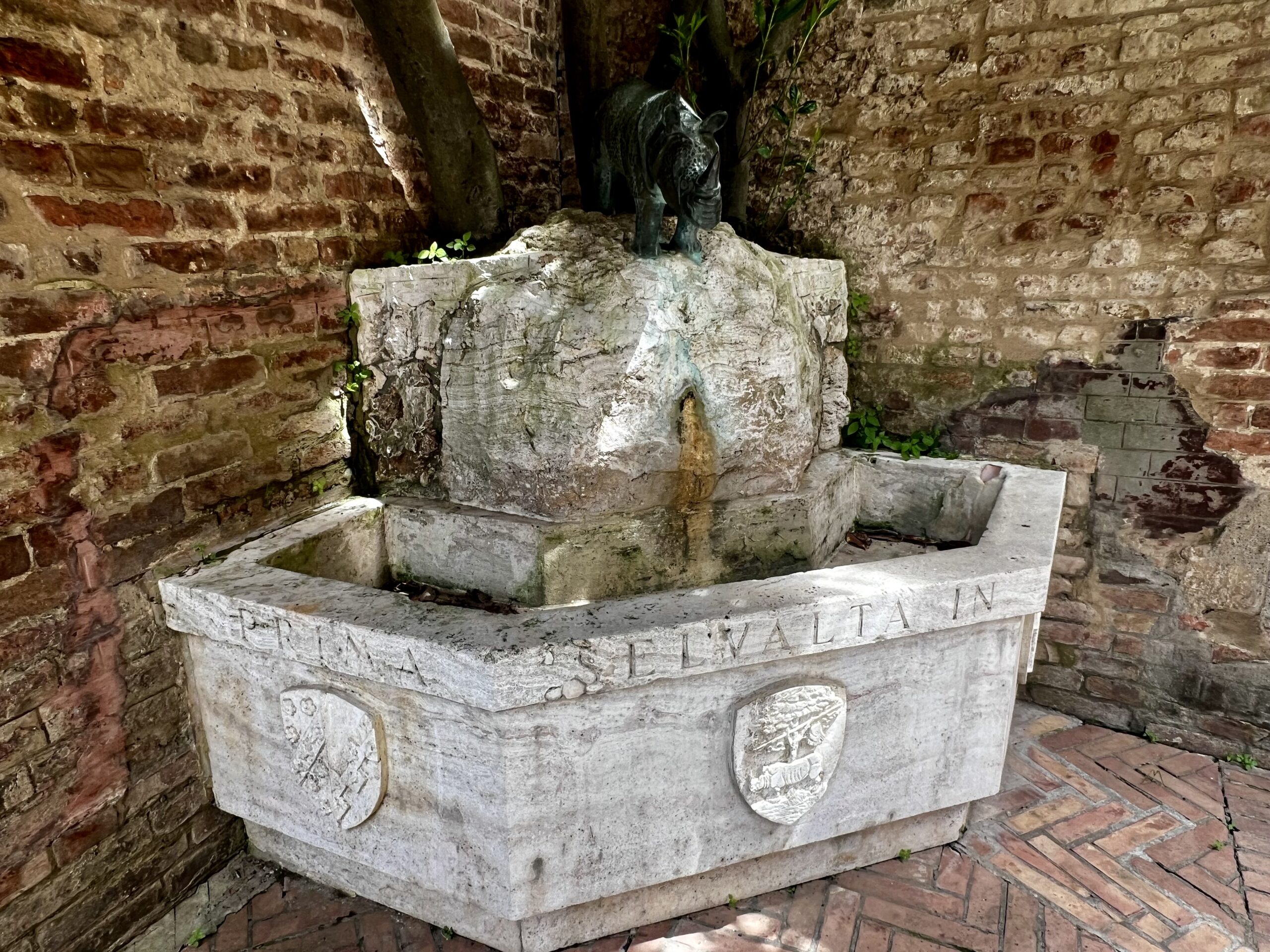
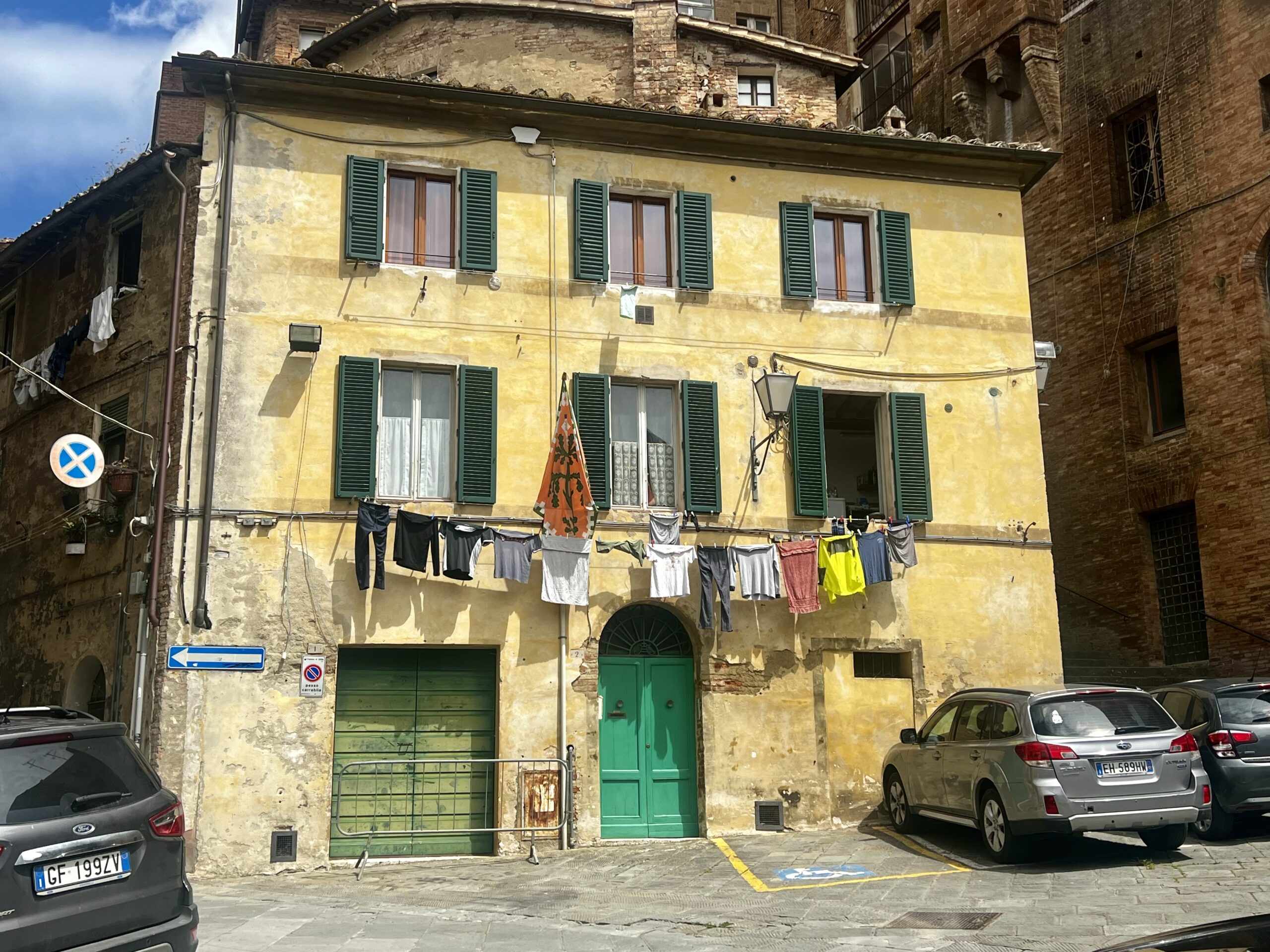
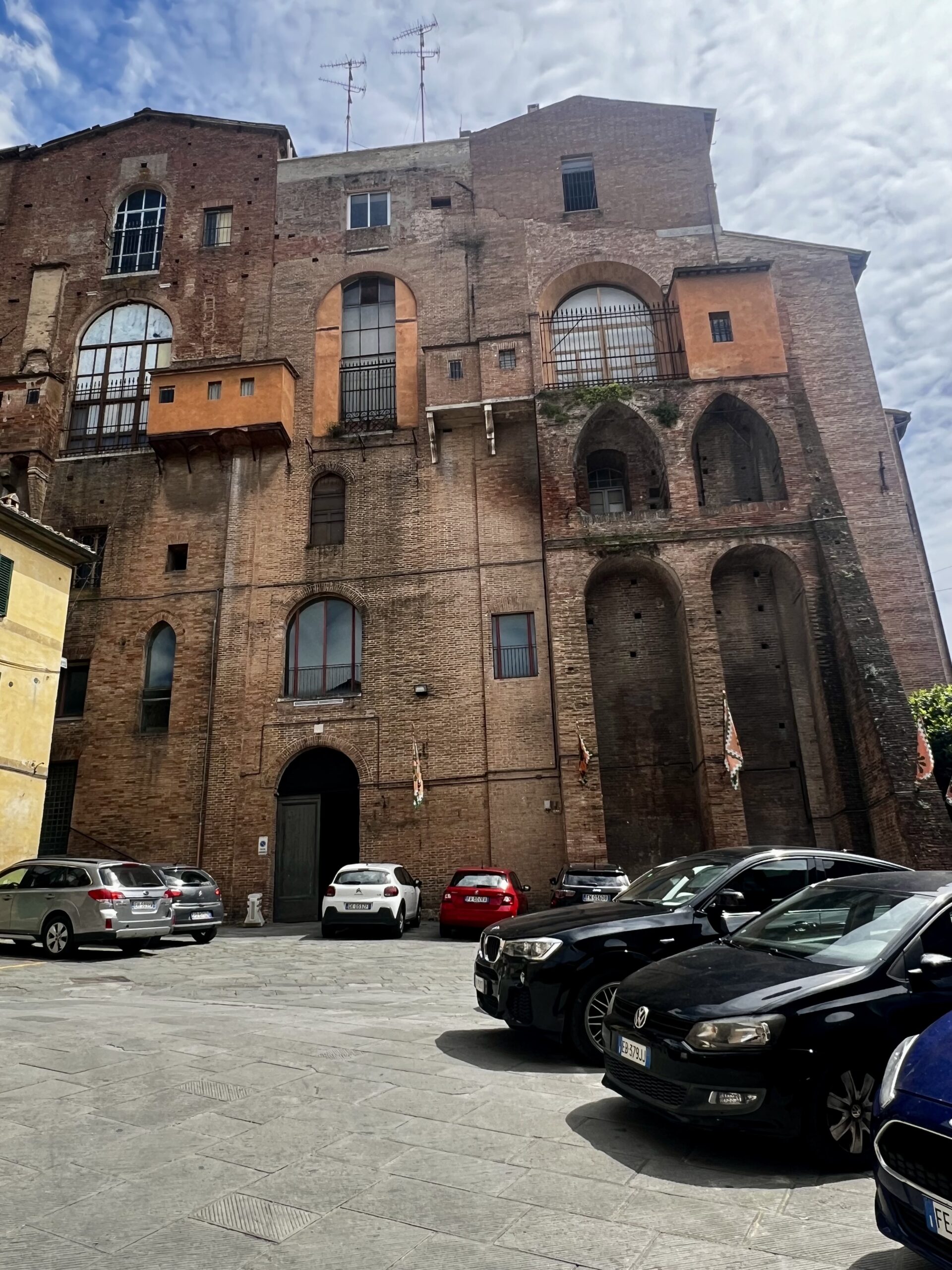
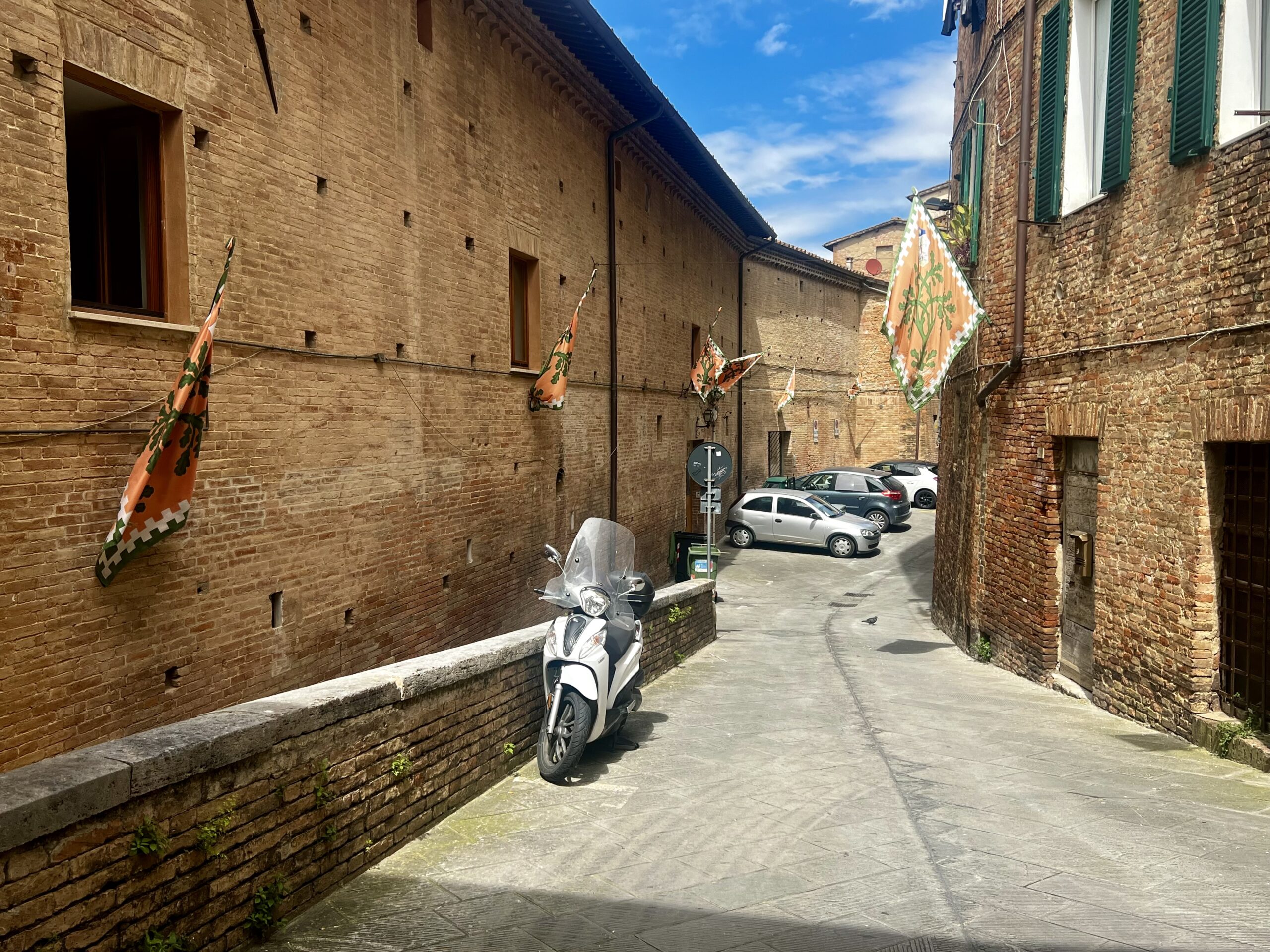
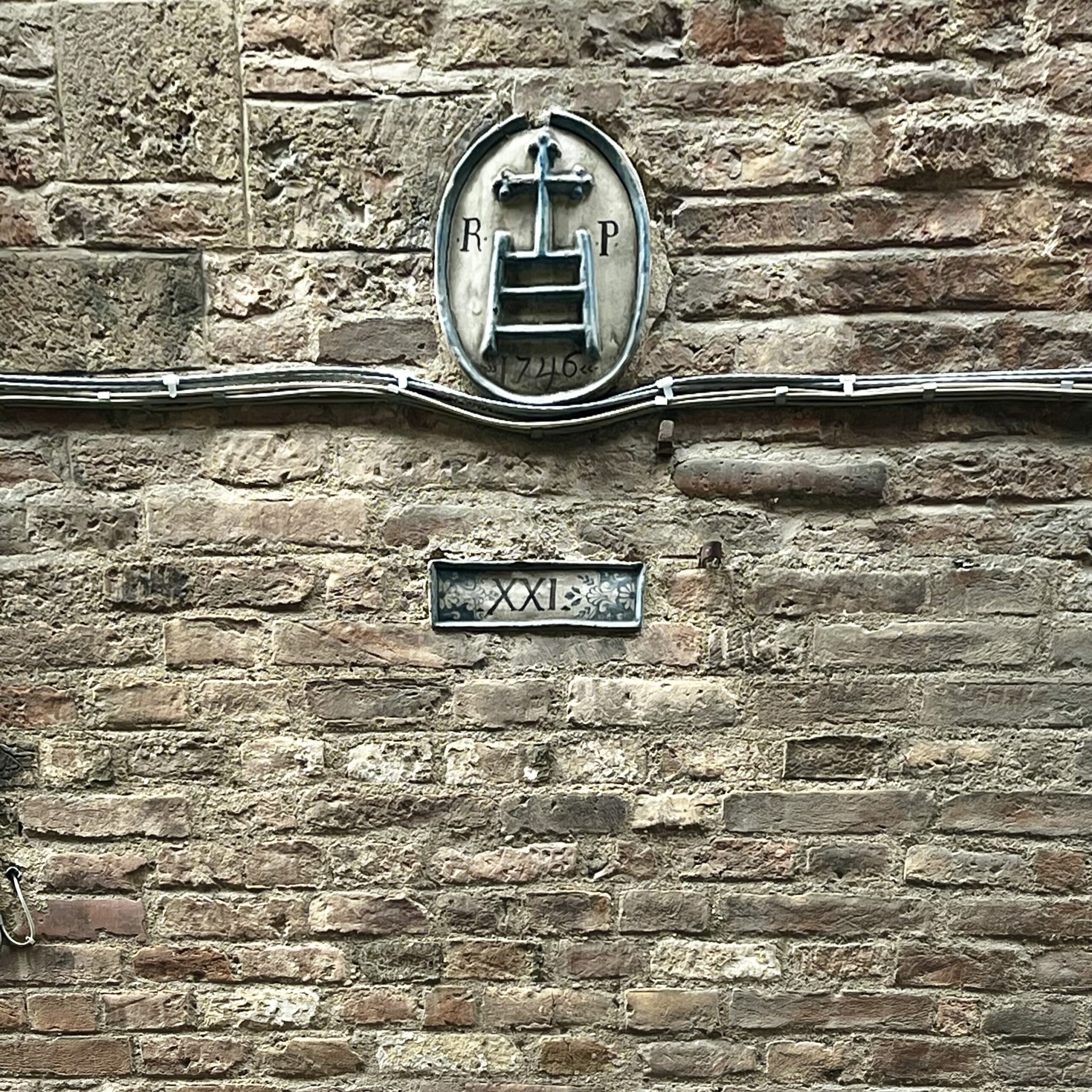
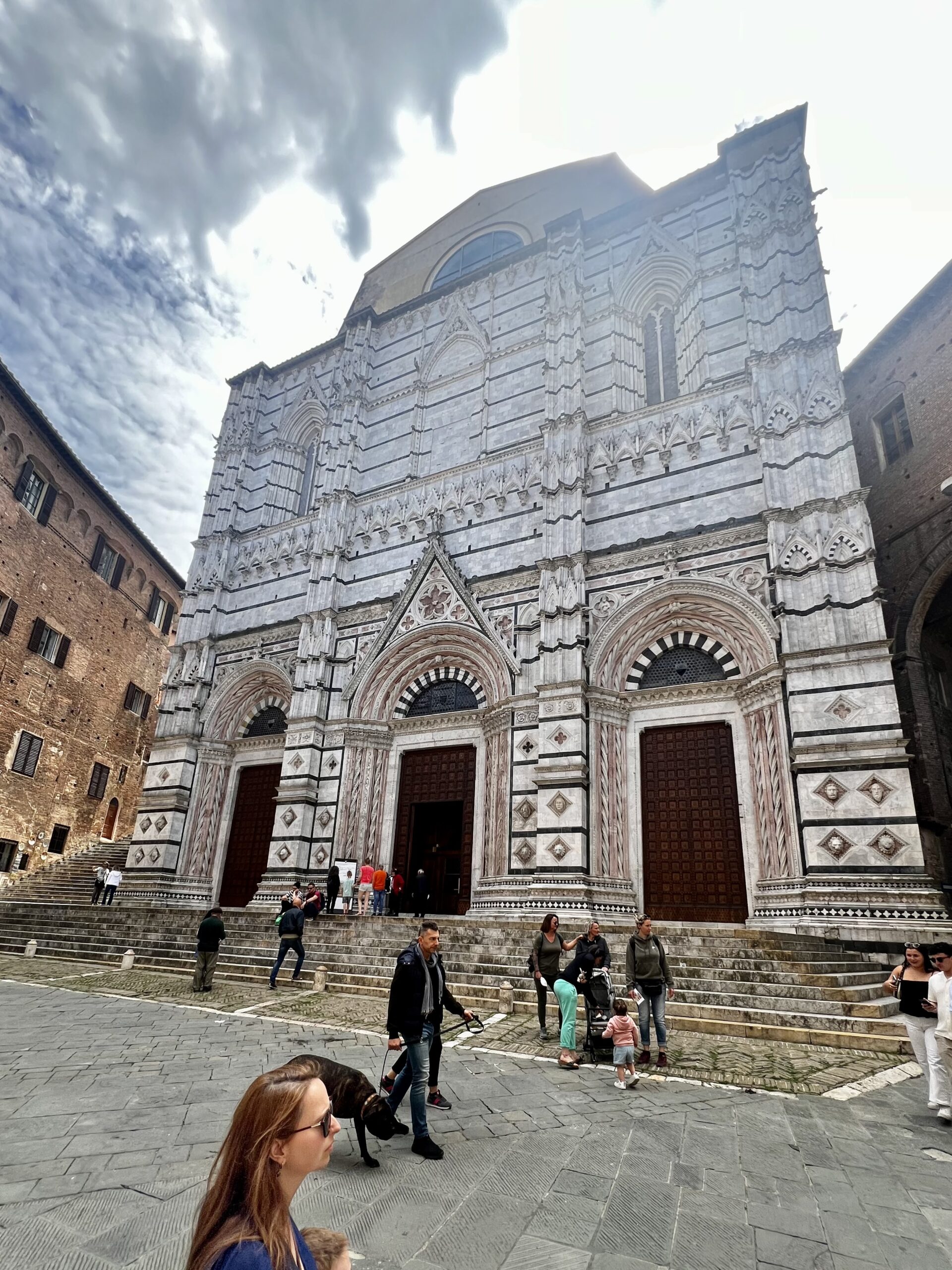
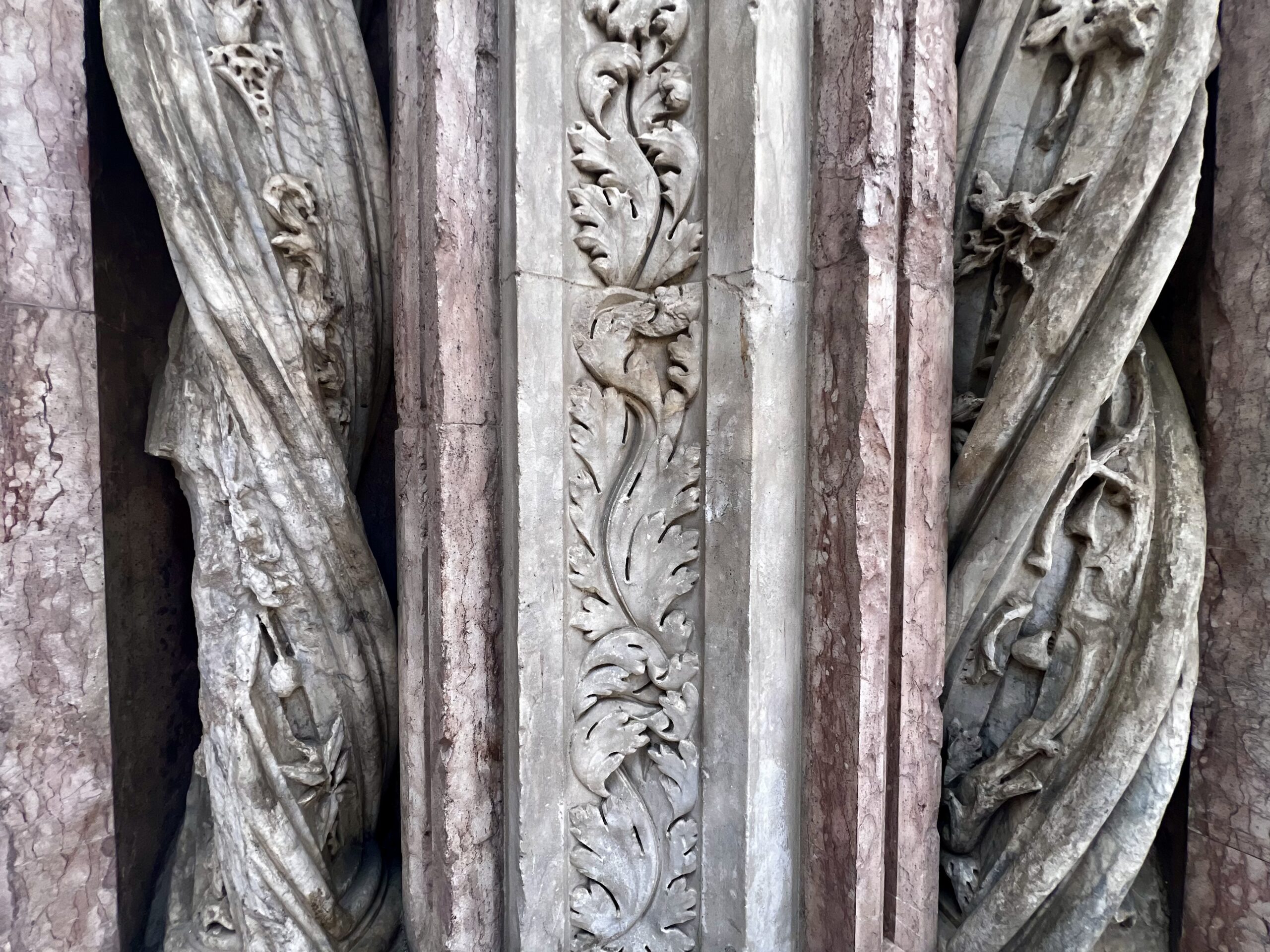
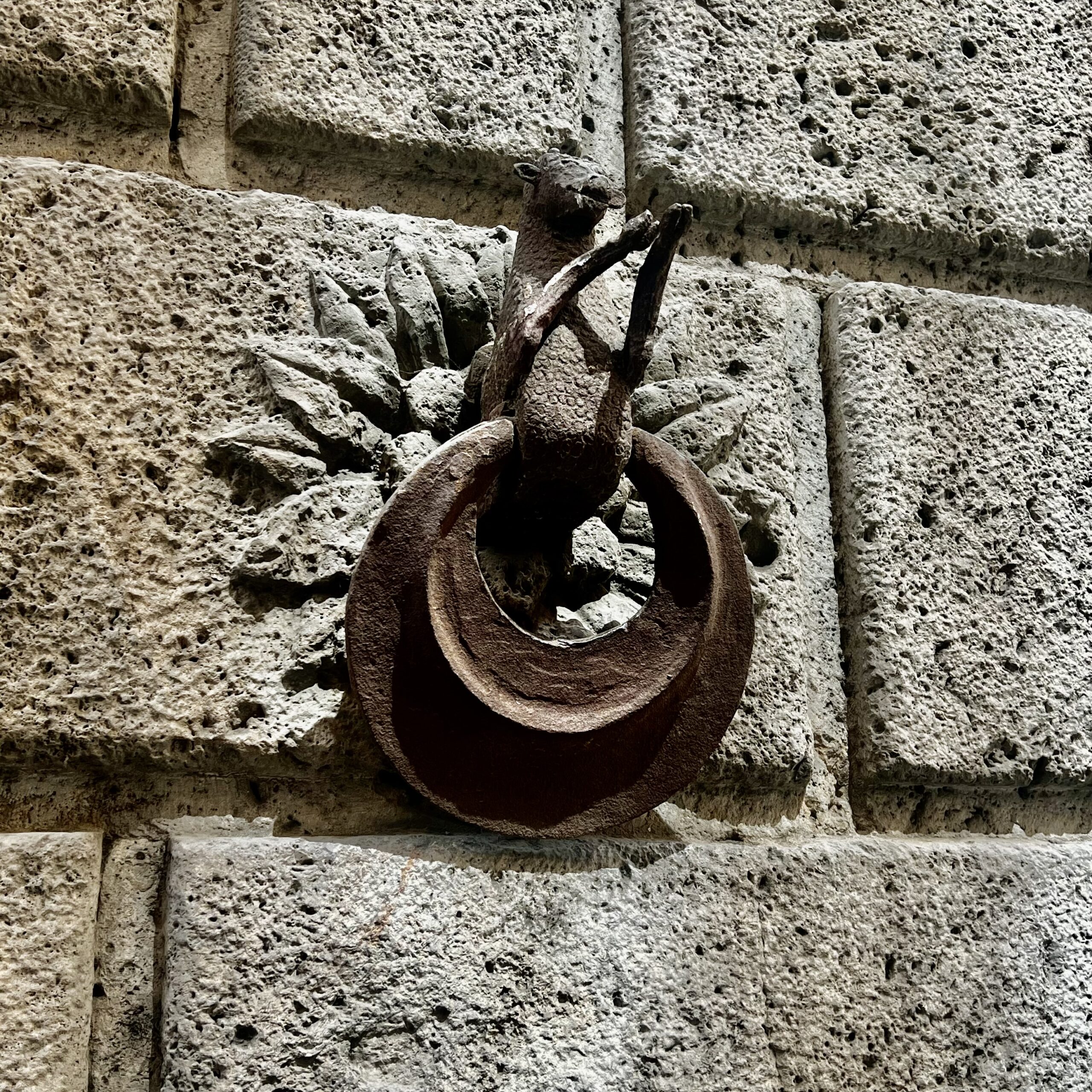
Chiesa San Martino

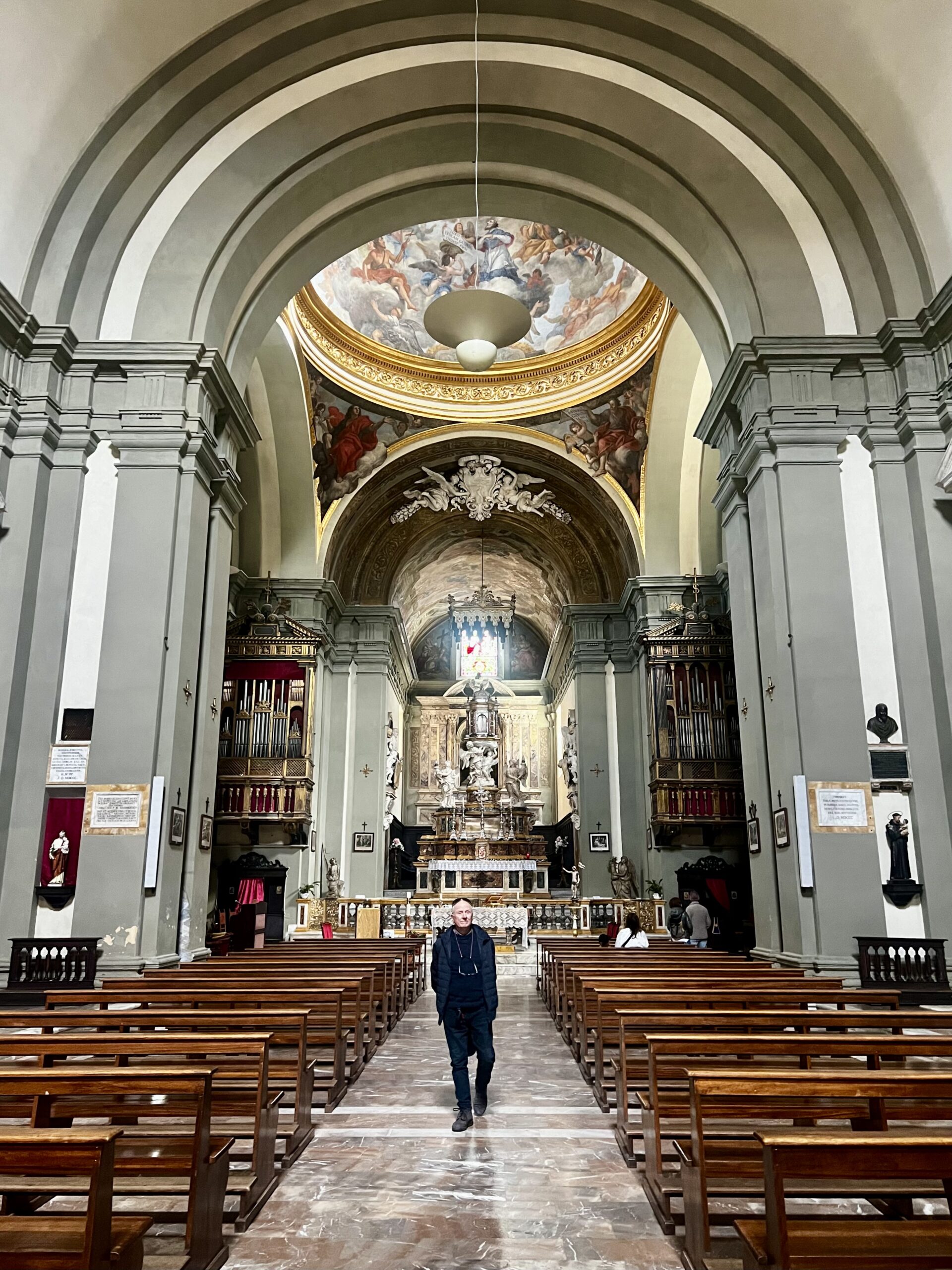
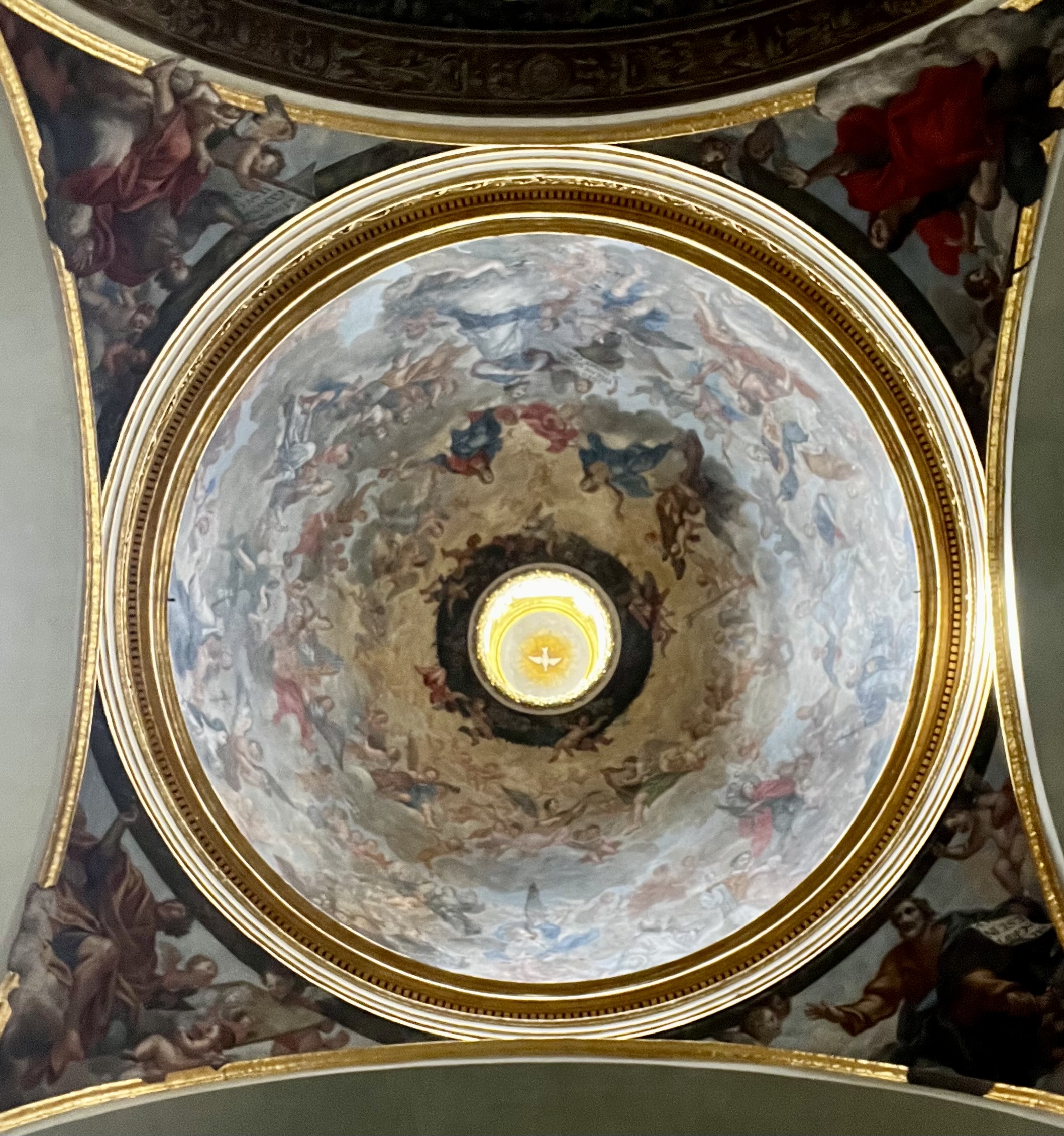
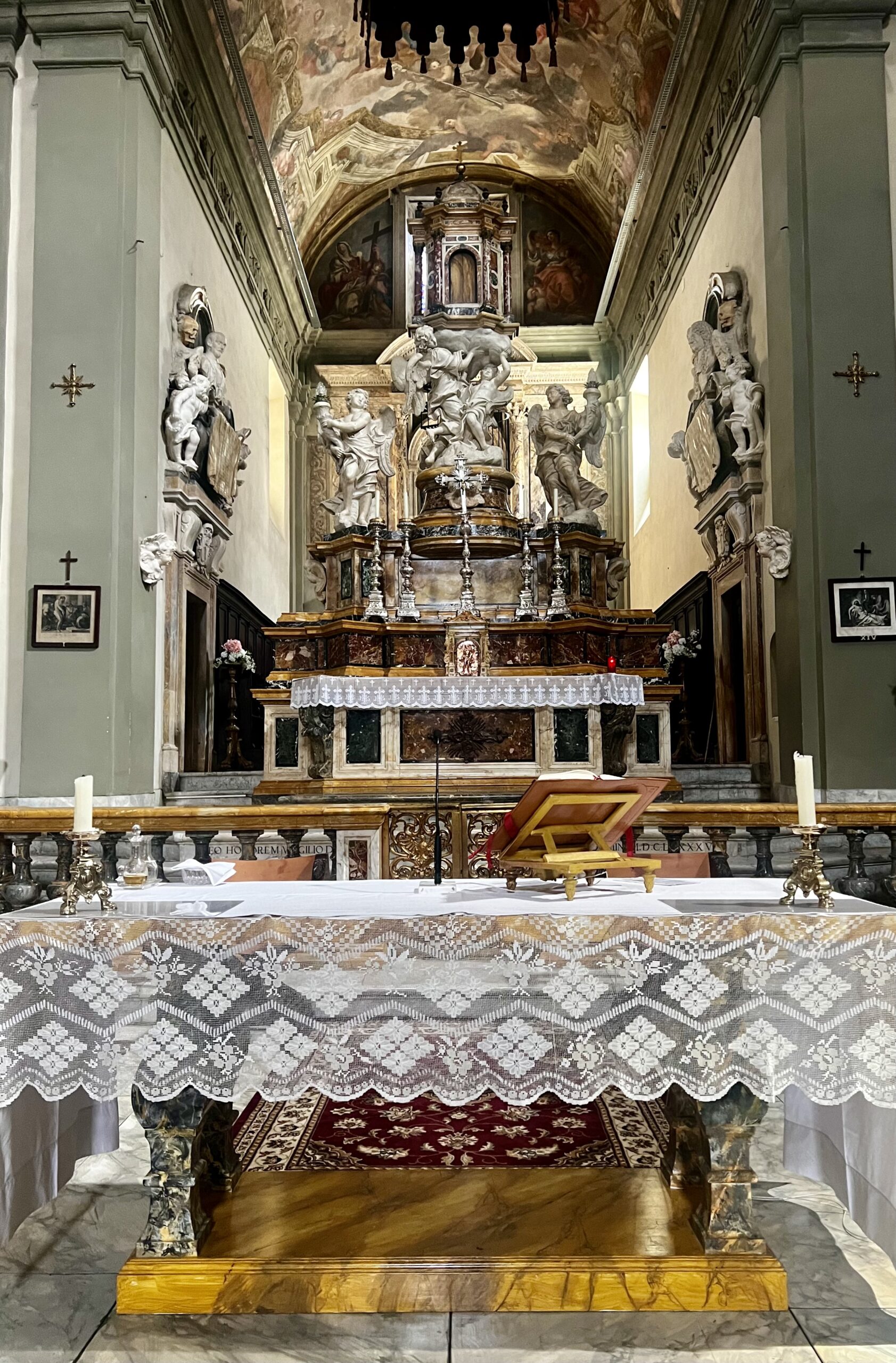
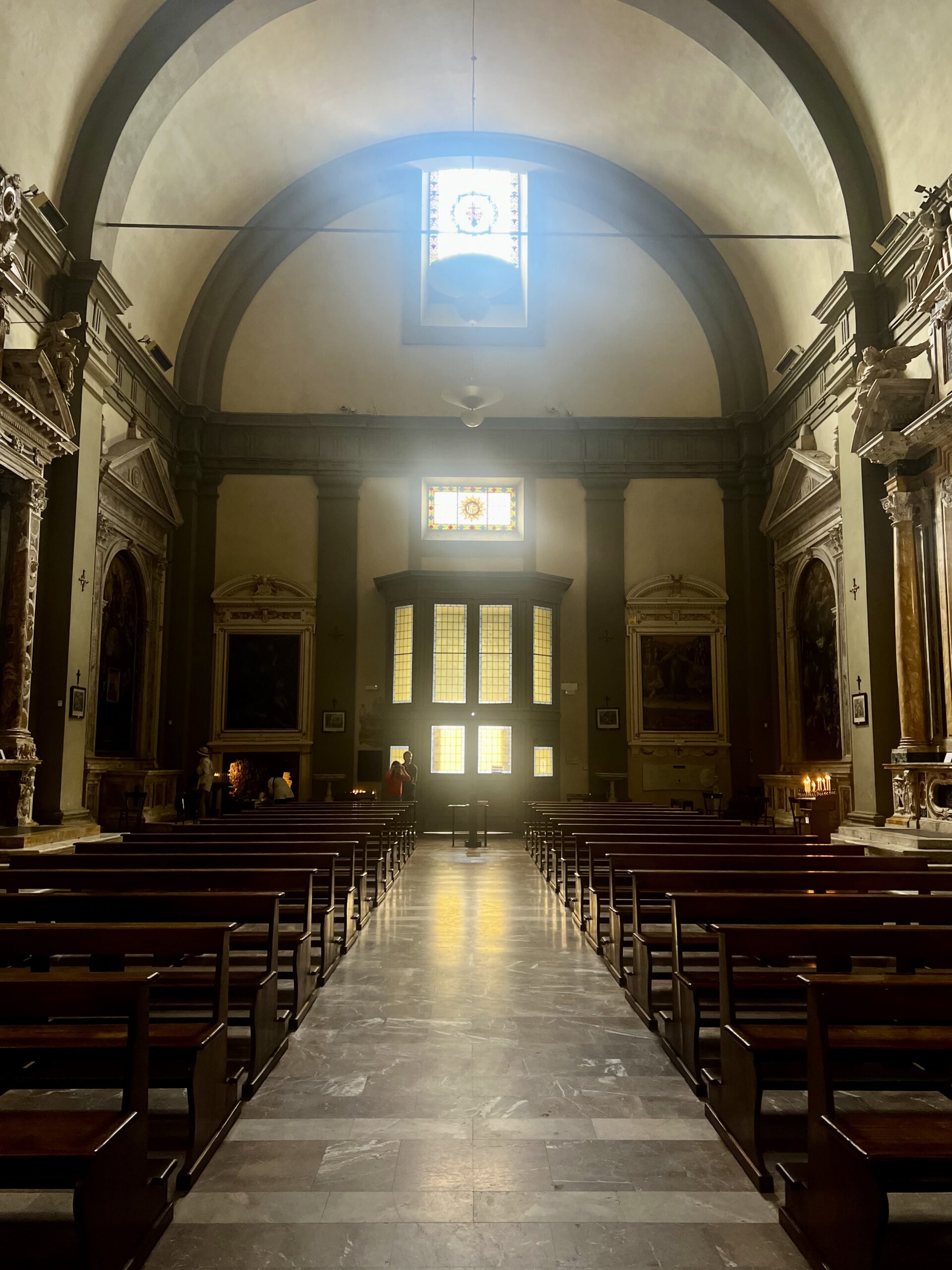
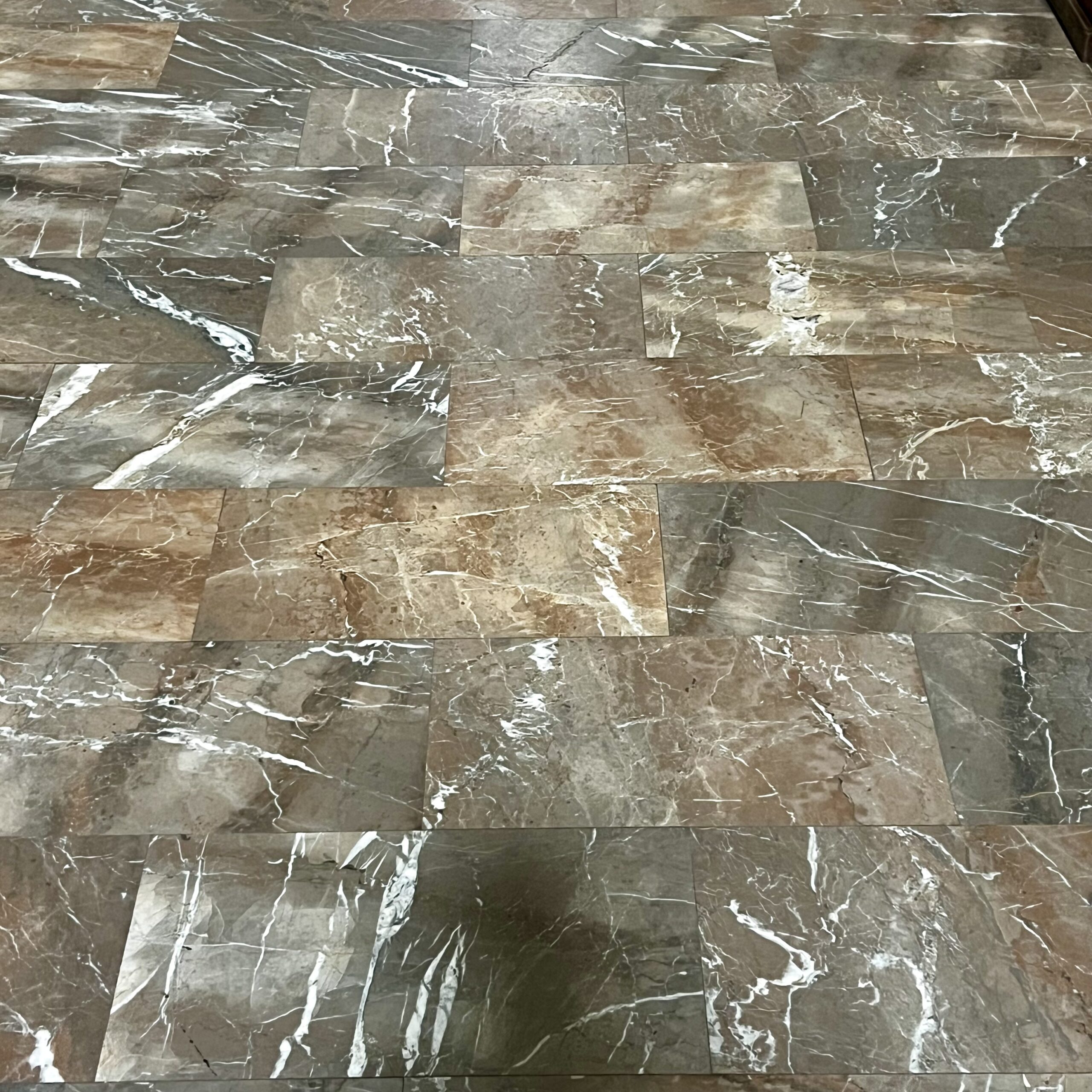
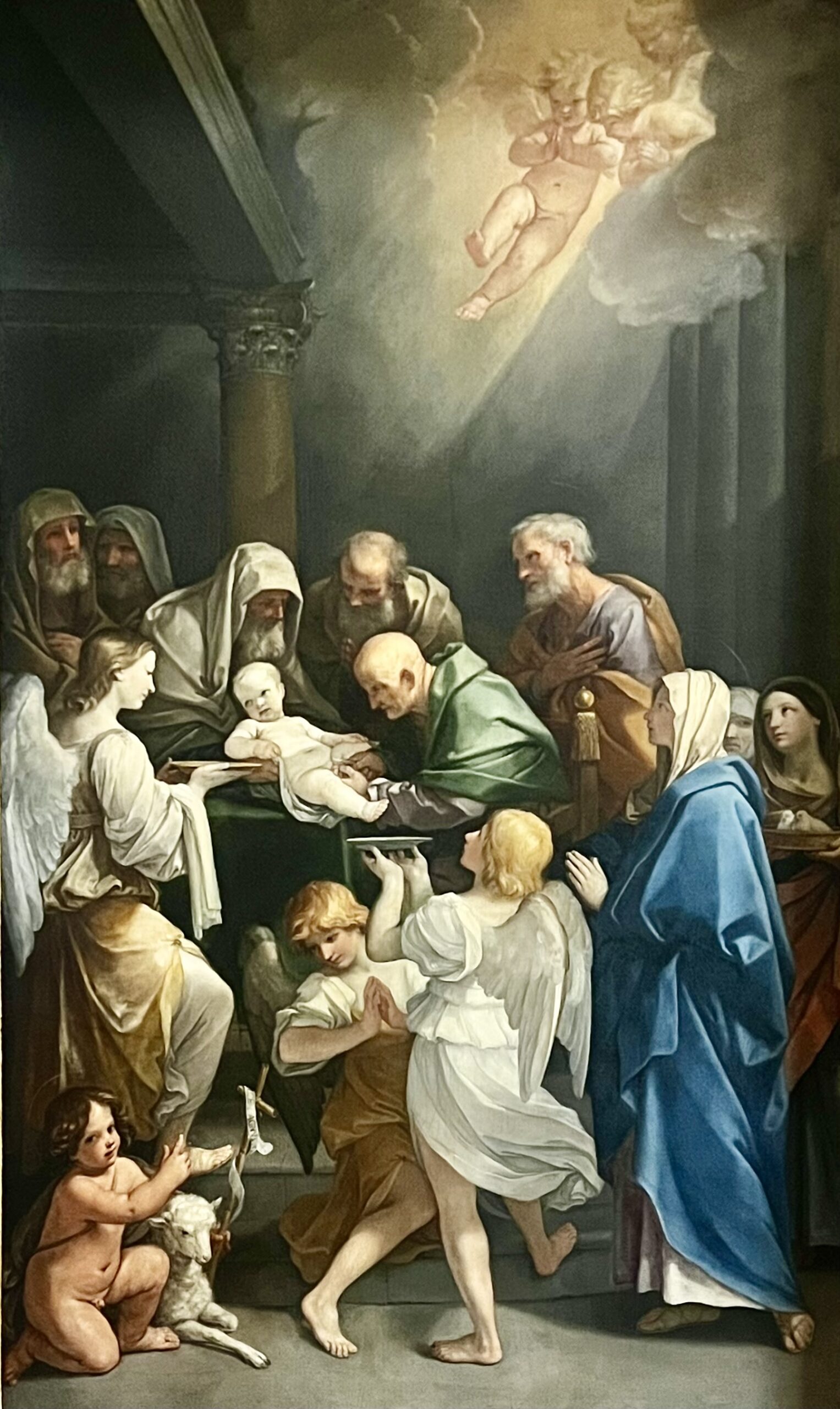
More Strolling
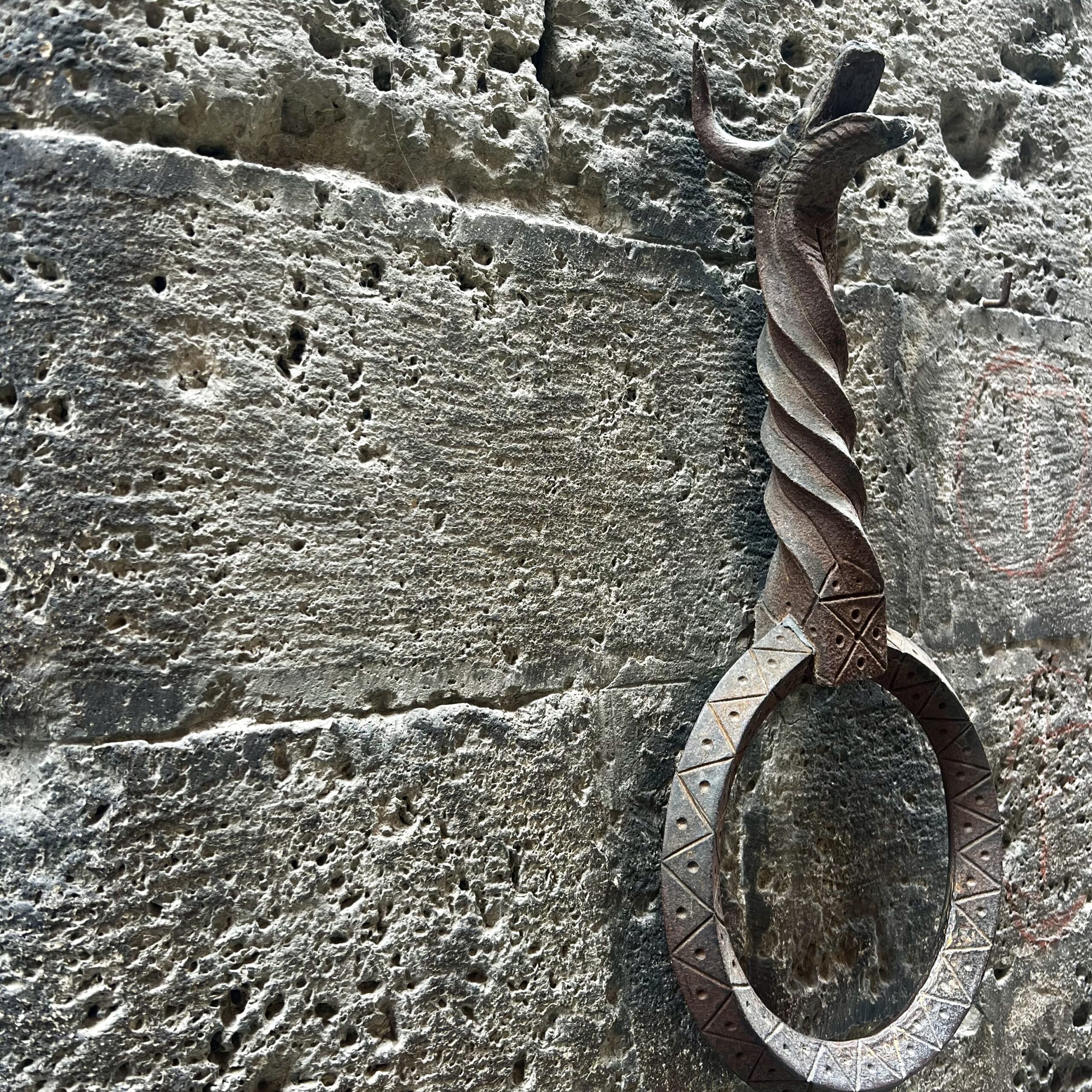
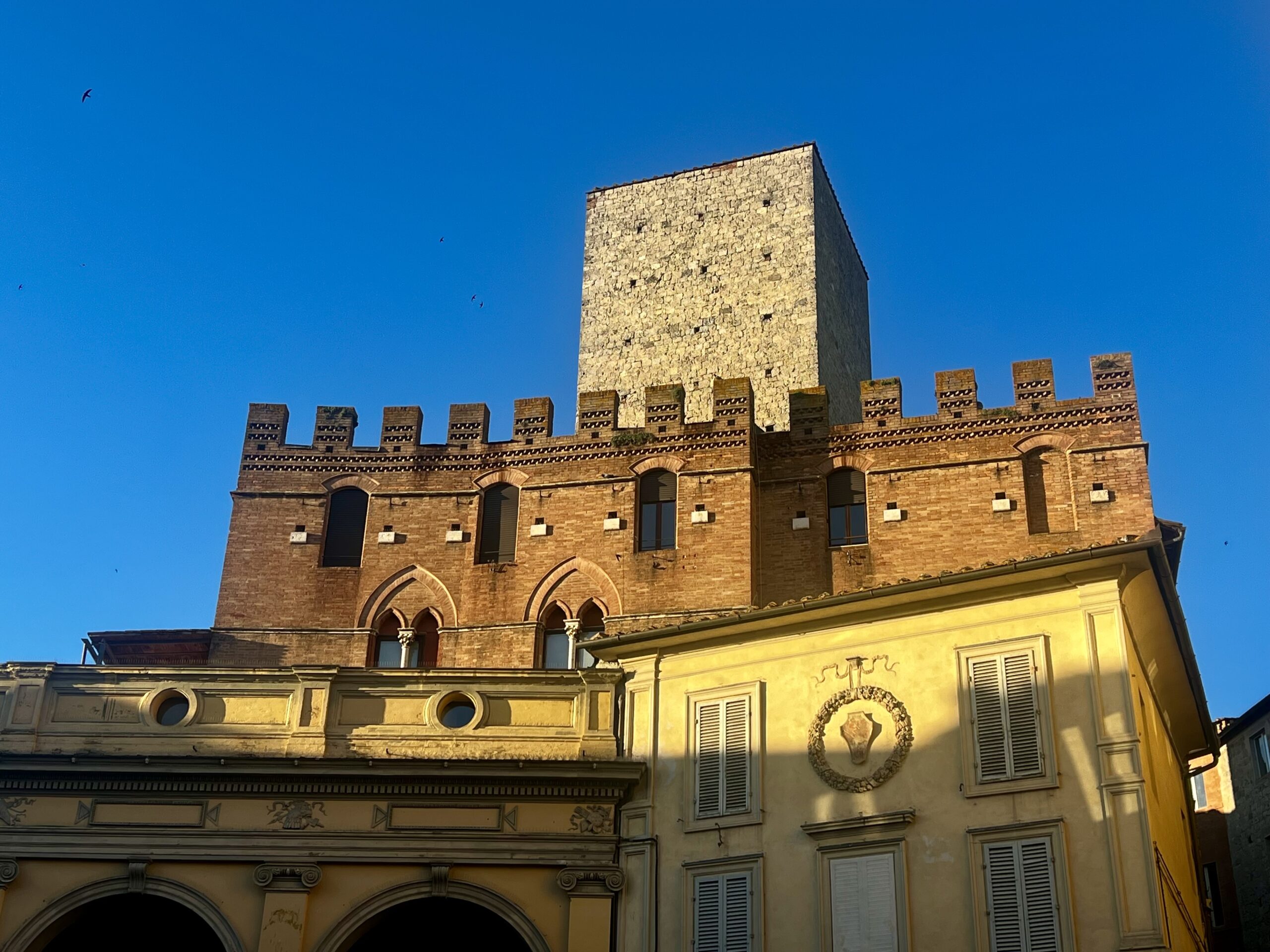
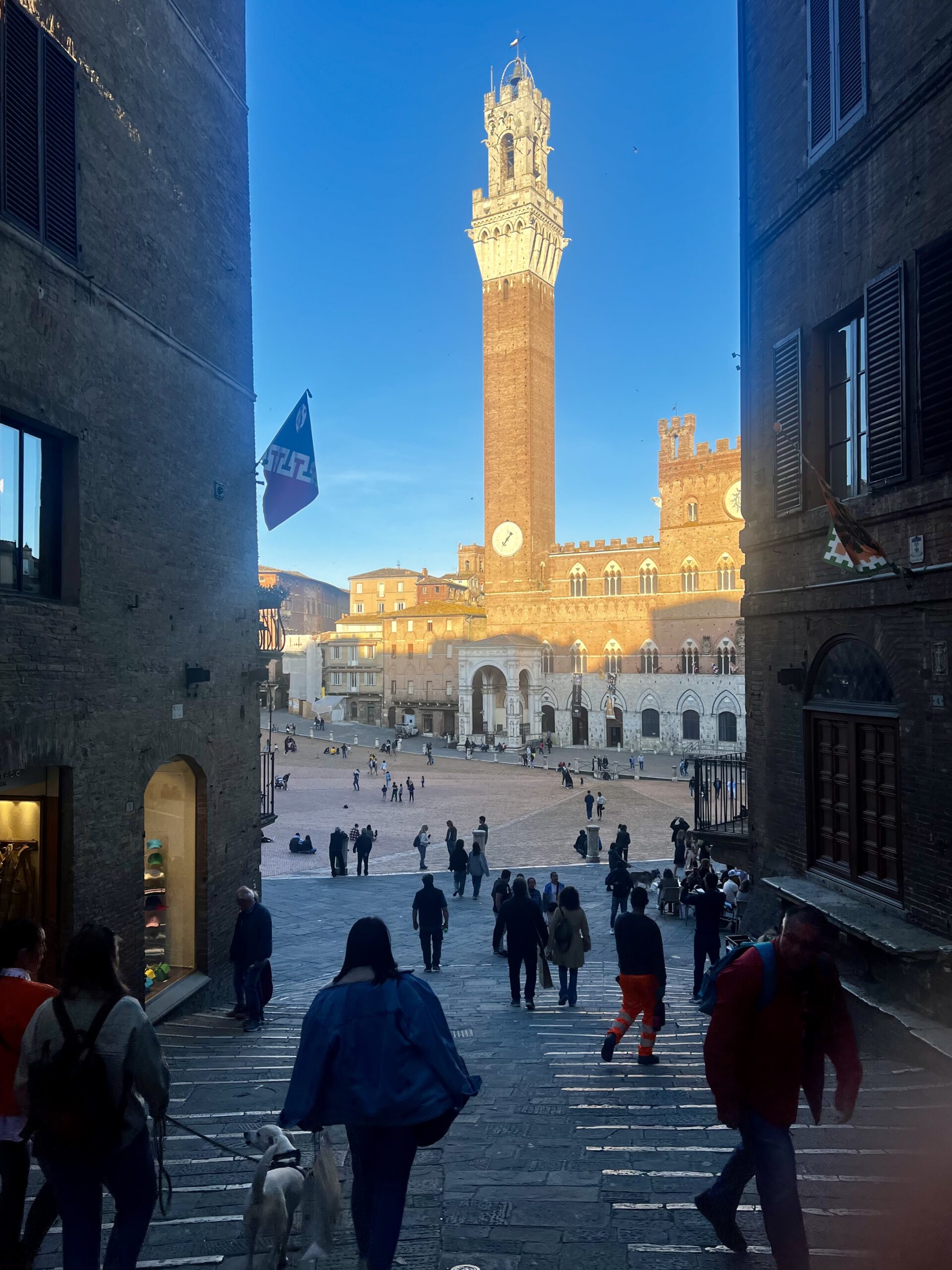
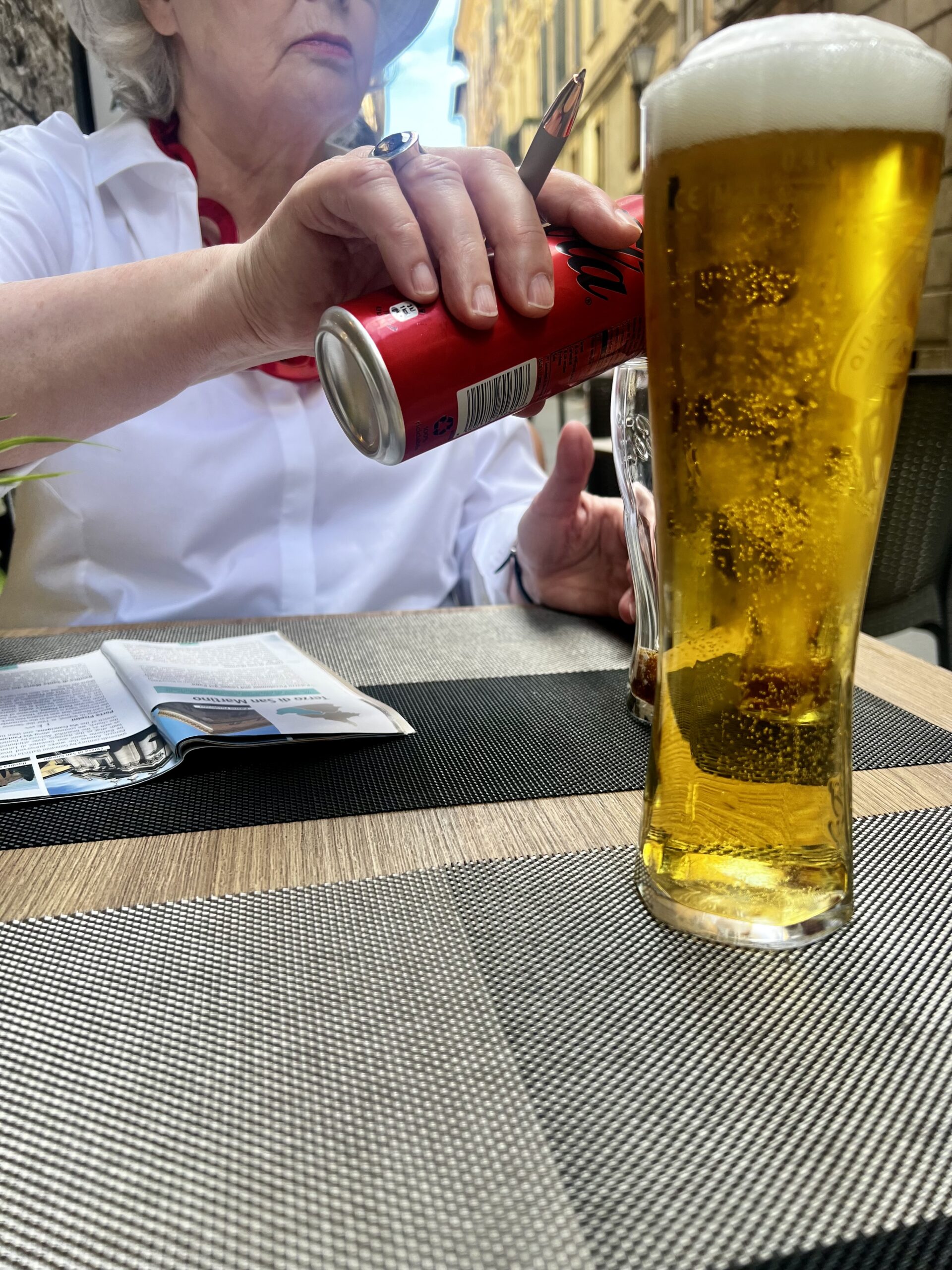
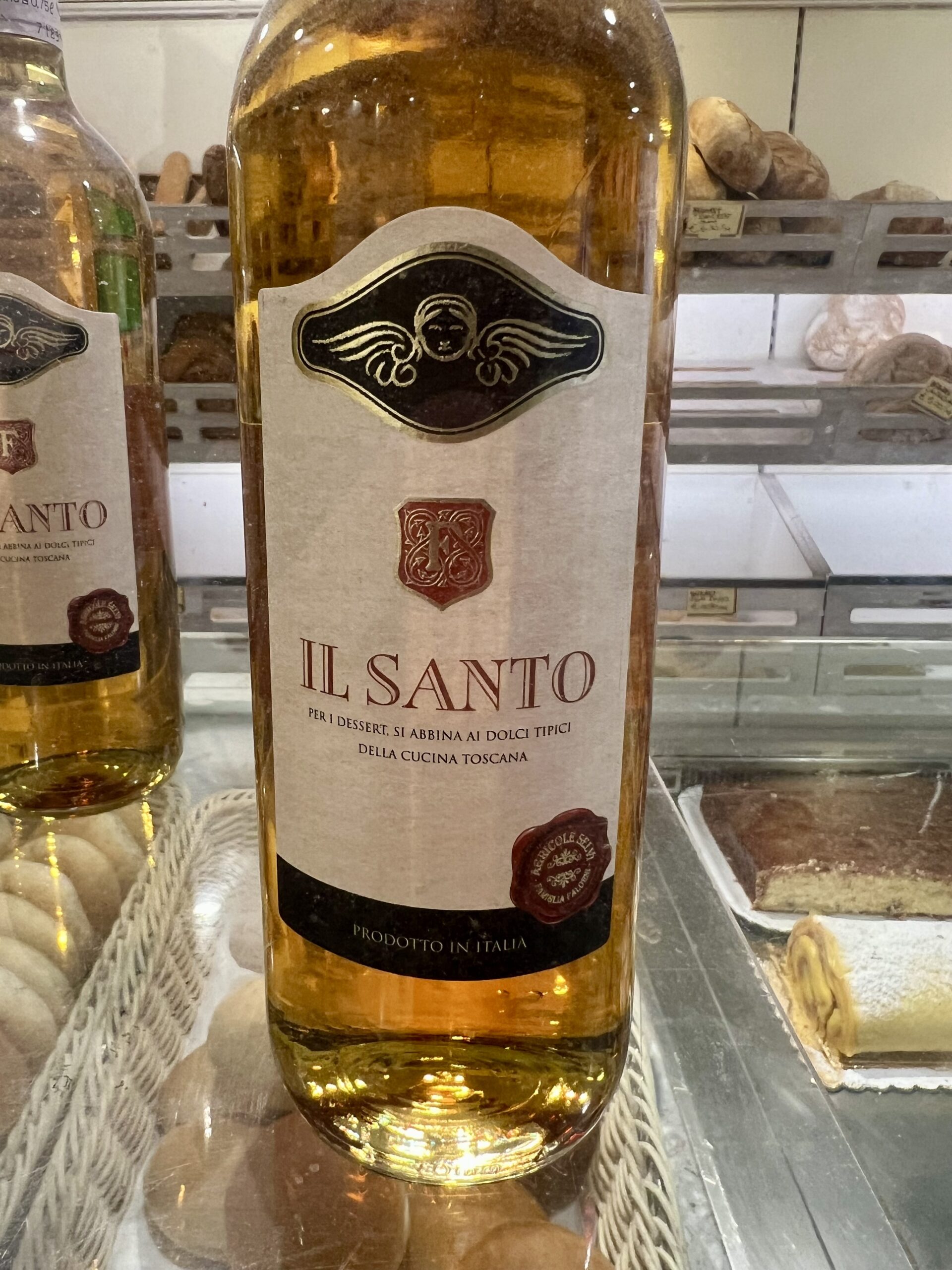
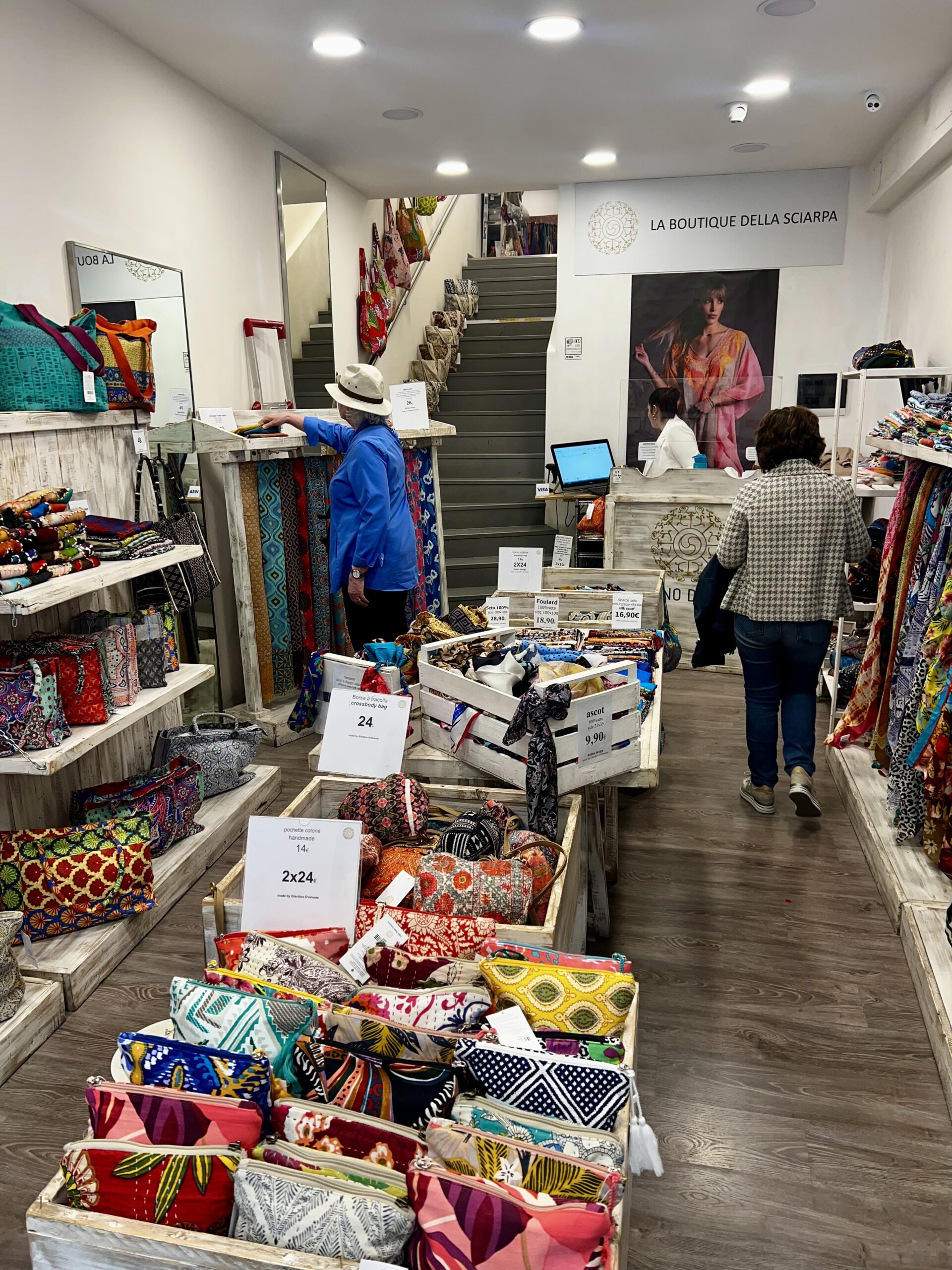
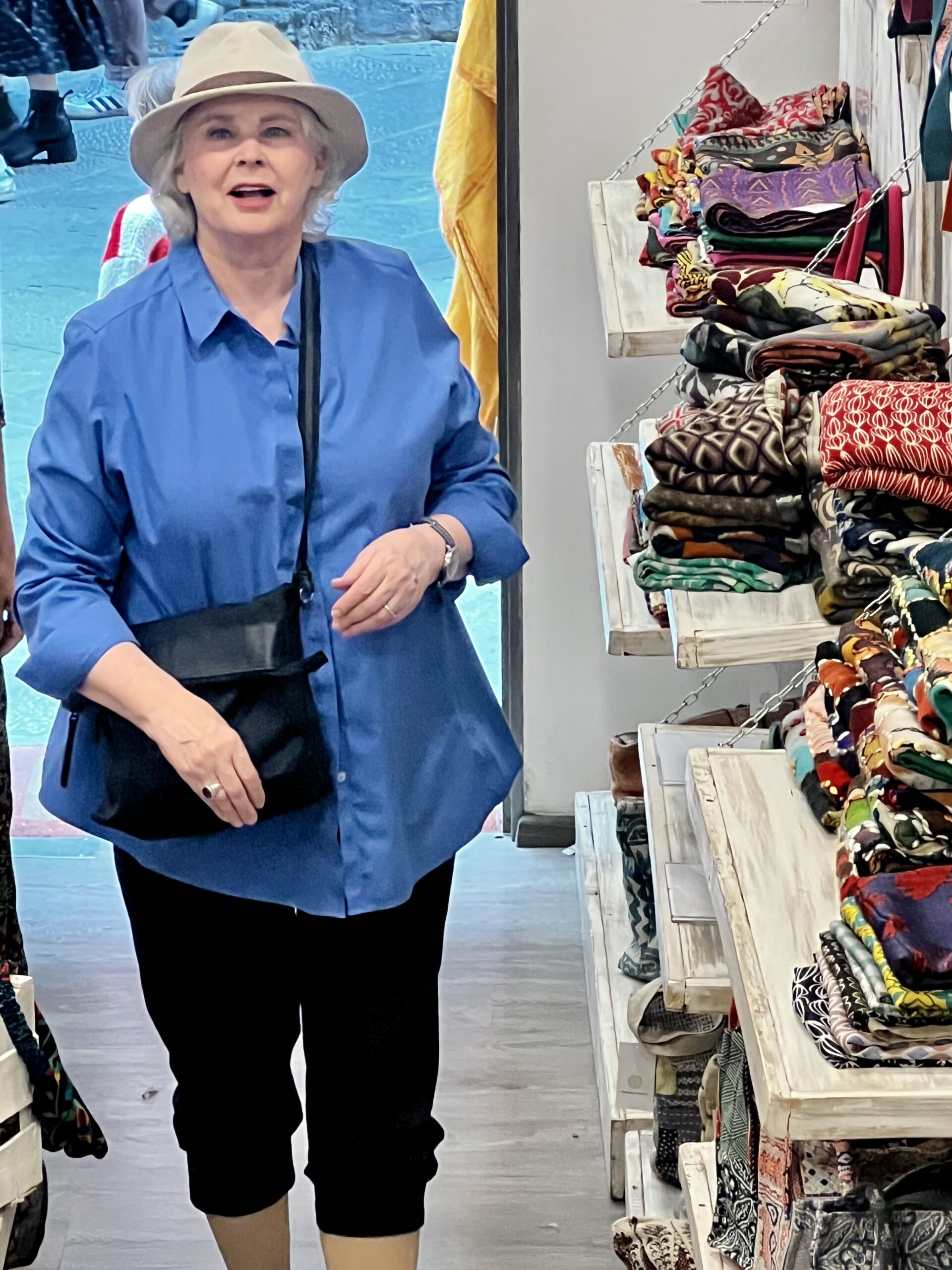
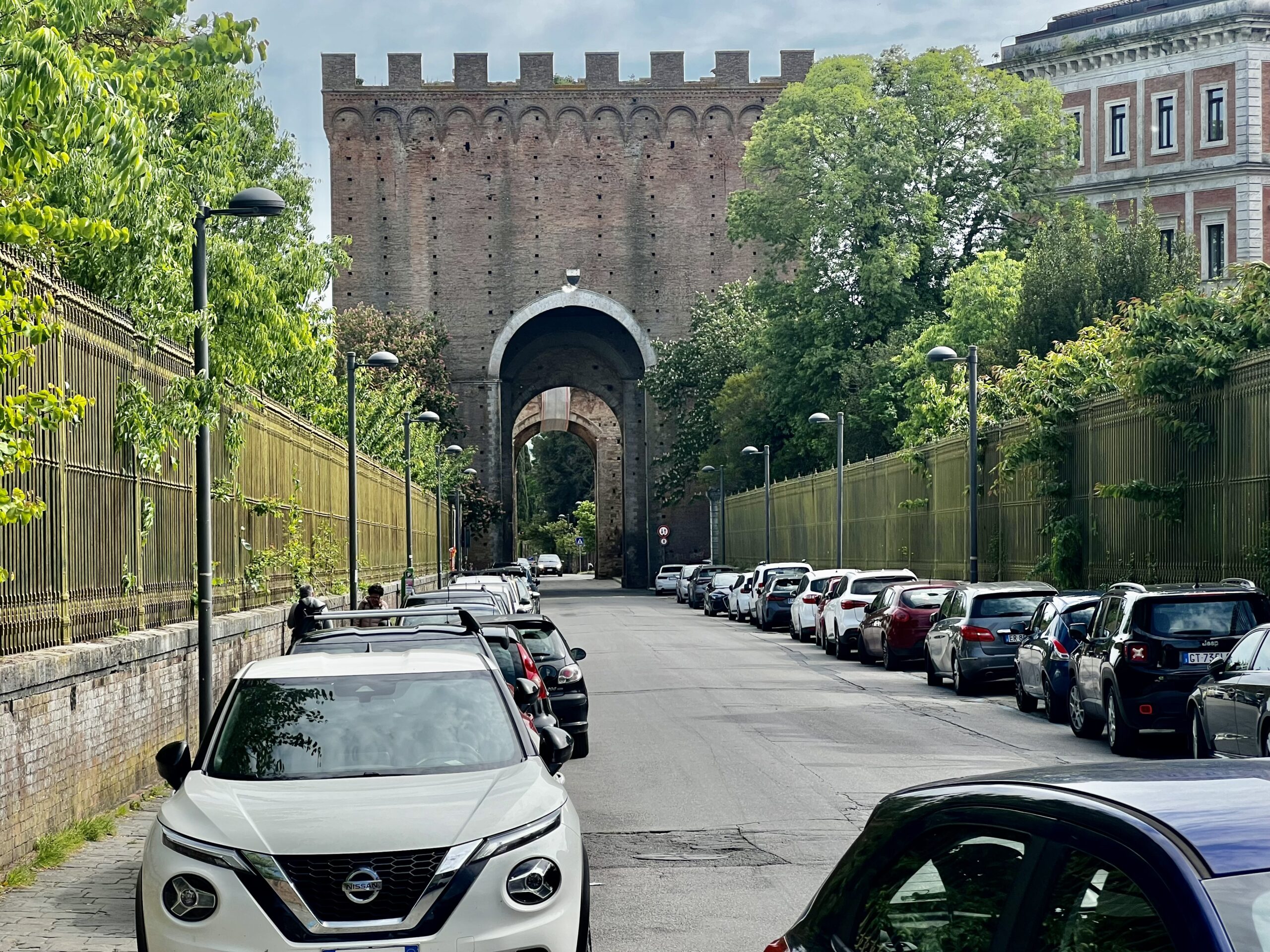
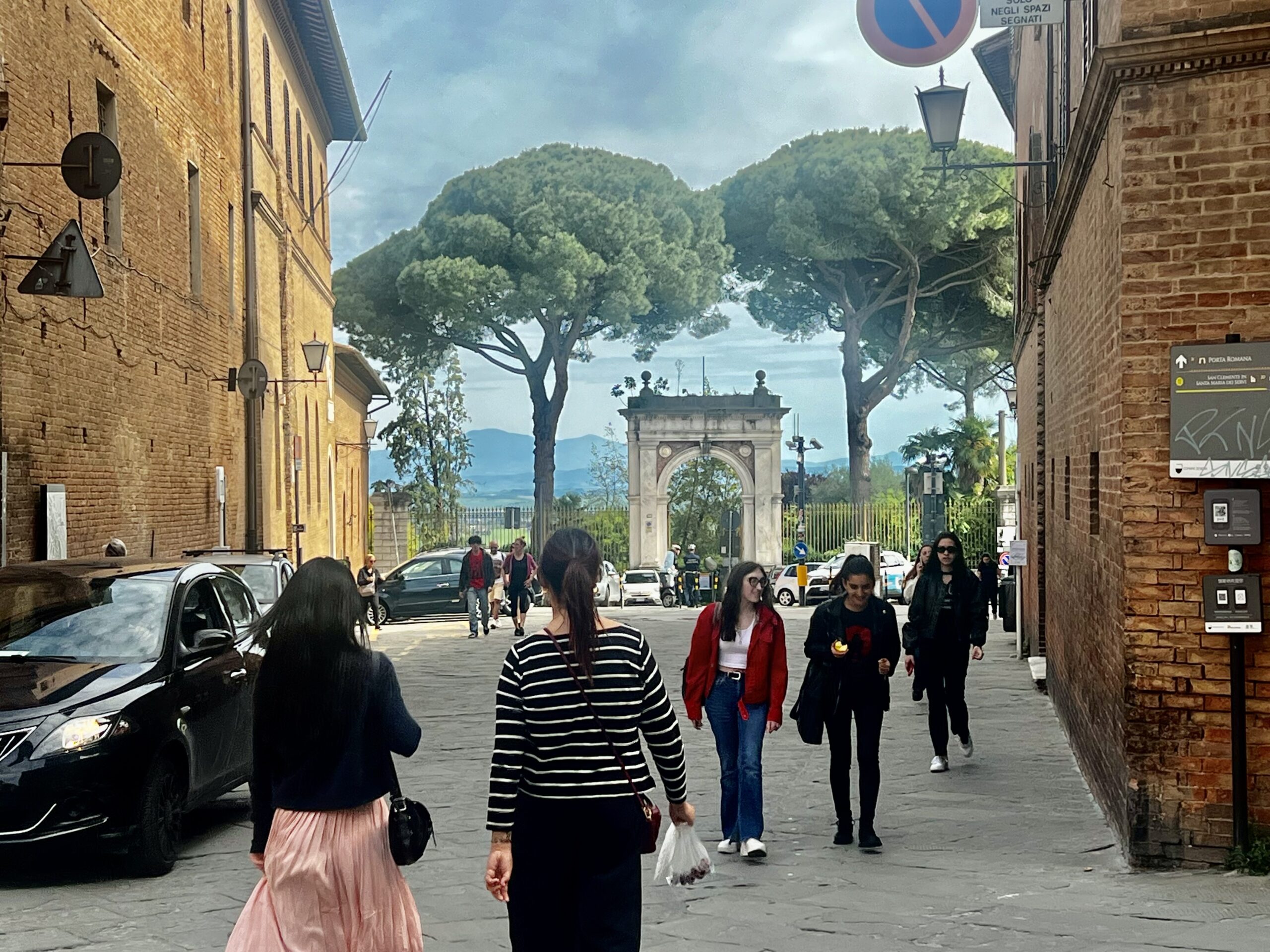
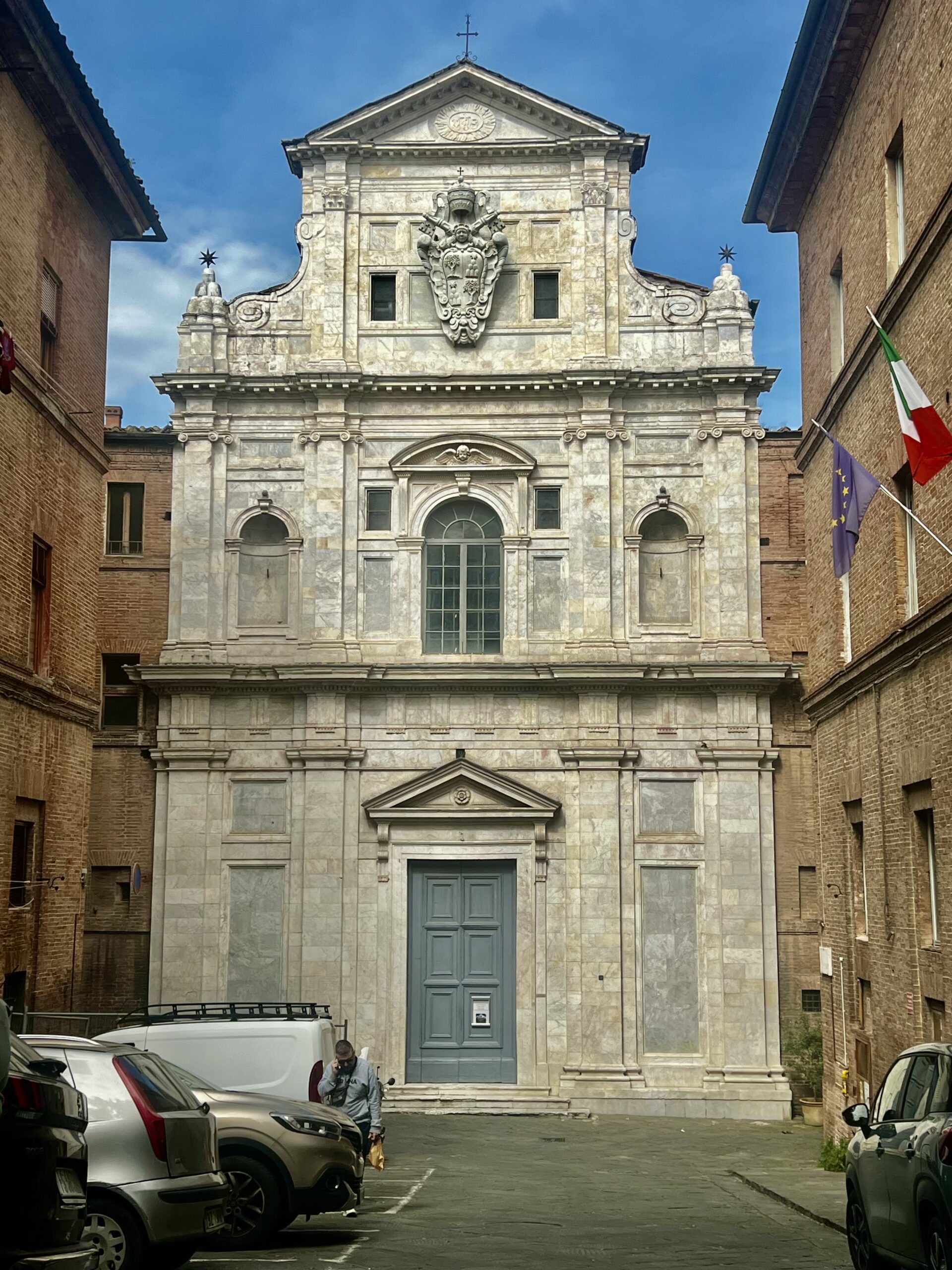

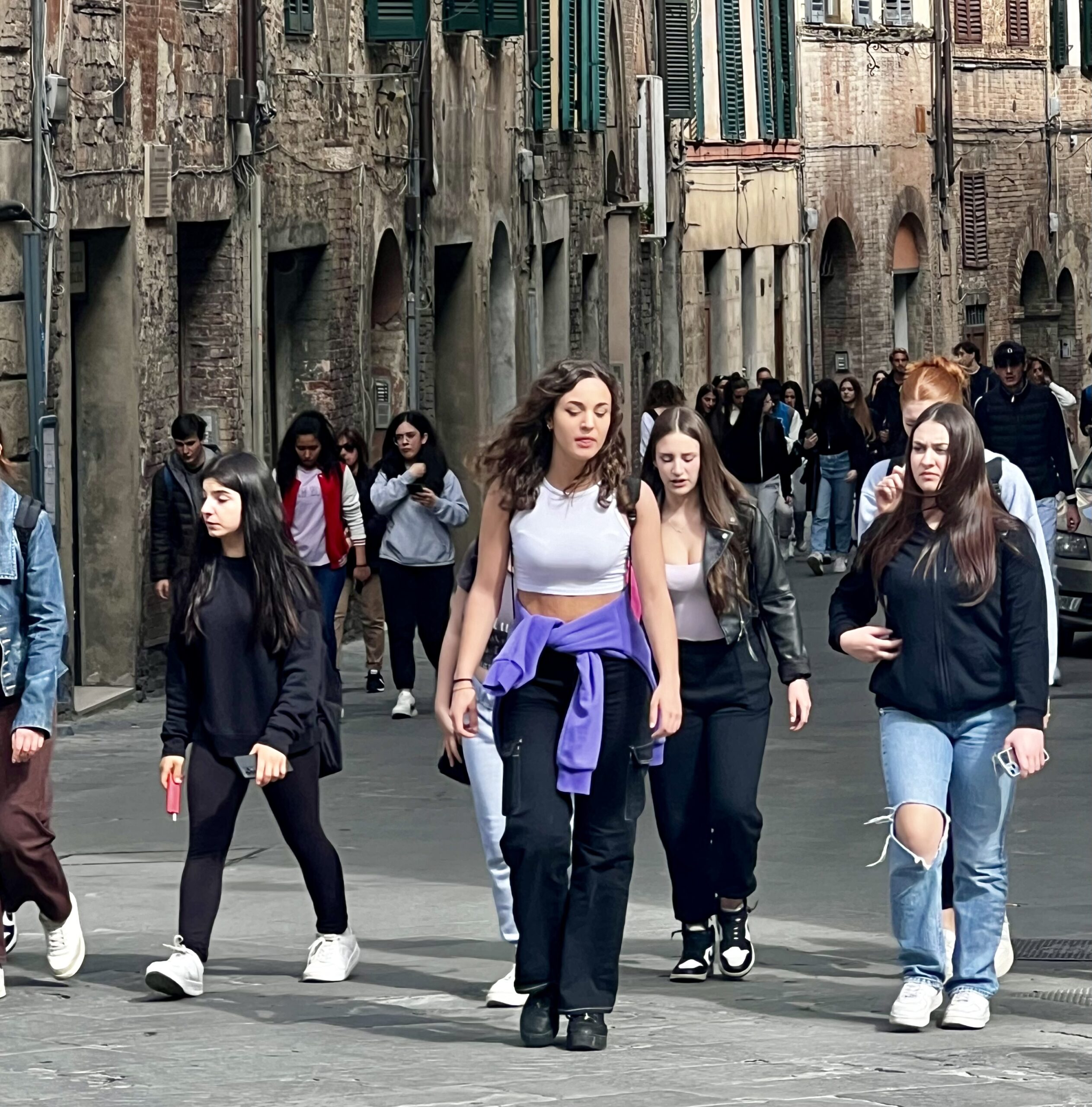

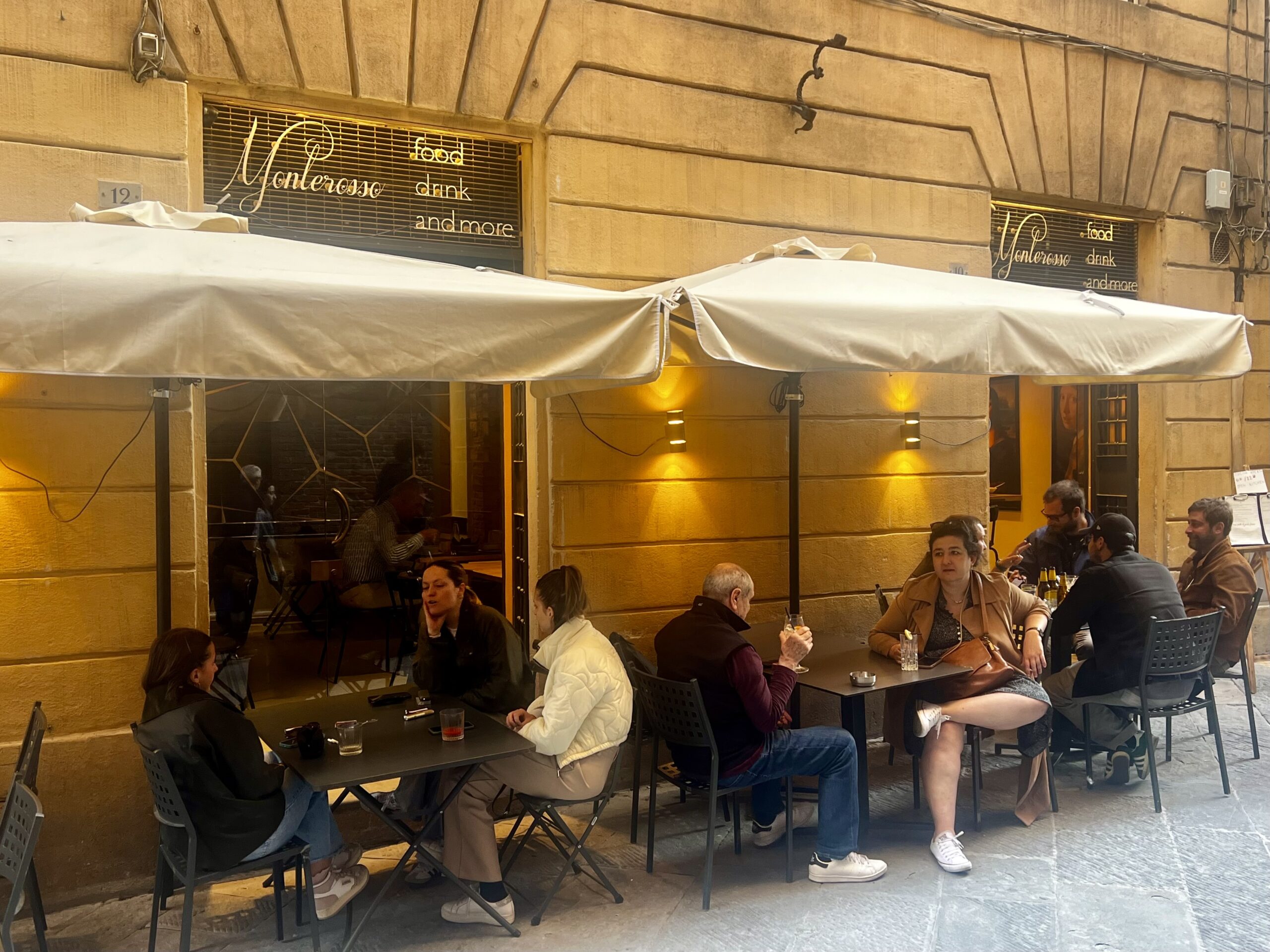
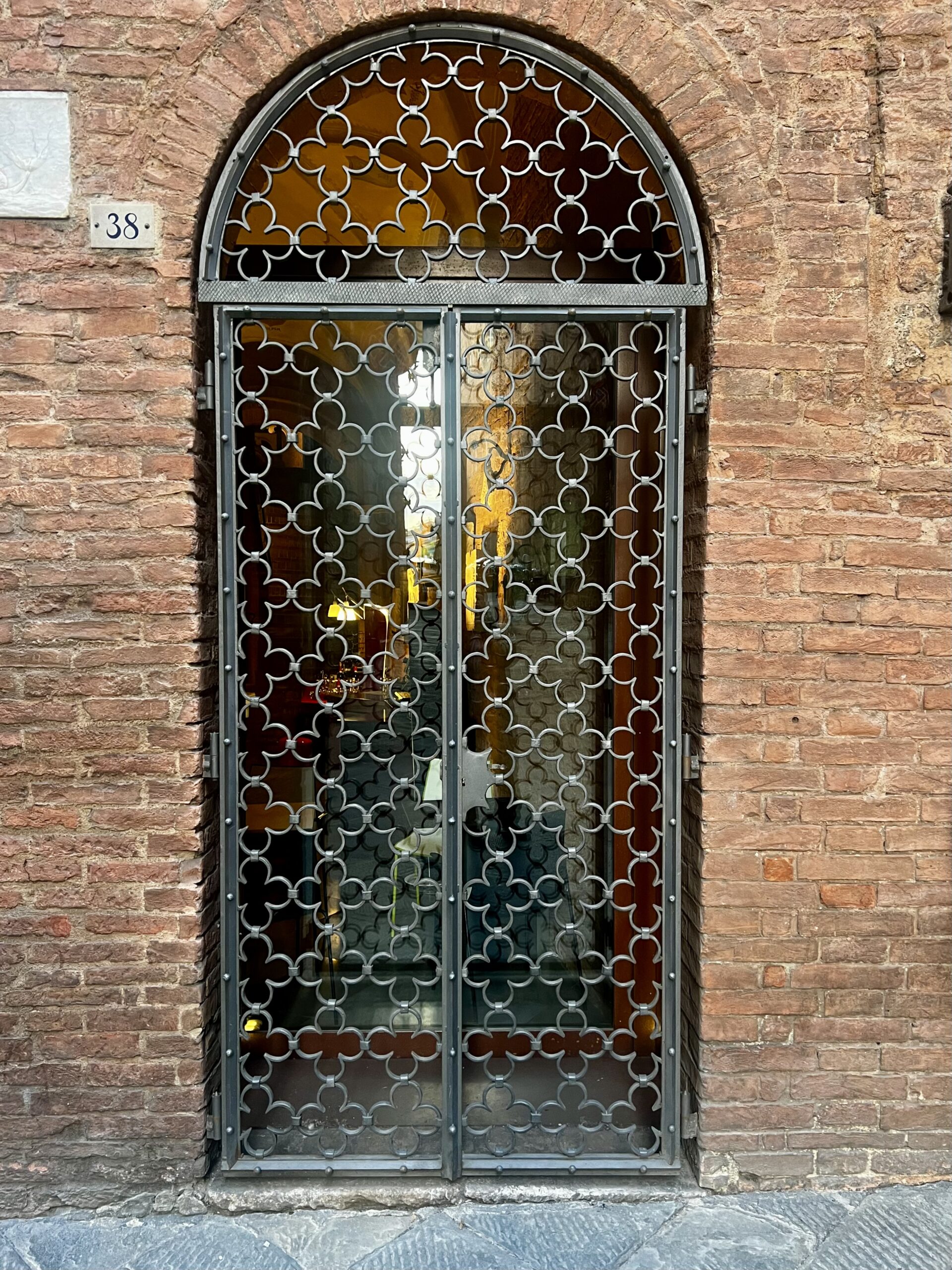
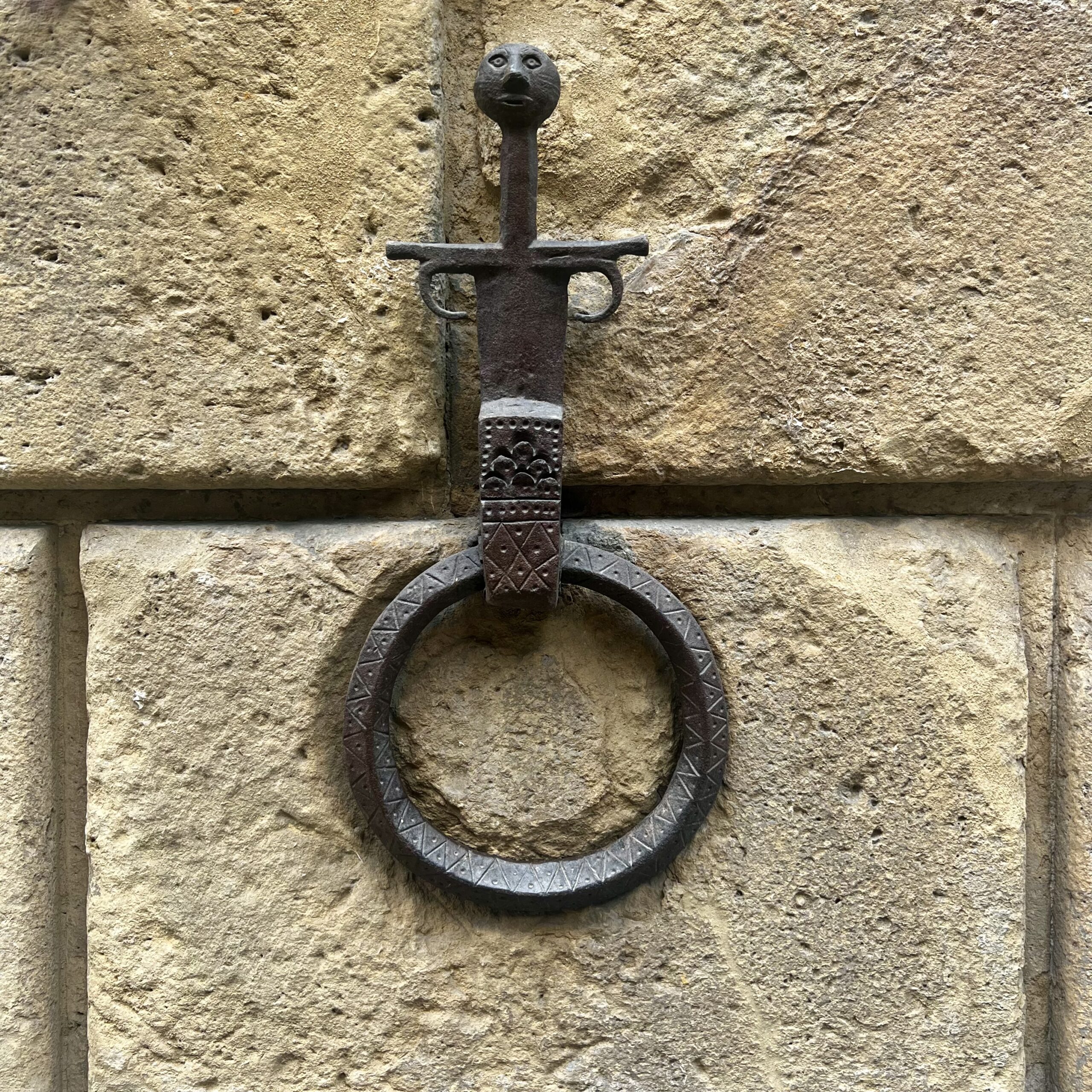
Orto di Pecci
A large green space lies just south of, but at a deeper level from, the old market place. We took a stroll through this park that is a mixture of lawns, overgrown vegetation, and vegetable gardens. A lot of fava beans were ready for harvest. The park has a small restaurant that looks like a nice place for a lunch or a drink.
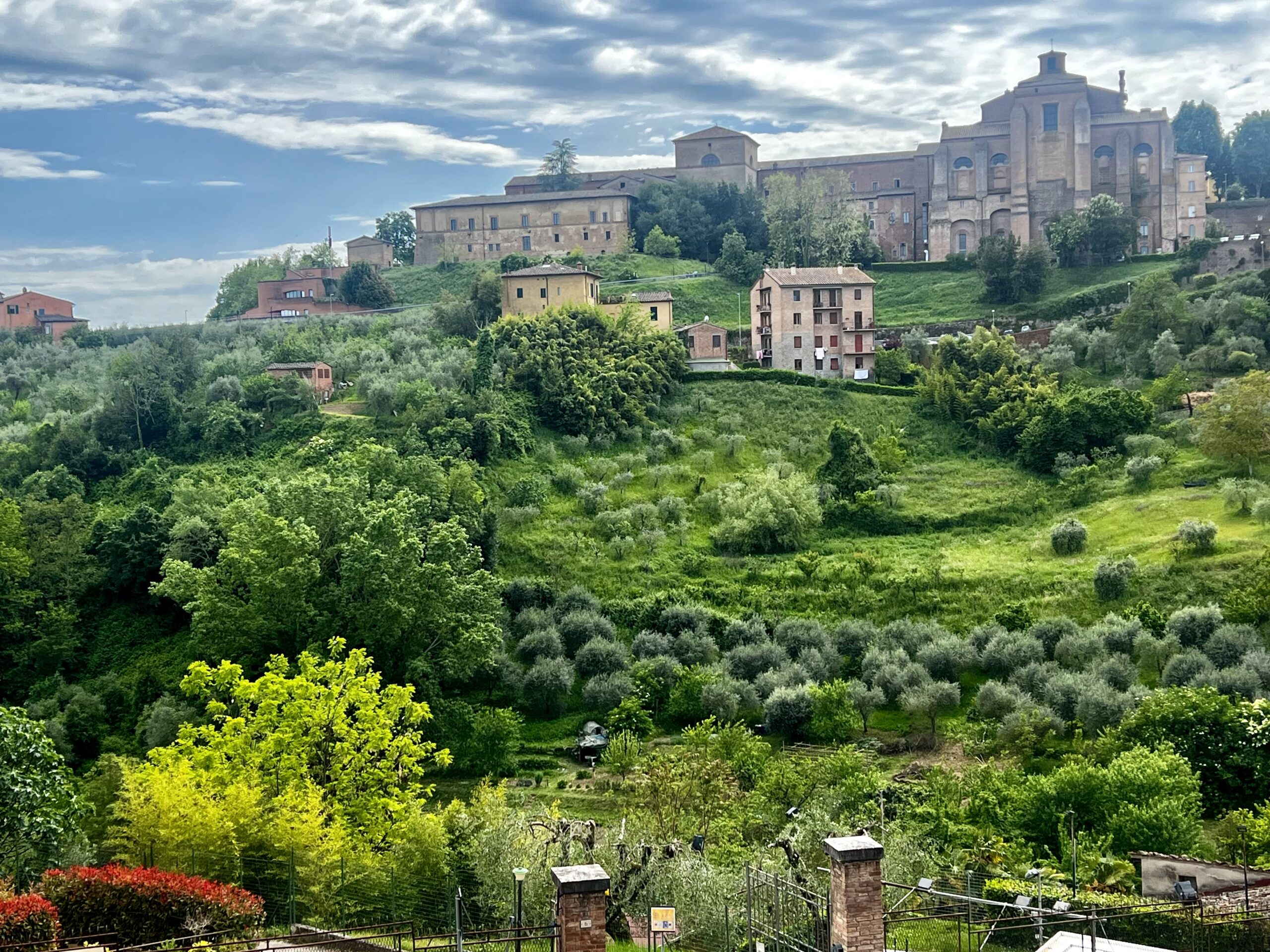
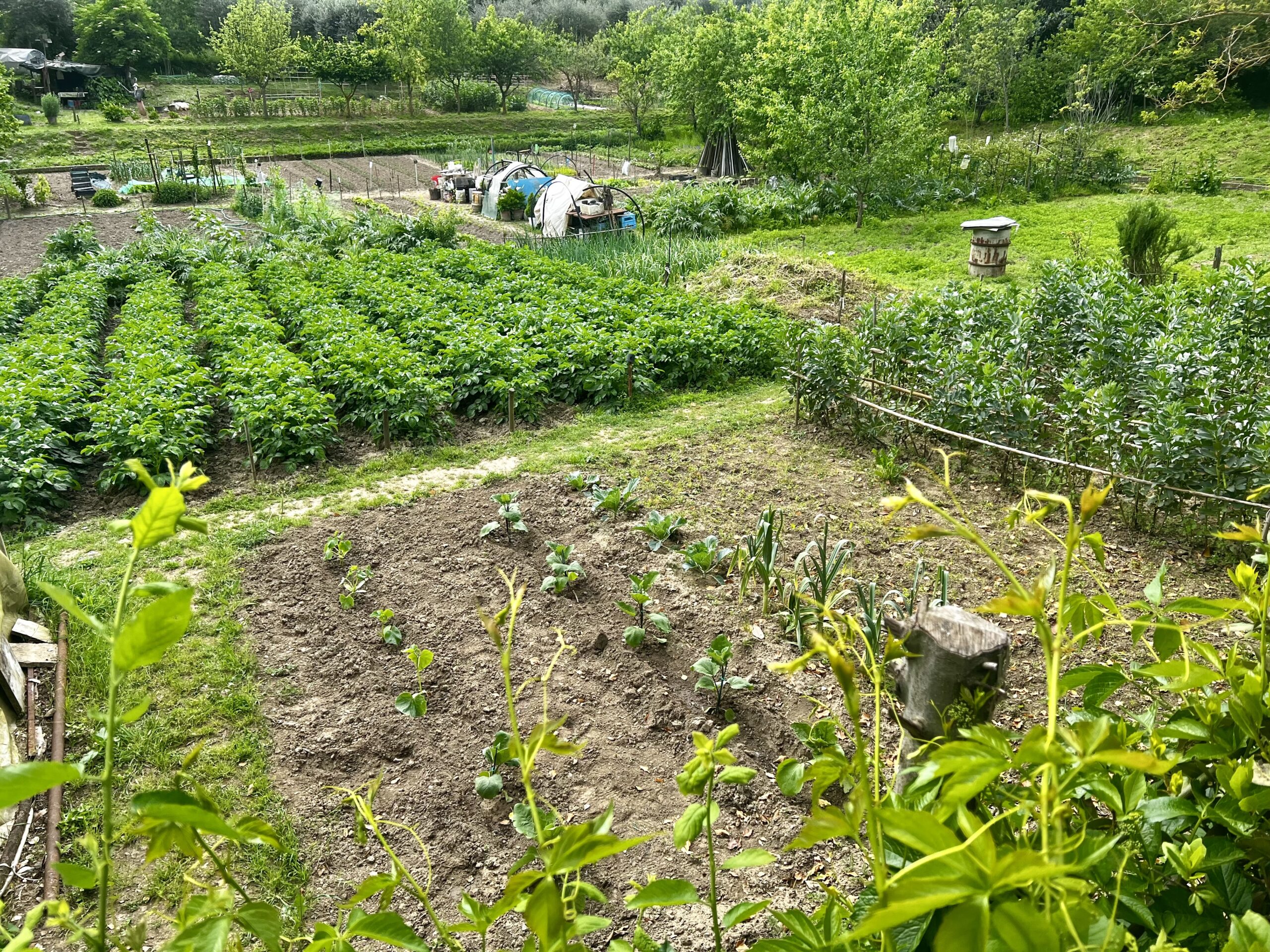
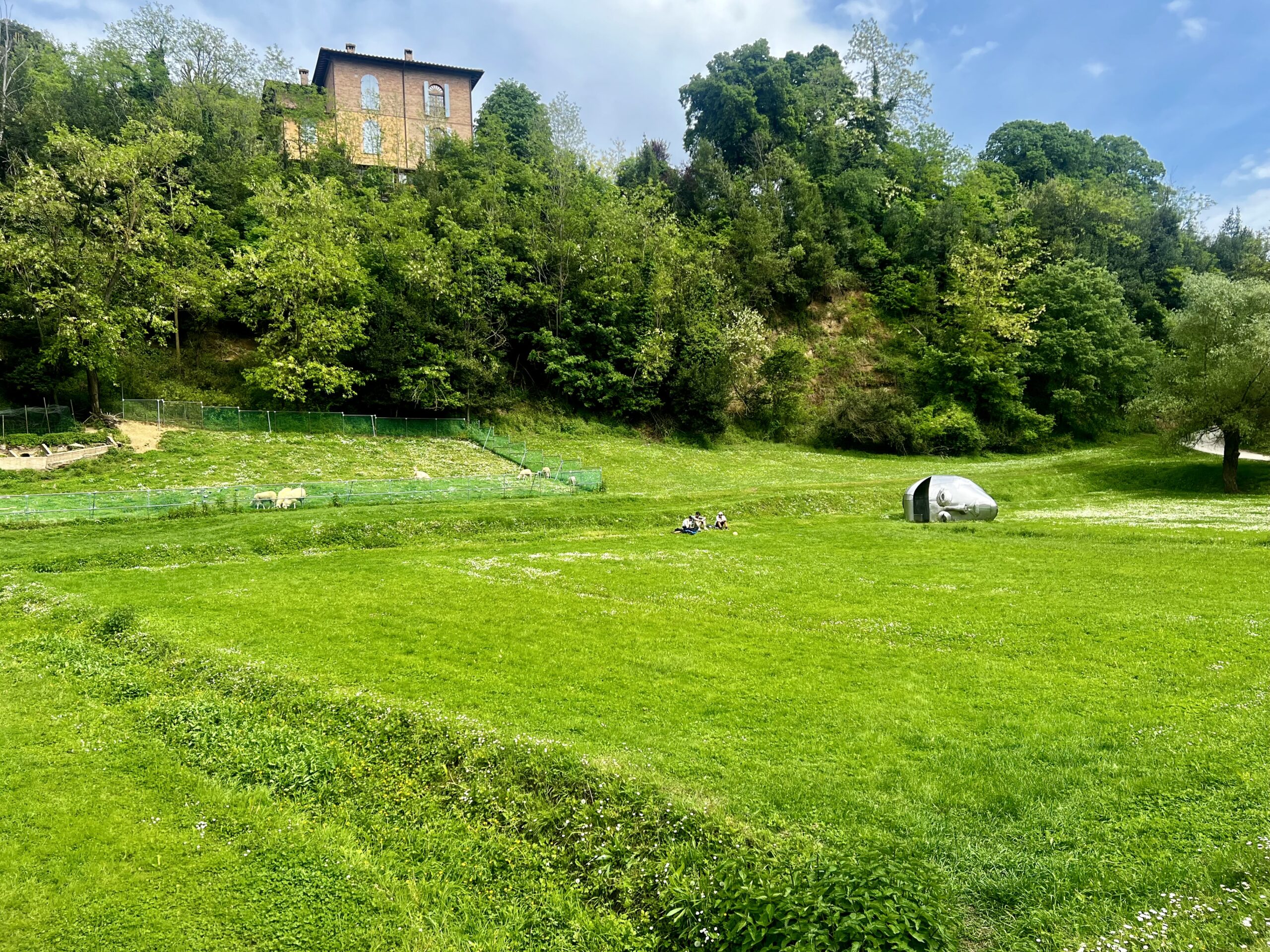
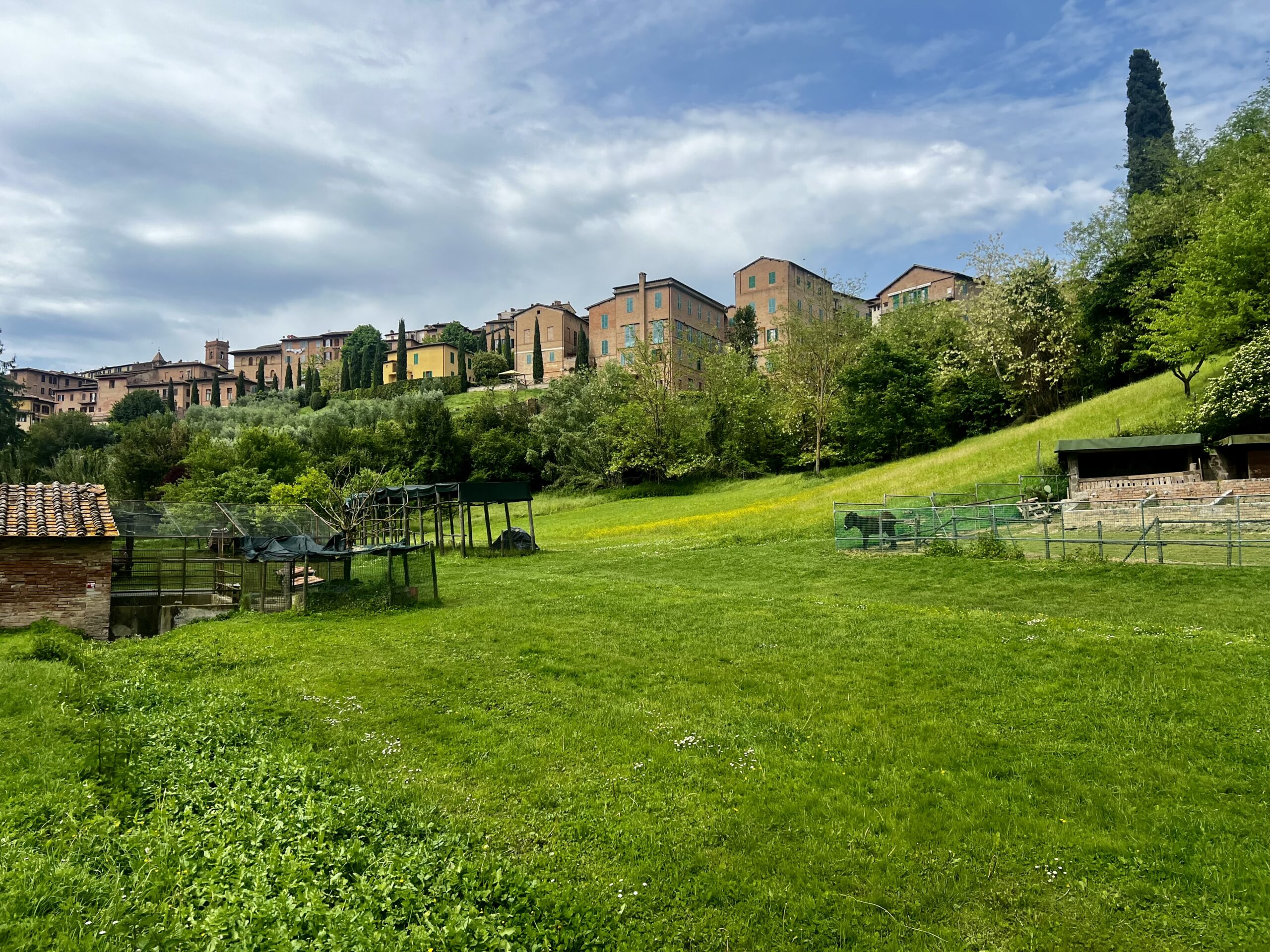
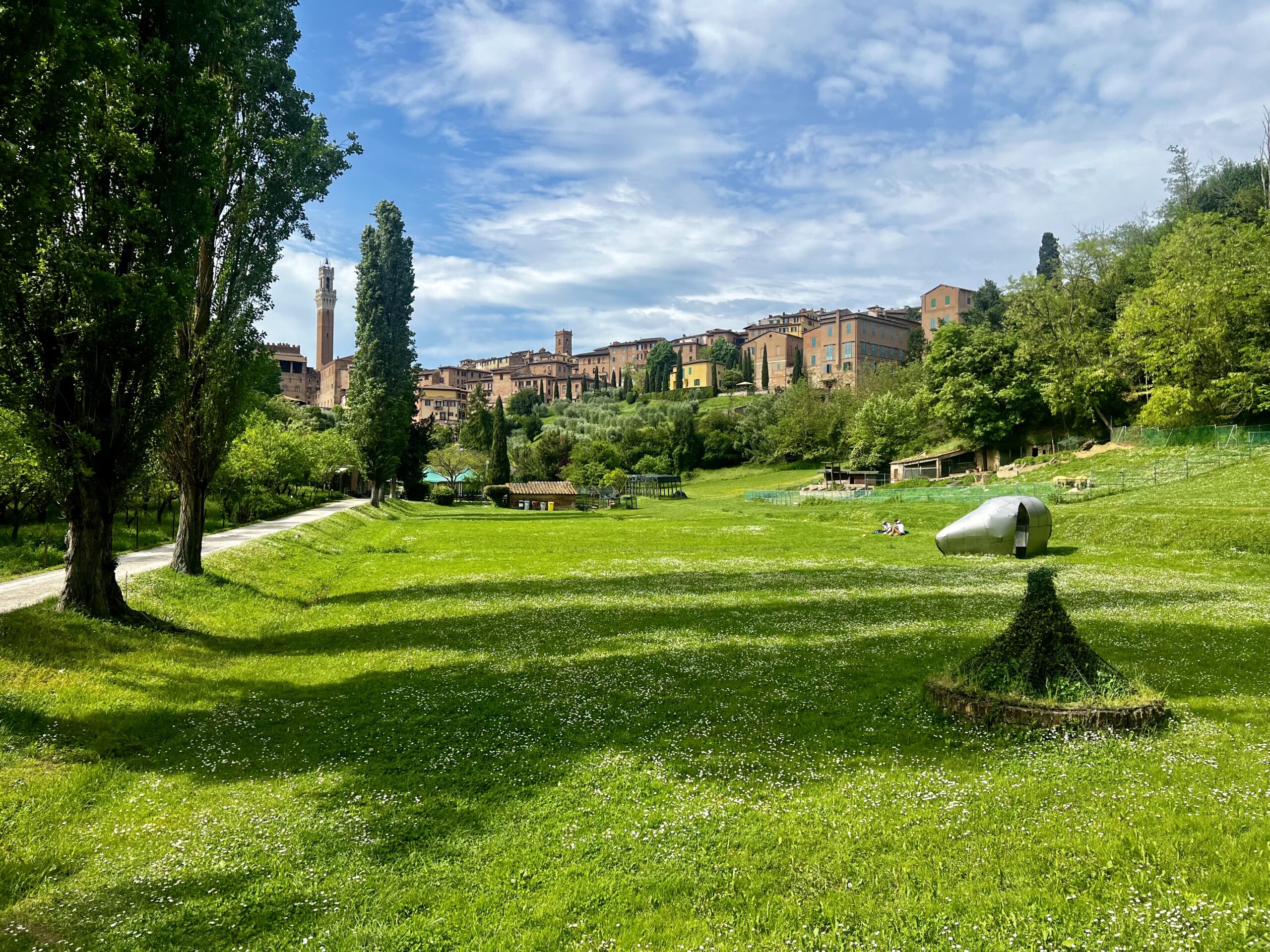
Neighborhood Osteria
Robert had a great exchange, in Italian, at our corner osteria. Our third time there. At the end of our meal, he asked the waitress to go through the list of dolci (desserts) they offer. When she got to torta di nonna, Robert asked how nonna was doing. The immediate reply was that she was dead but she had made the dessert before she died. Robert asked how many years ago she died. After brief pause the response was that they had frozen the dessert and froze nonna too. And that they were still collecting her pension!
Made Robert’s day!
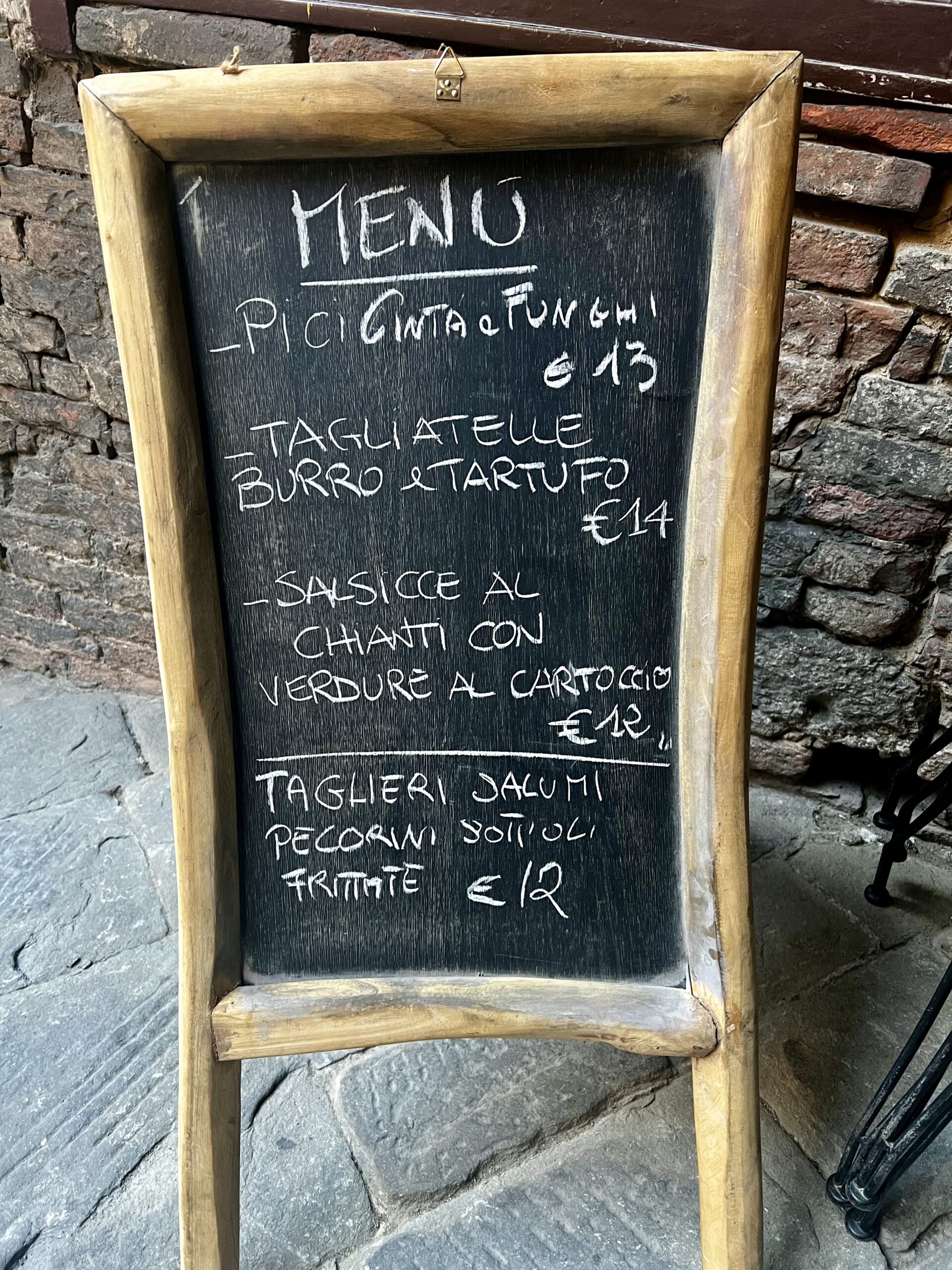
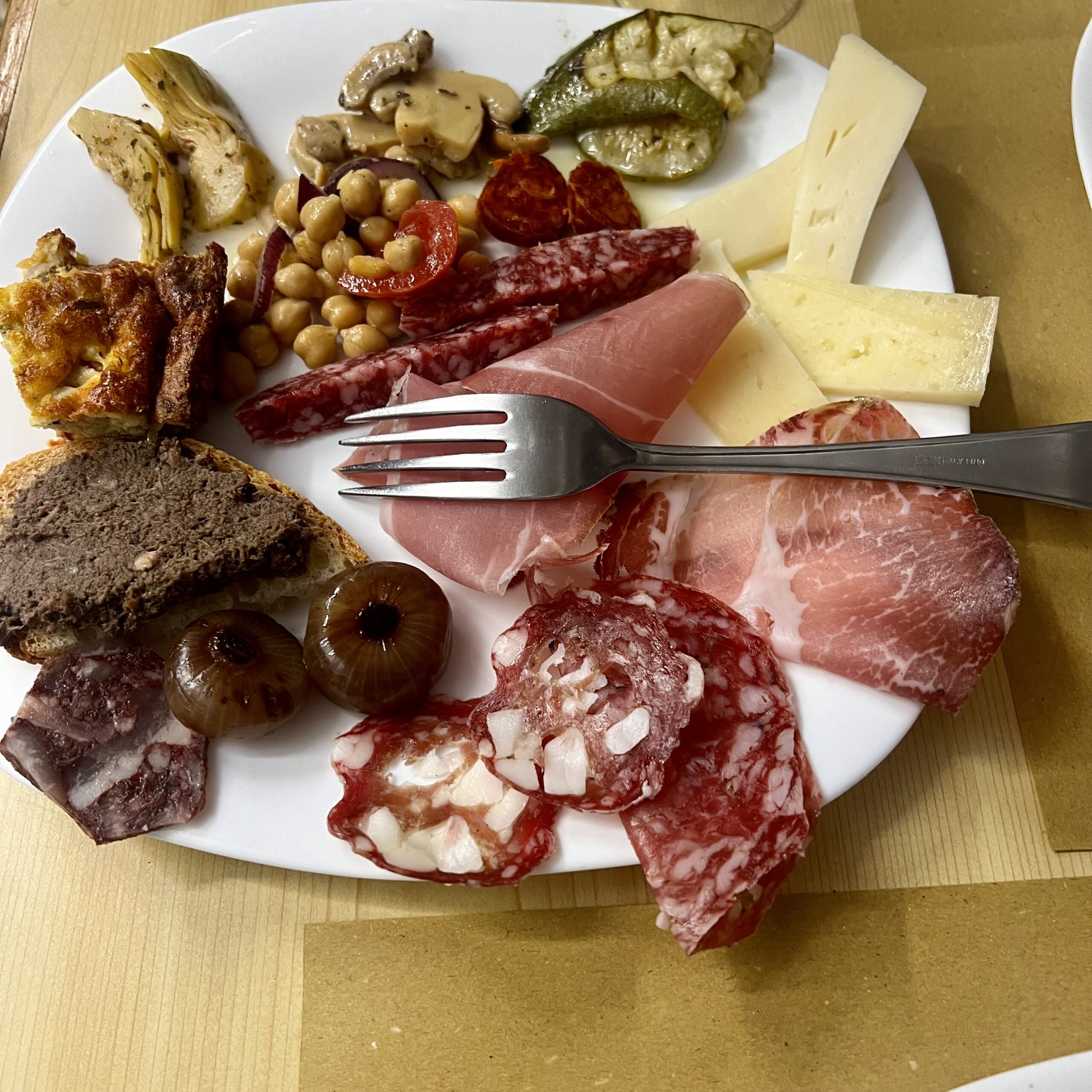
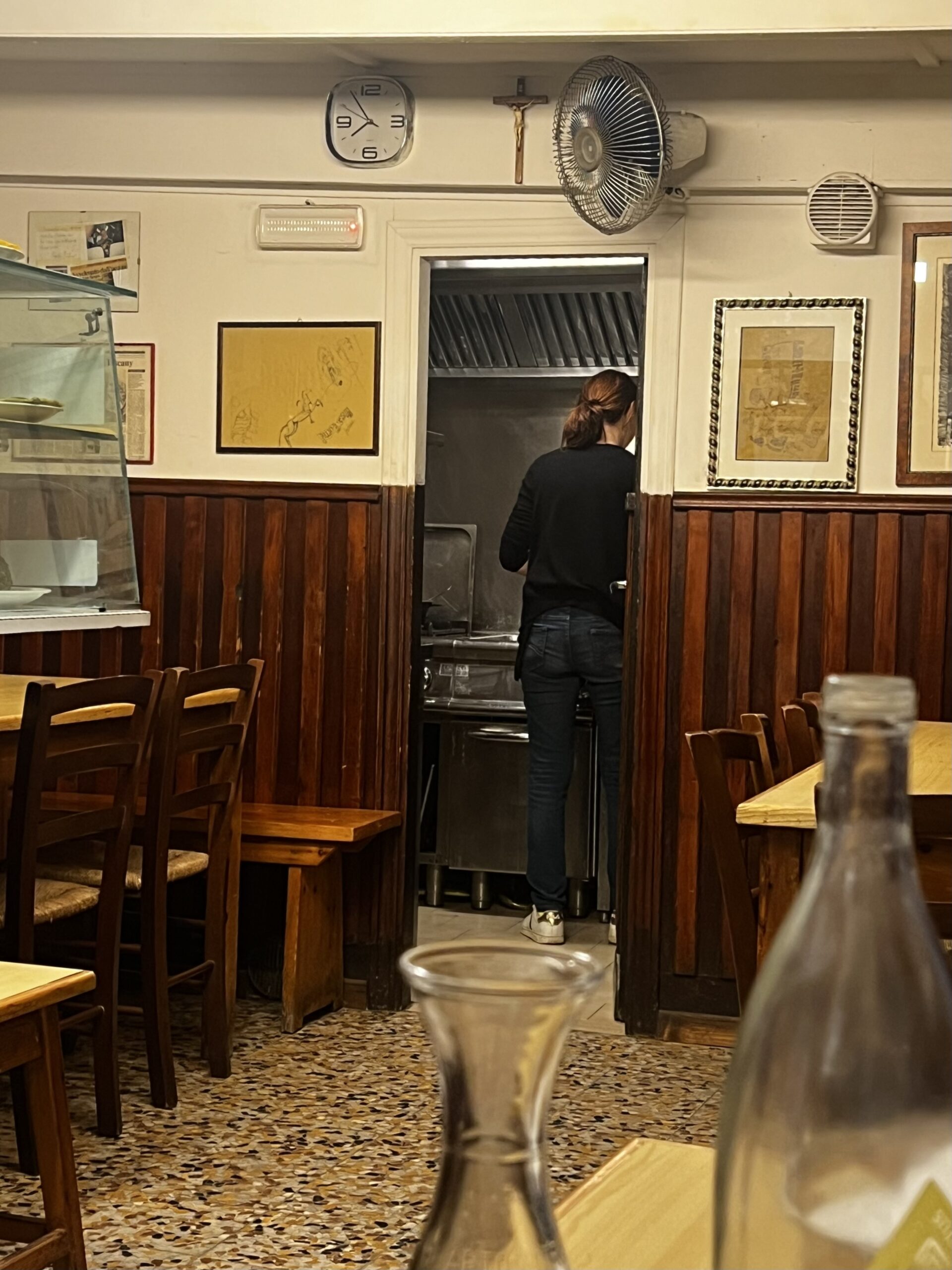
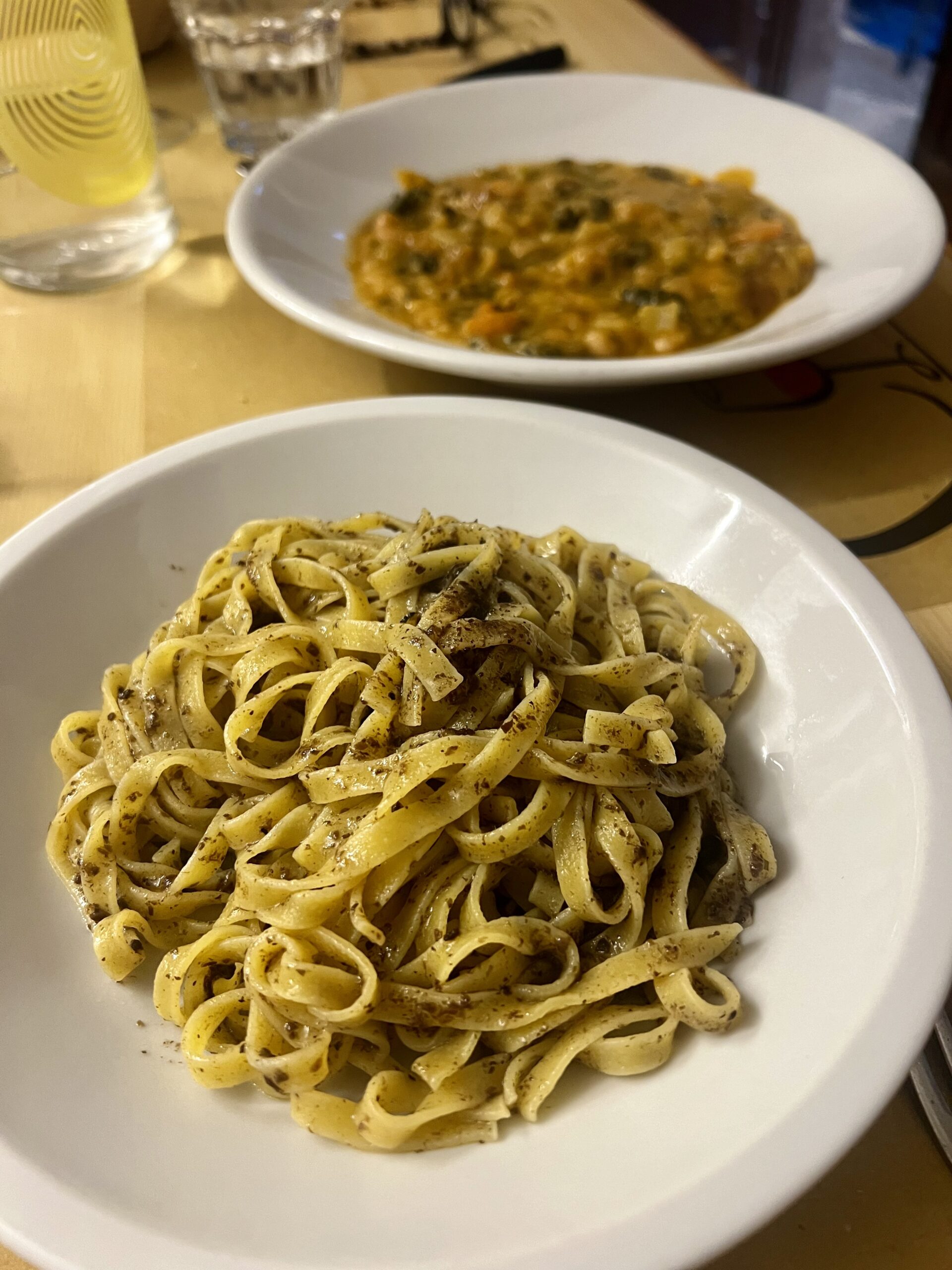
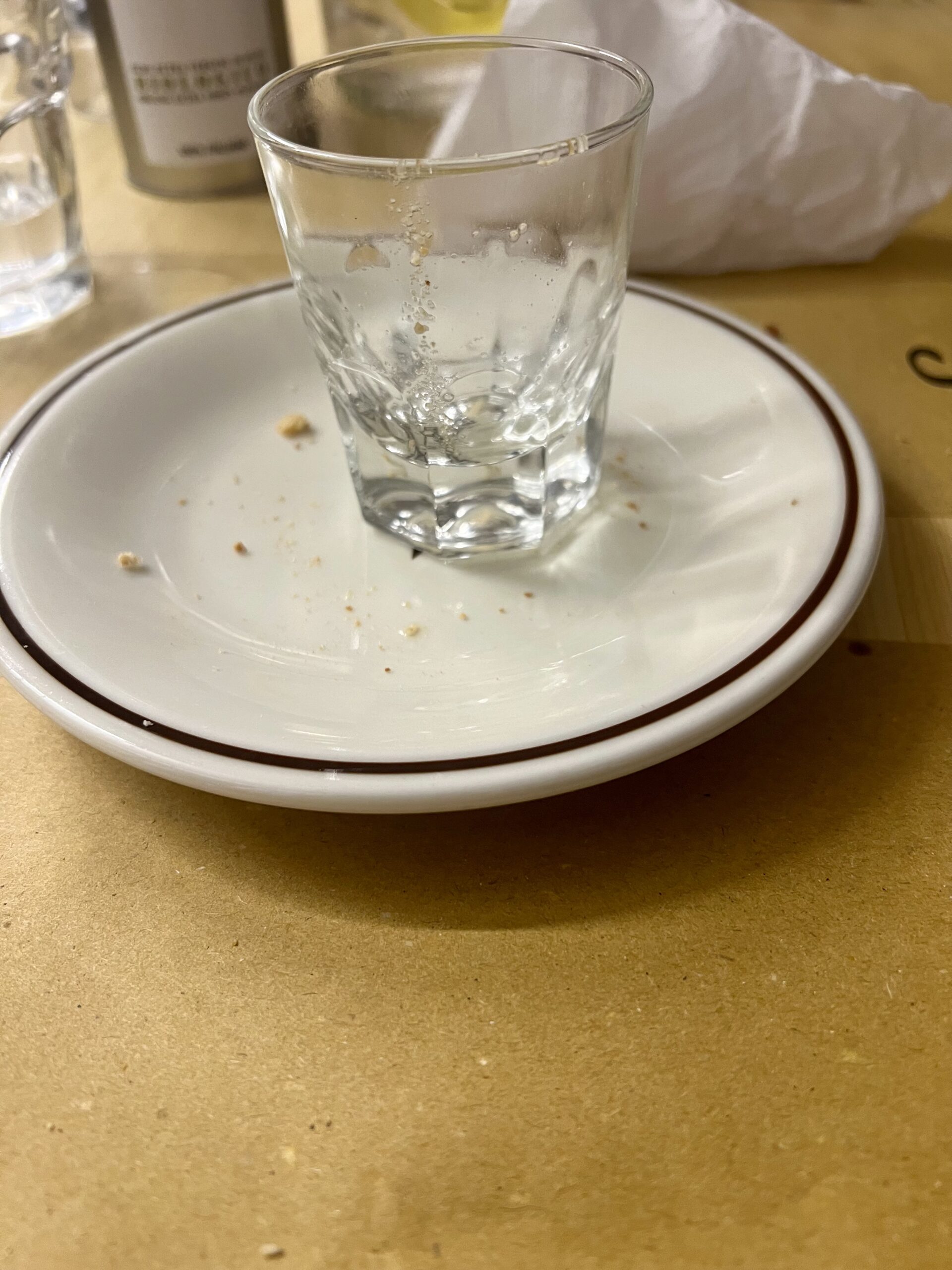
Day Trip to Montalcino
Another day trip. This time to the attractive hill town of Montalcino, an hour south of Siena. This tourist town boasts of Brunello wine—a red wine of one-hundred percent Sangiovese grapes. Many, many shops here sell it.
After some research Bonnie identified a good place for lunch, Ristorante il Moro. With much urging from Bonnie we arrived a bit early, for Italians, at 12:50, and so we were able to secure a table. The place is family run—mother, sister, and brother. CHUCK: We ordered a flight of three local red wines that they served along with their house wine. They even poured an additional wine toward the end of the main course. The dining room was full so the pace of the meal was slow, but we enjoyed the people watching, and we seemed to be the only English speakers in the restaurant. We heard Italian as well as German.
For dessert, Robert ordered a vin santo with cantucci (small somewhat hard biscotti) that they served with a glass of a slightly sweet muscatel. THEN they brought out grappa on the house. Robert had to stroll for a few hours afterward before he got in the driver’s seat to head back to Siena!
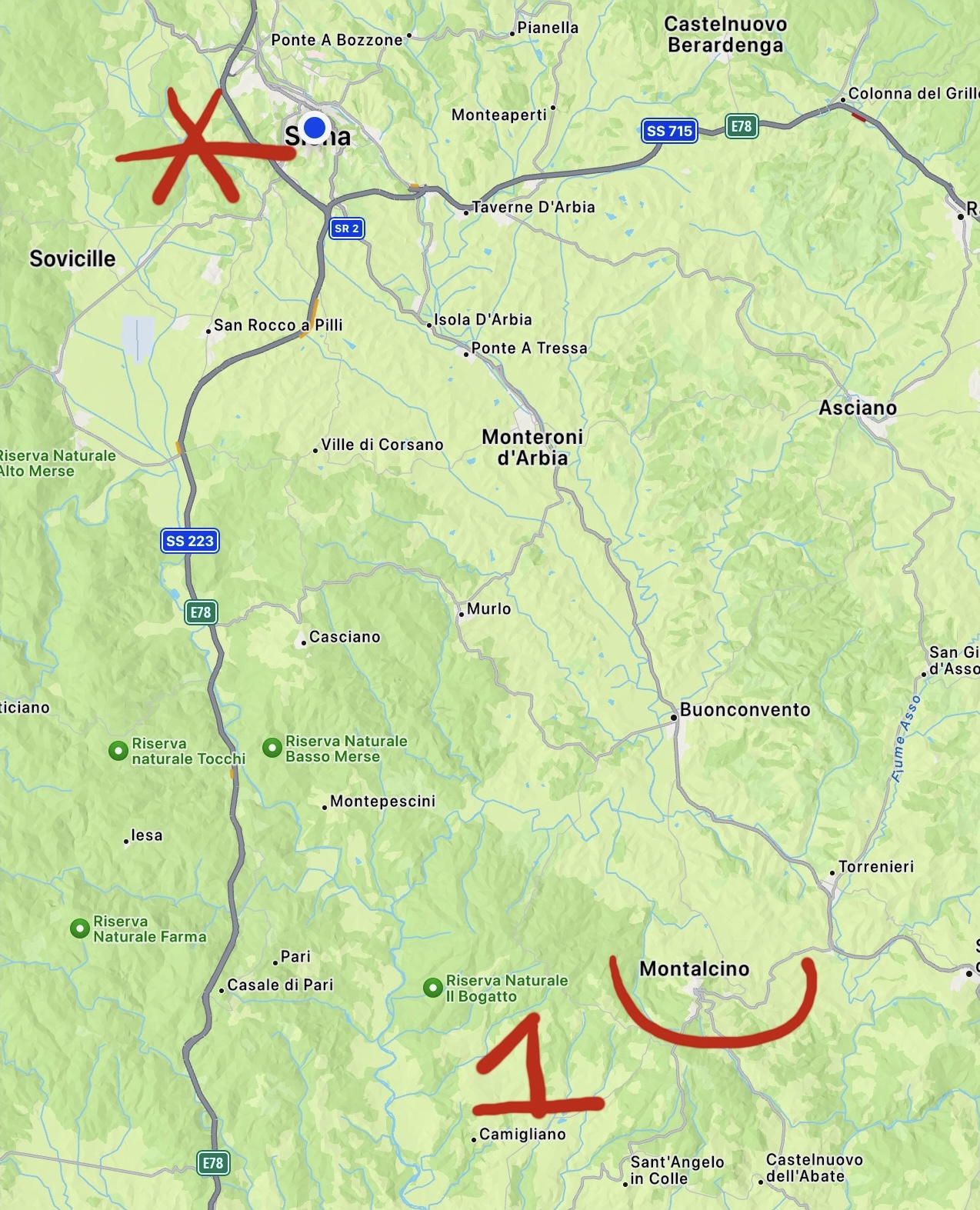
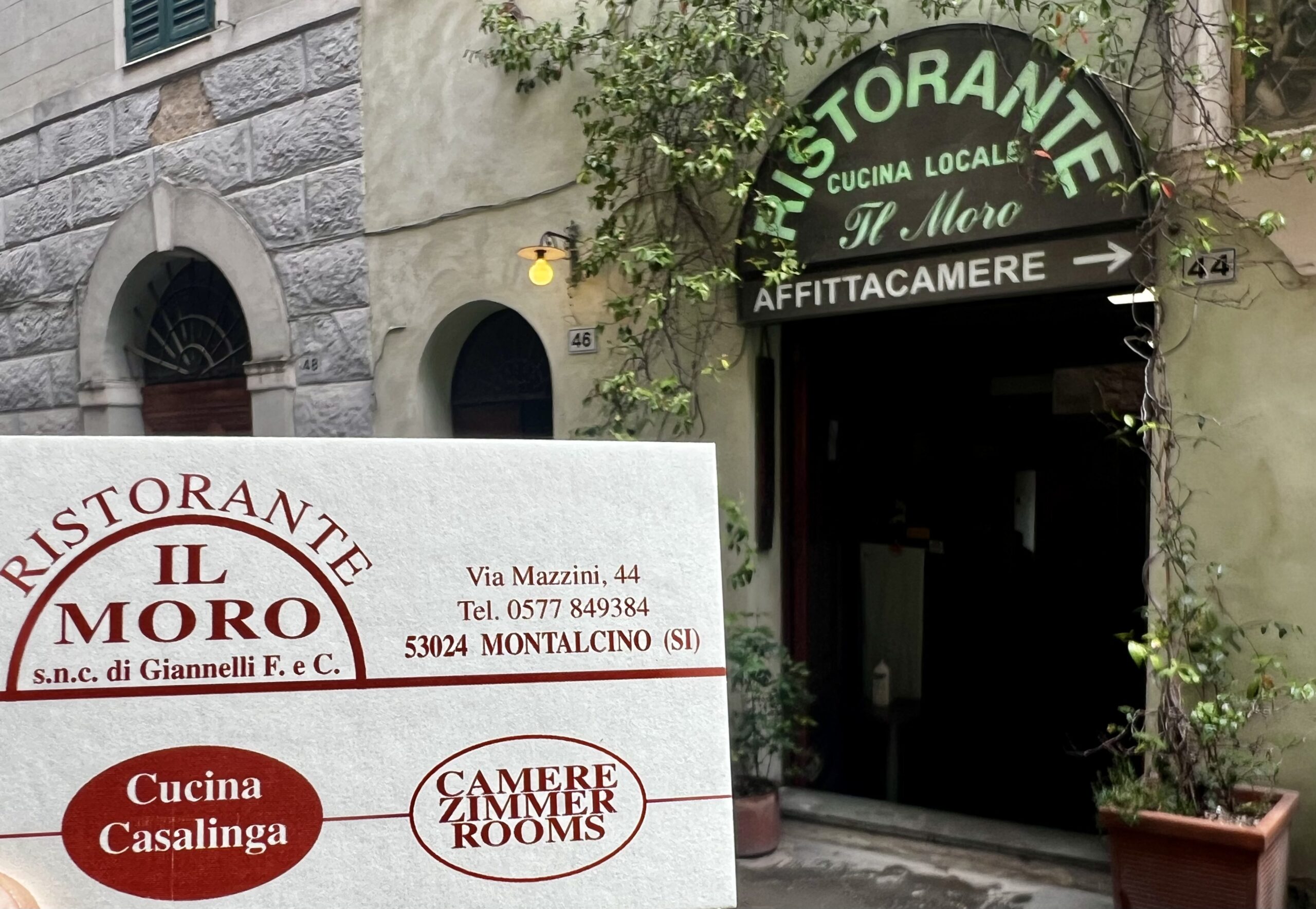
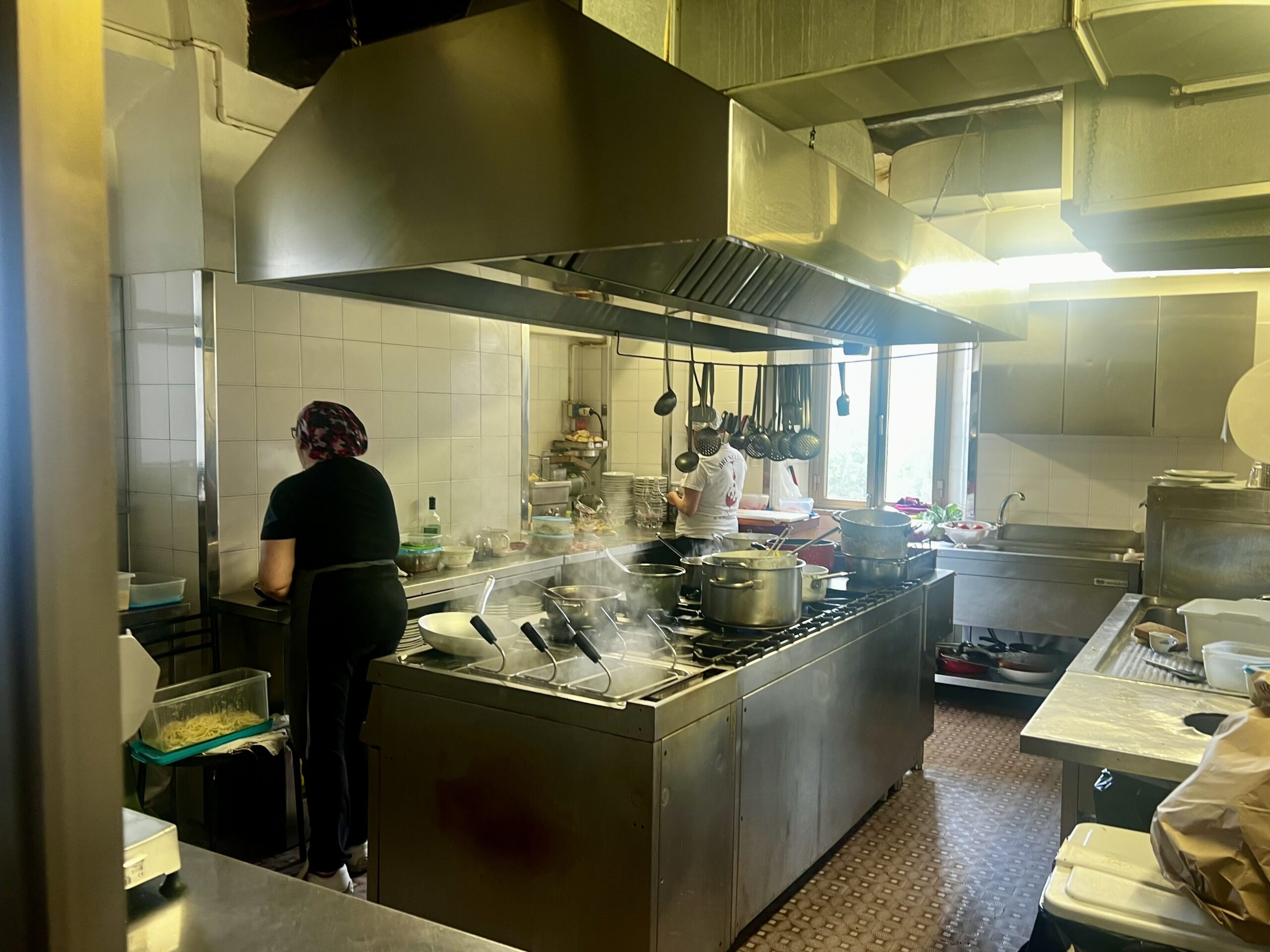
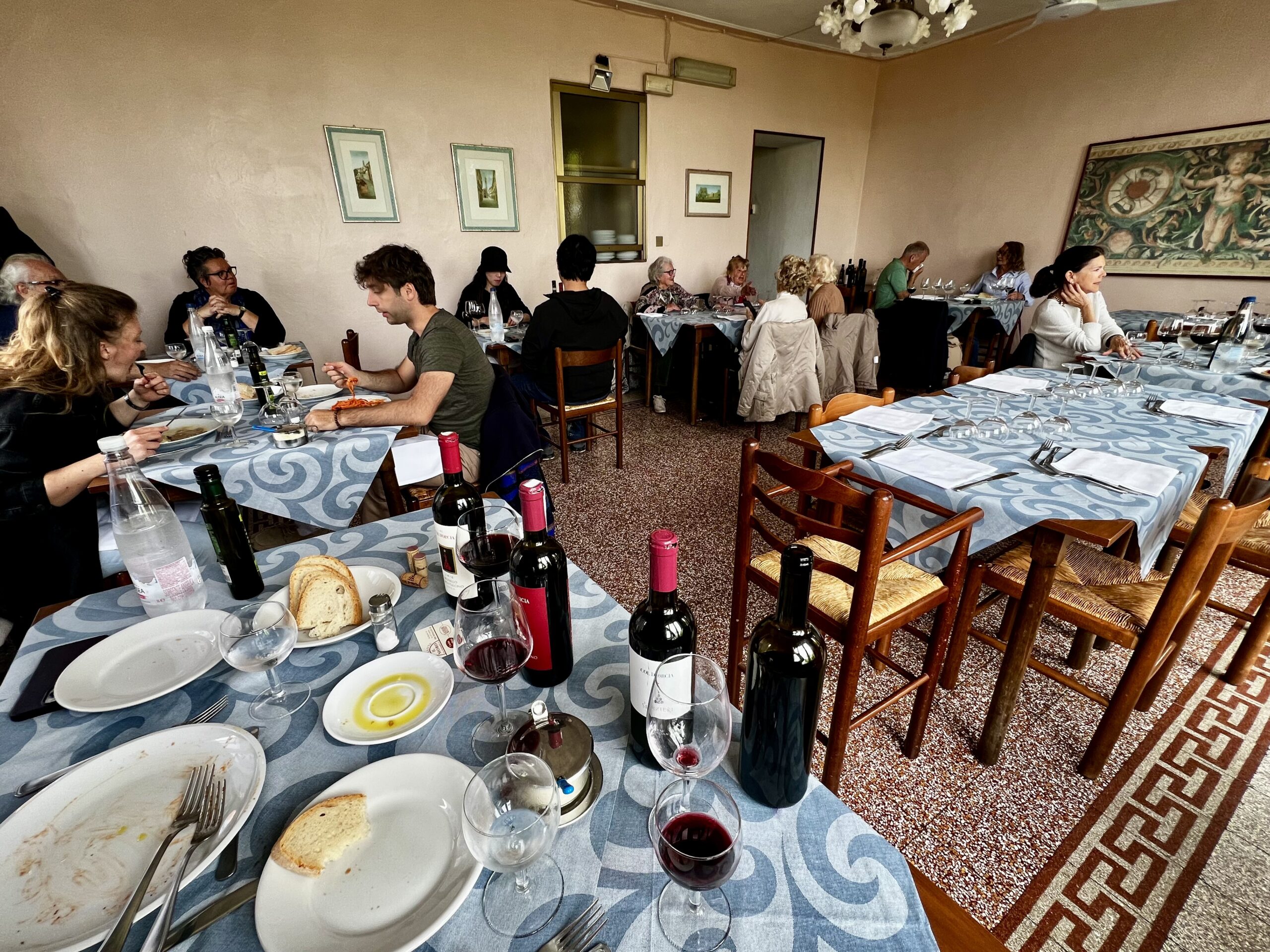
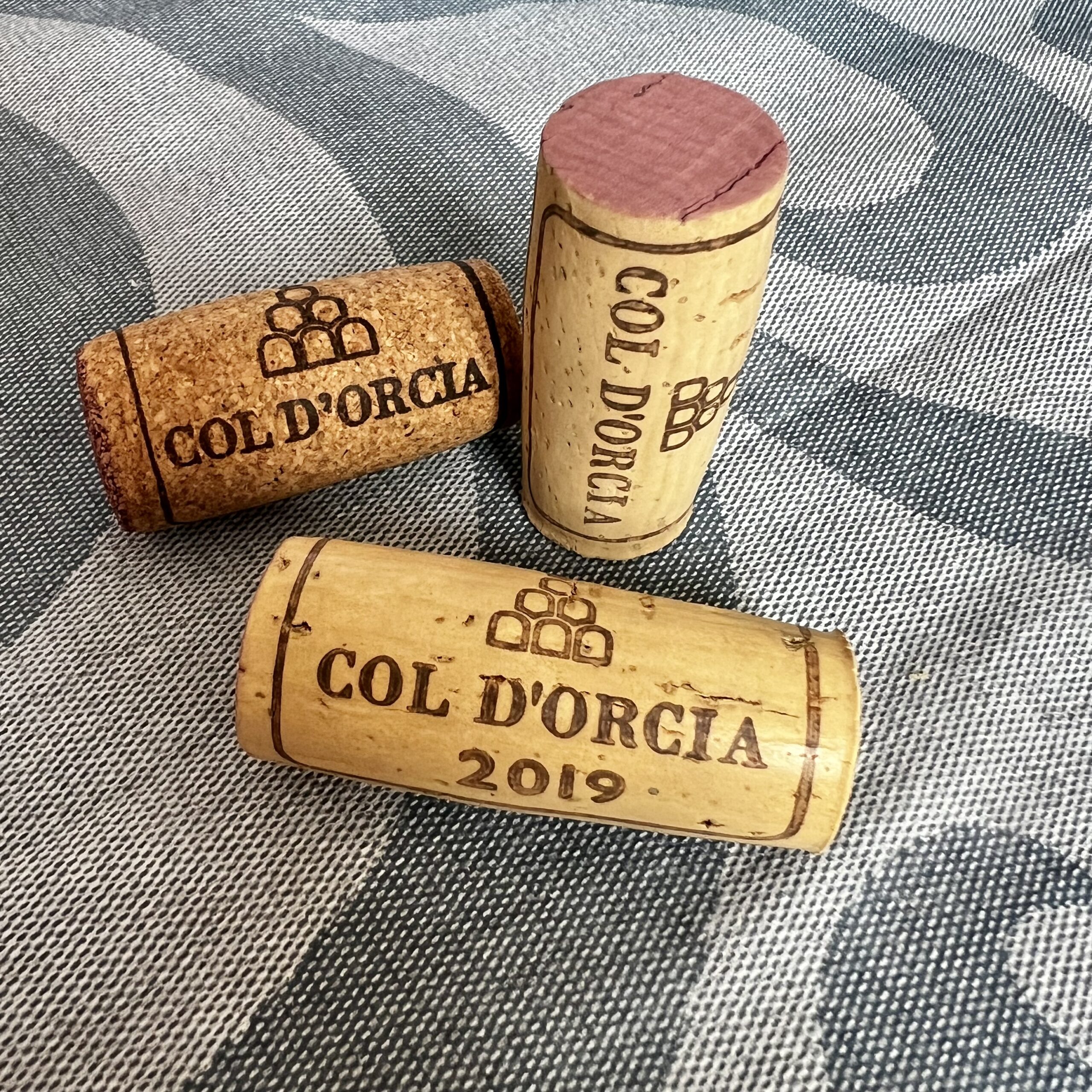
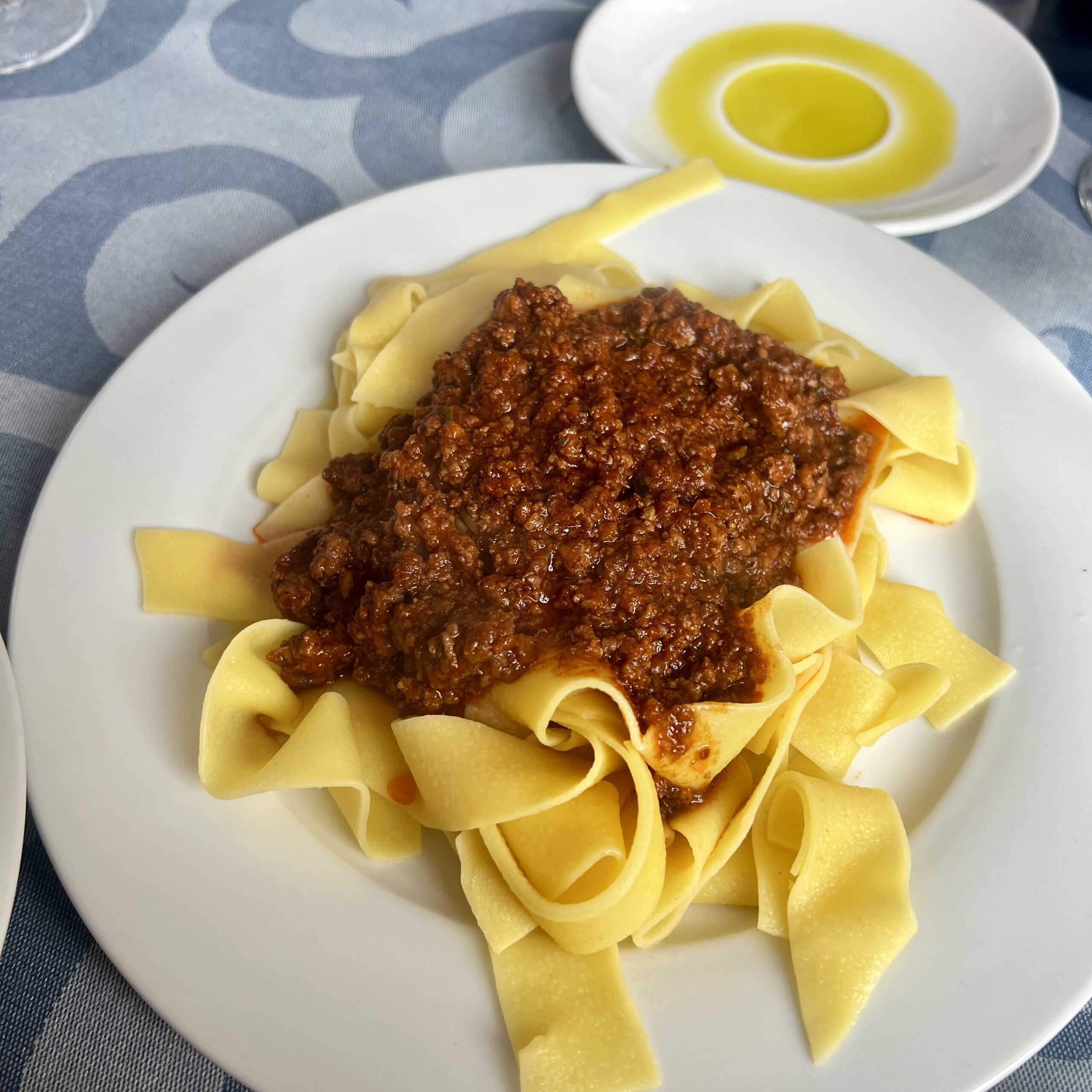
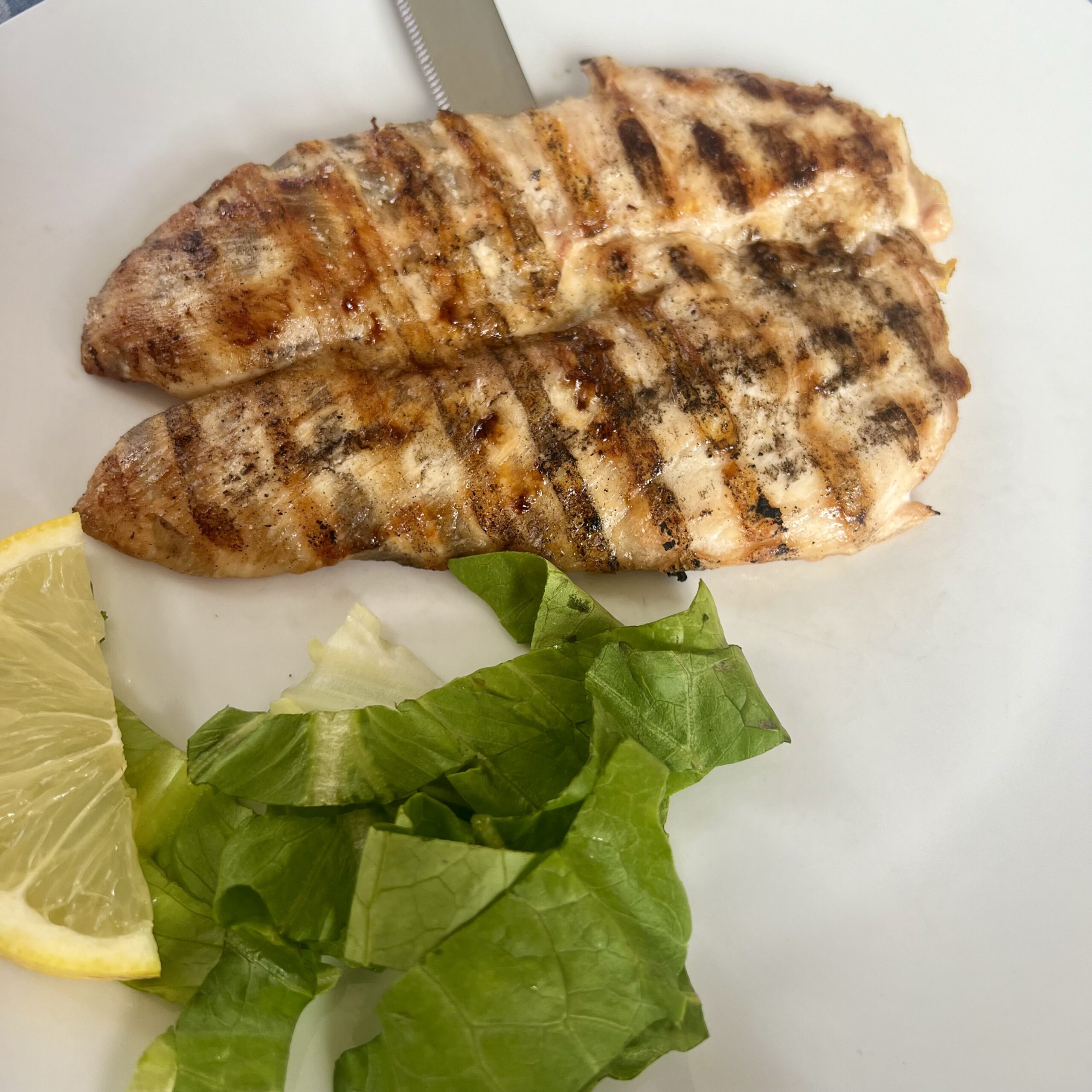
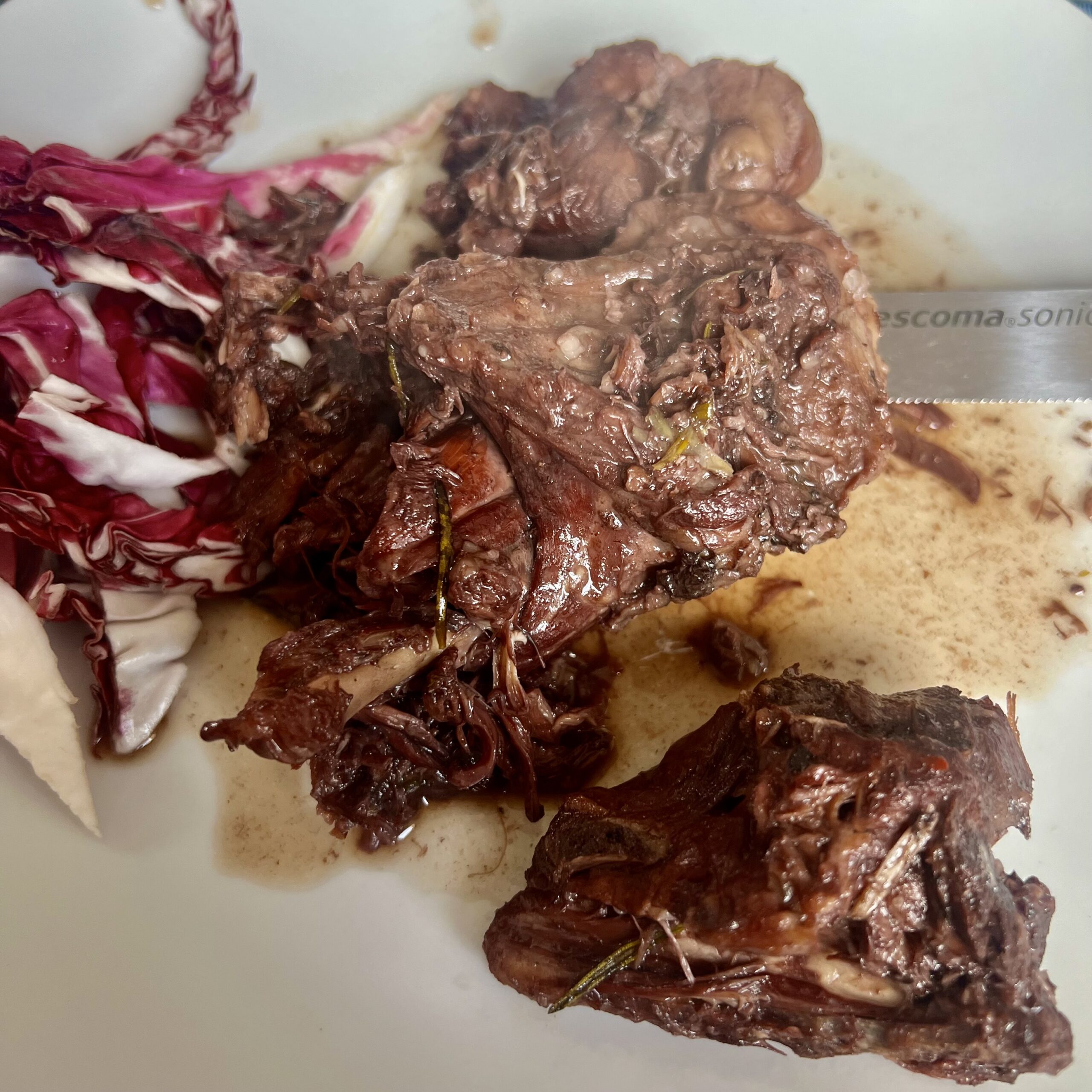
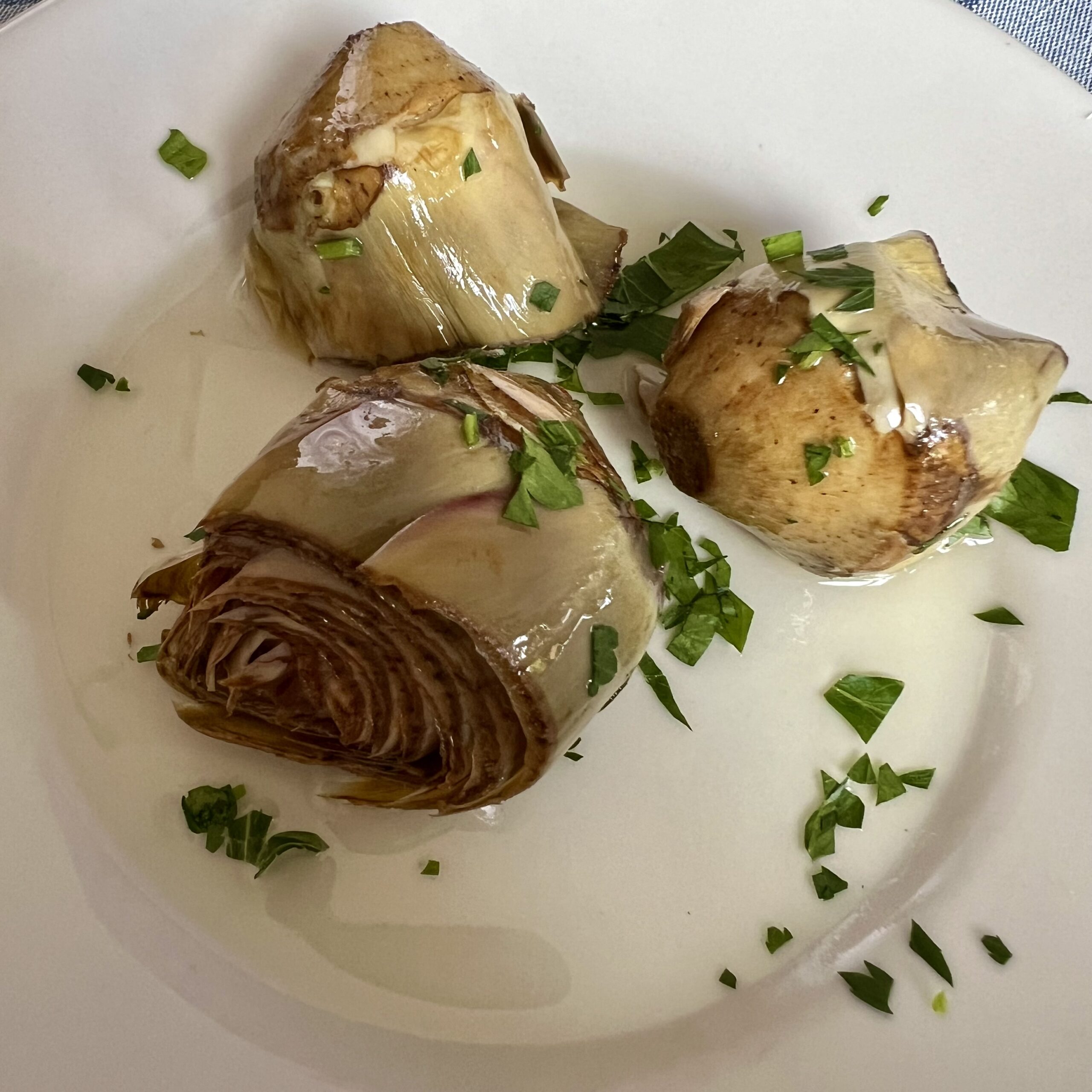
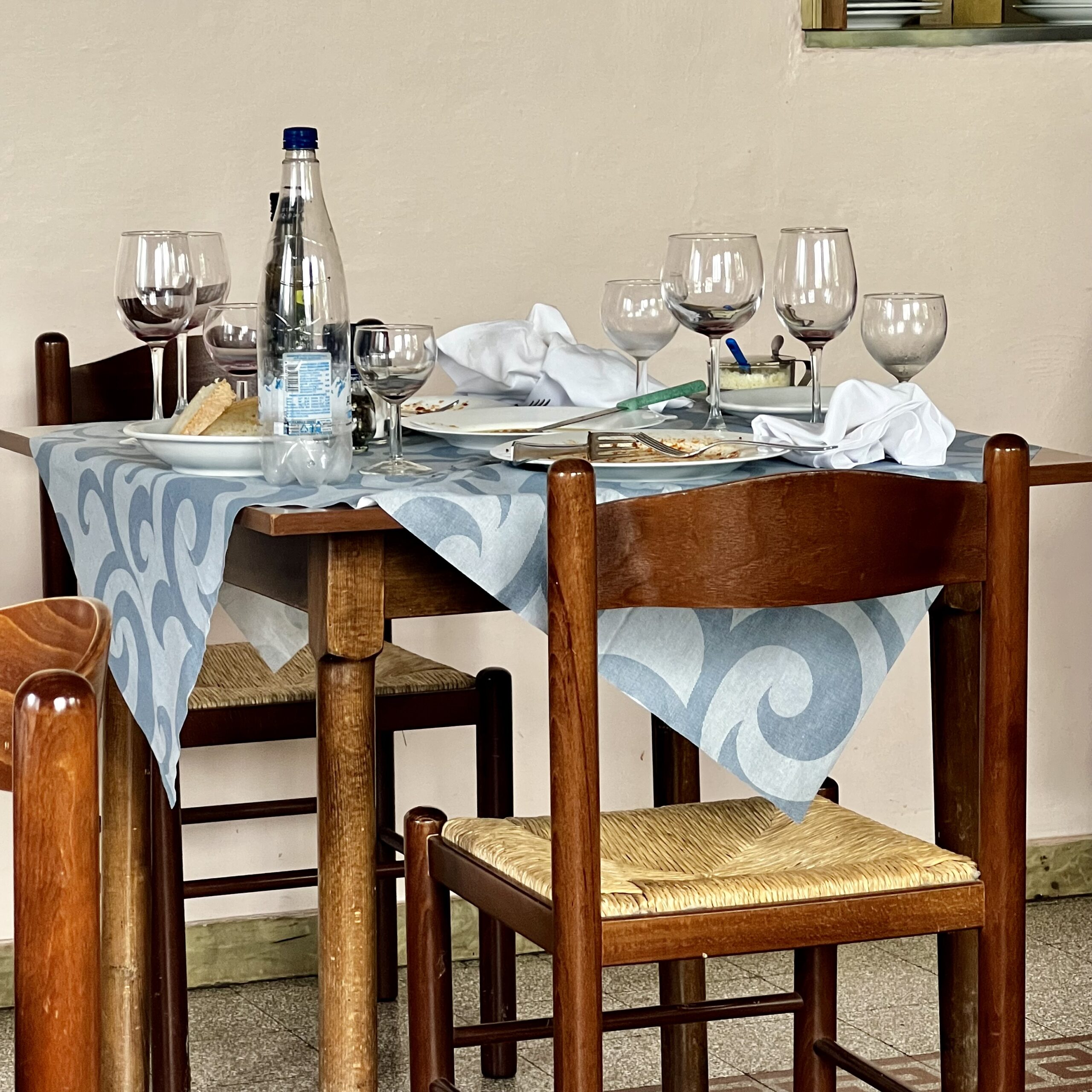
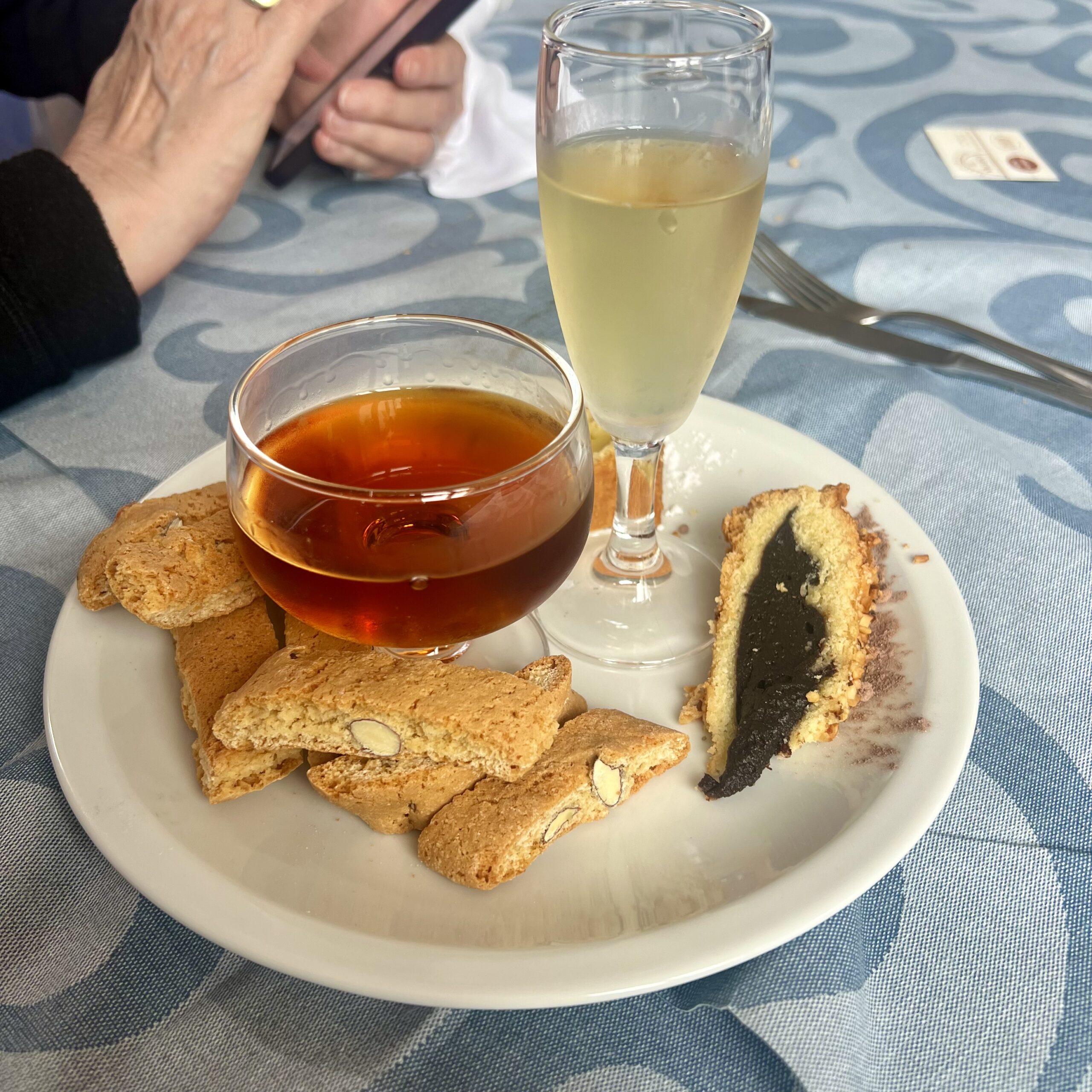
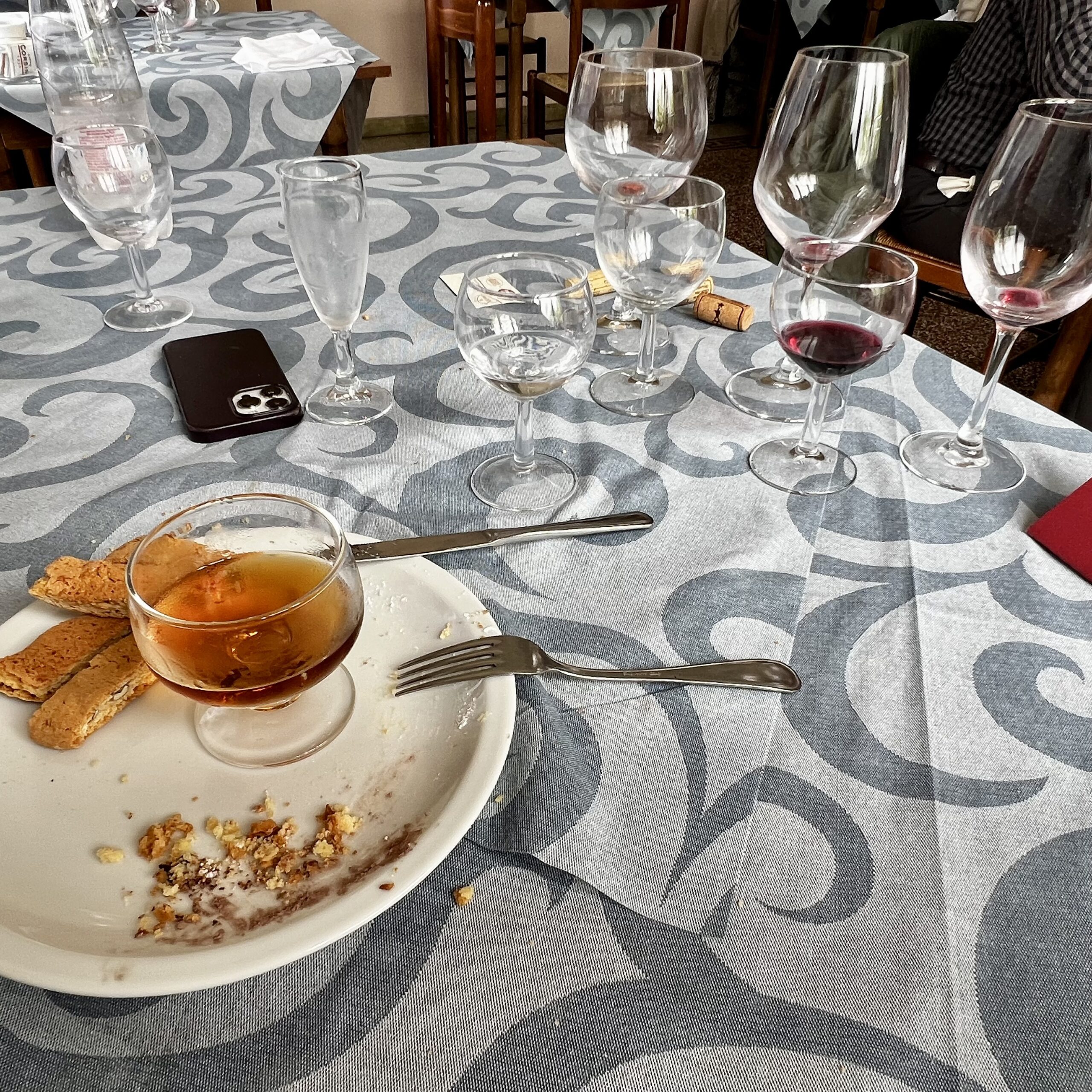
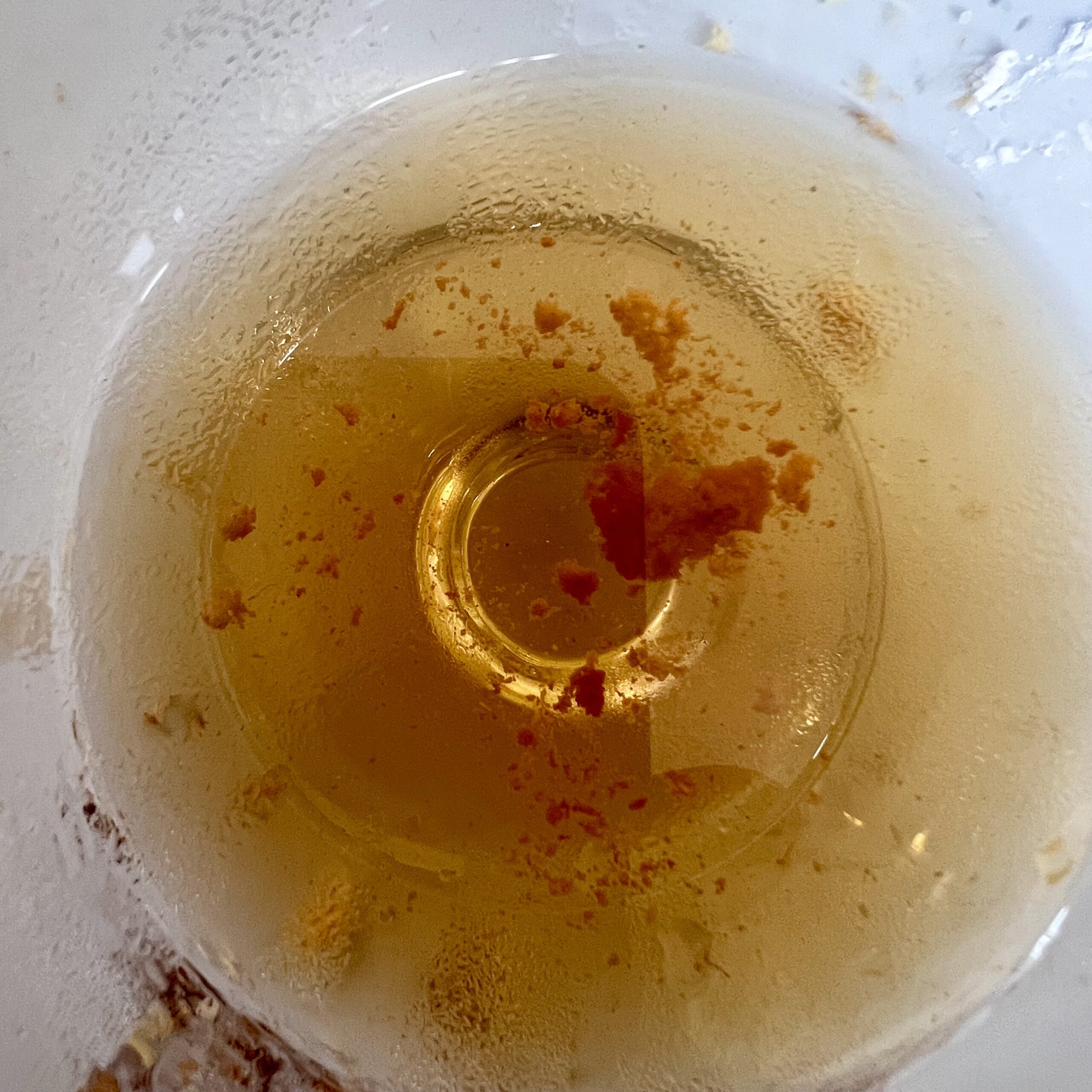
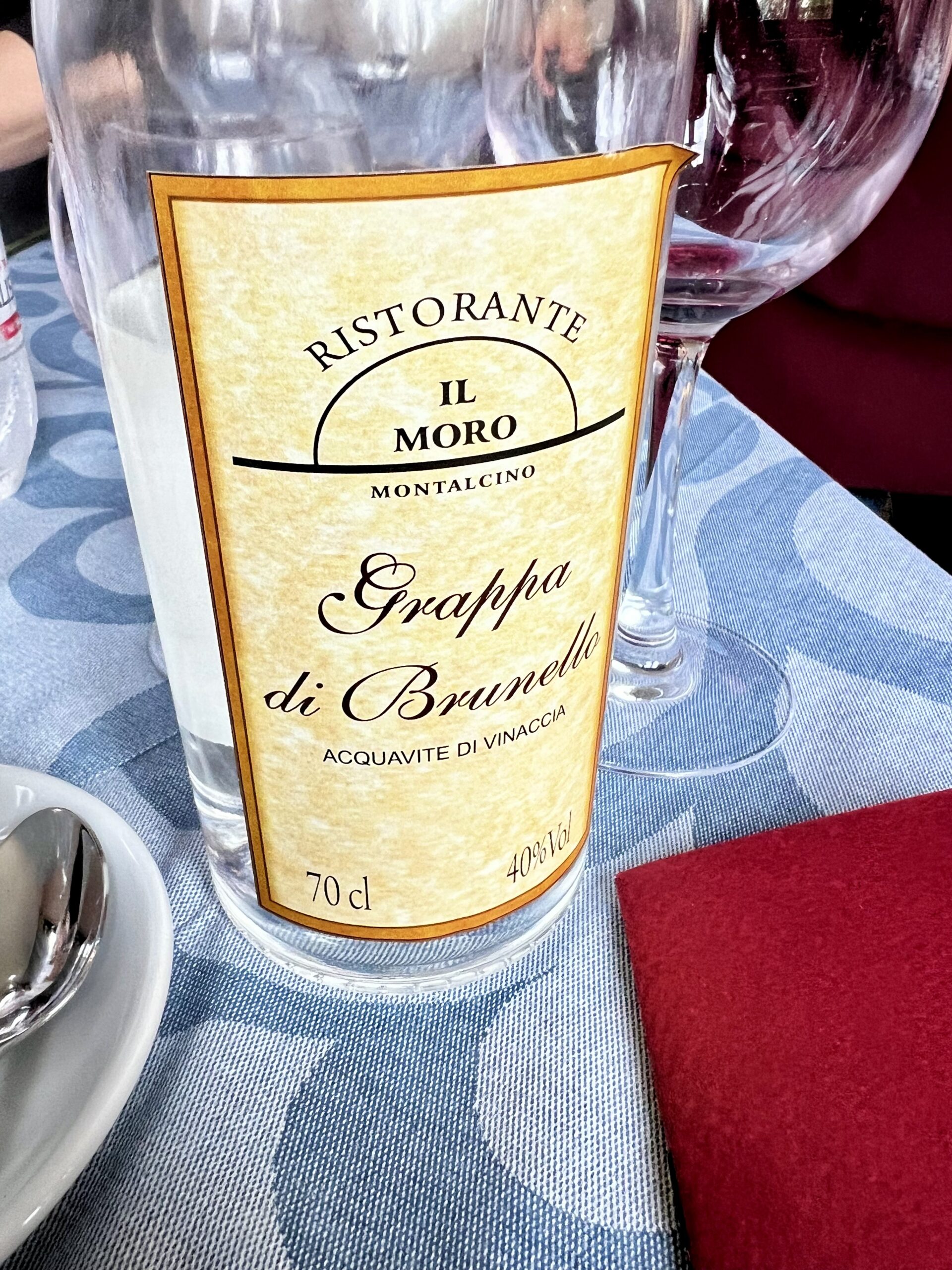
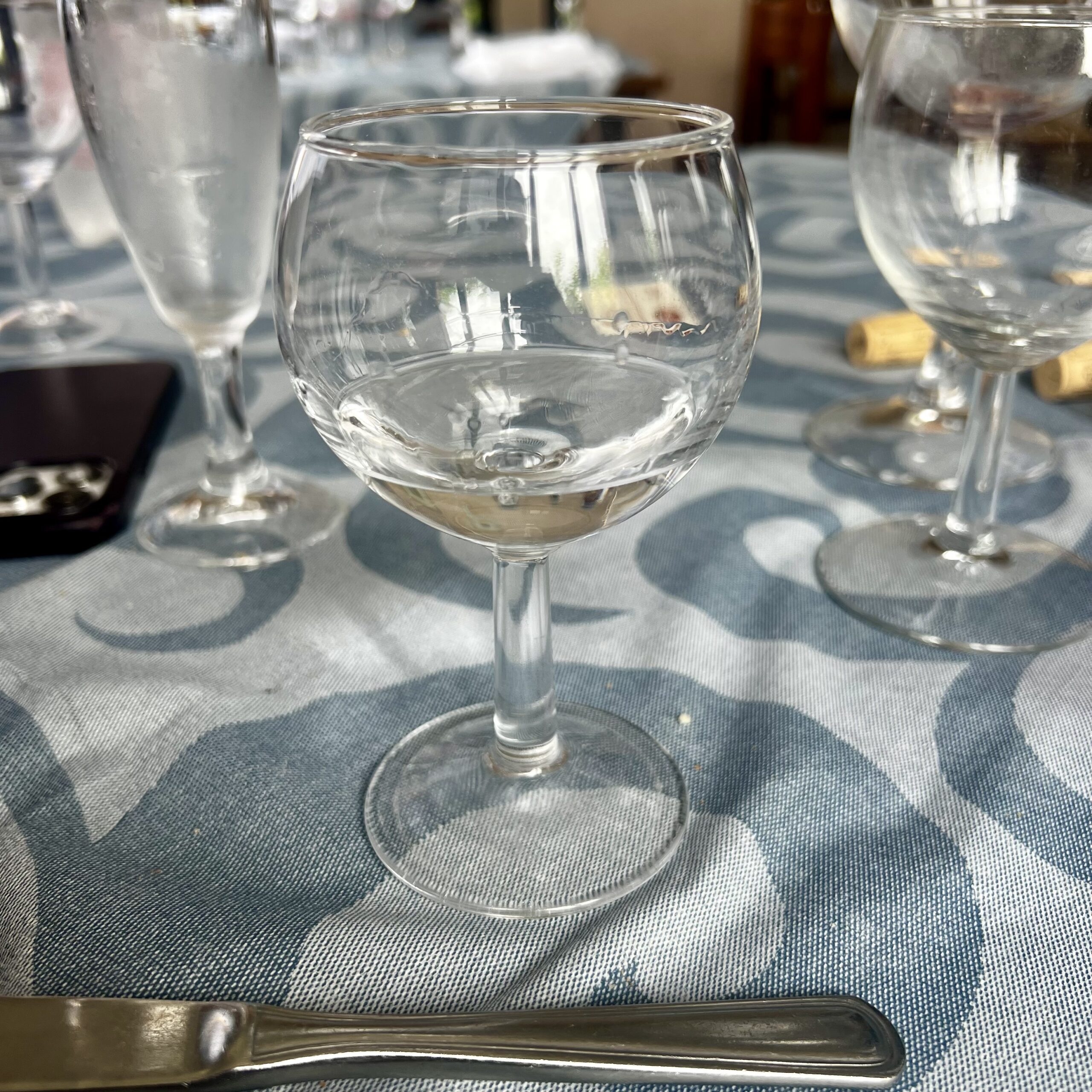
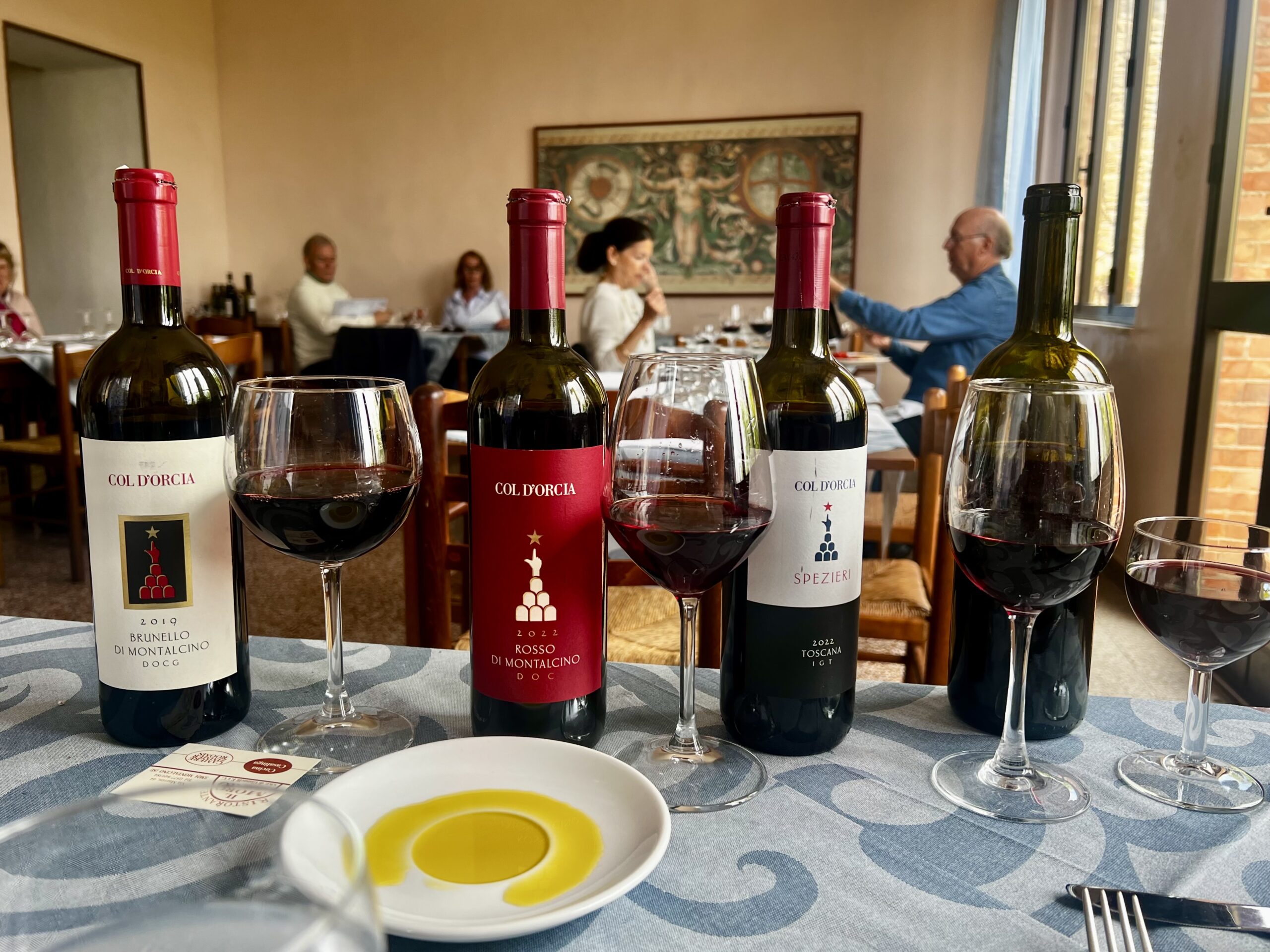
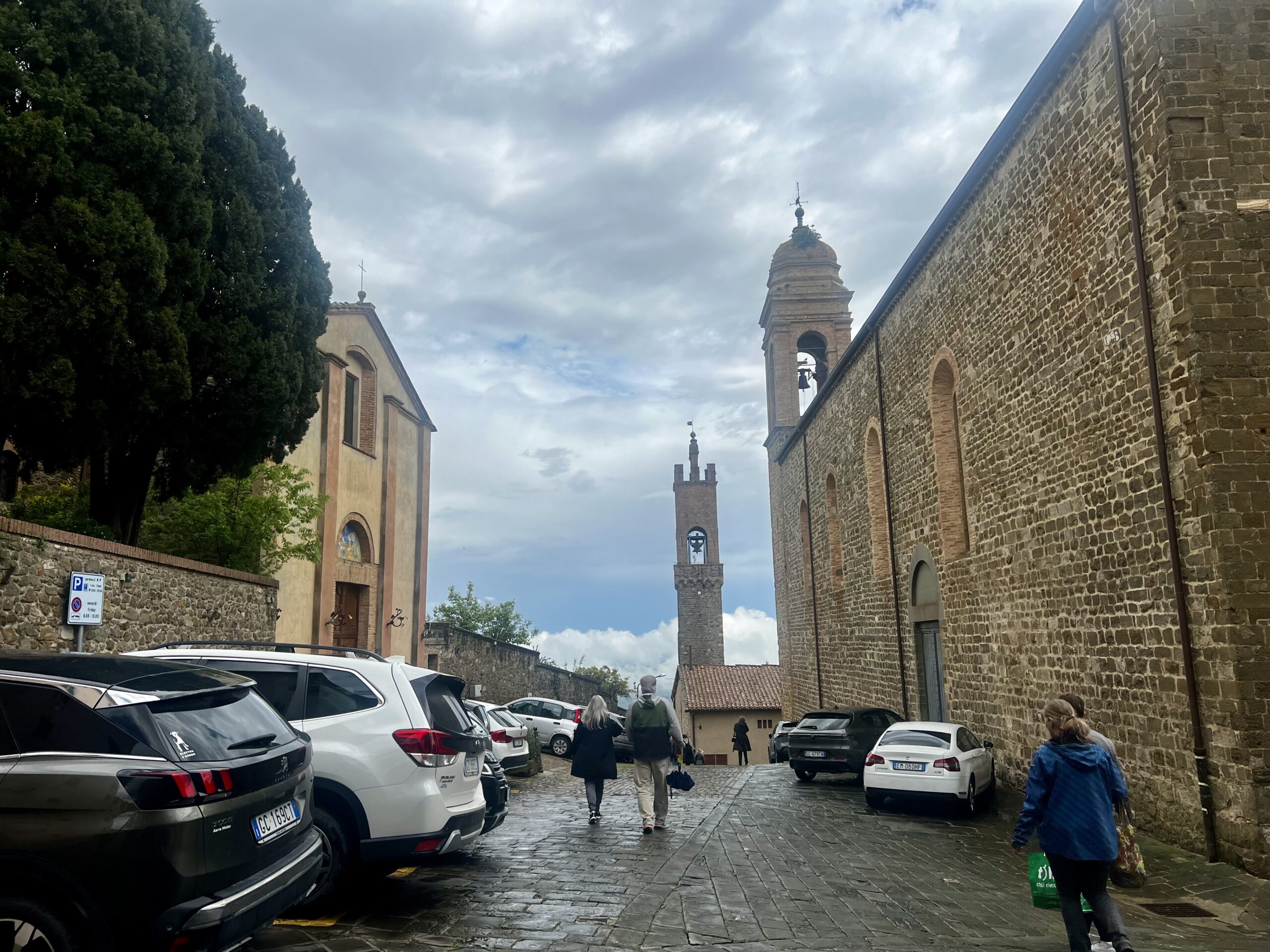
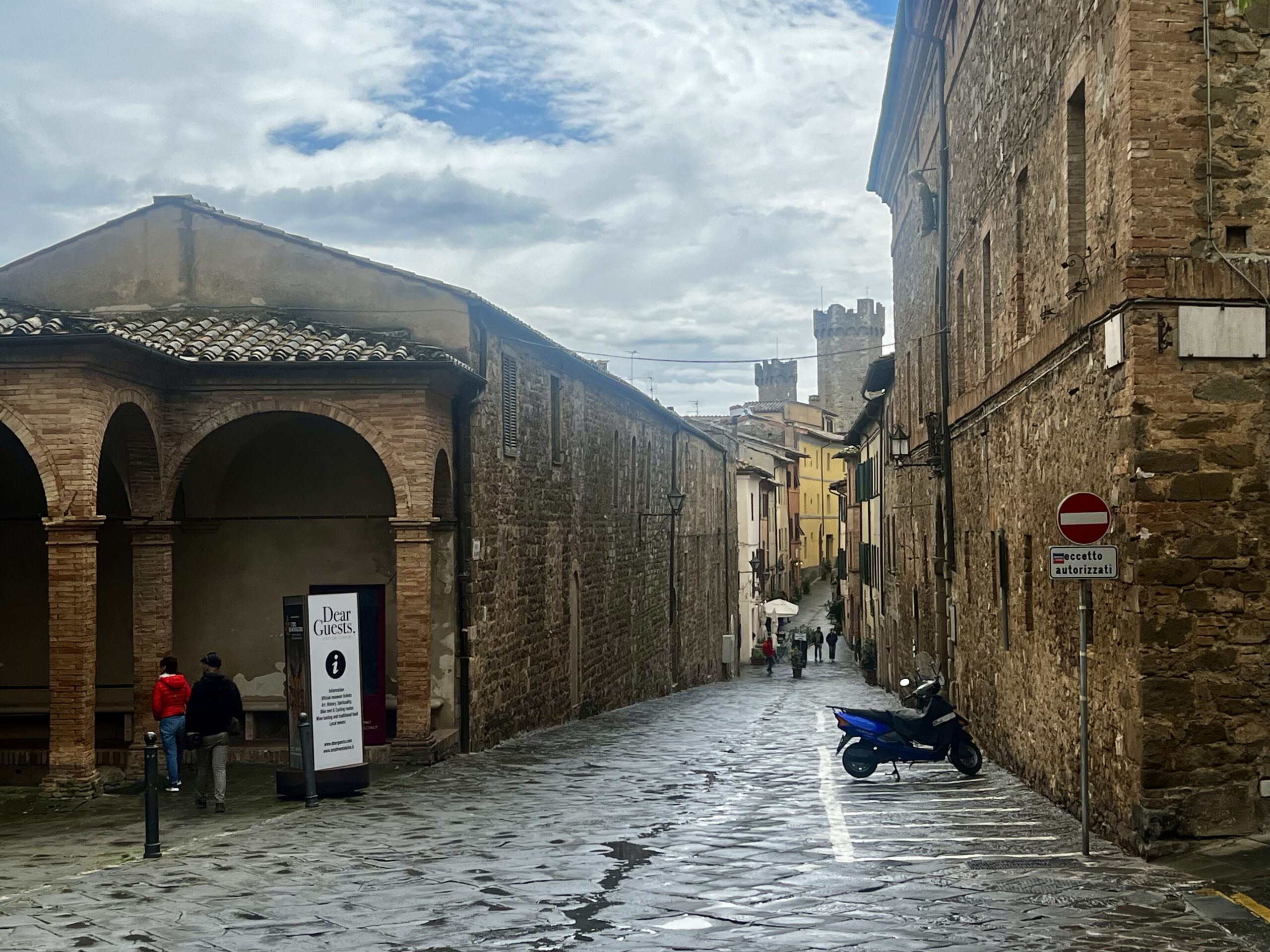
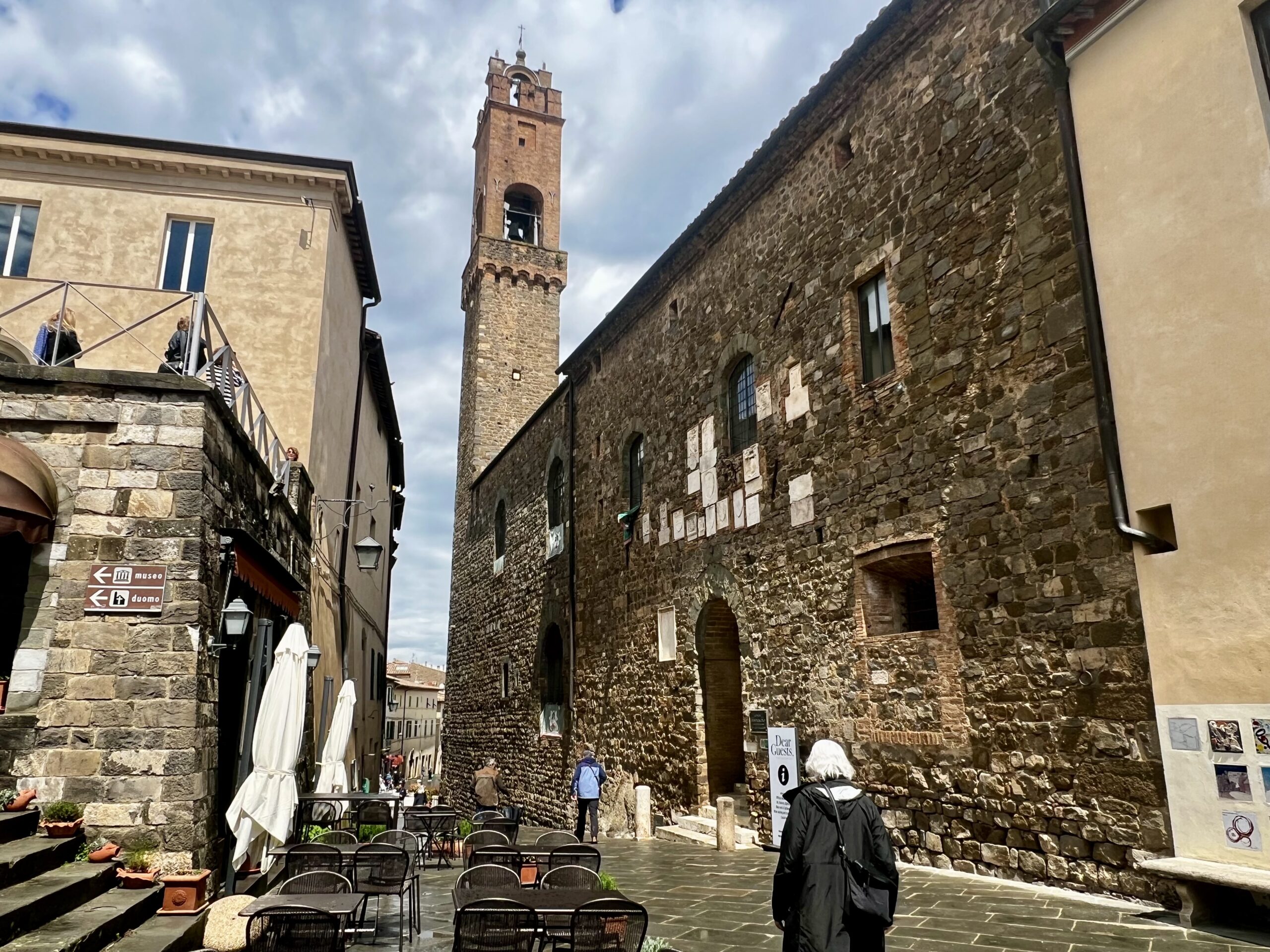
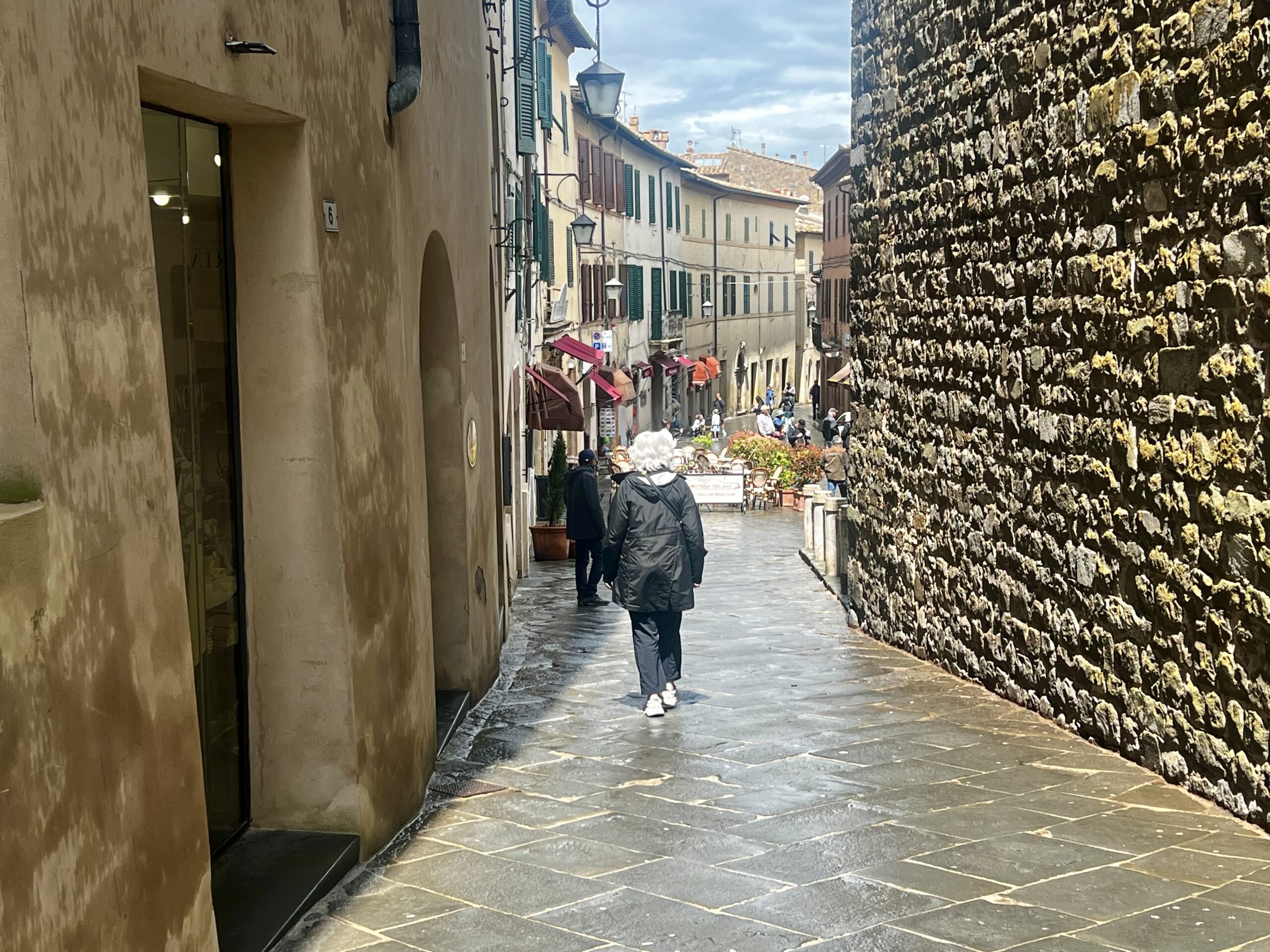
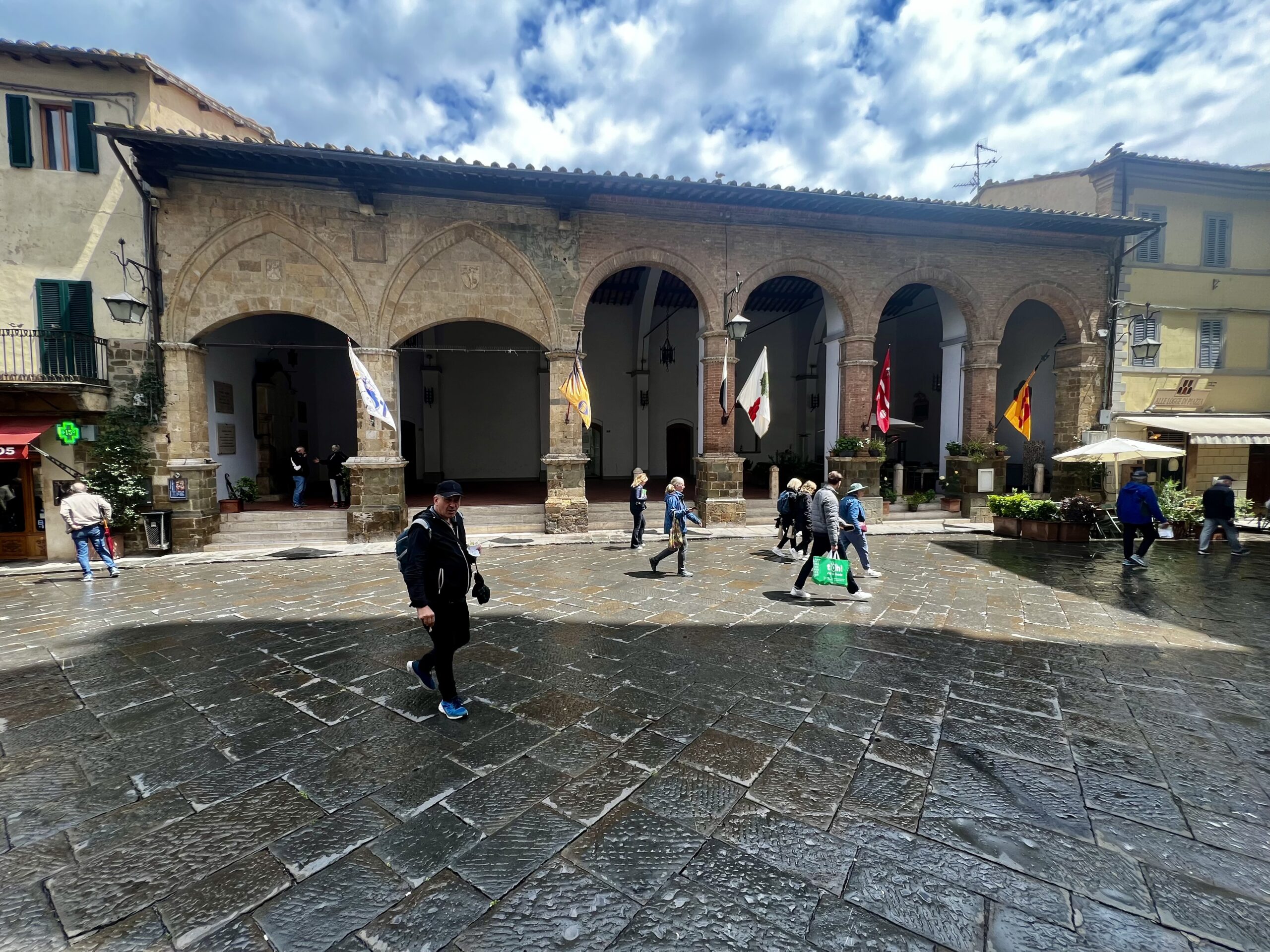
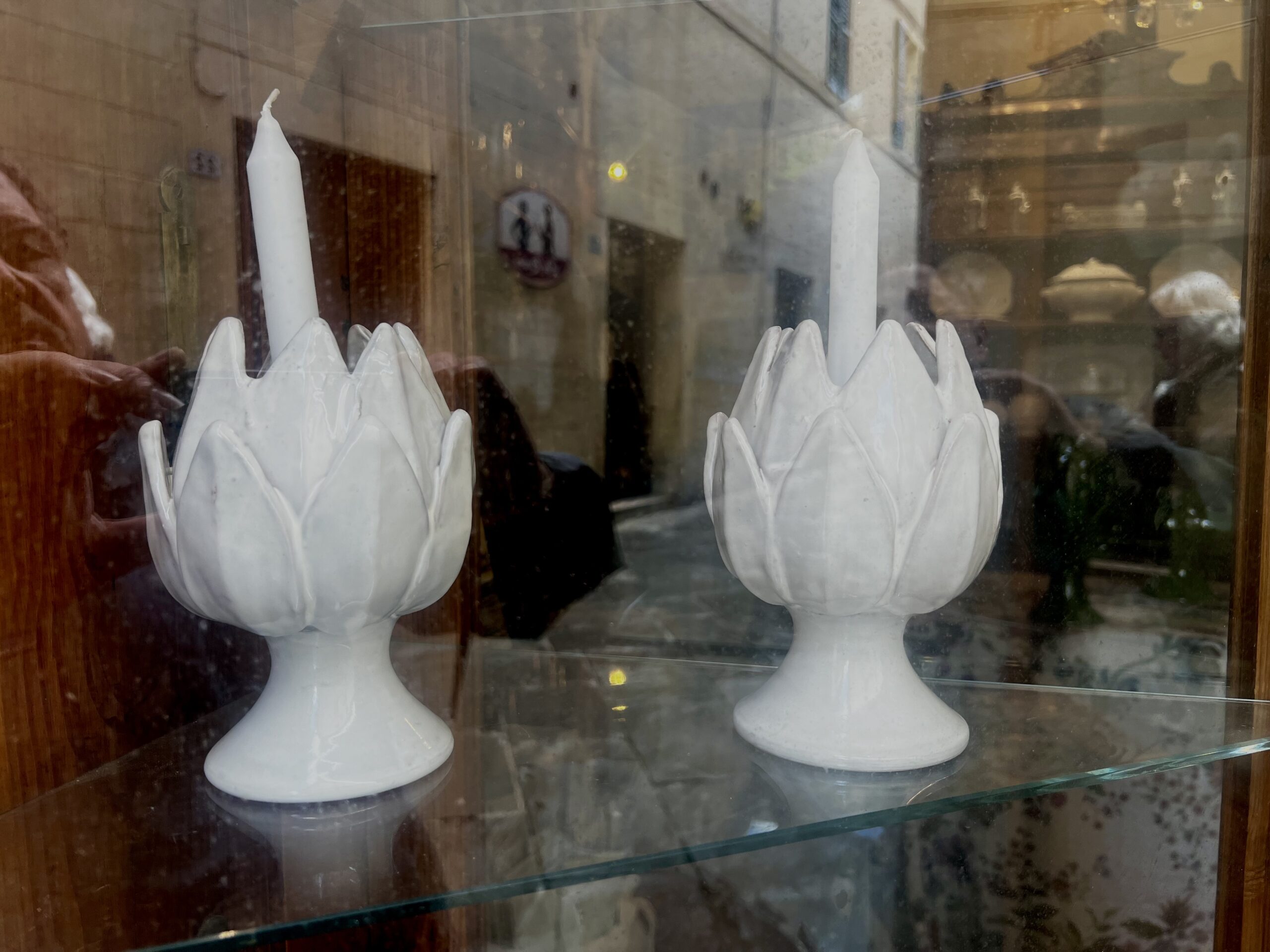
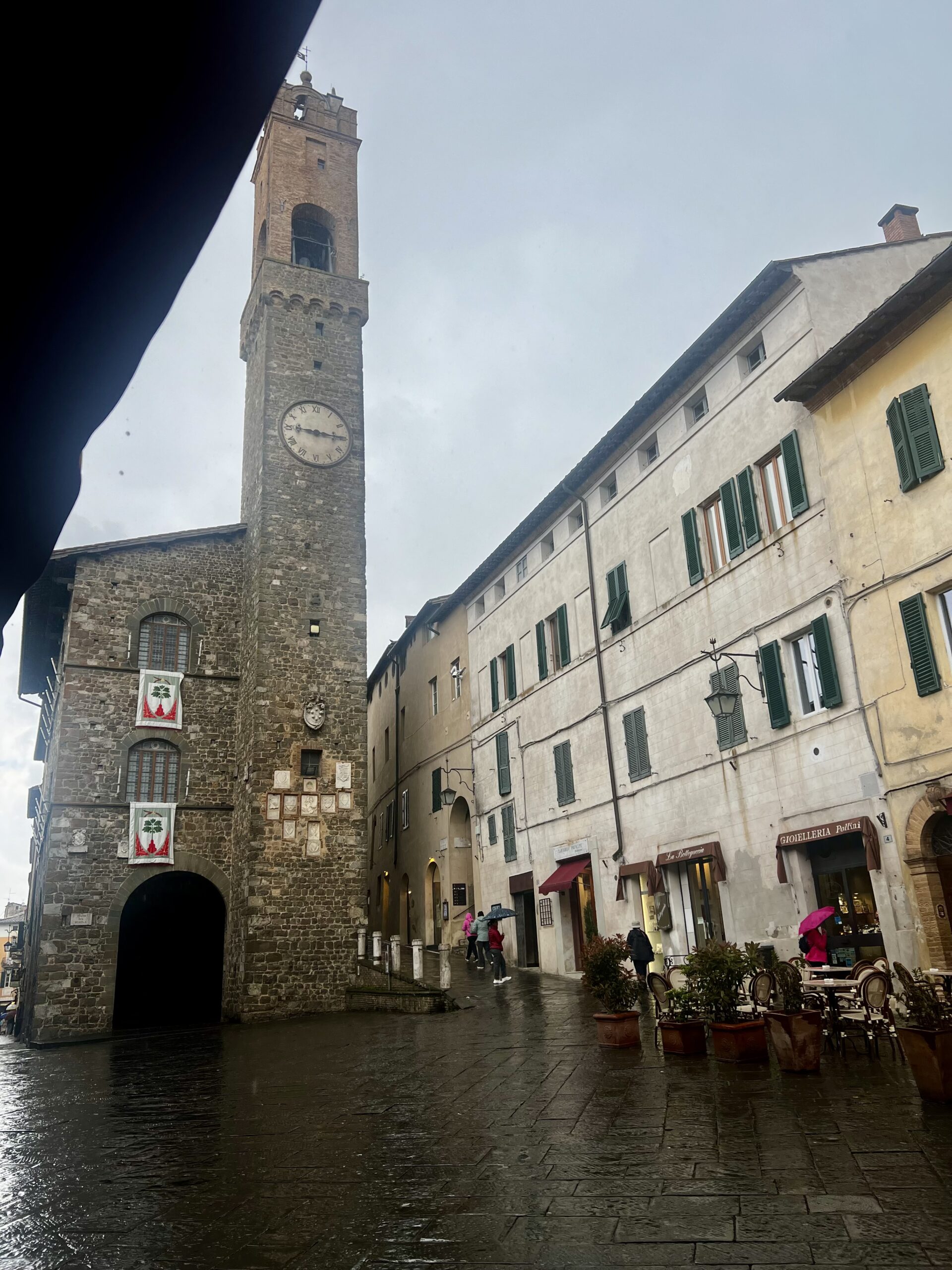
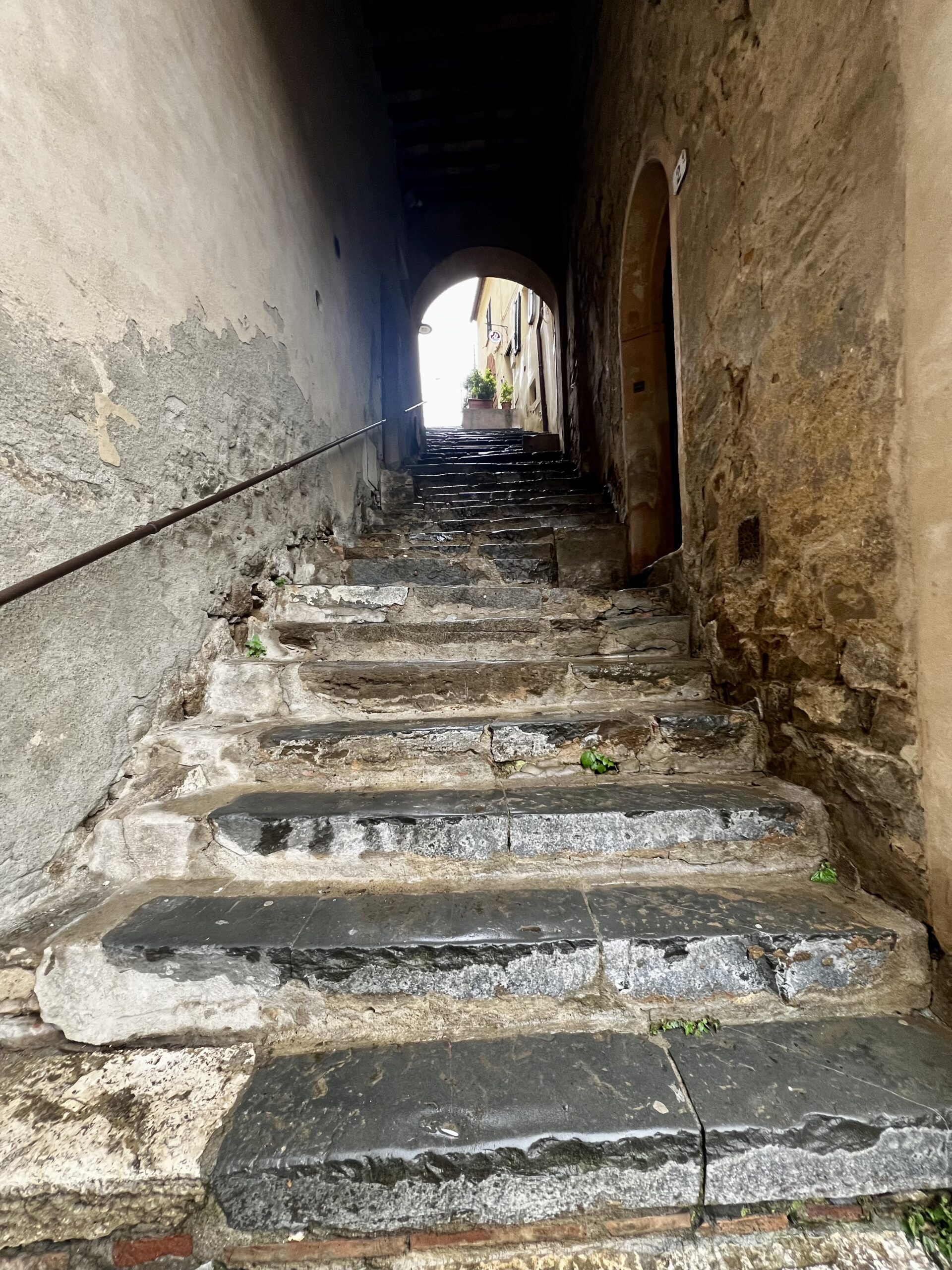
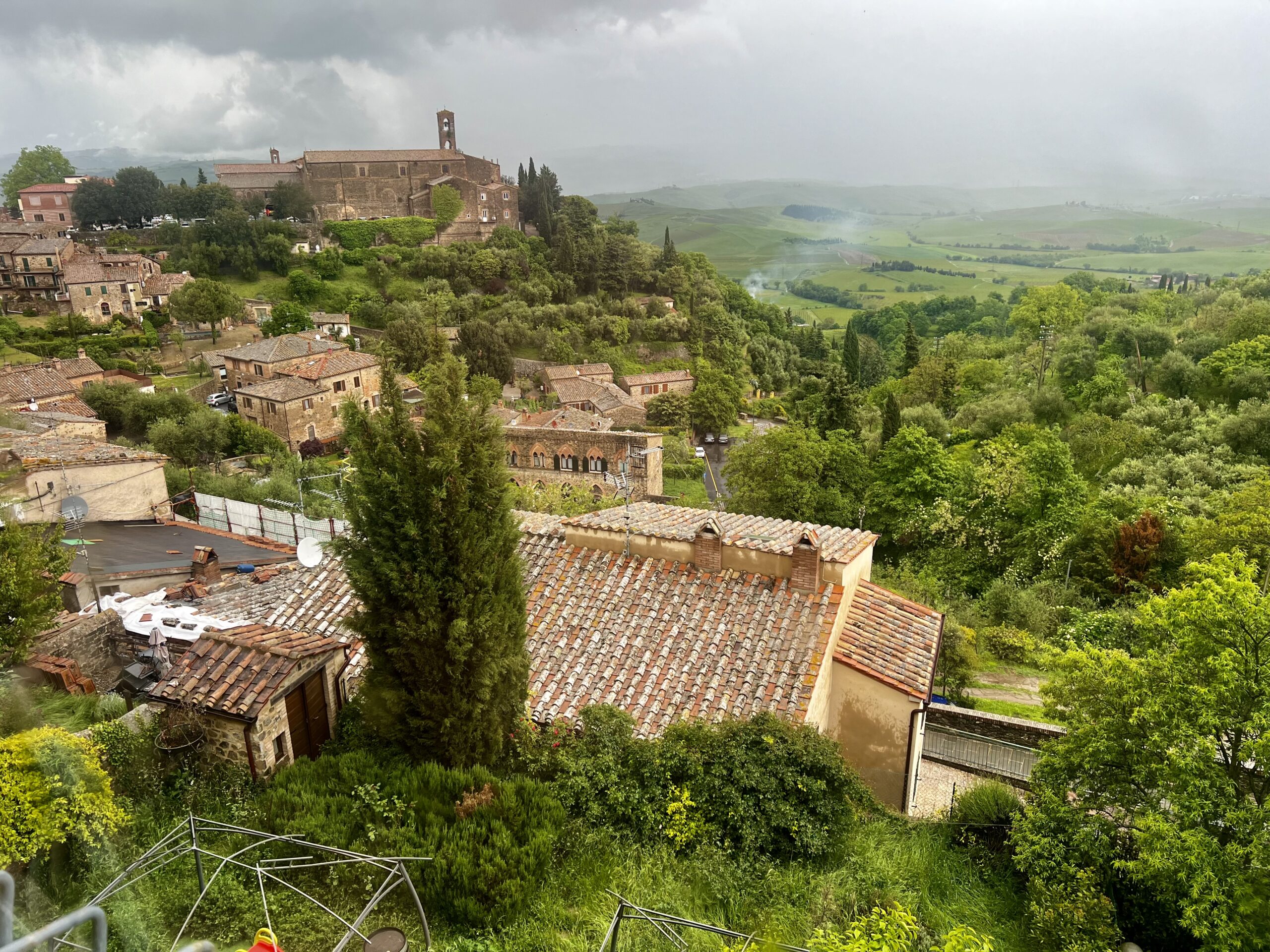
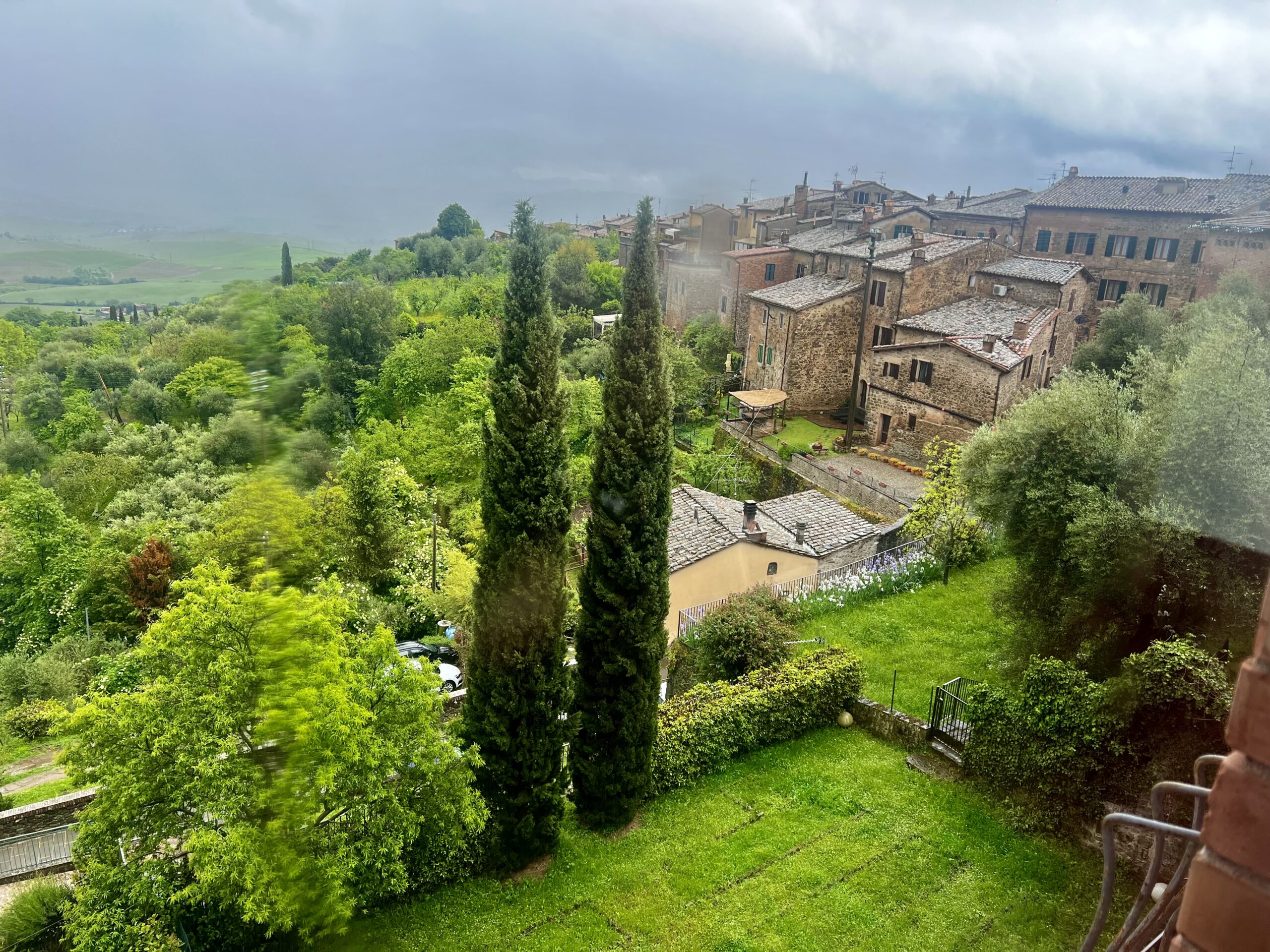
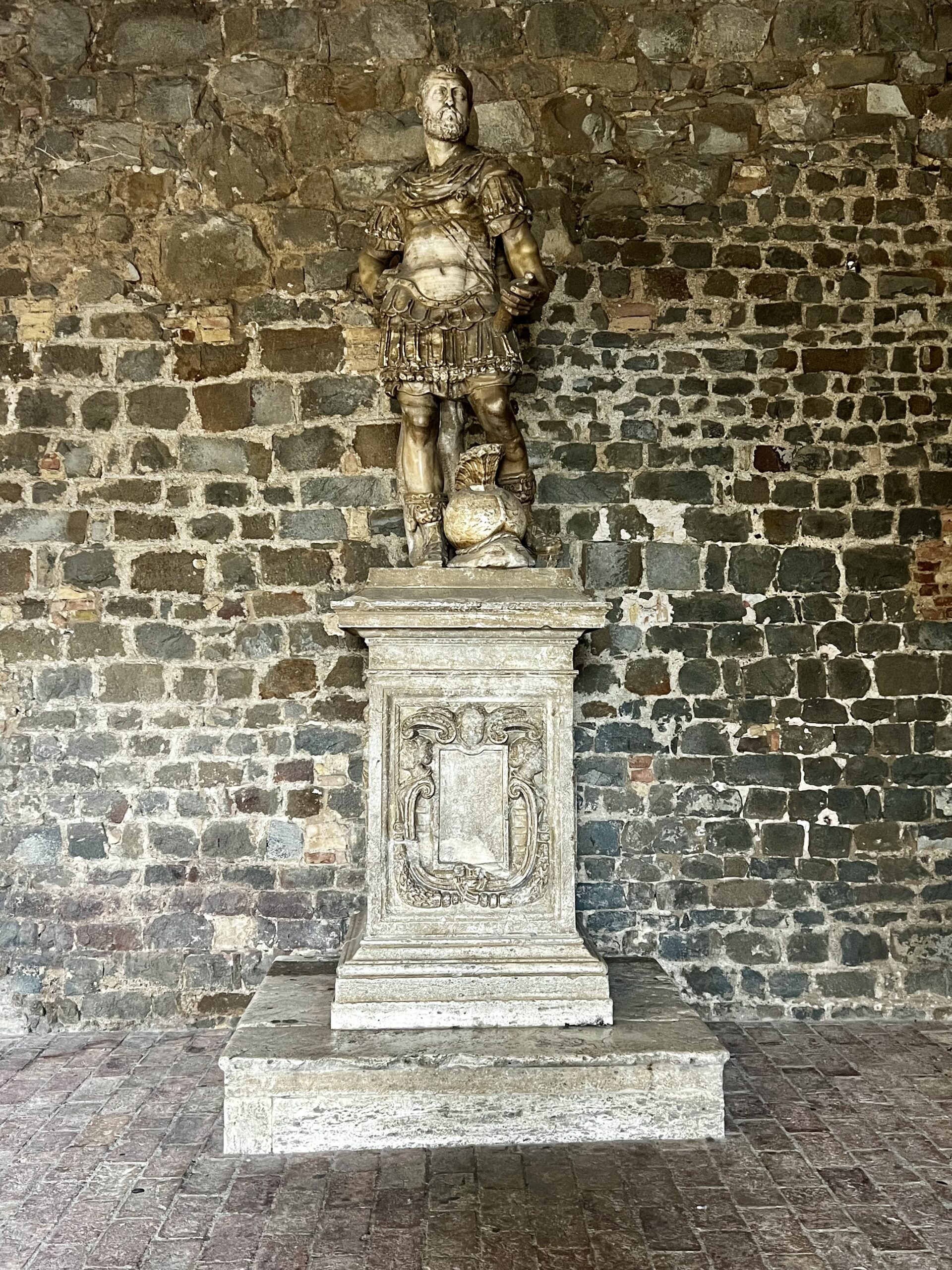
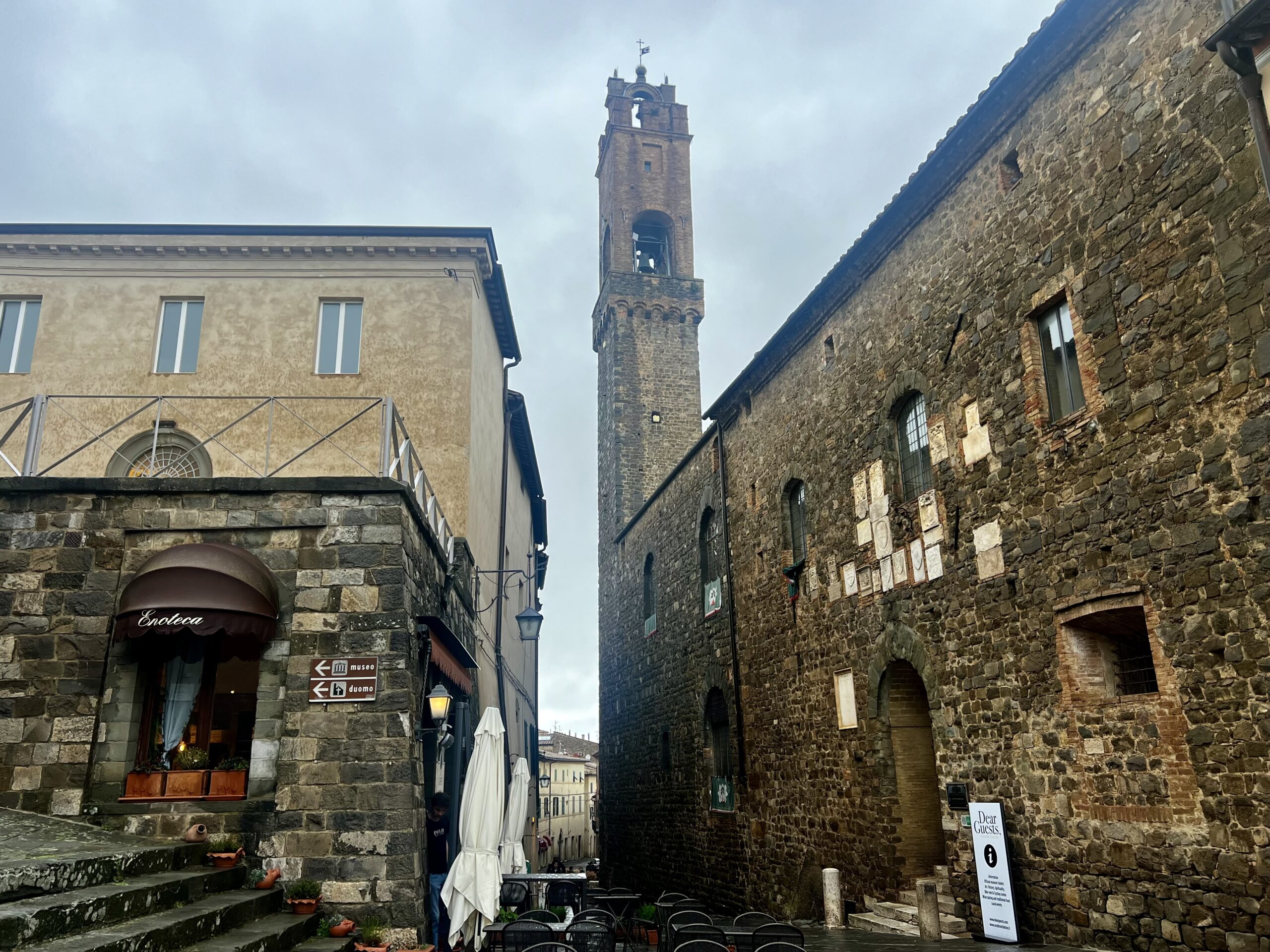
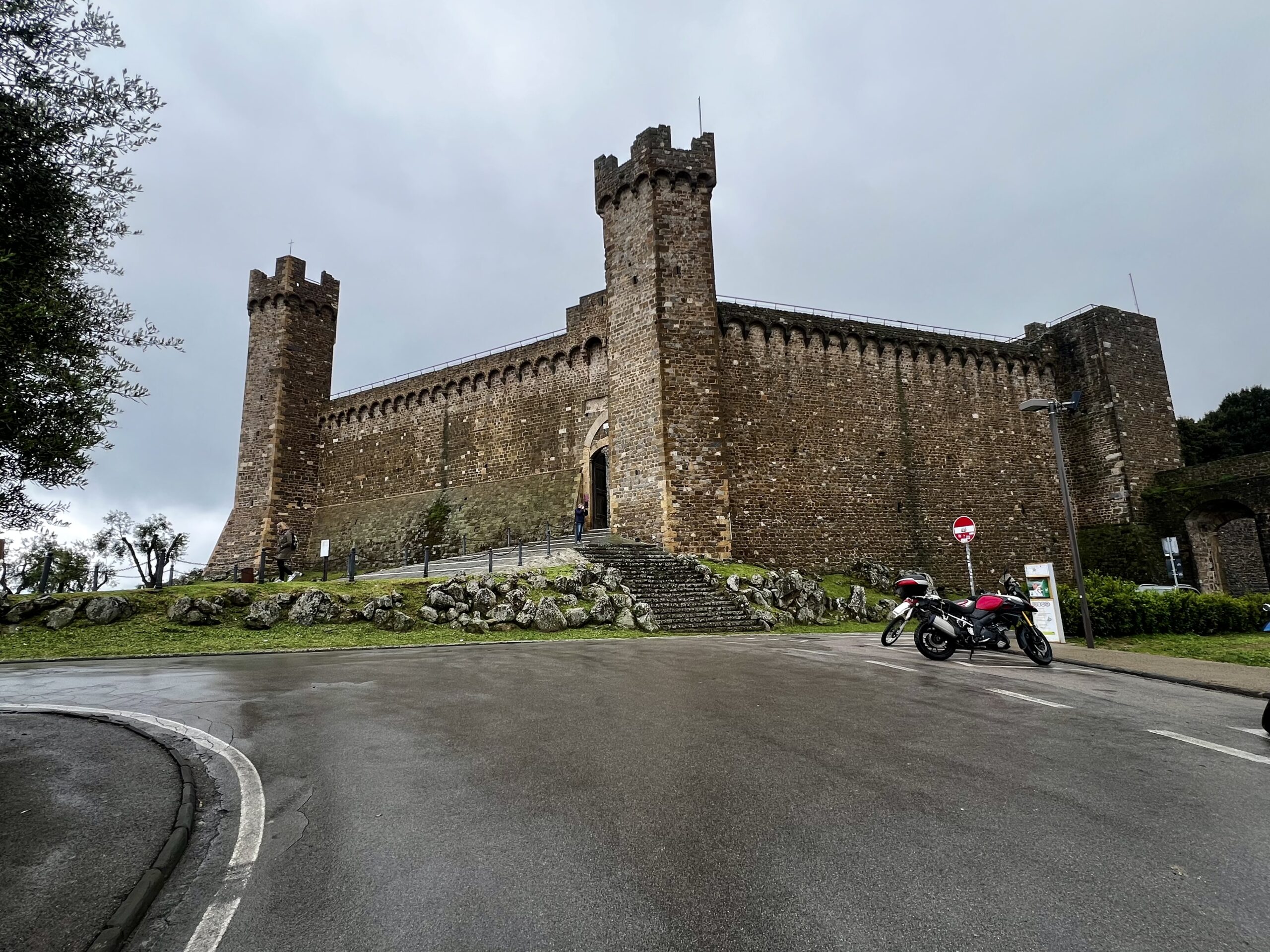
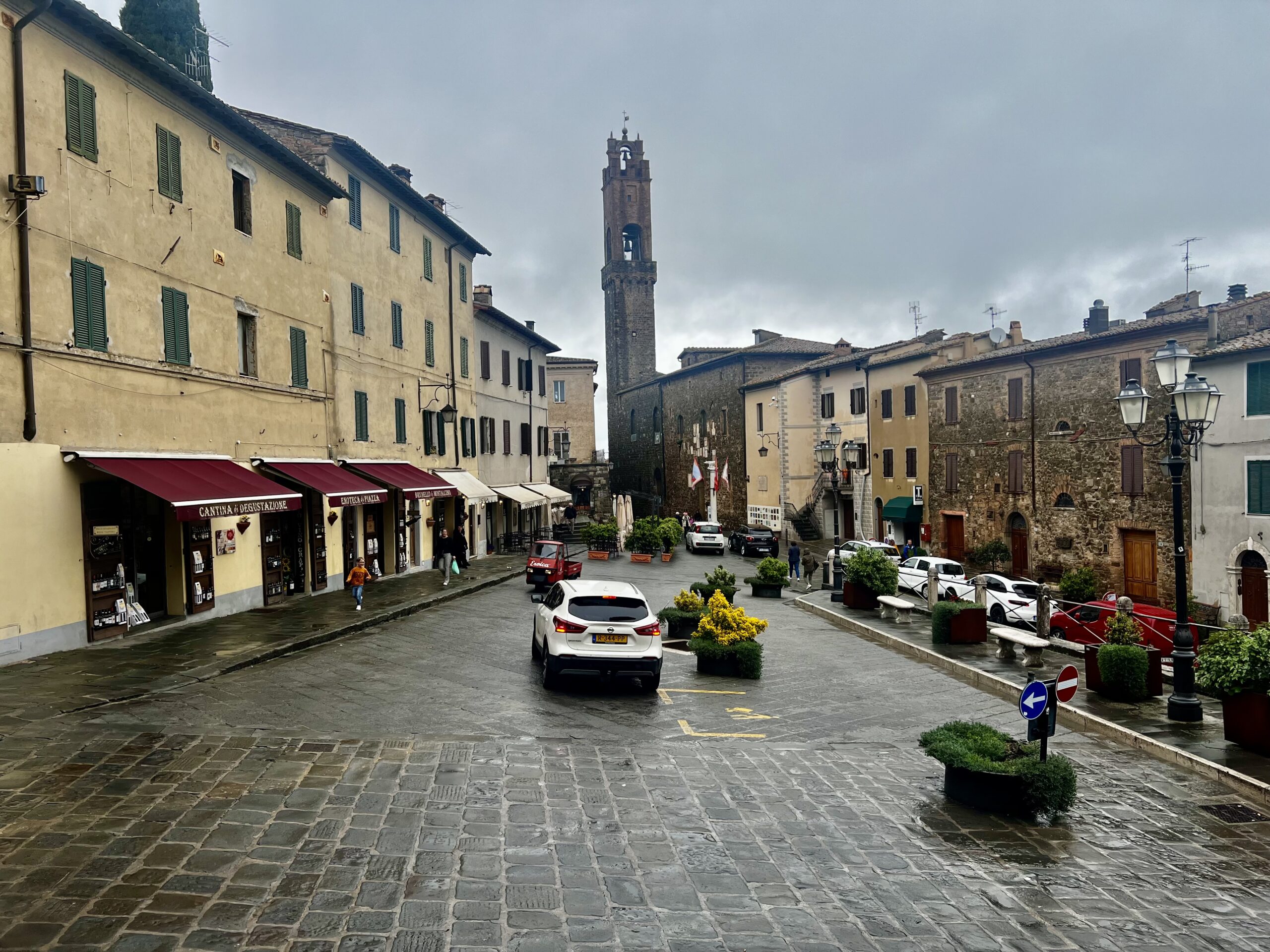
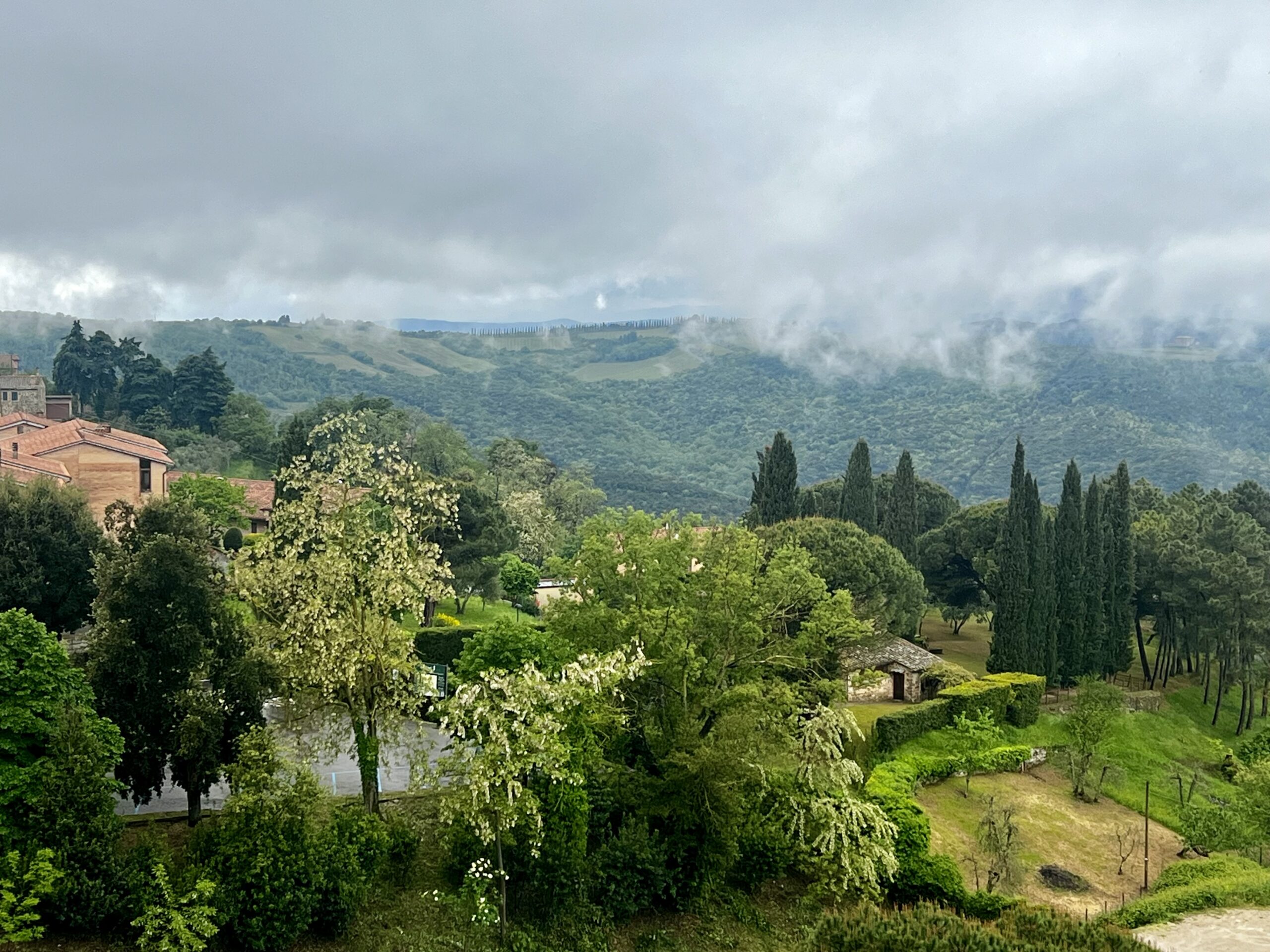
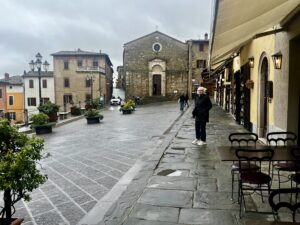
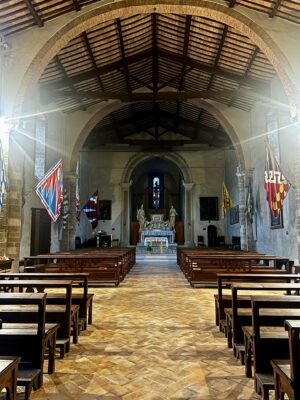
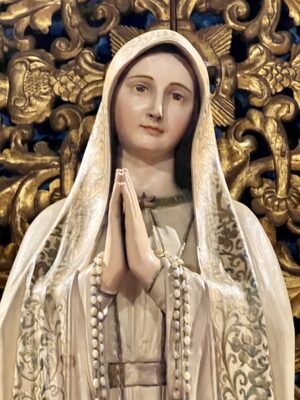
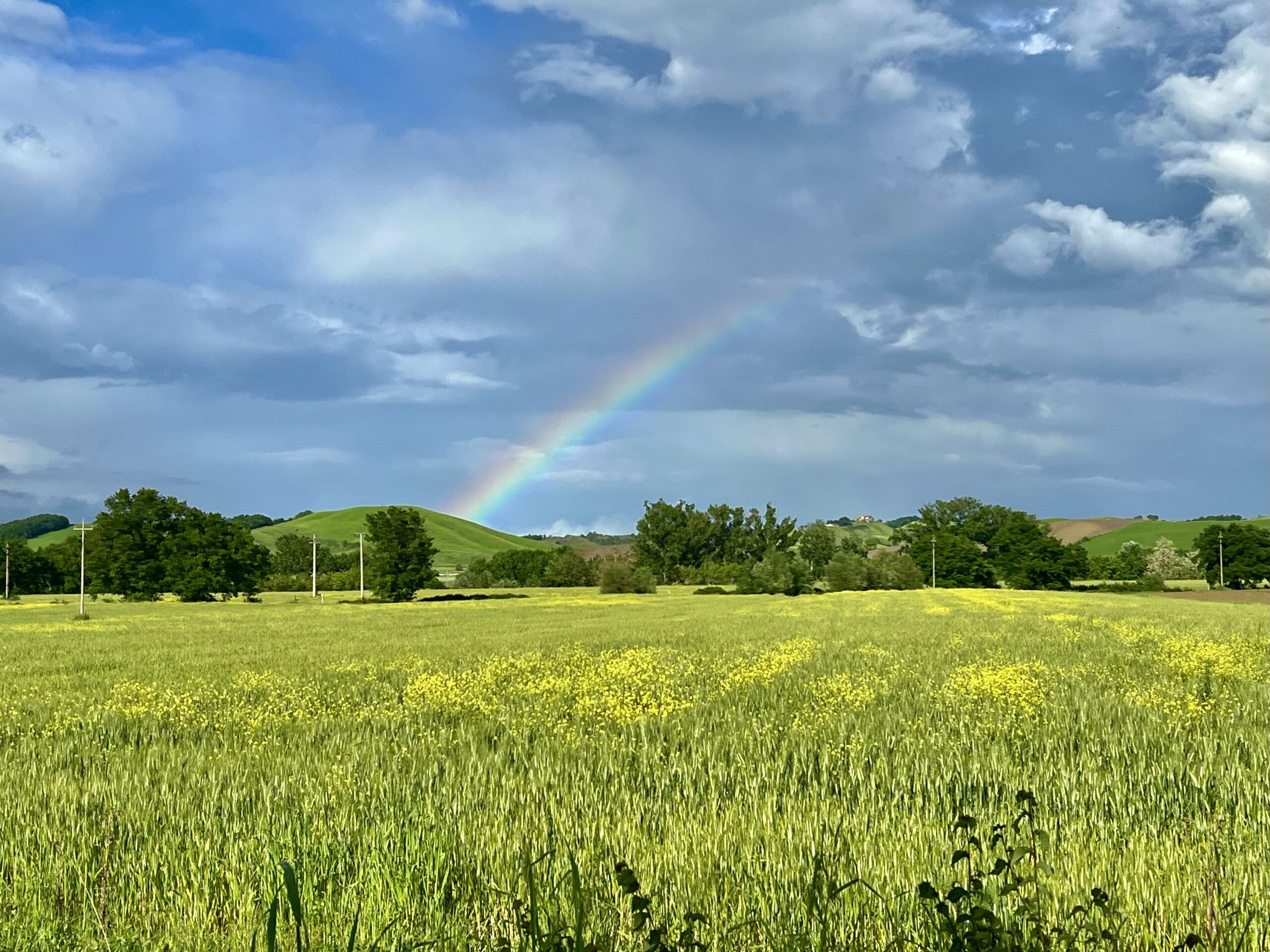
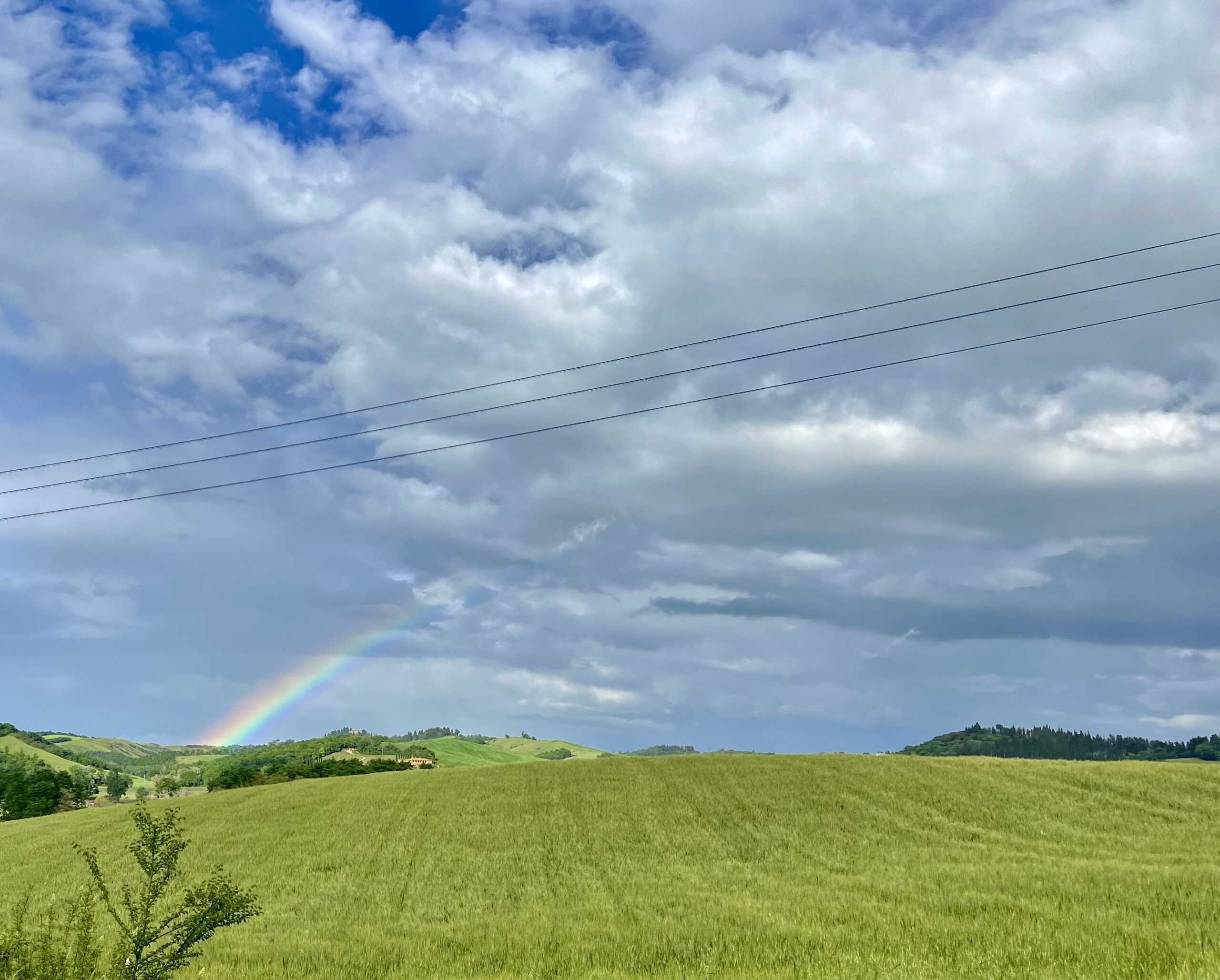
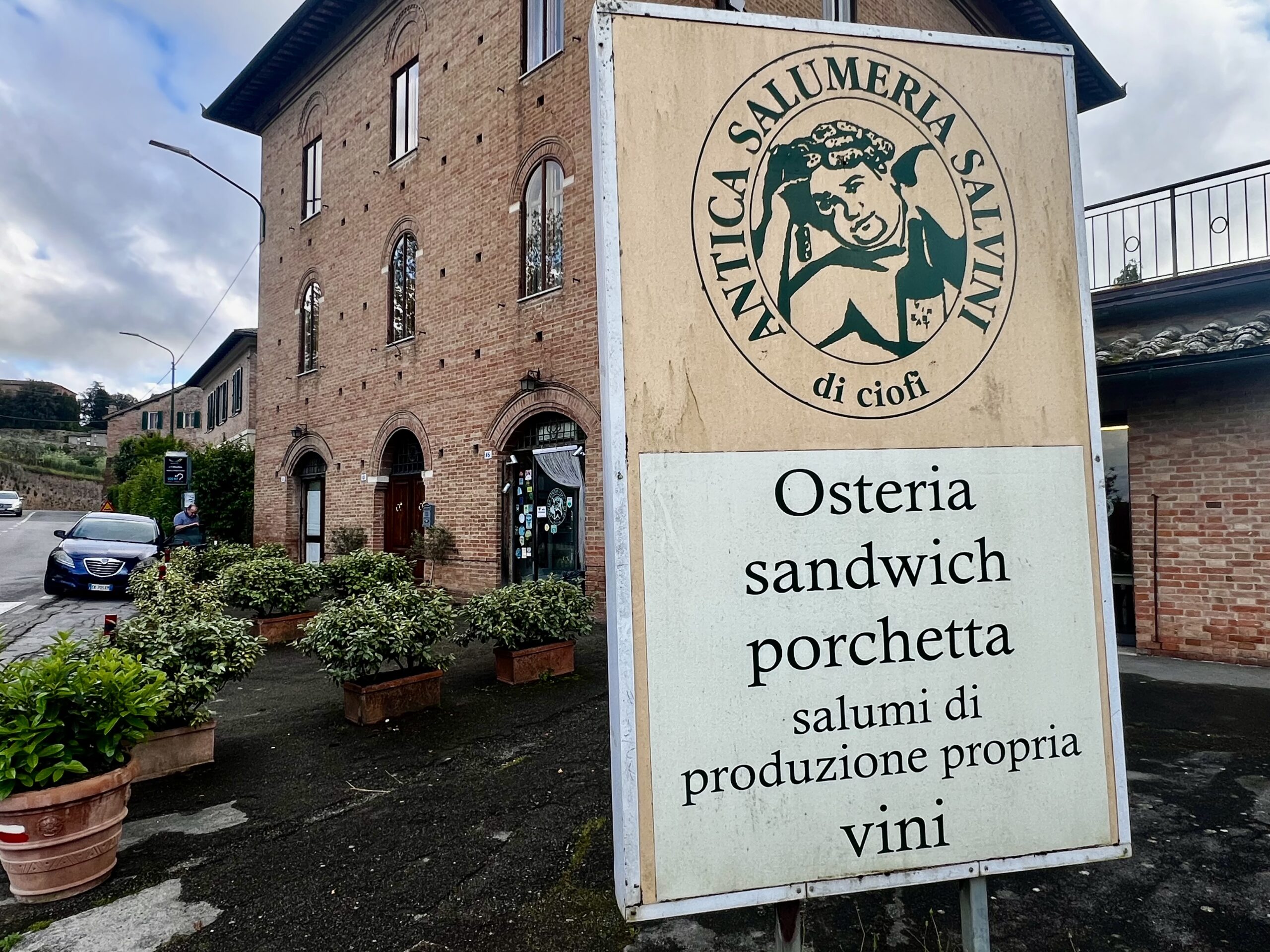
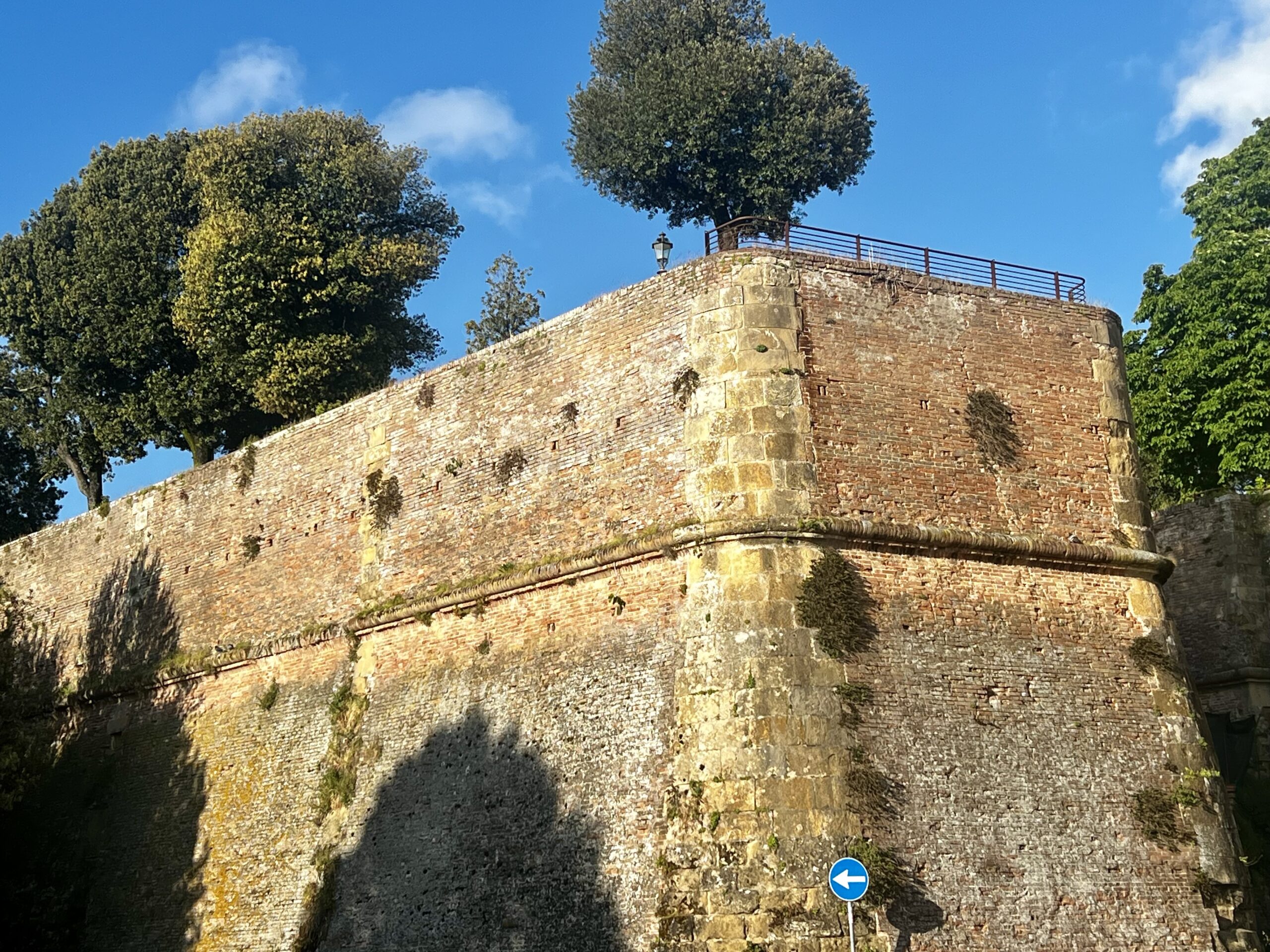
Back in Siena
Lunch and the Duomo Museum
Lunch at Al Fusari. Second time.
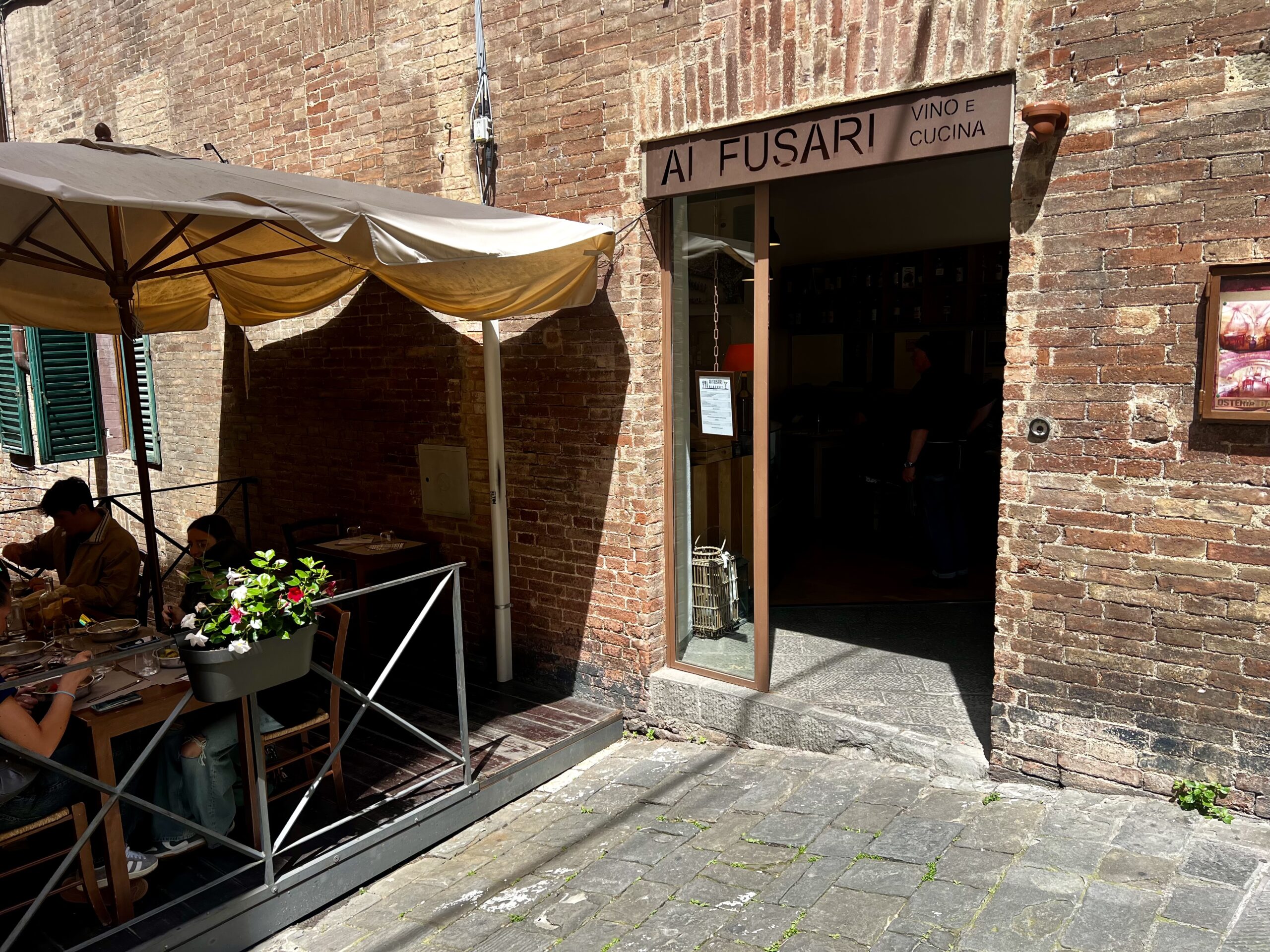
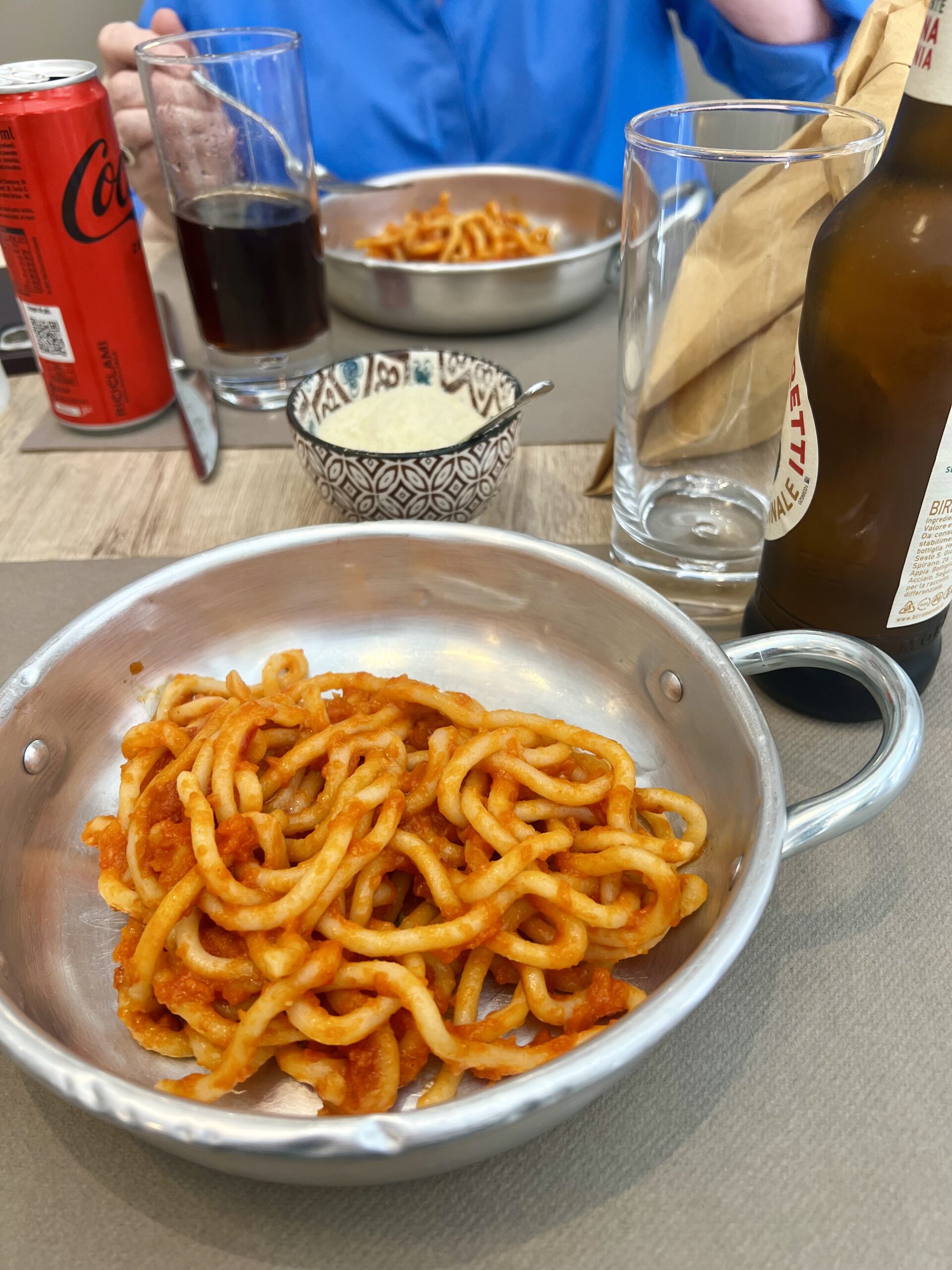
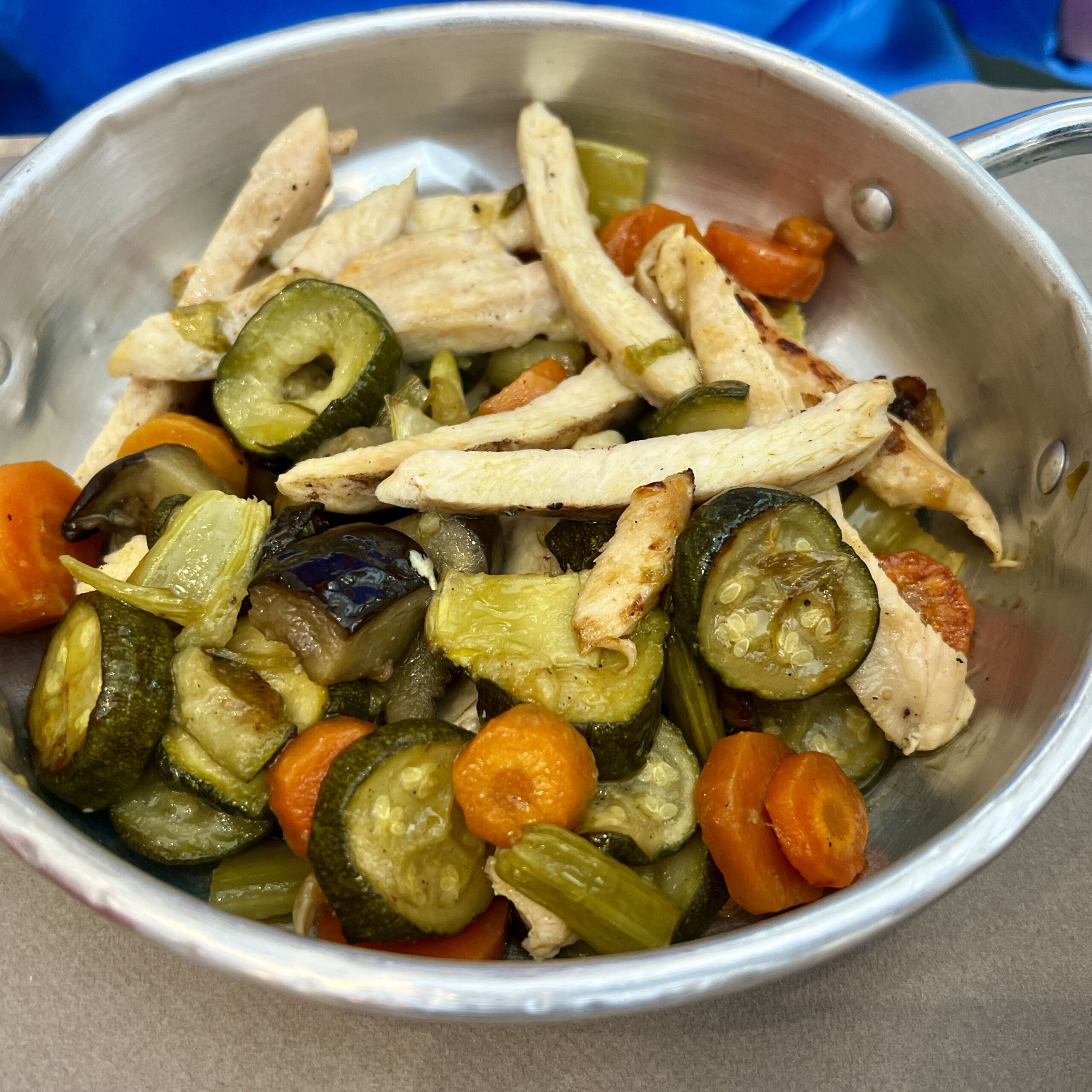
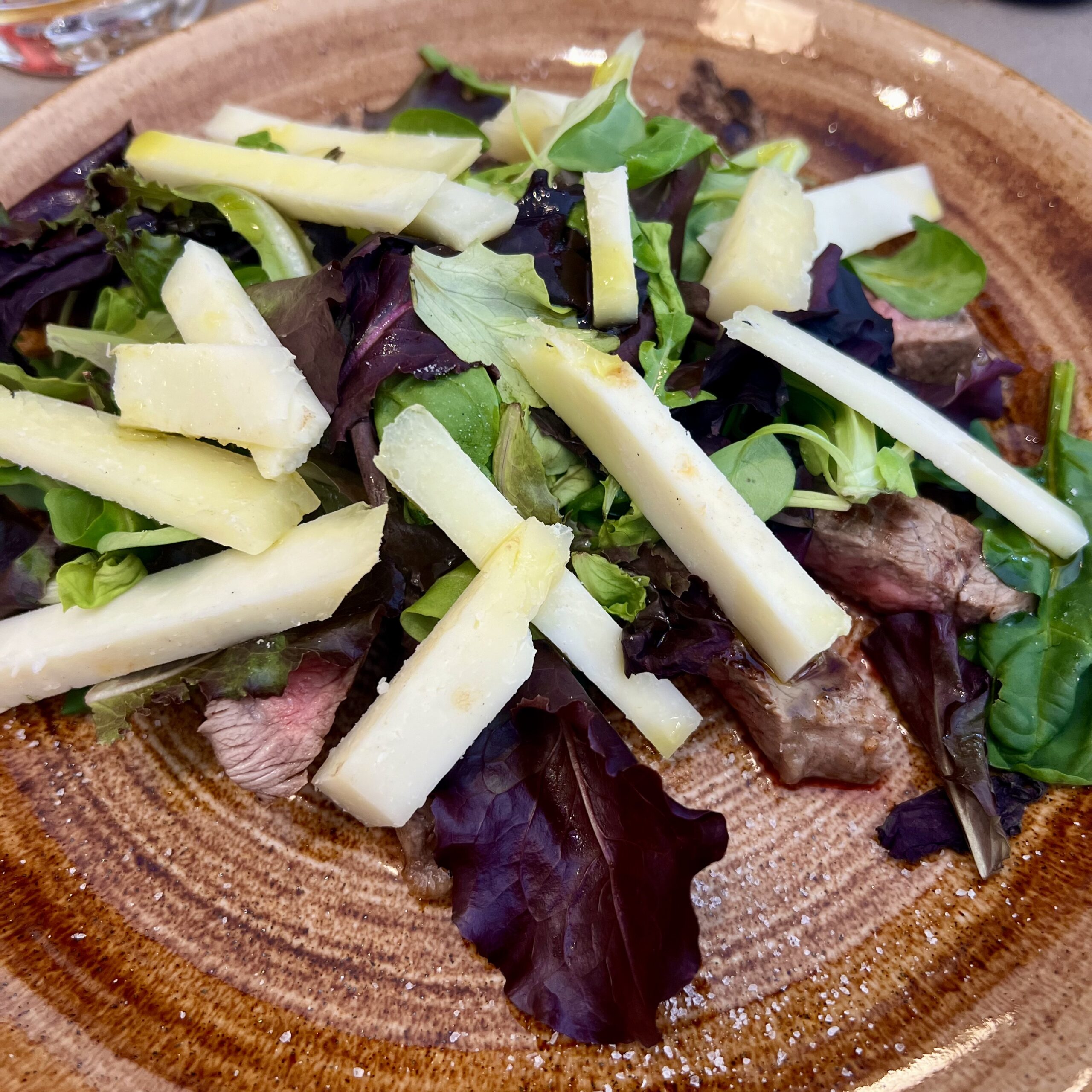
OPA Museo
Contains artifacts from the Duomo. The highlight is Duccio di Buoninsegna’s Madonna col Bambino, or Maestà, circa 1283 that is considered one of the finest examples of medieval art. It took the artist three years to complete and was installed in the Duomo with a procession from his studio, grand ceremony, and celebration.
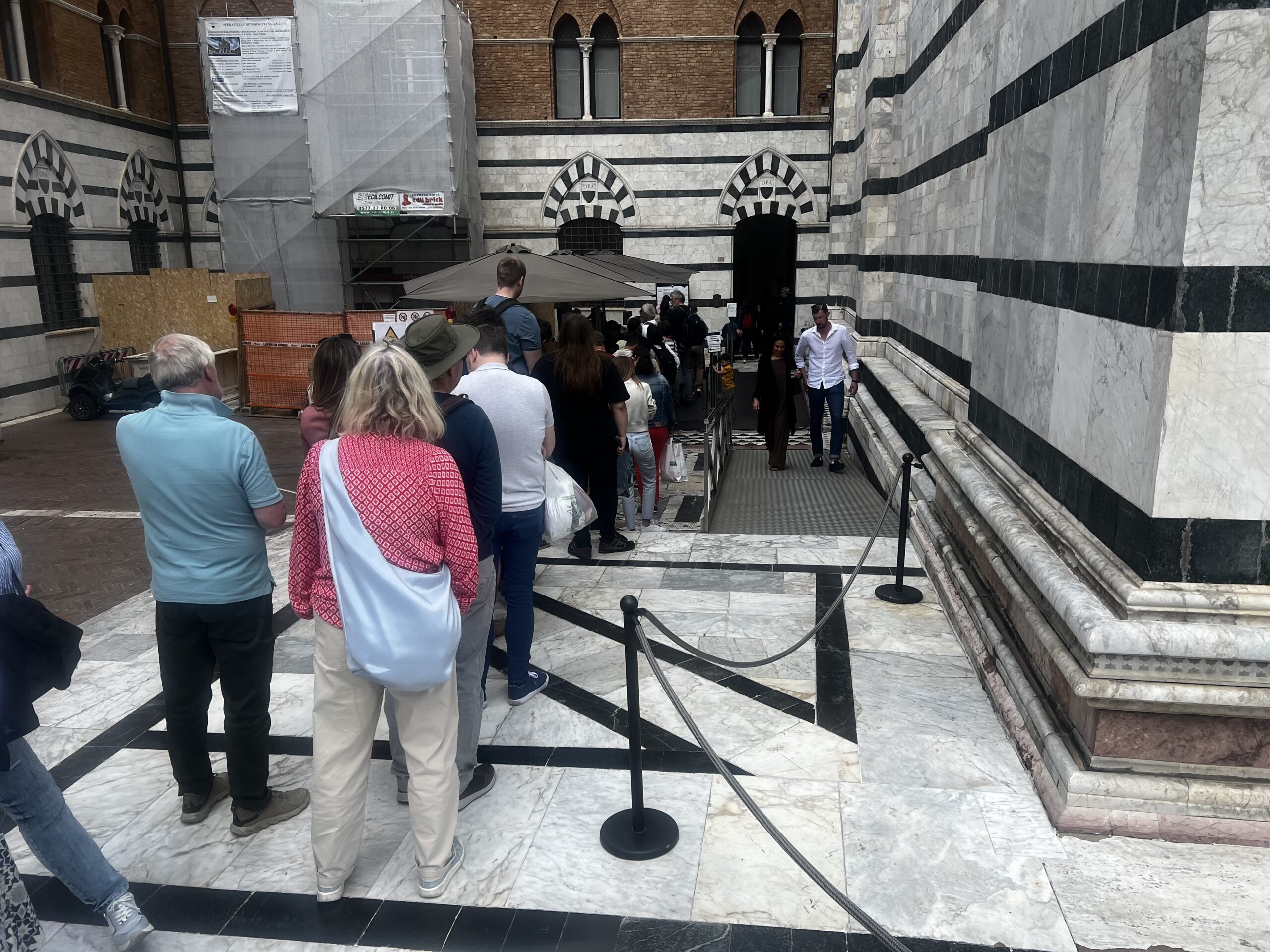
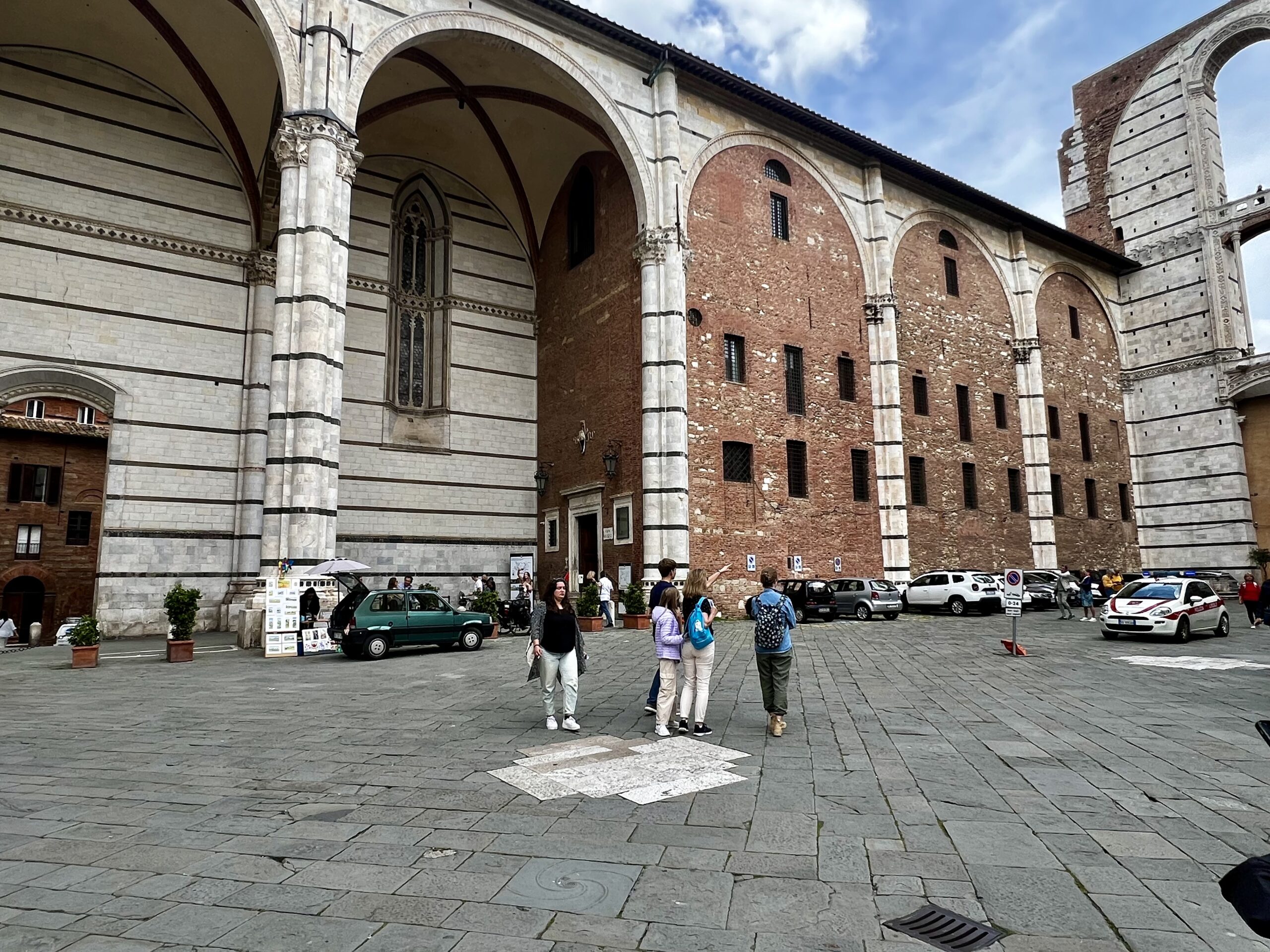
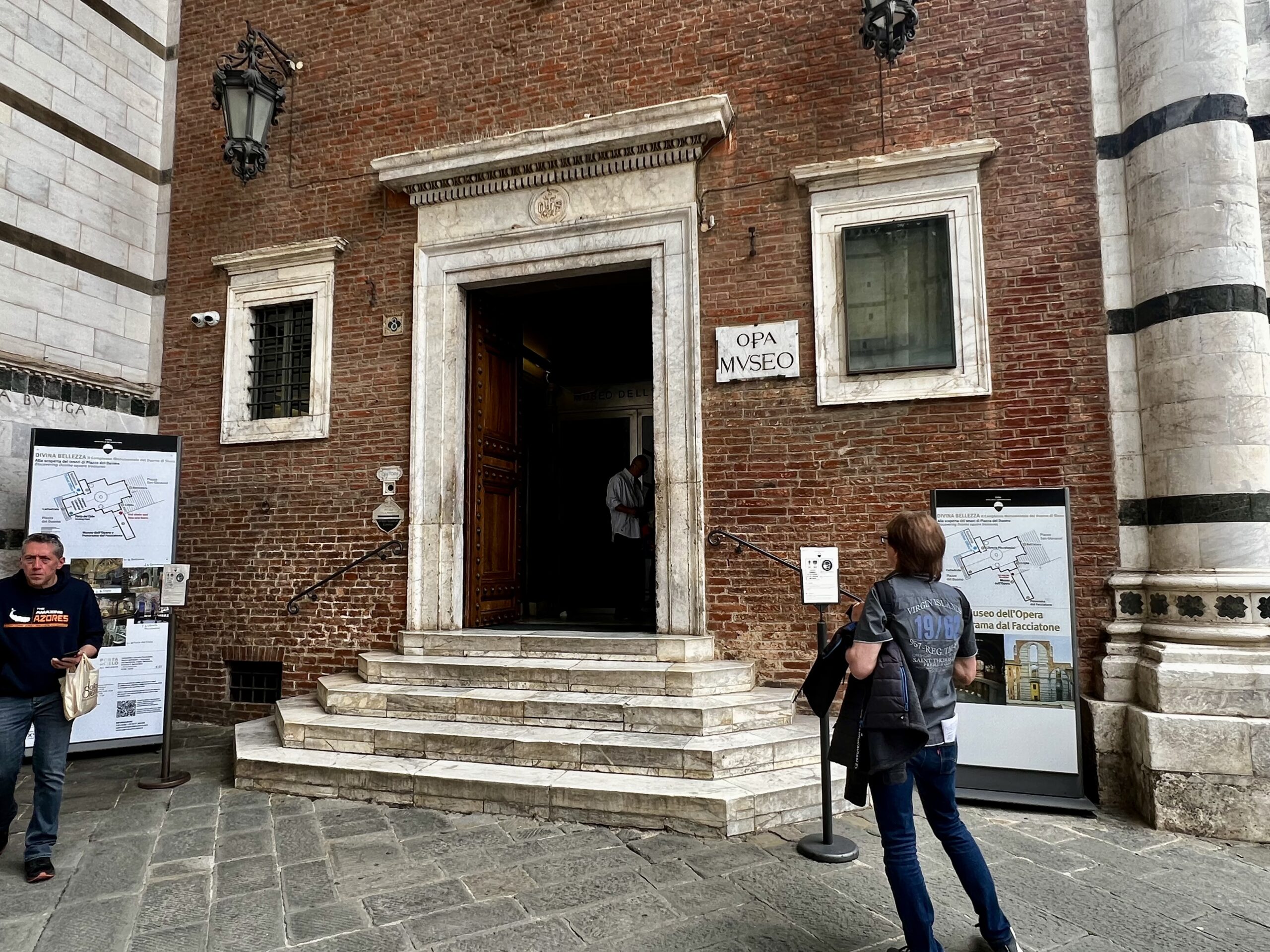
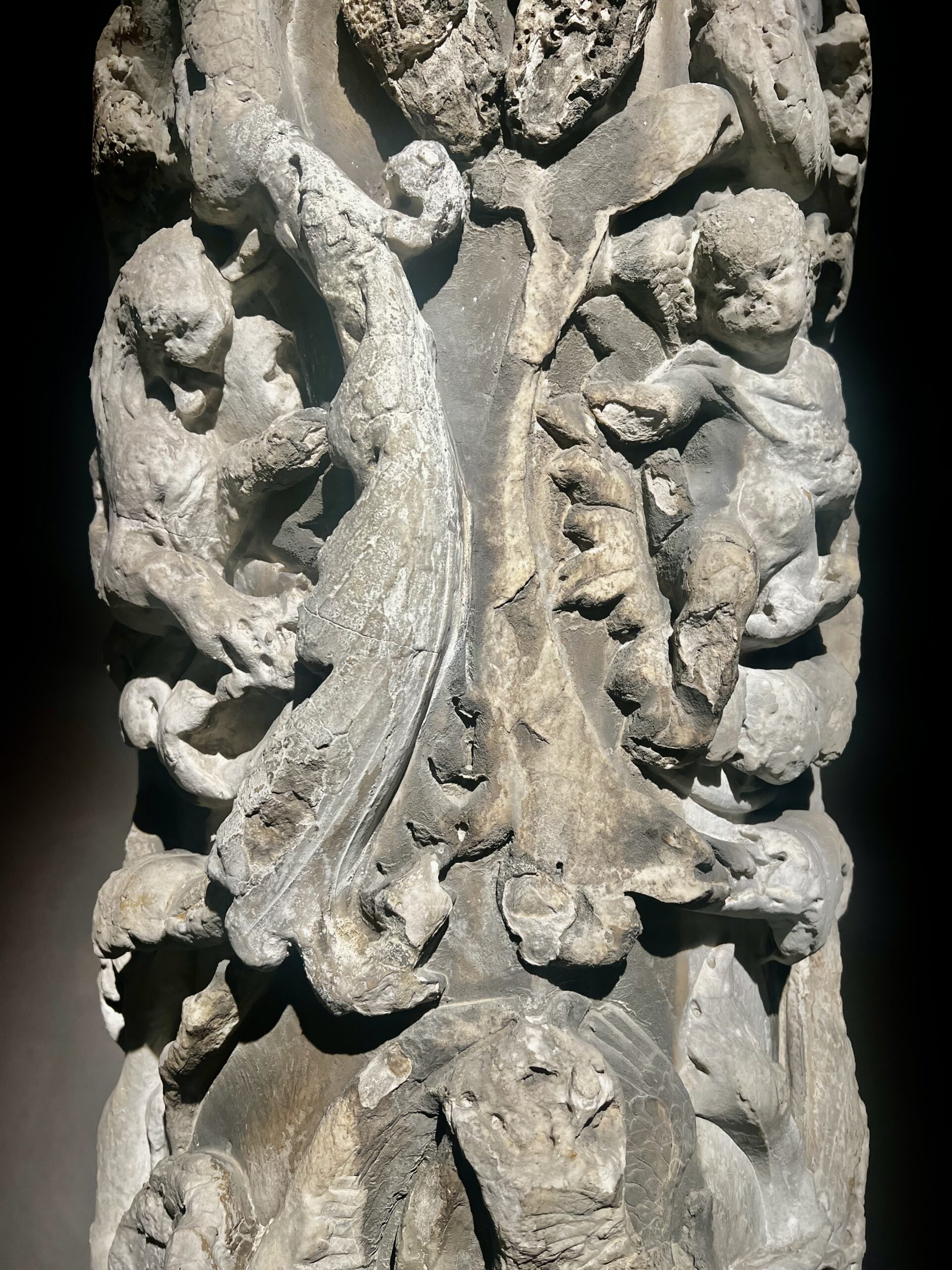
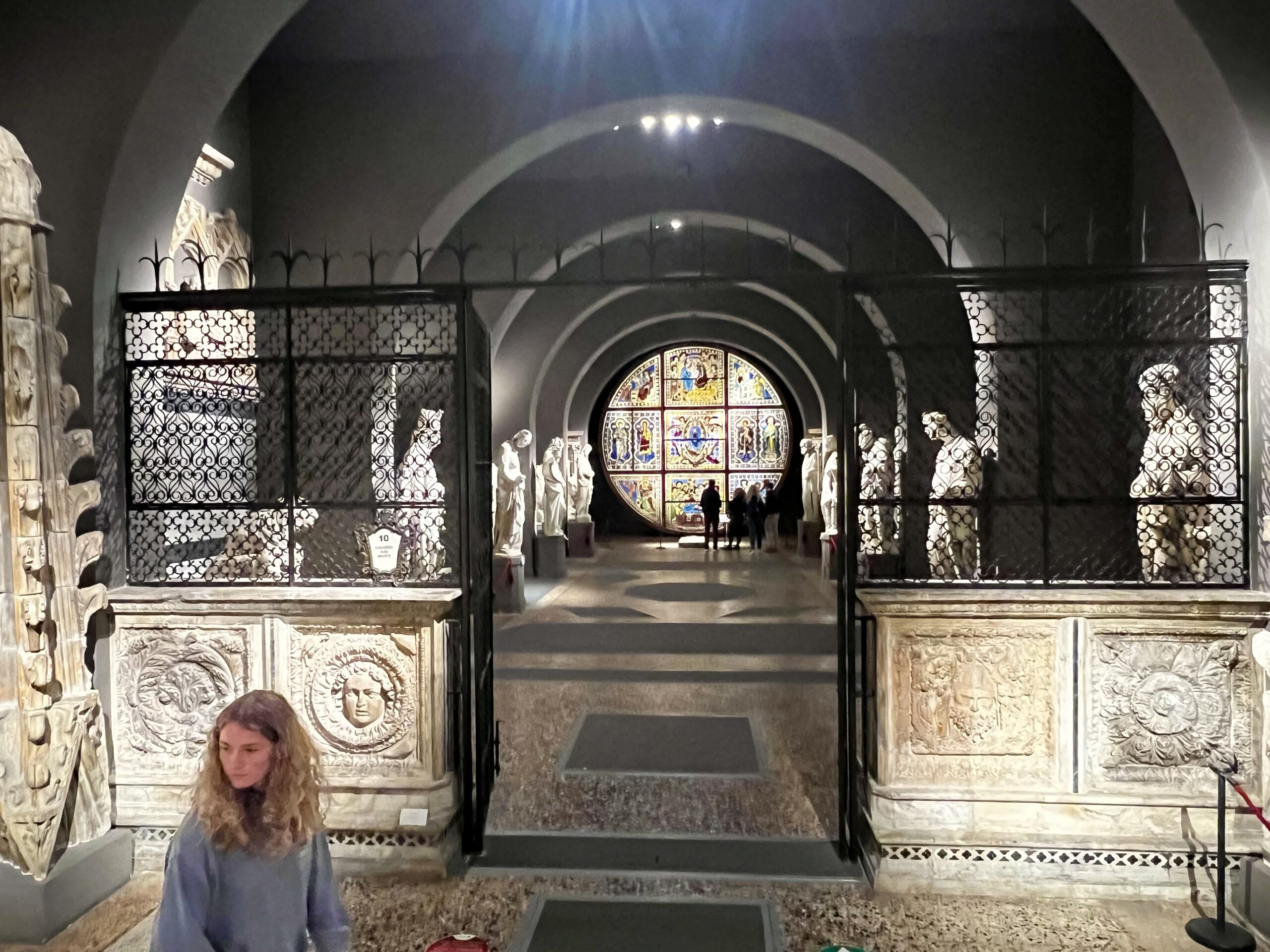
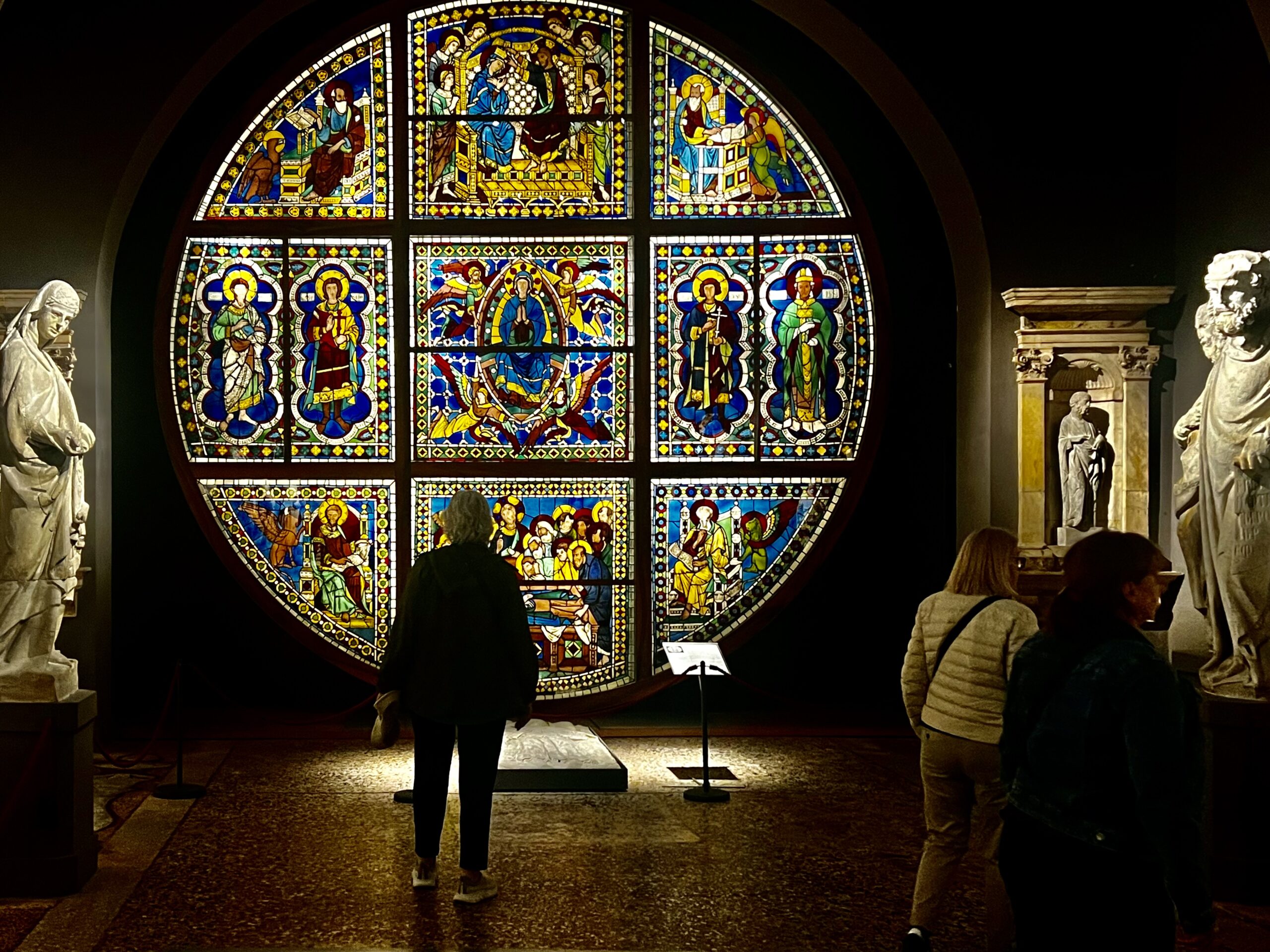
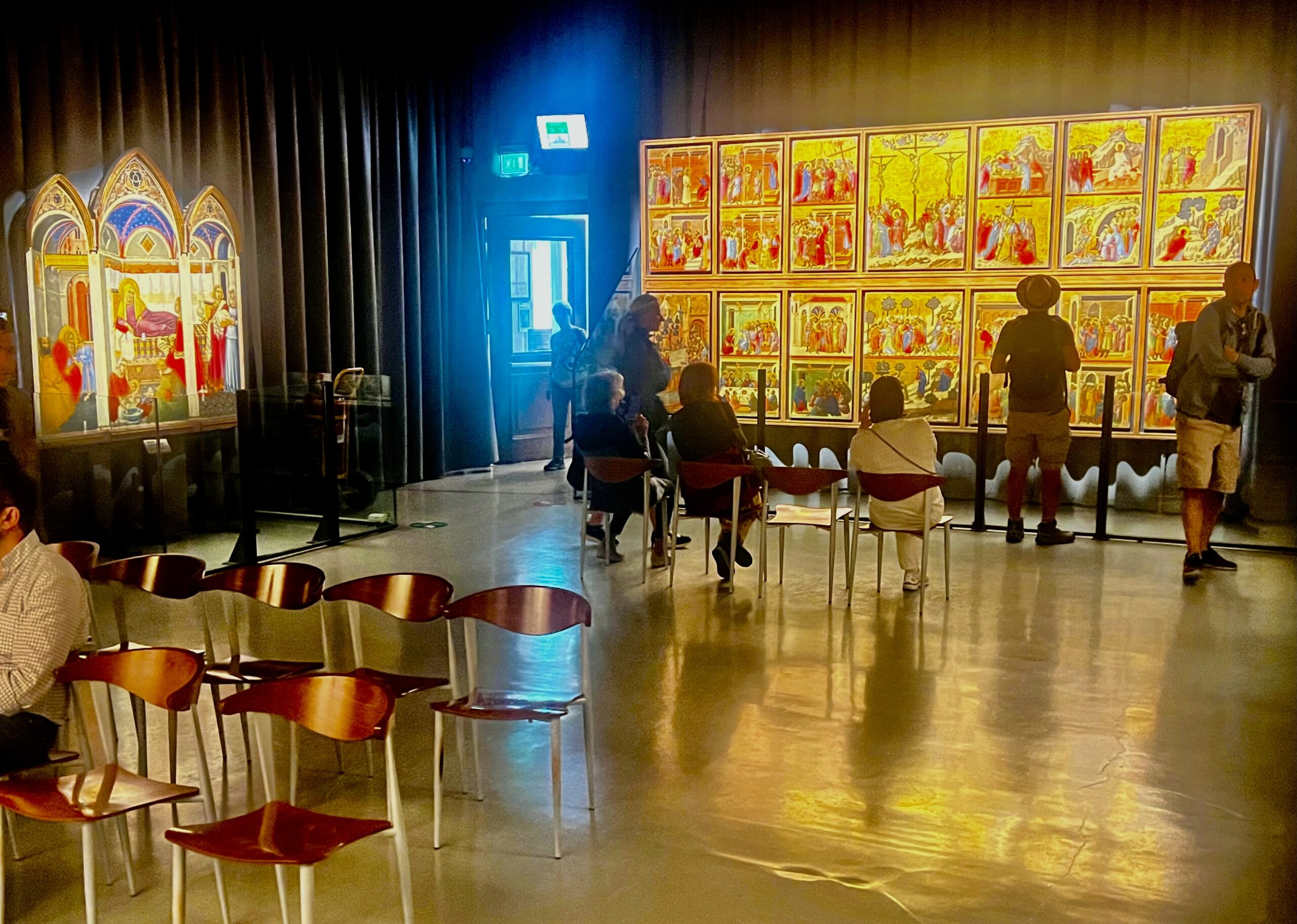
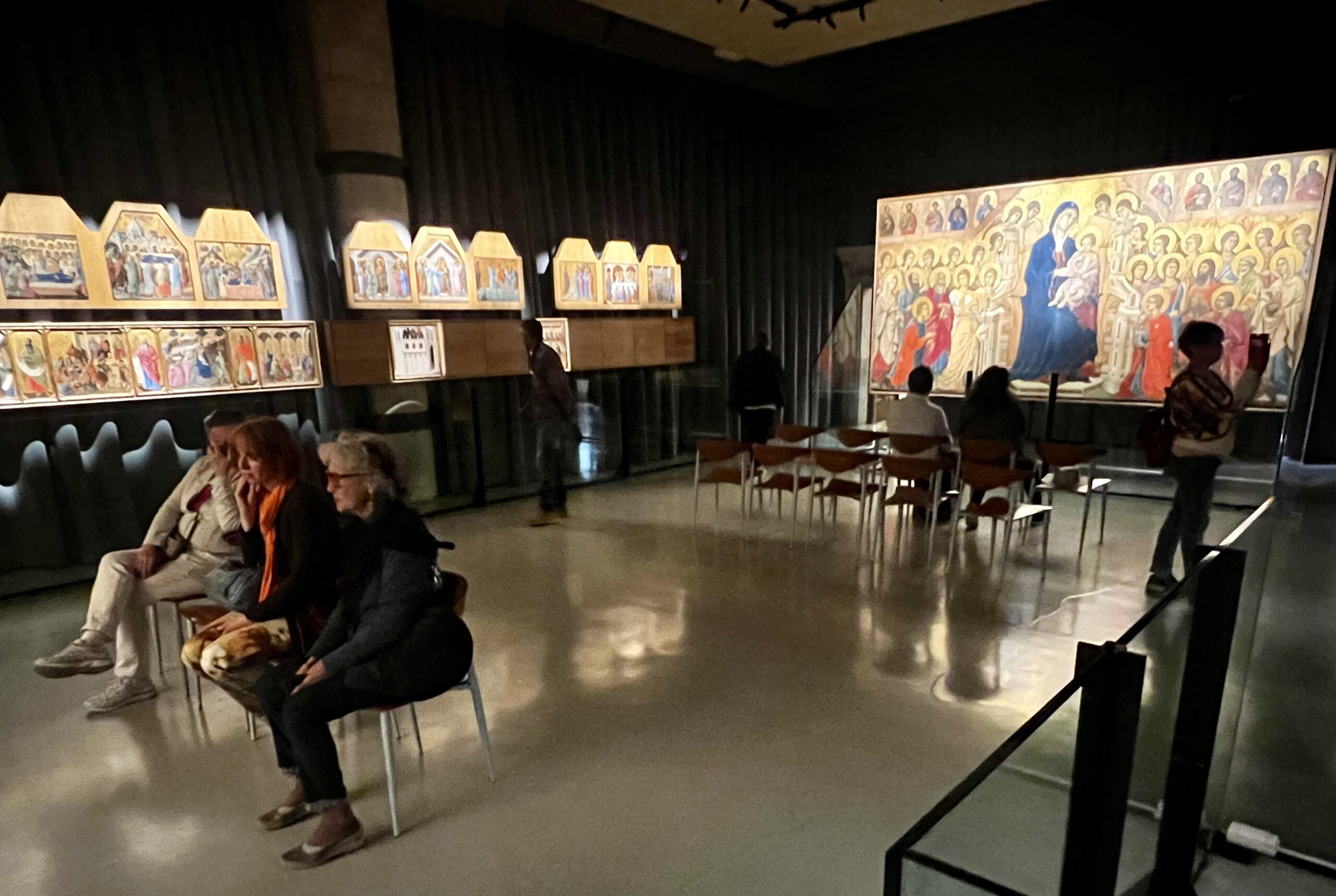
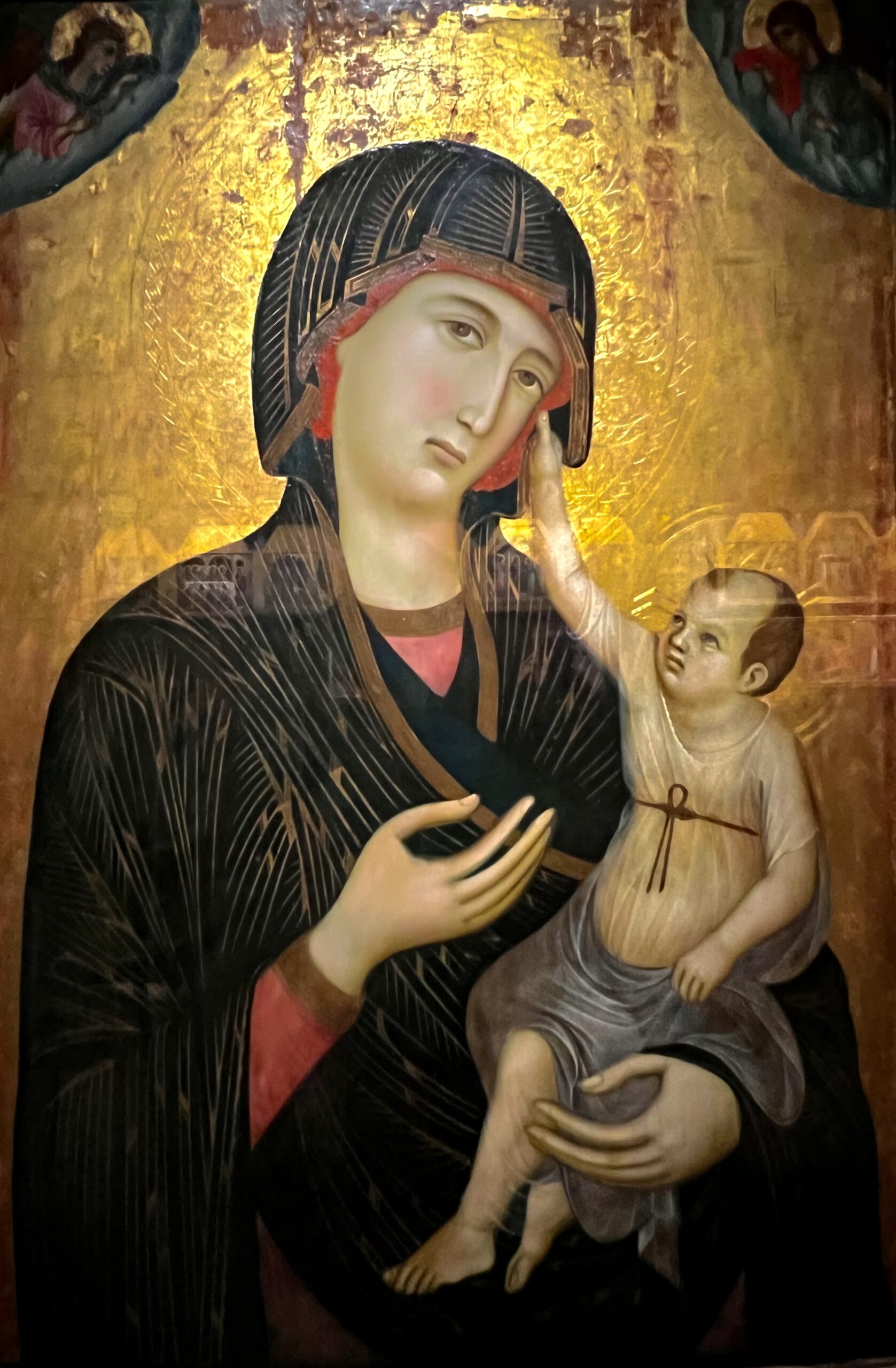
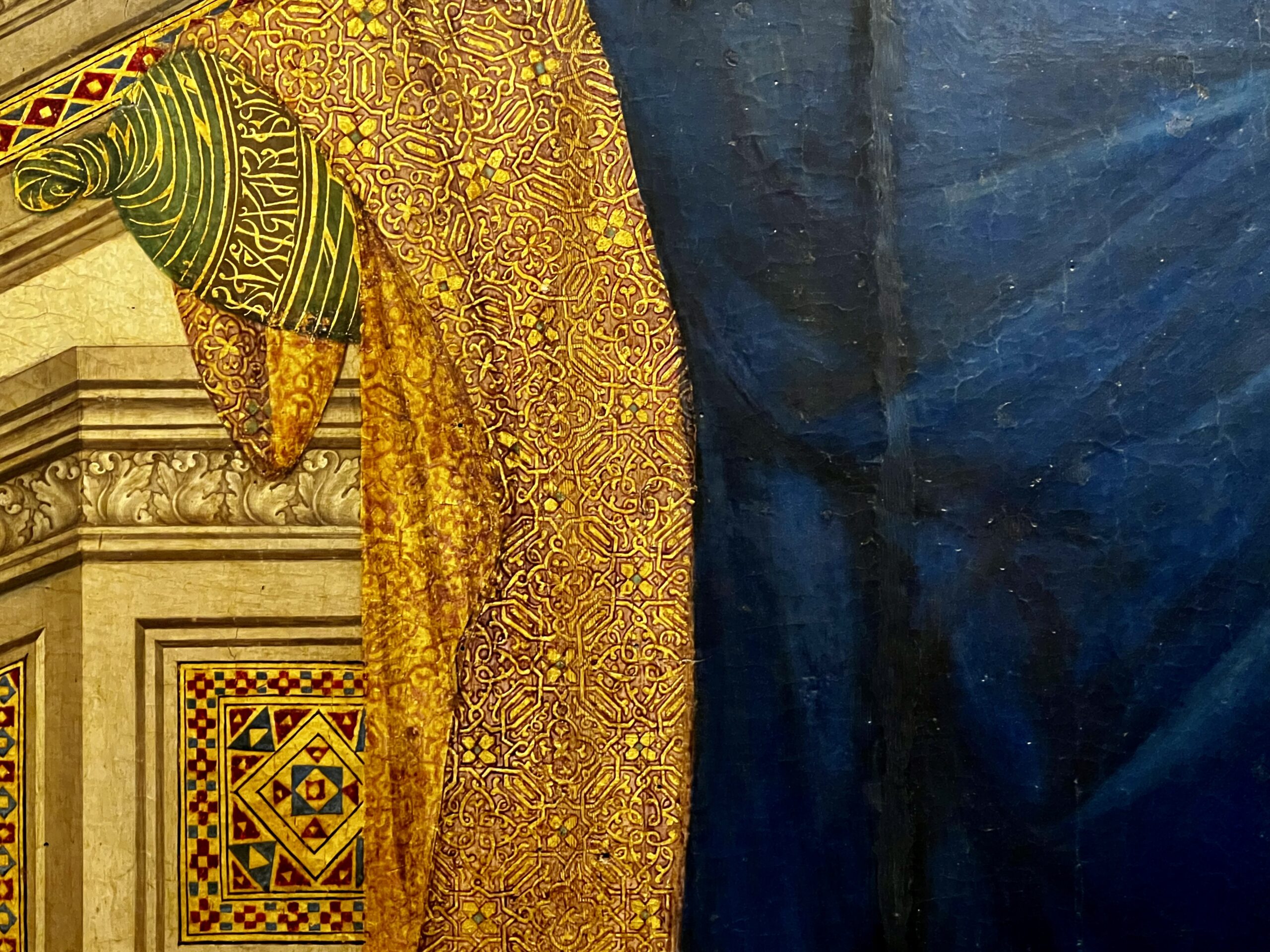
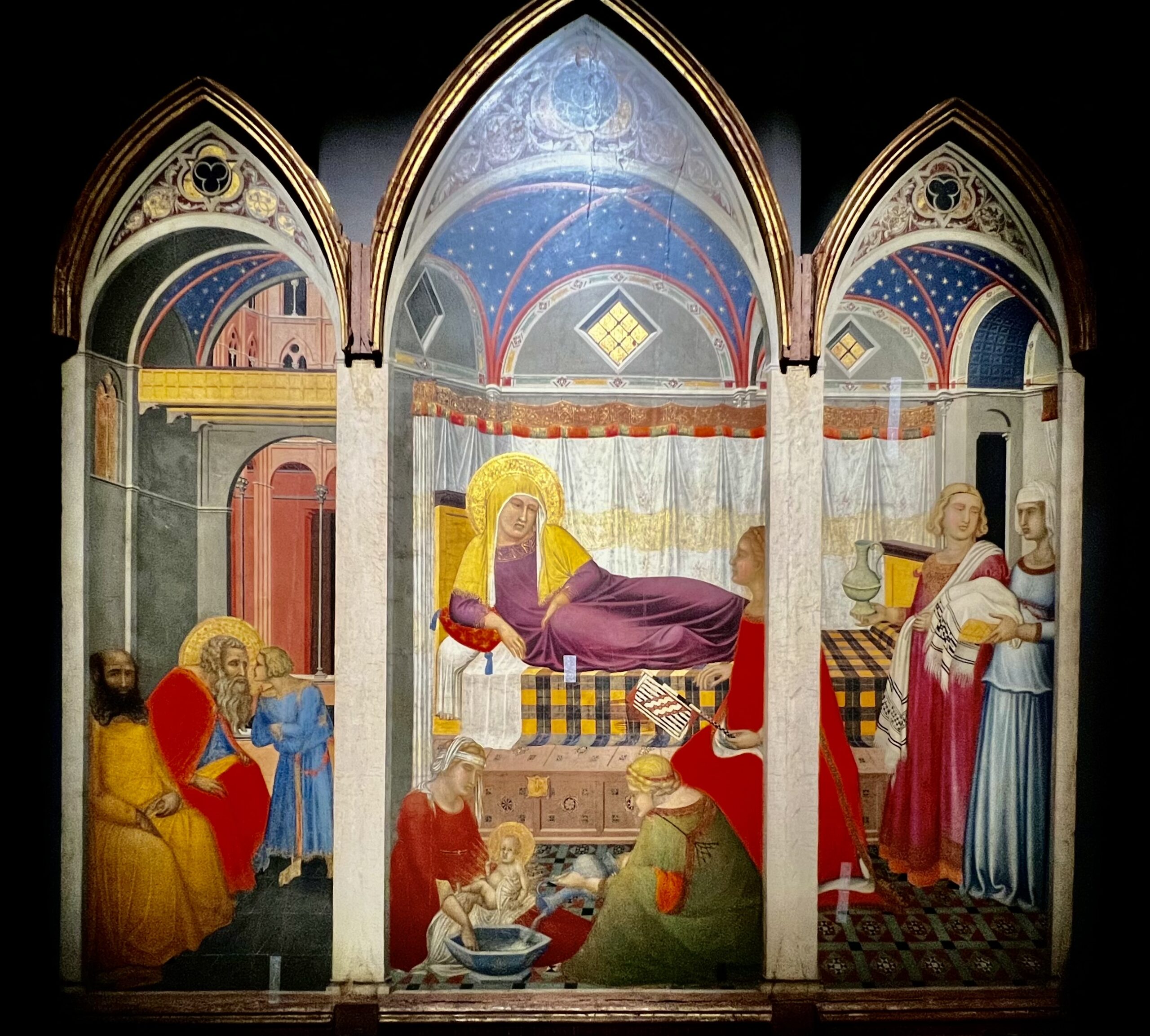
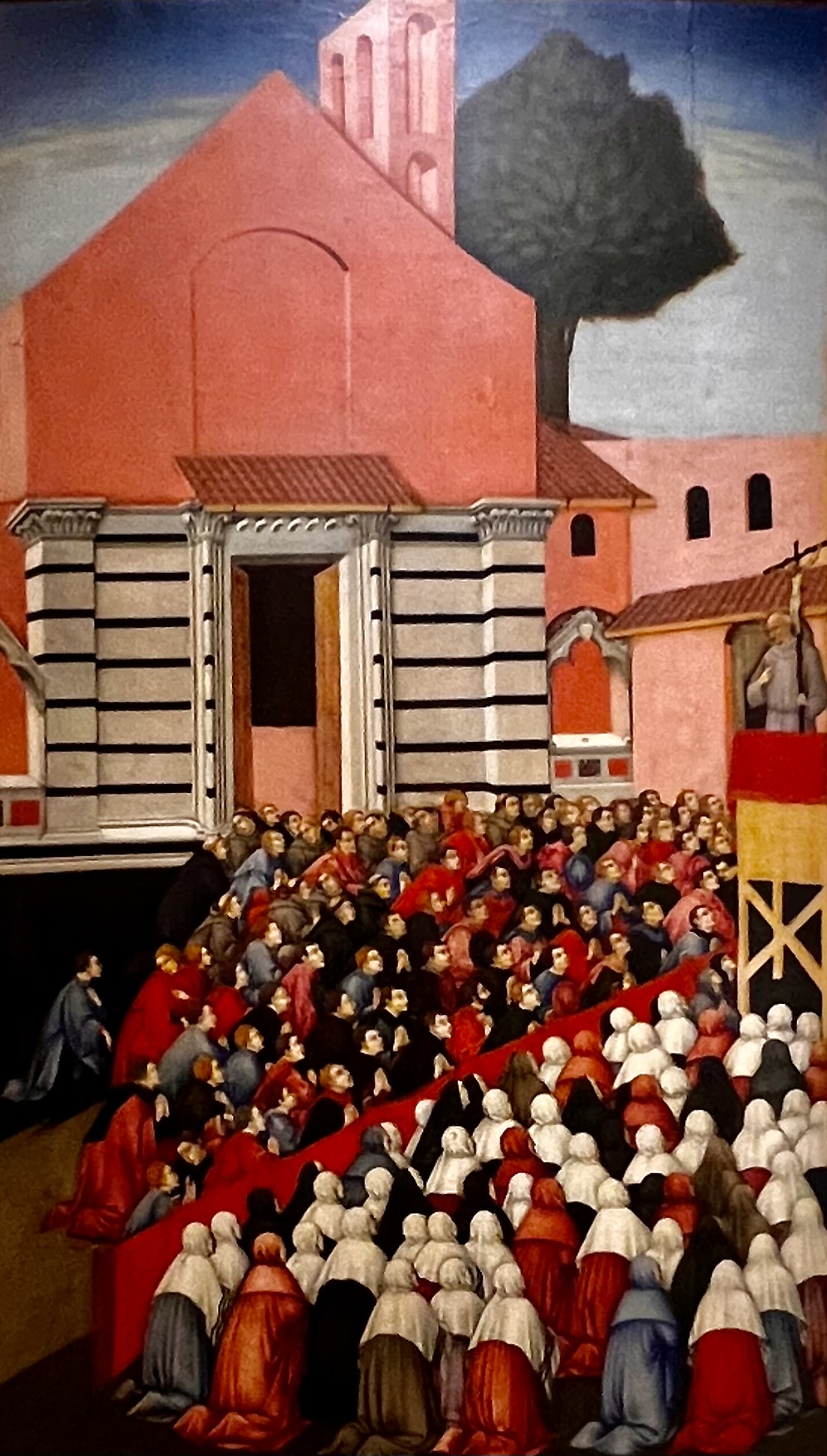
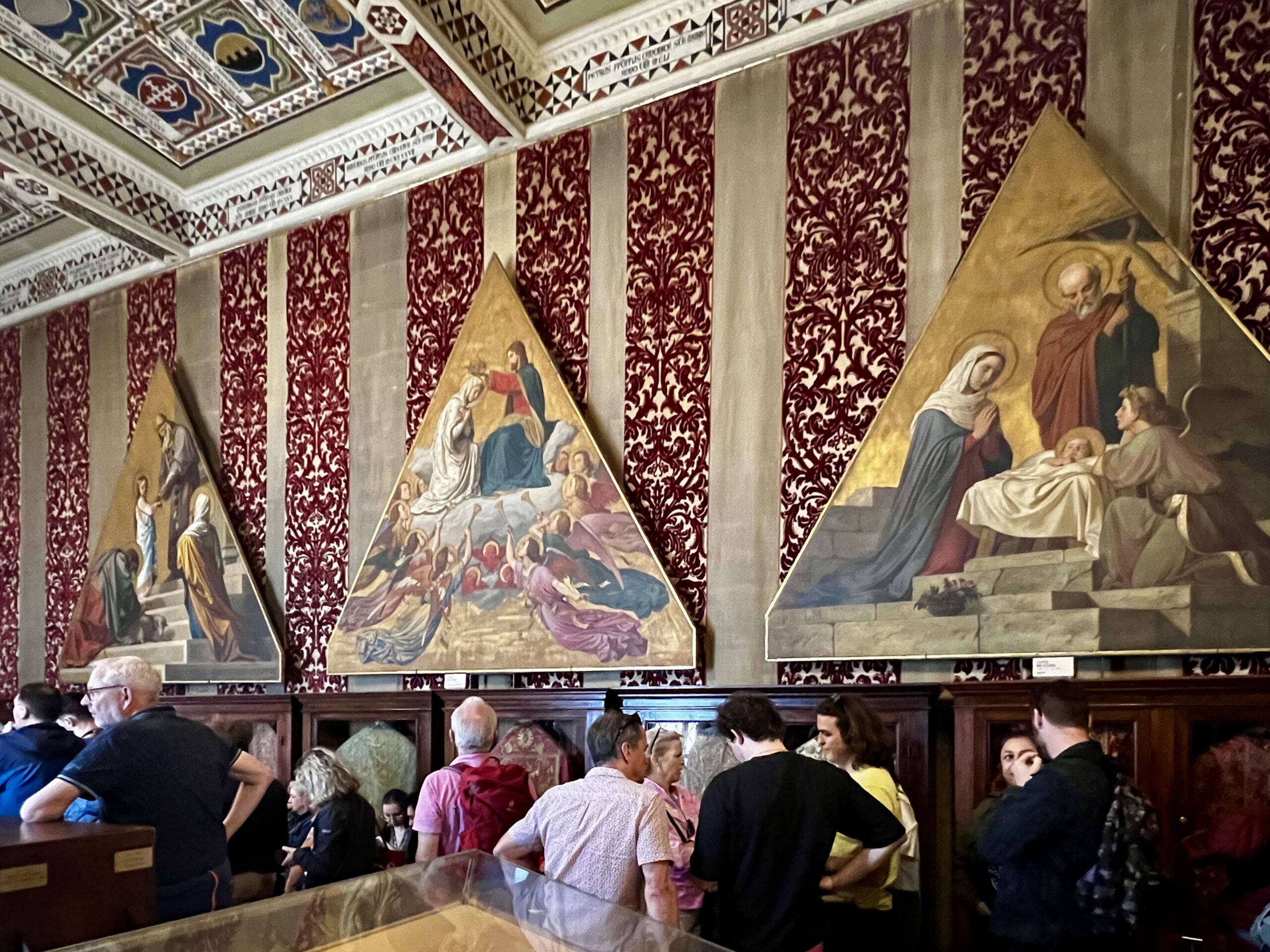
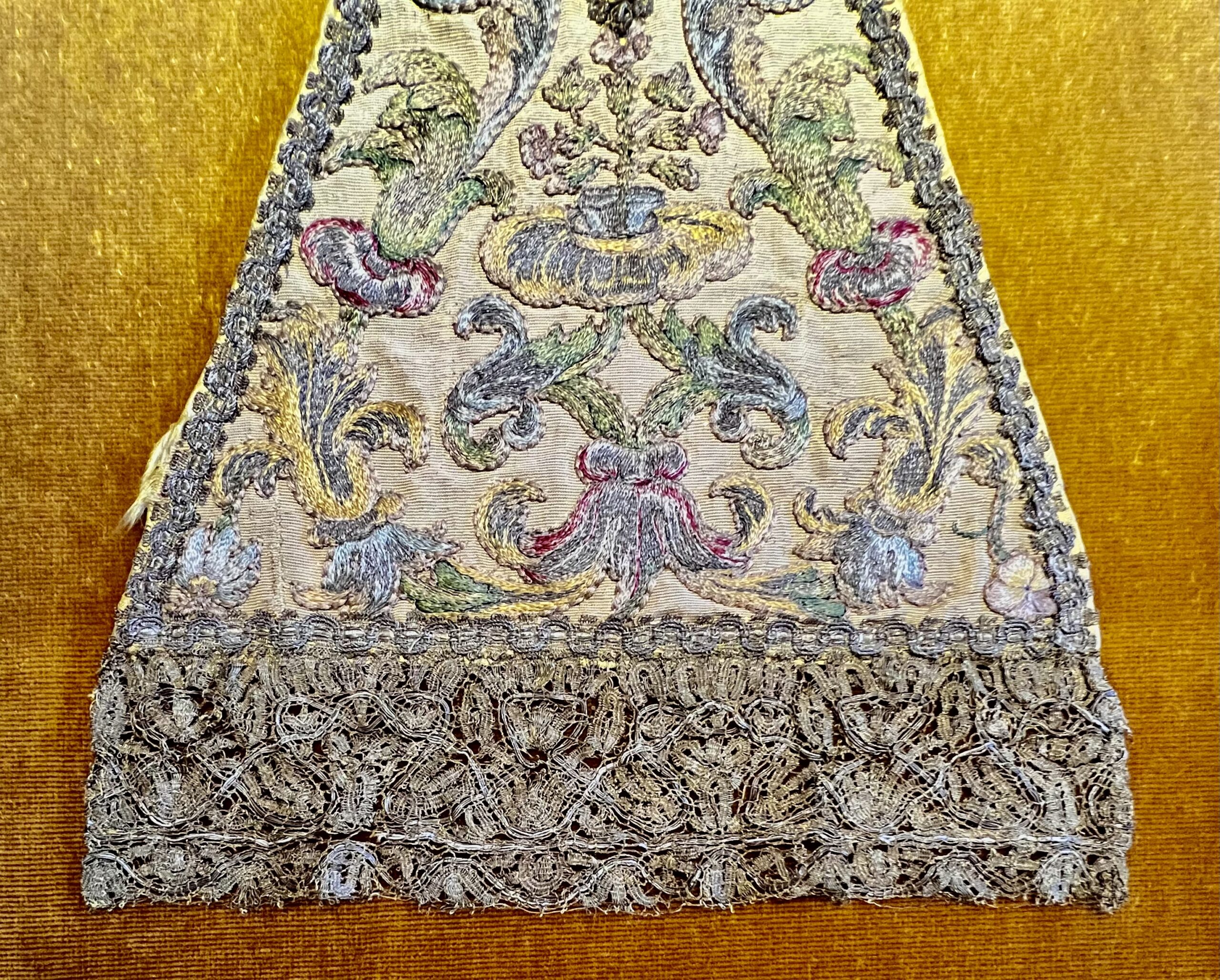
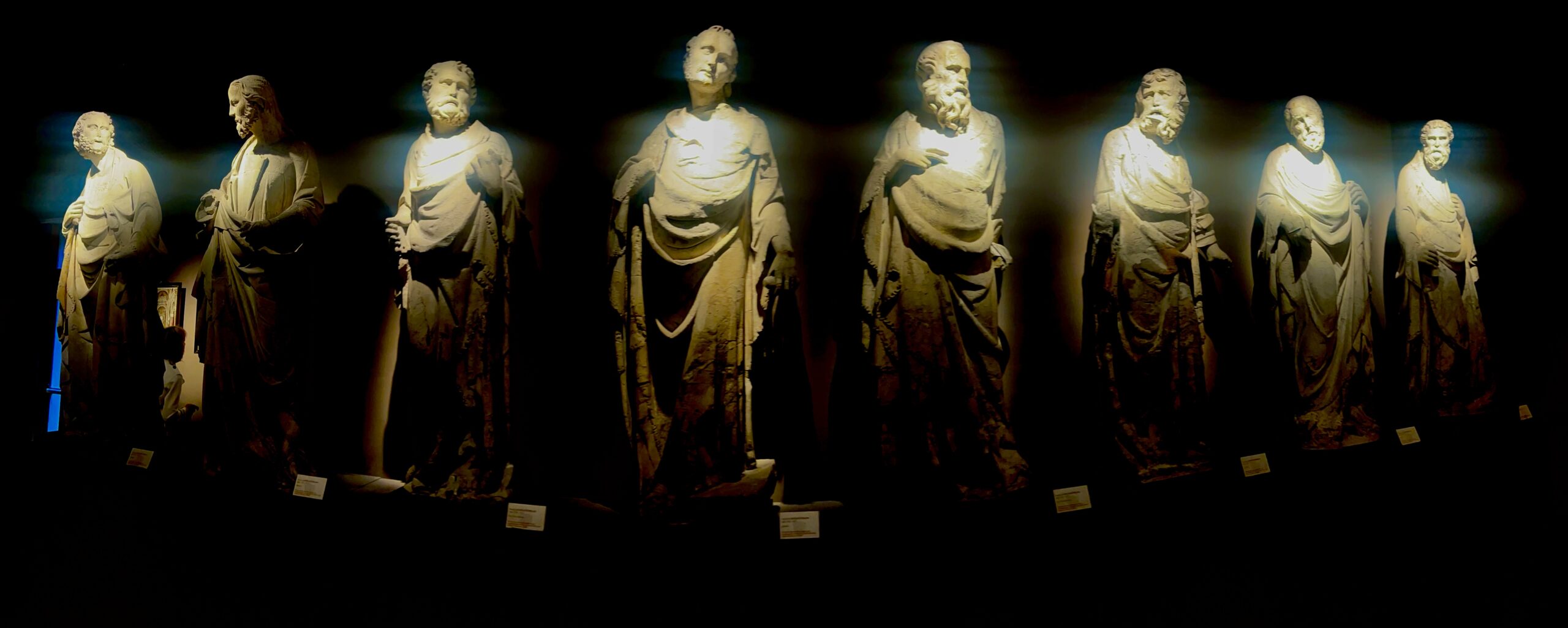
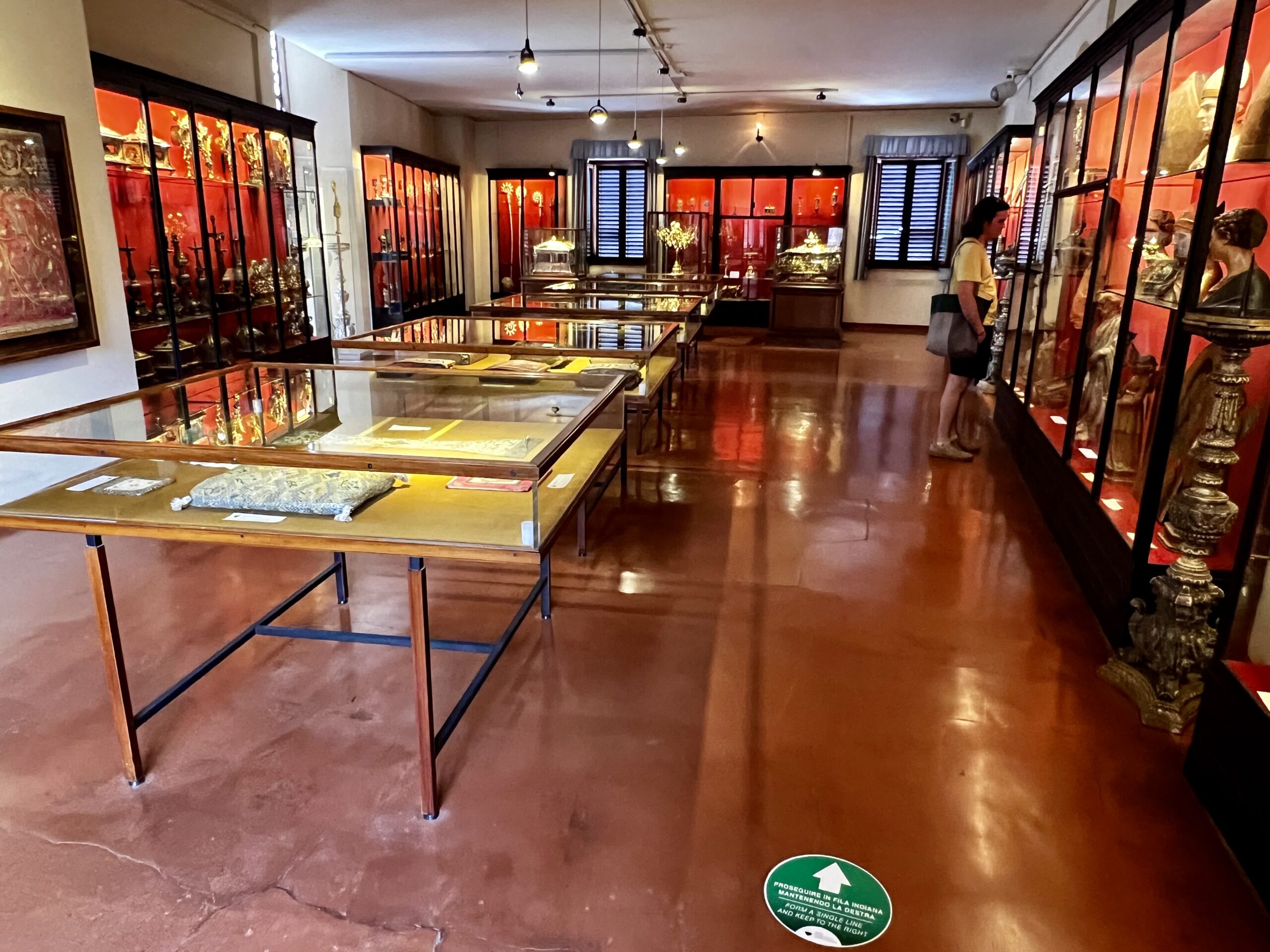
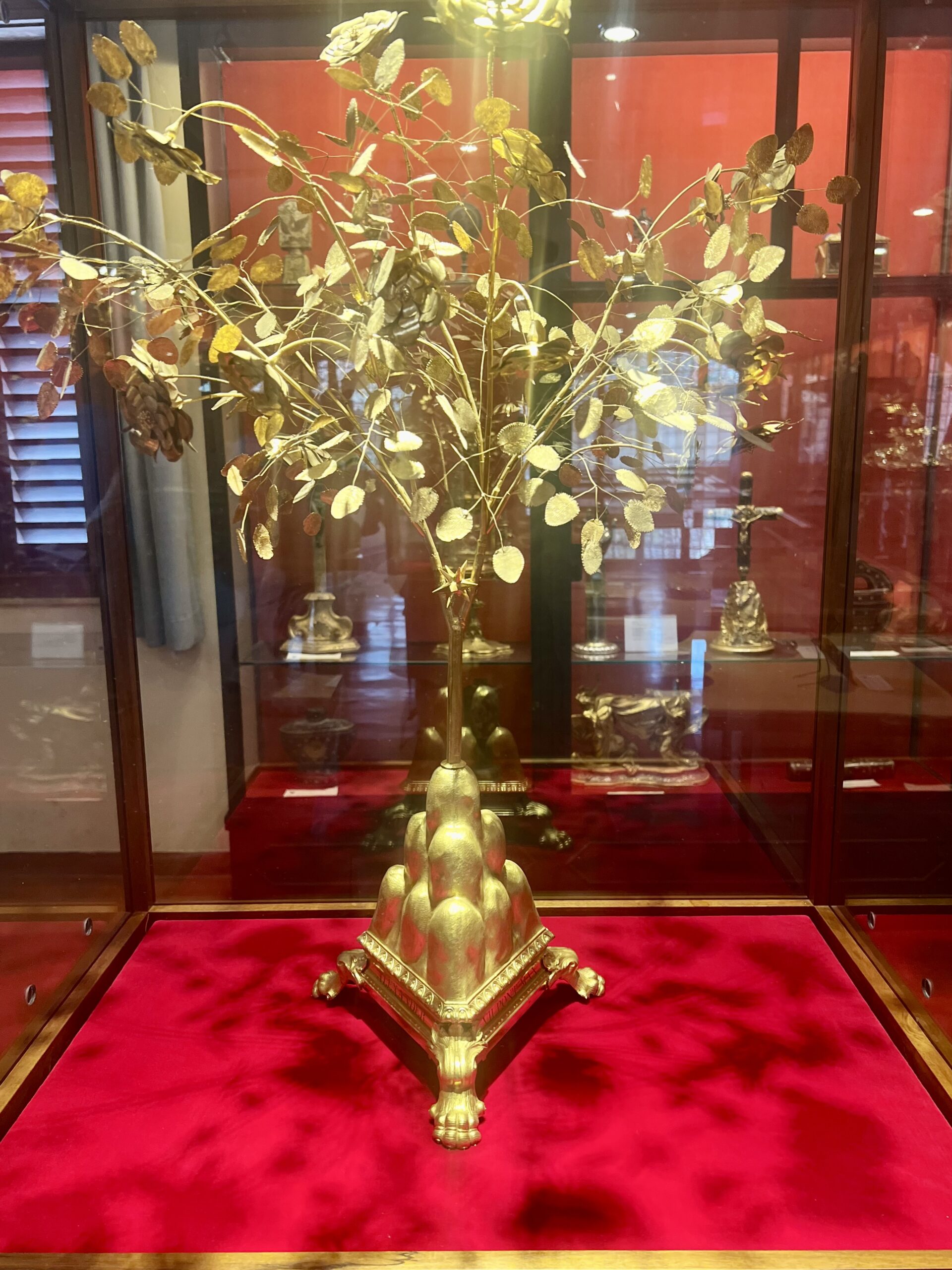
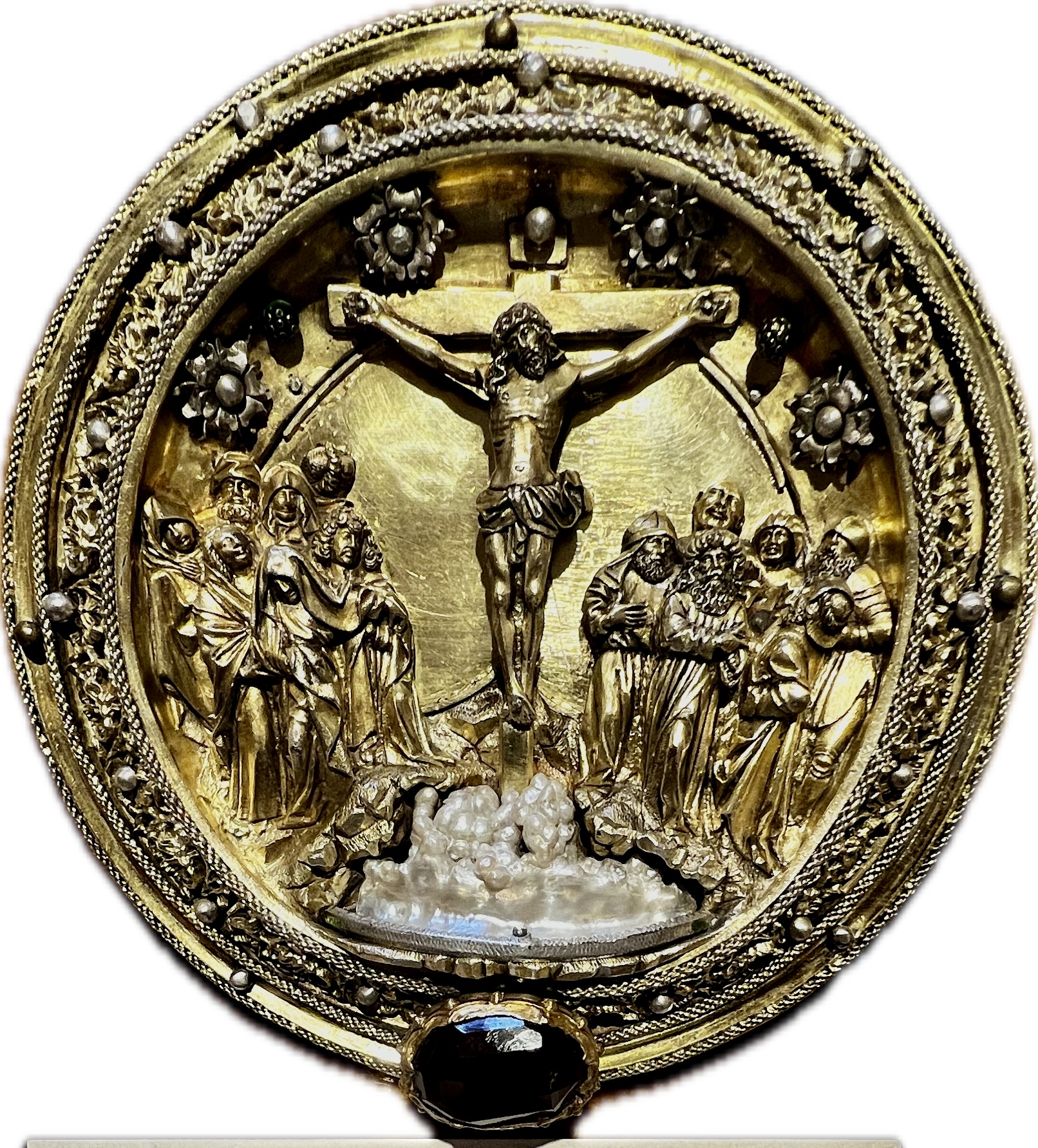
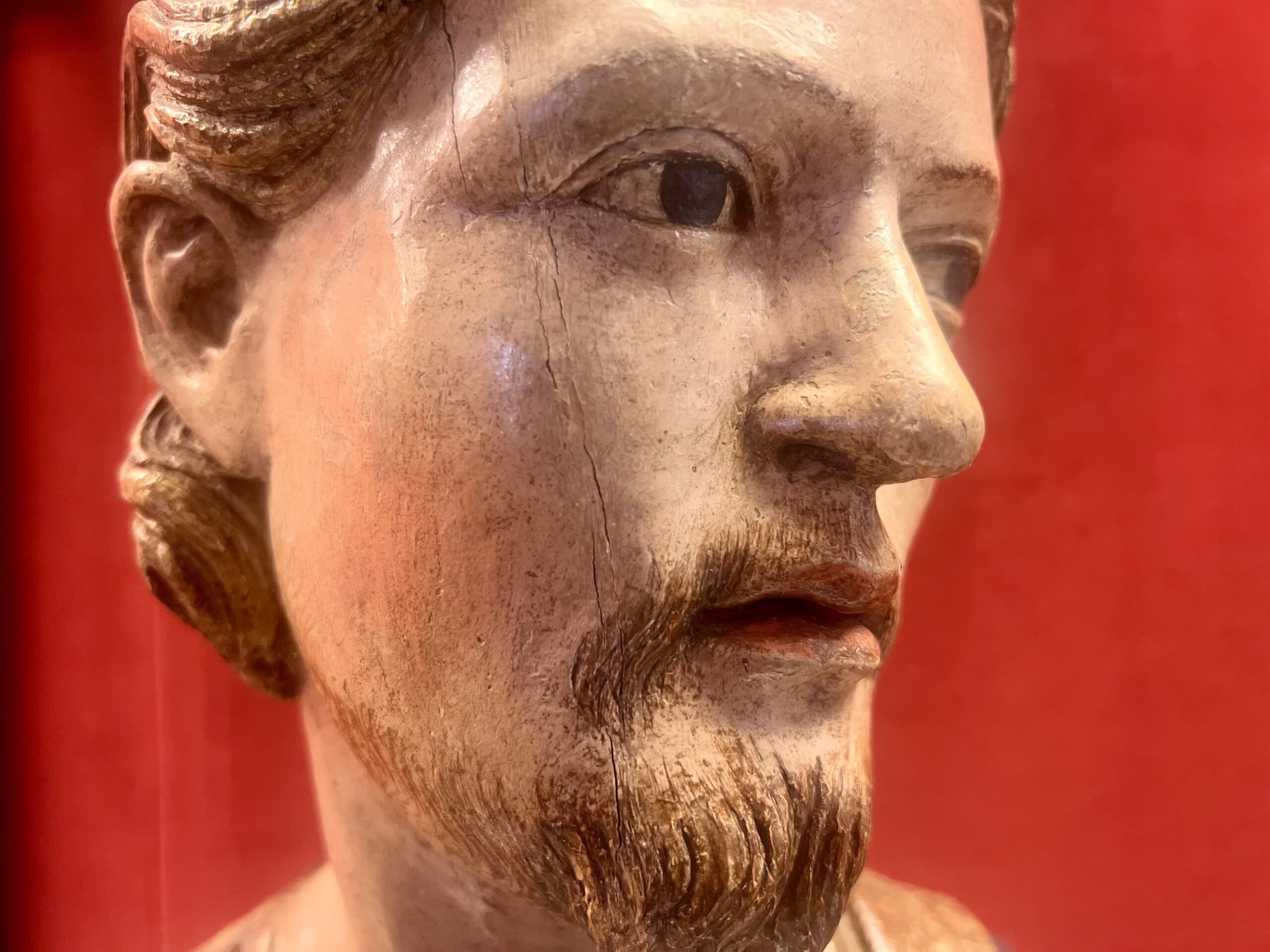
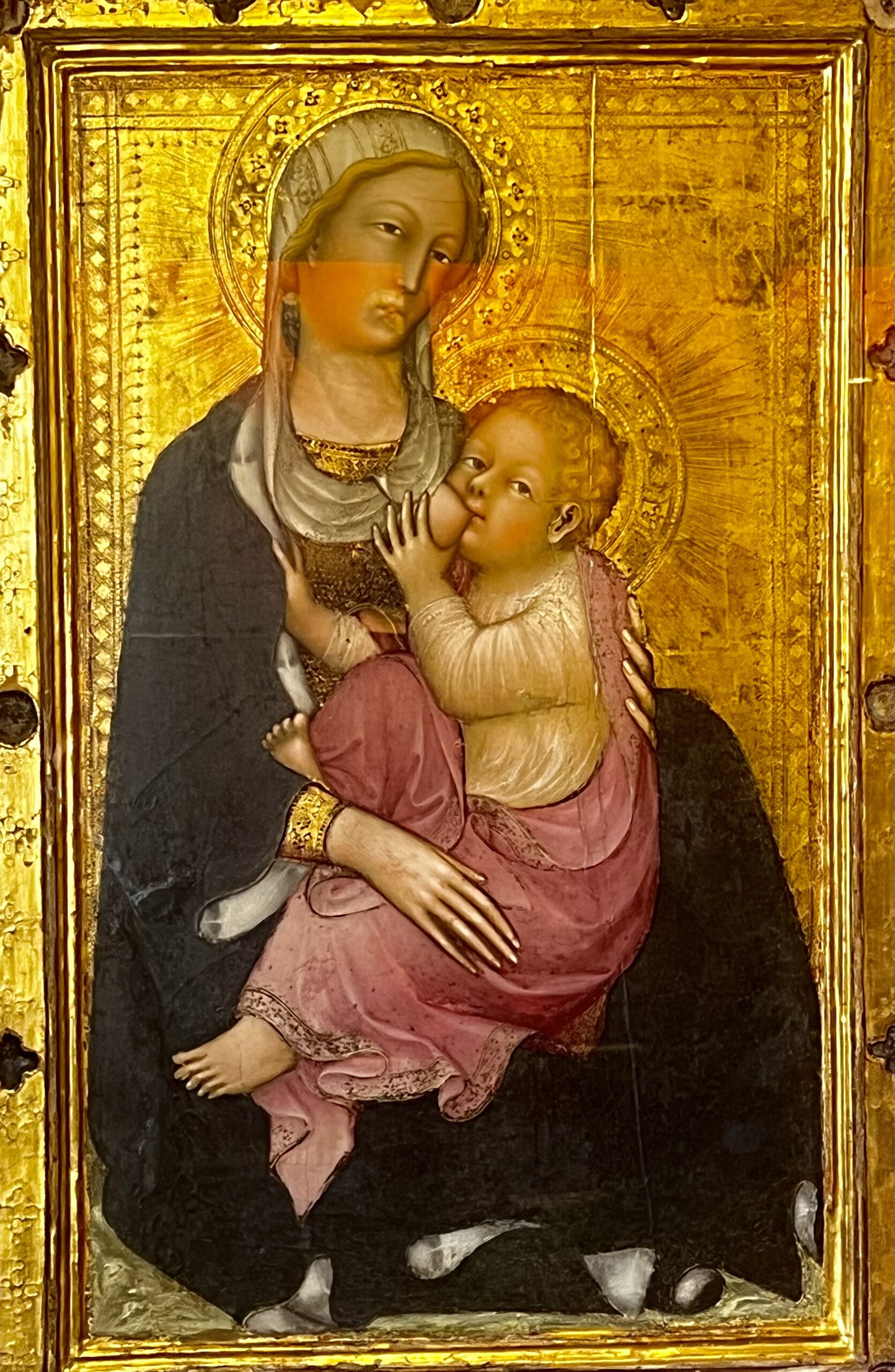
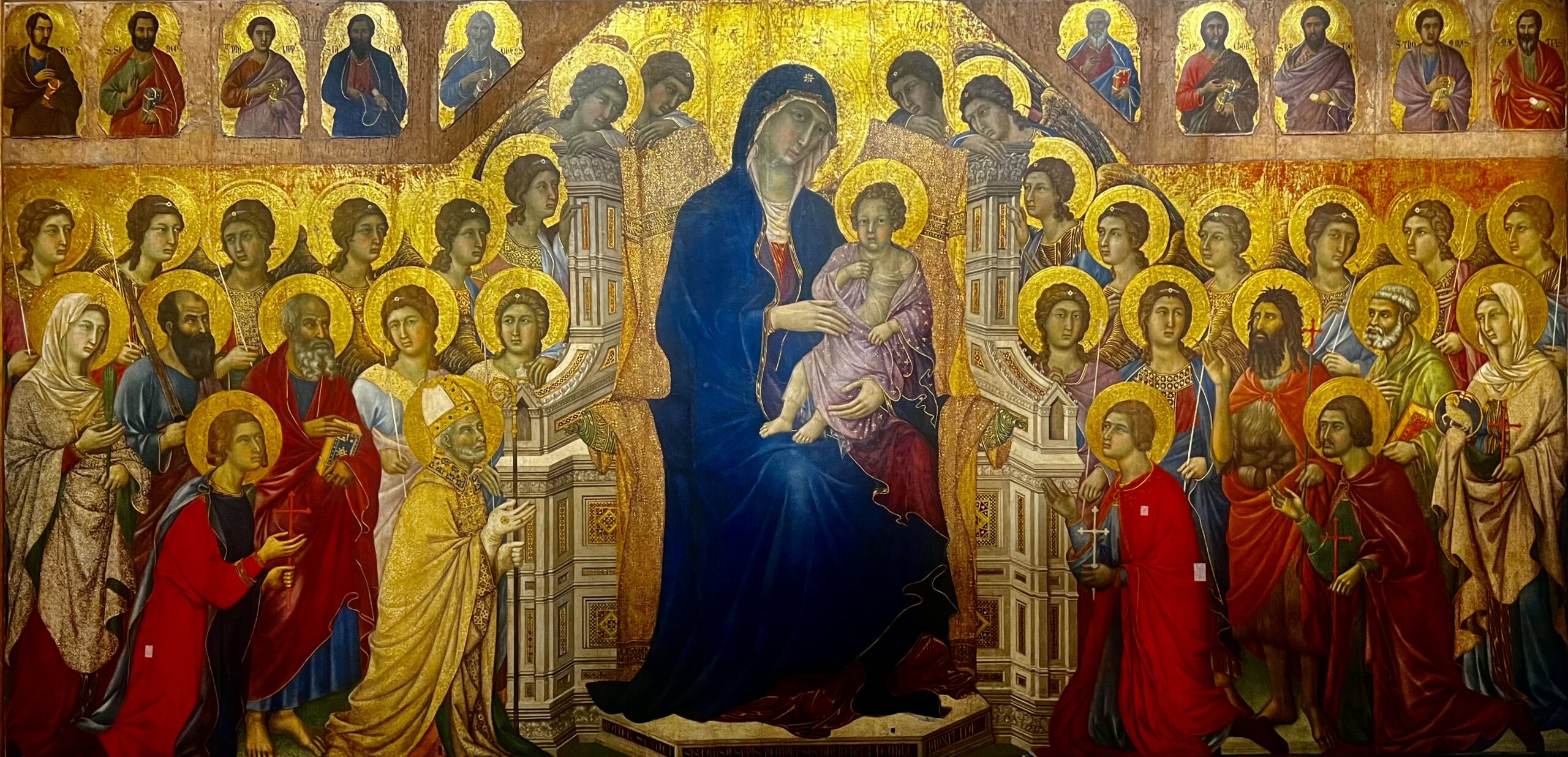
More Strolling
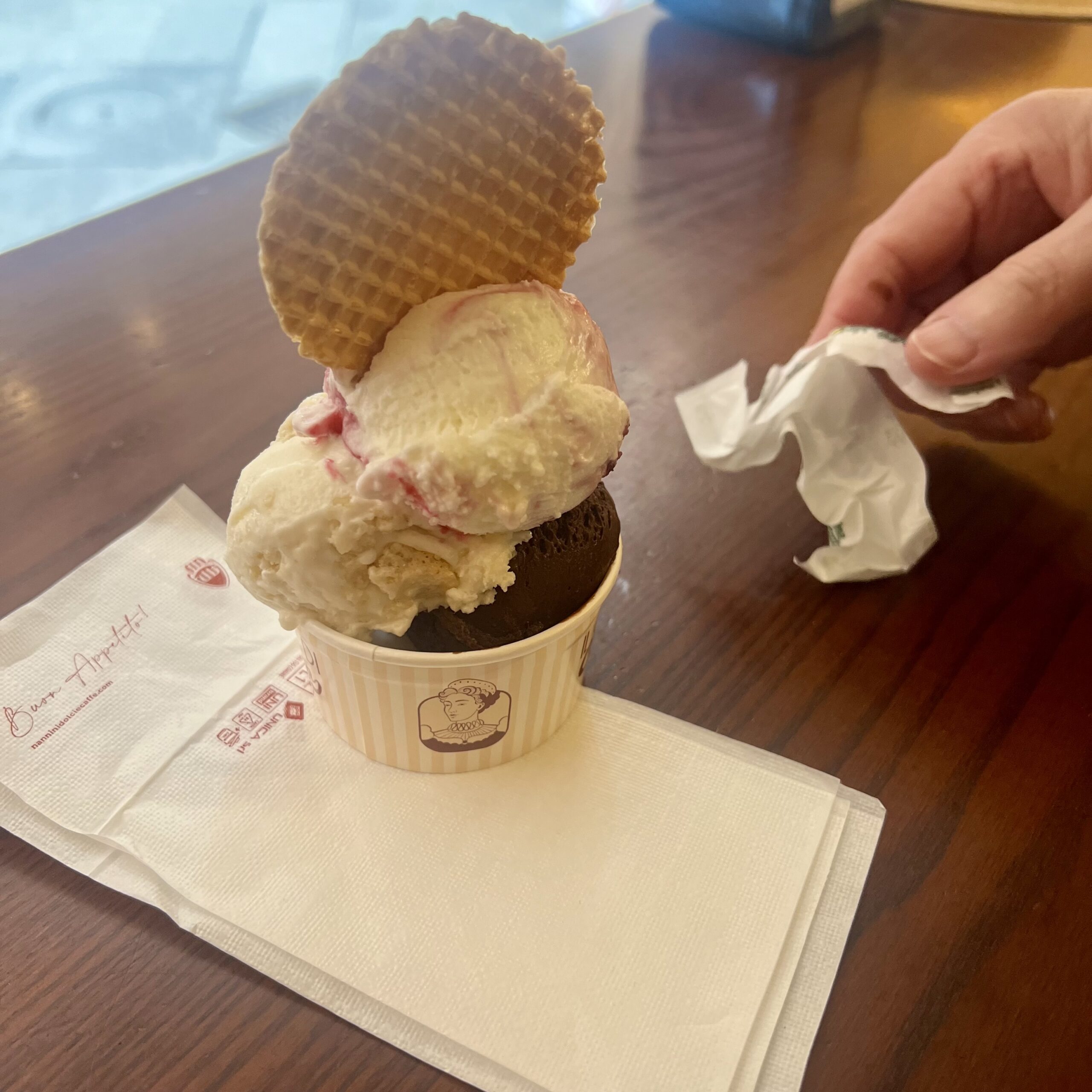
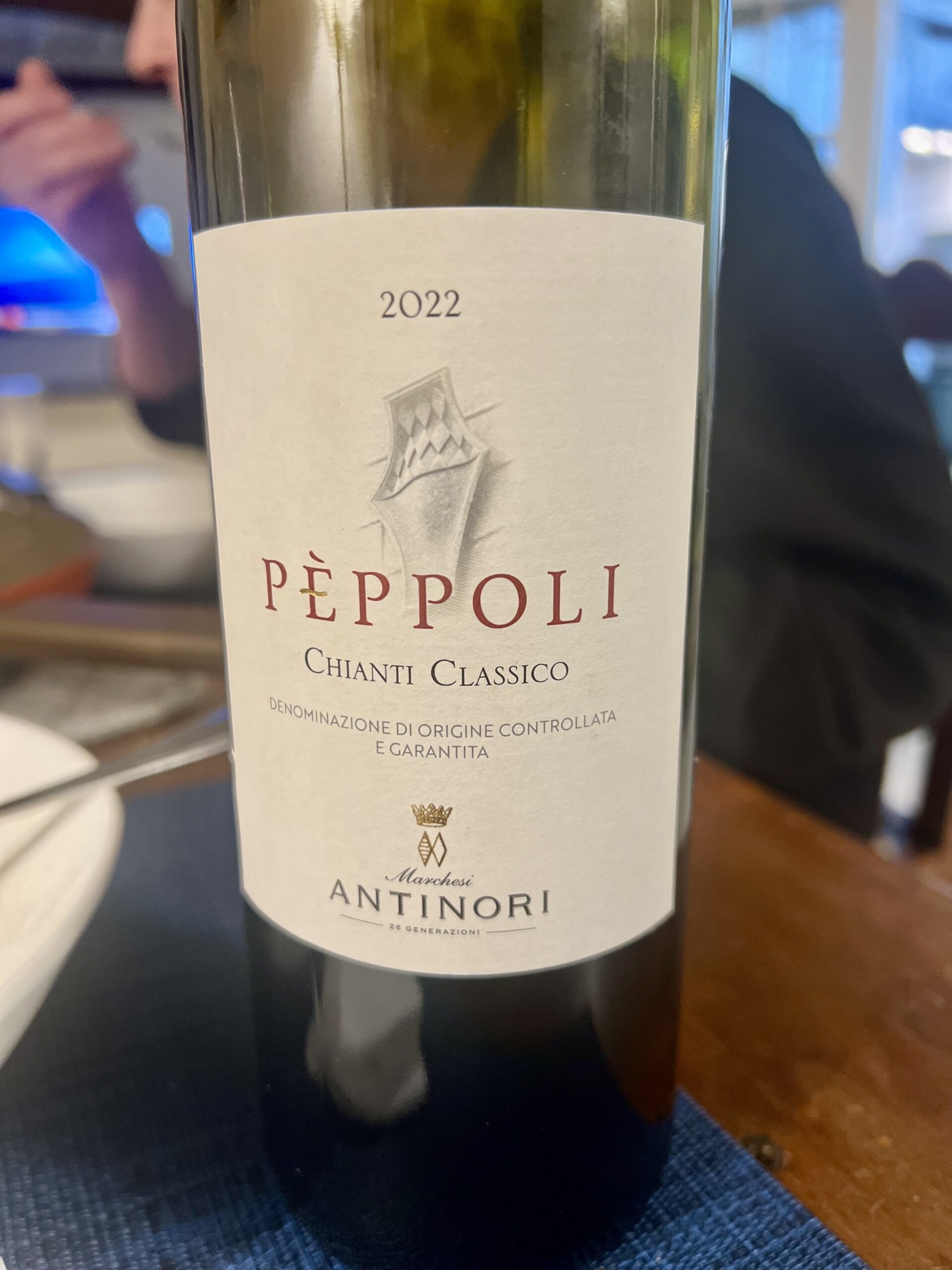
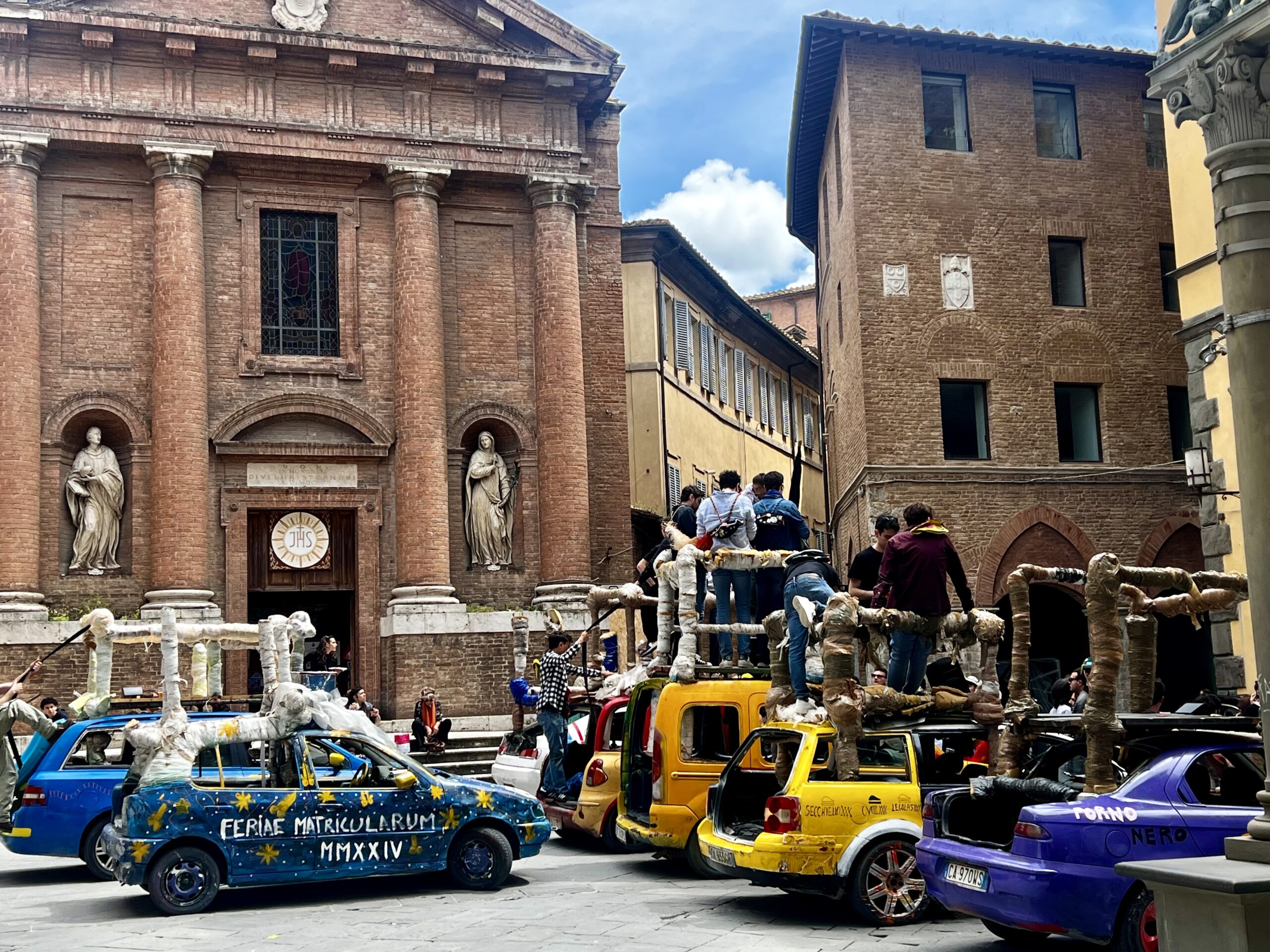
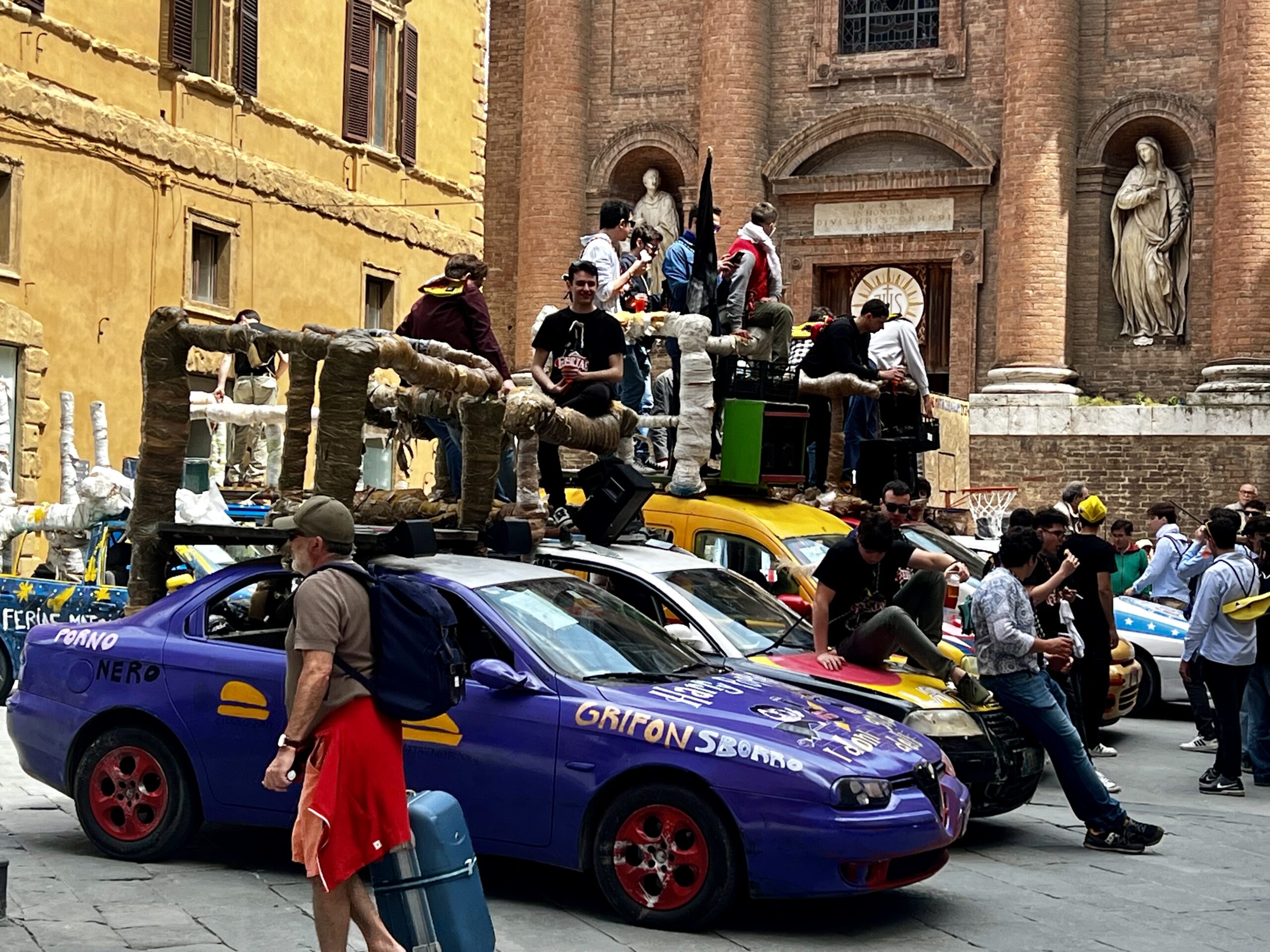
Lunch and More Sienese Art
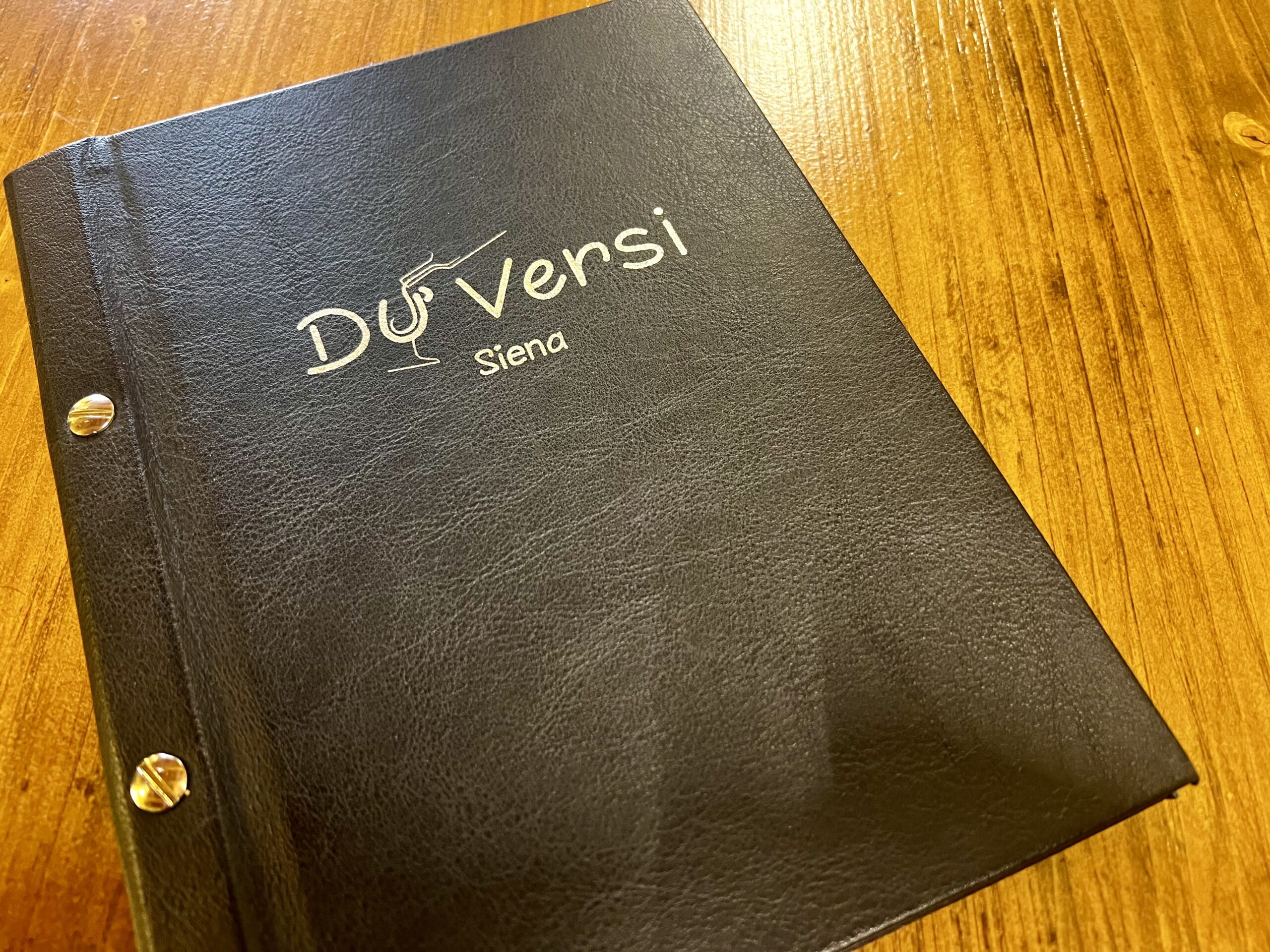
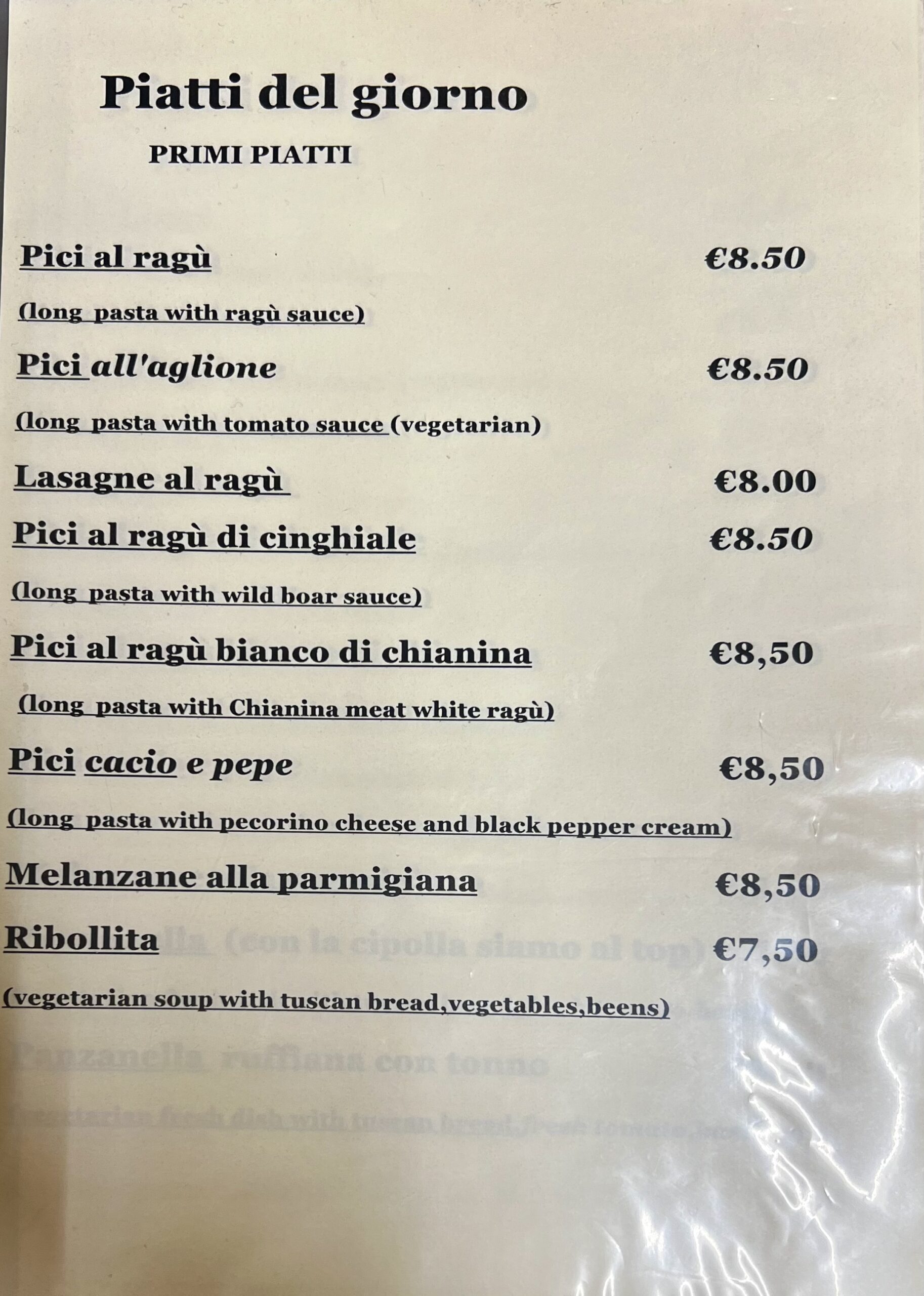
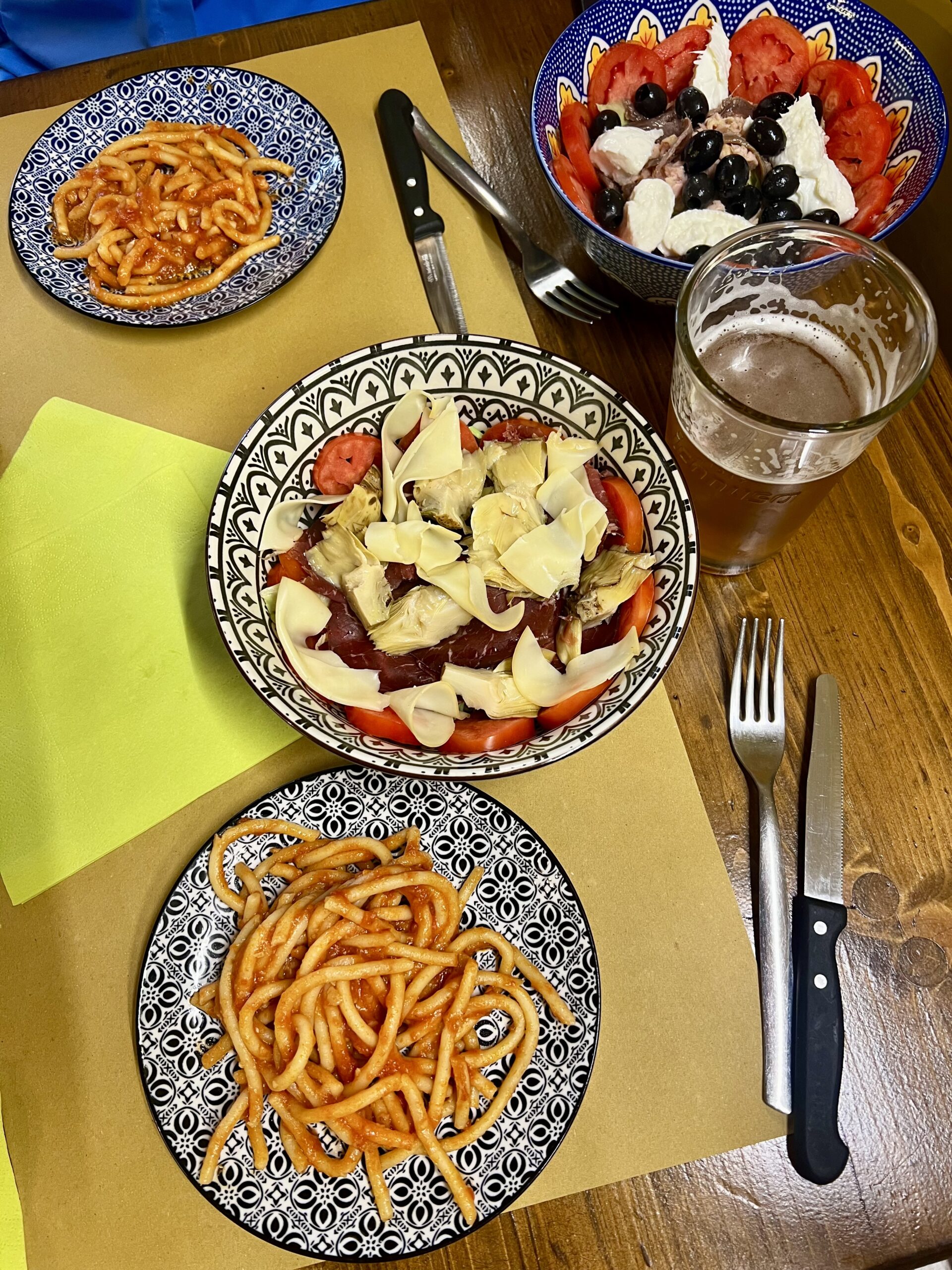
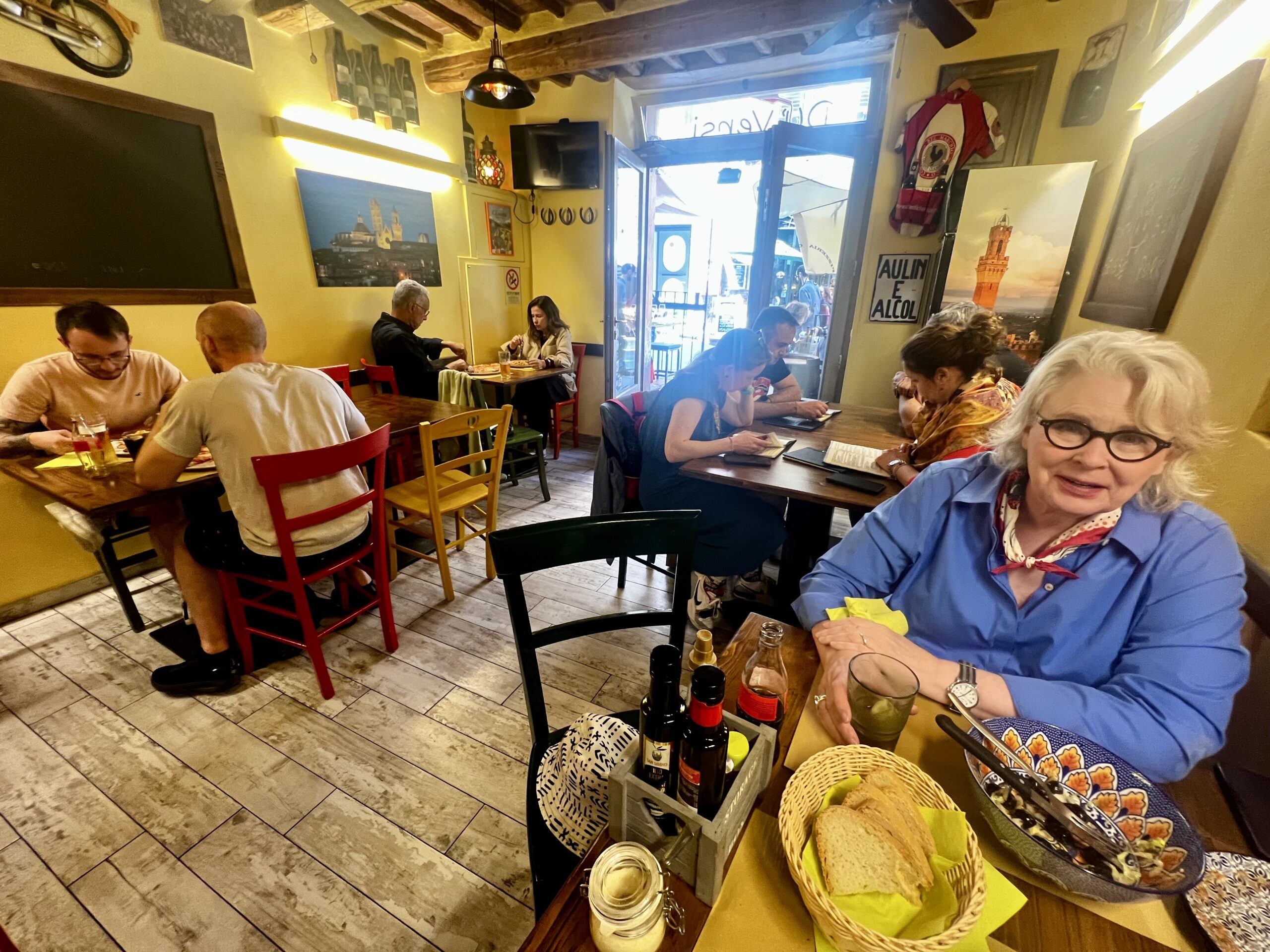
Liberia Piccolomini
Library attached to the Dumo constructed by the Francesco Todeschini, nephew of Pope Pius II, to house his uncle’s extensive collection of humanitarian writings. Frescos depict important events in the pope’s life. The family’s crescent-shaped symbol is displayed throughout—walls, coats of arms, and floors. The nephew later became a pope too—Pope Pius III—but died within twenty six days.
The Piccolomini family dominated Siena between the thirteenth and eighteenth centuries. It held titles from Spain and the Holy Roman Empire and produced two popes. You see the family coat of arms throughout the city. Apparently, the name was chosen by Chiaramontese, a Roman exile. In those days, it is said, that it was common for someone changing locations to change their last name too. His was derived from his nickname, piccoluomo (small man), the plural of which is piccoli uomini, shortened to Piccolomini. Get it?
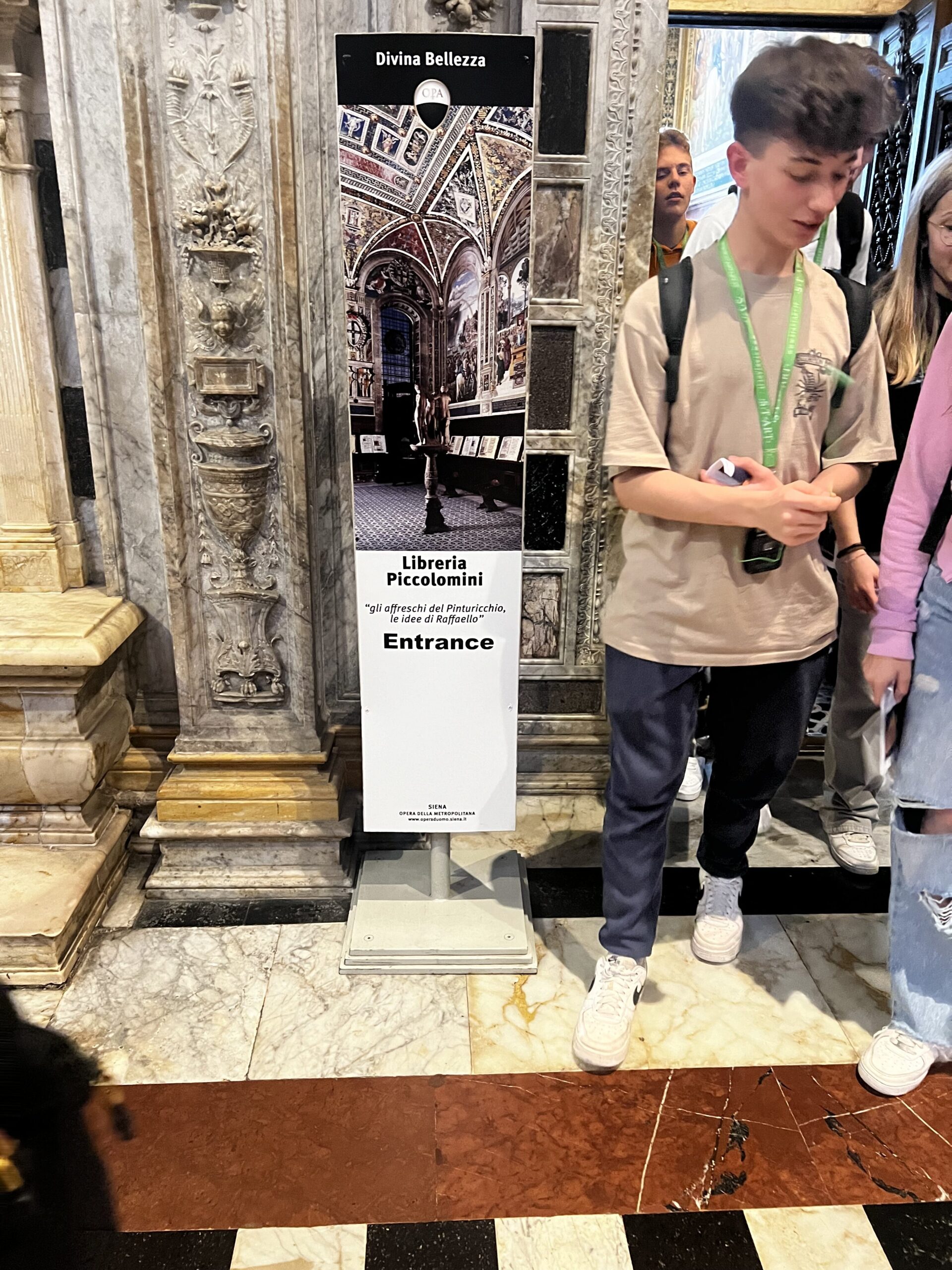
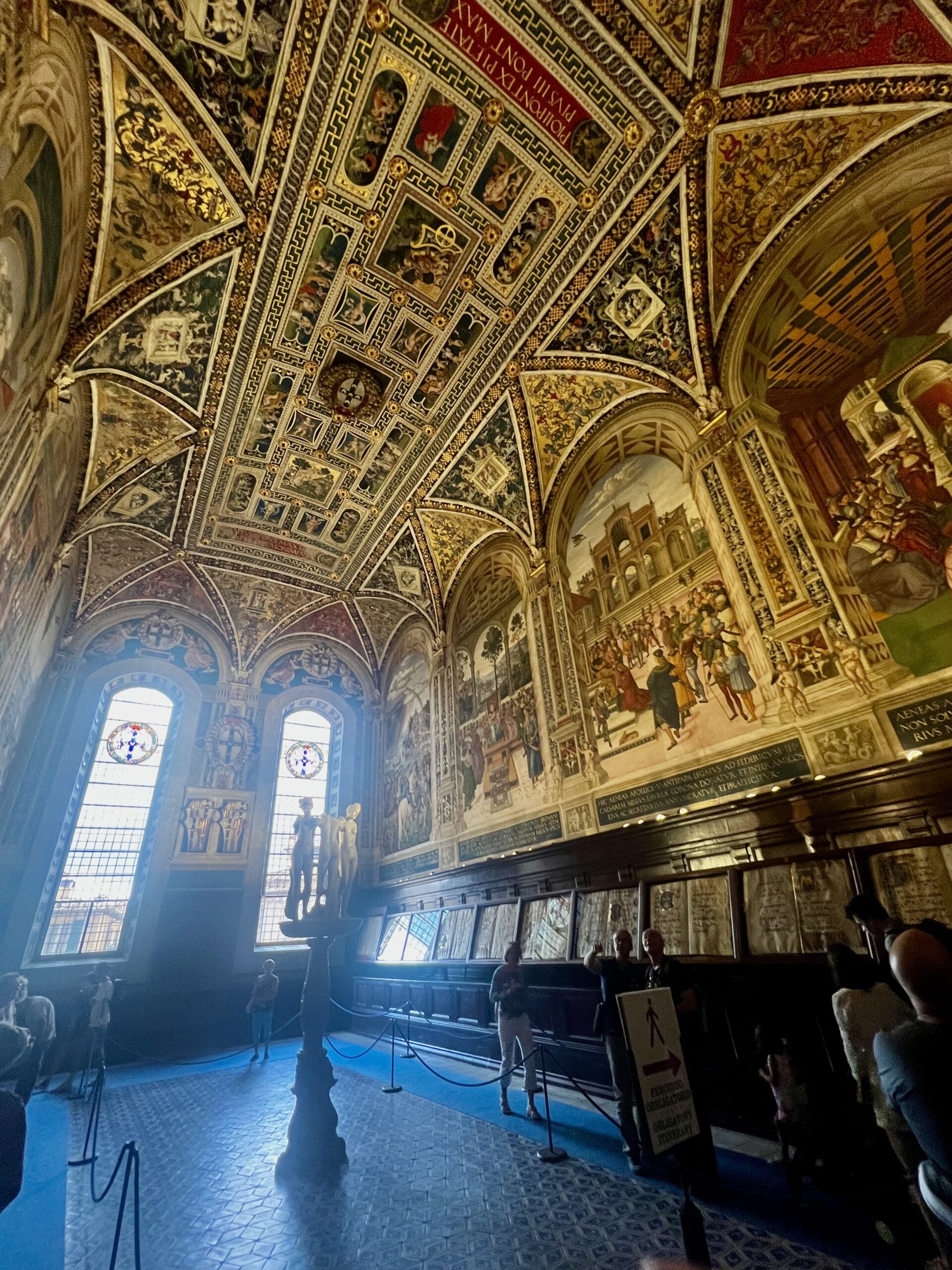
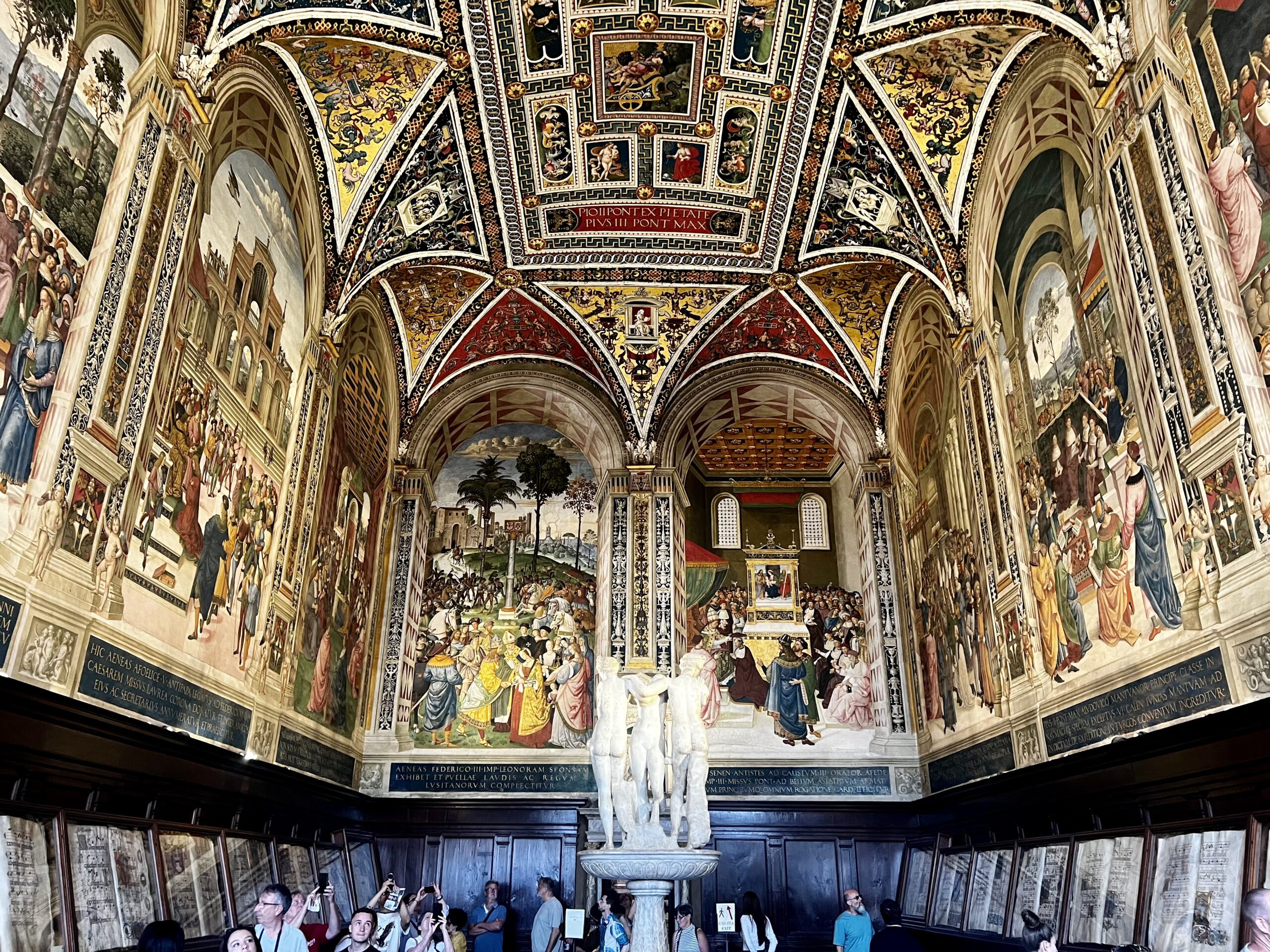
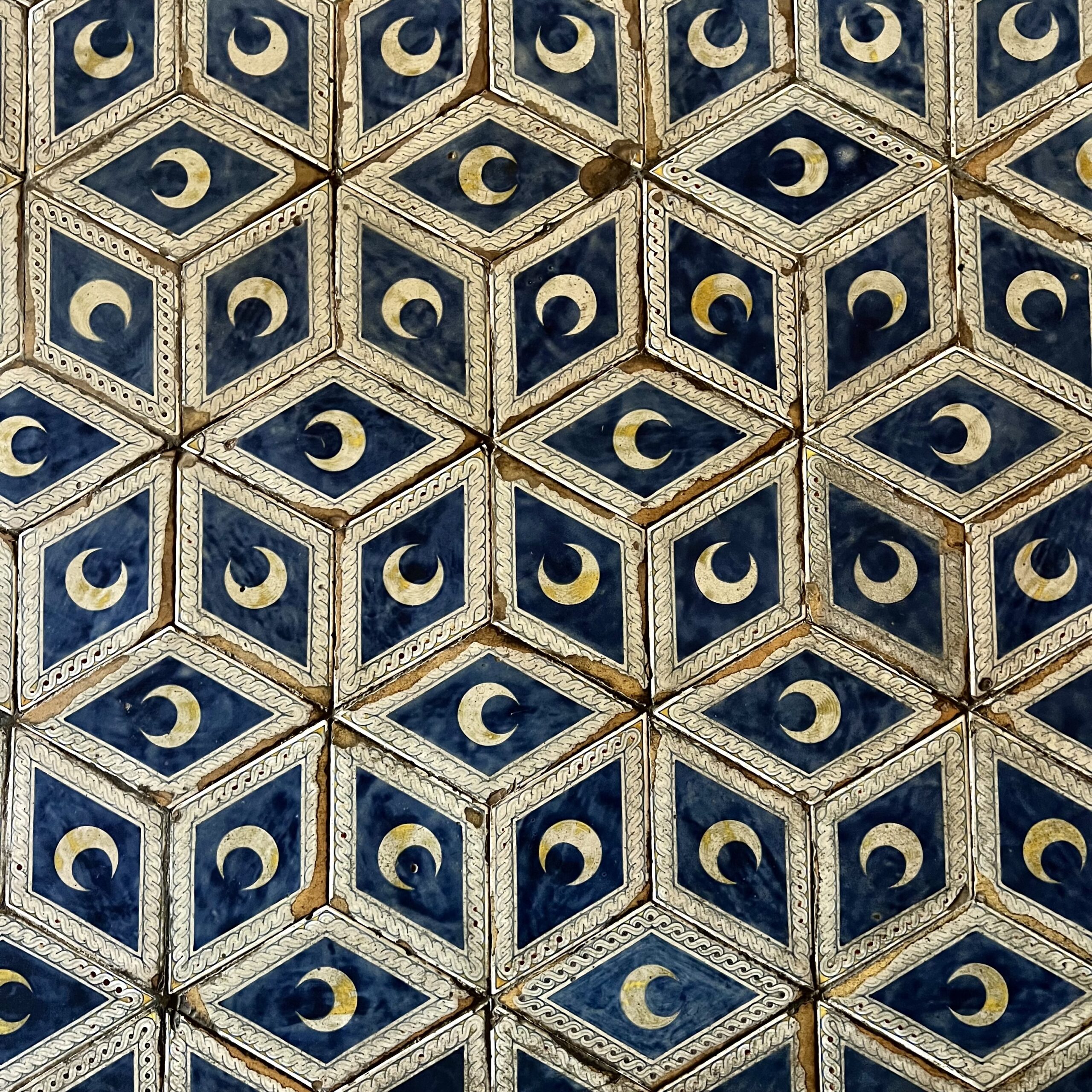
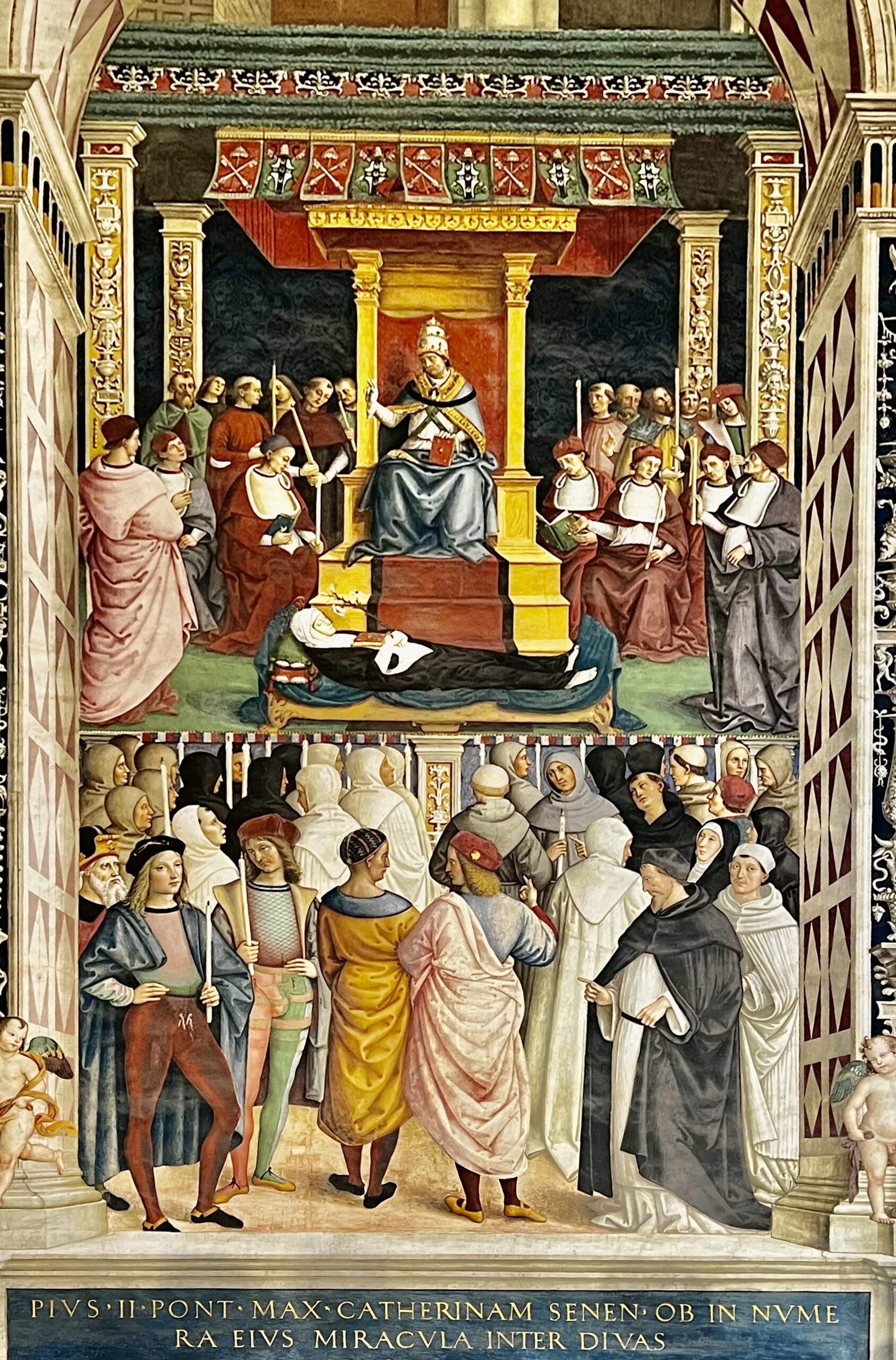
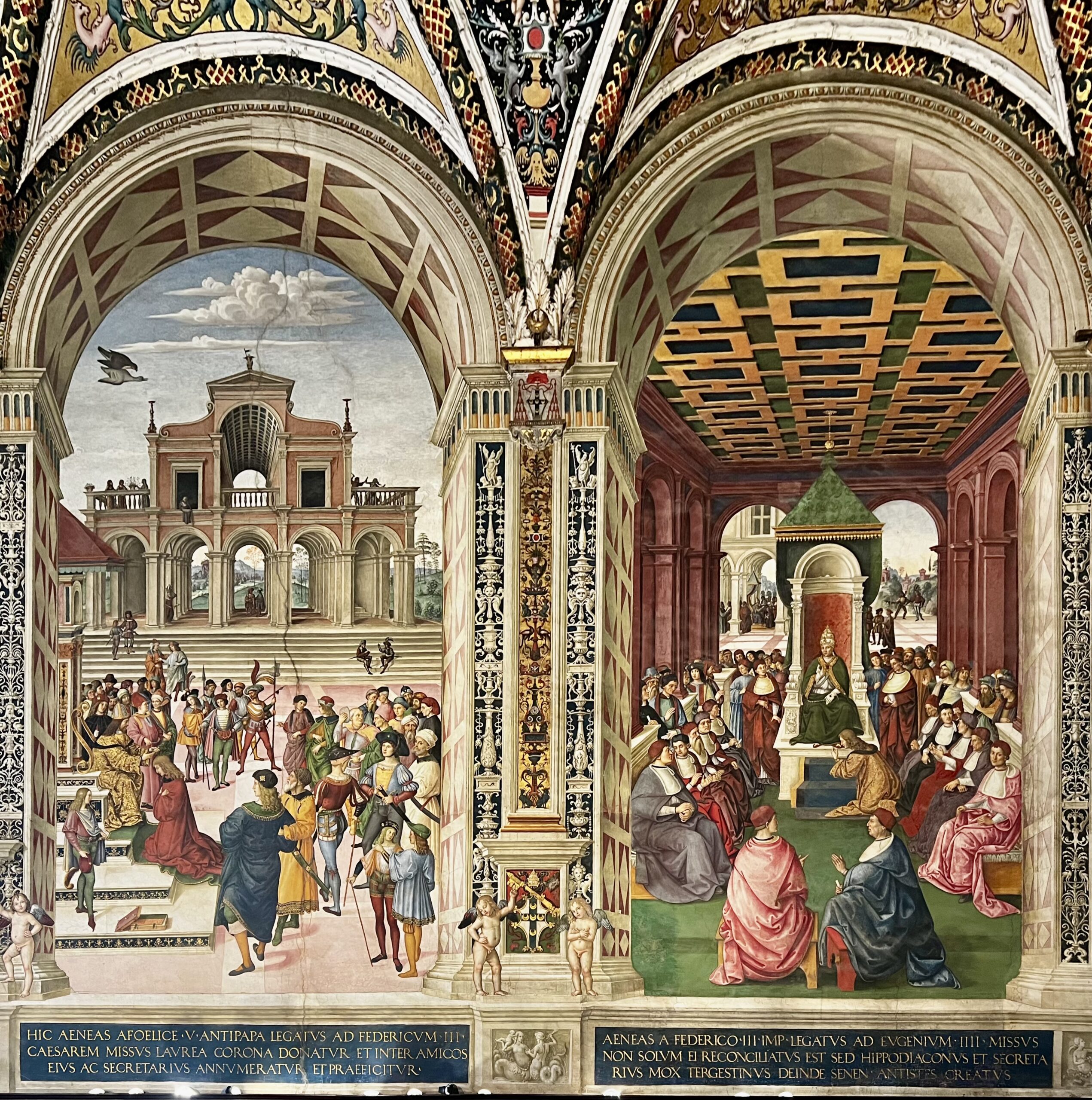
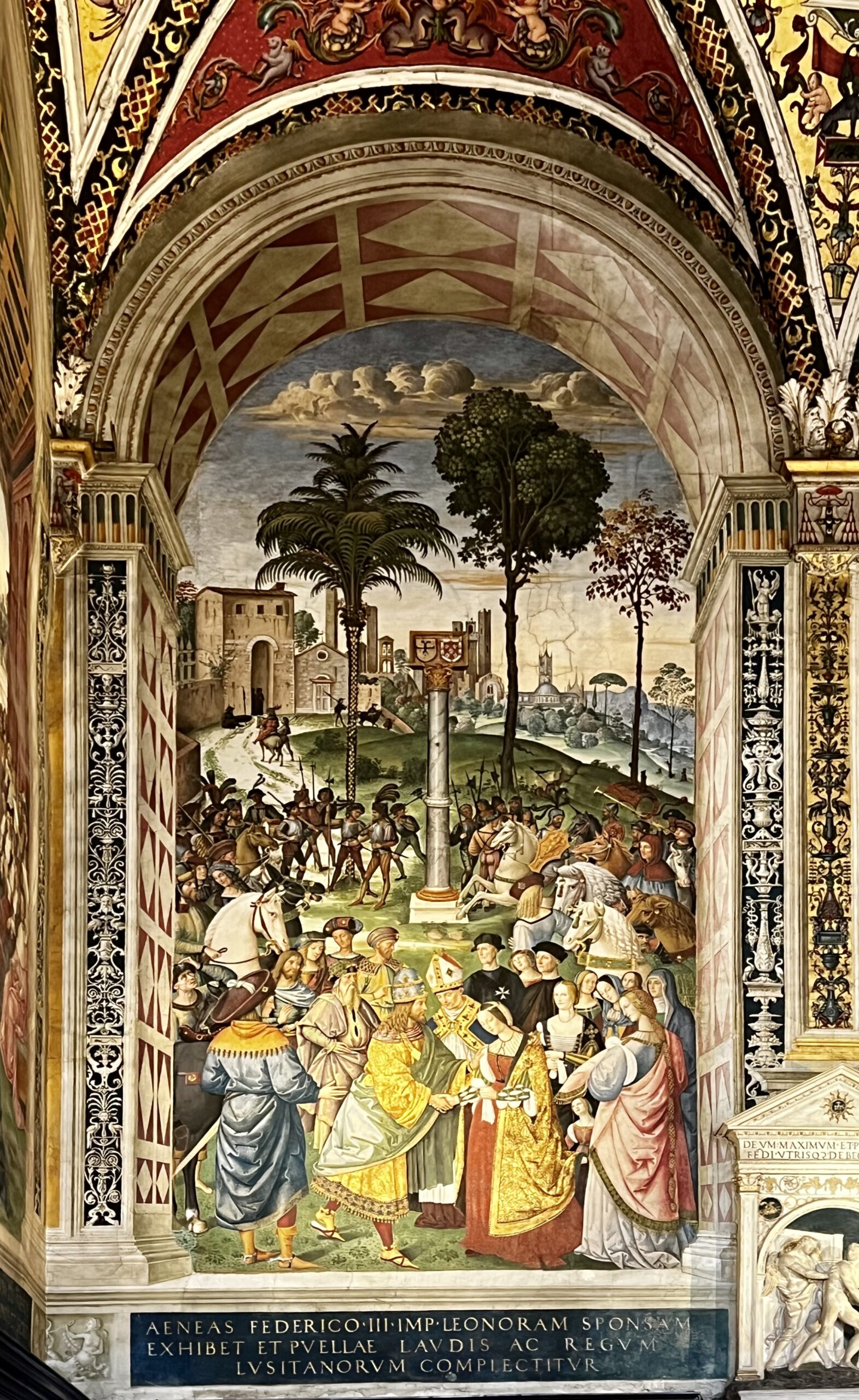
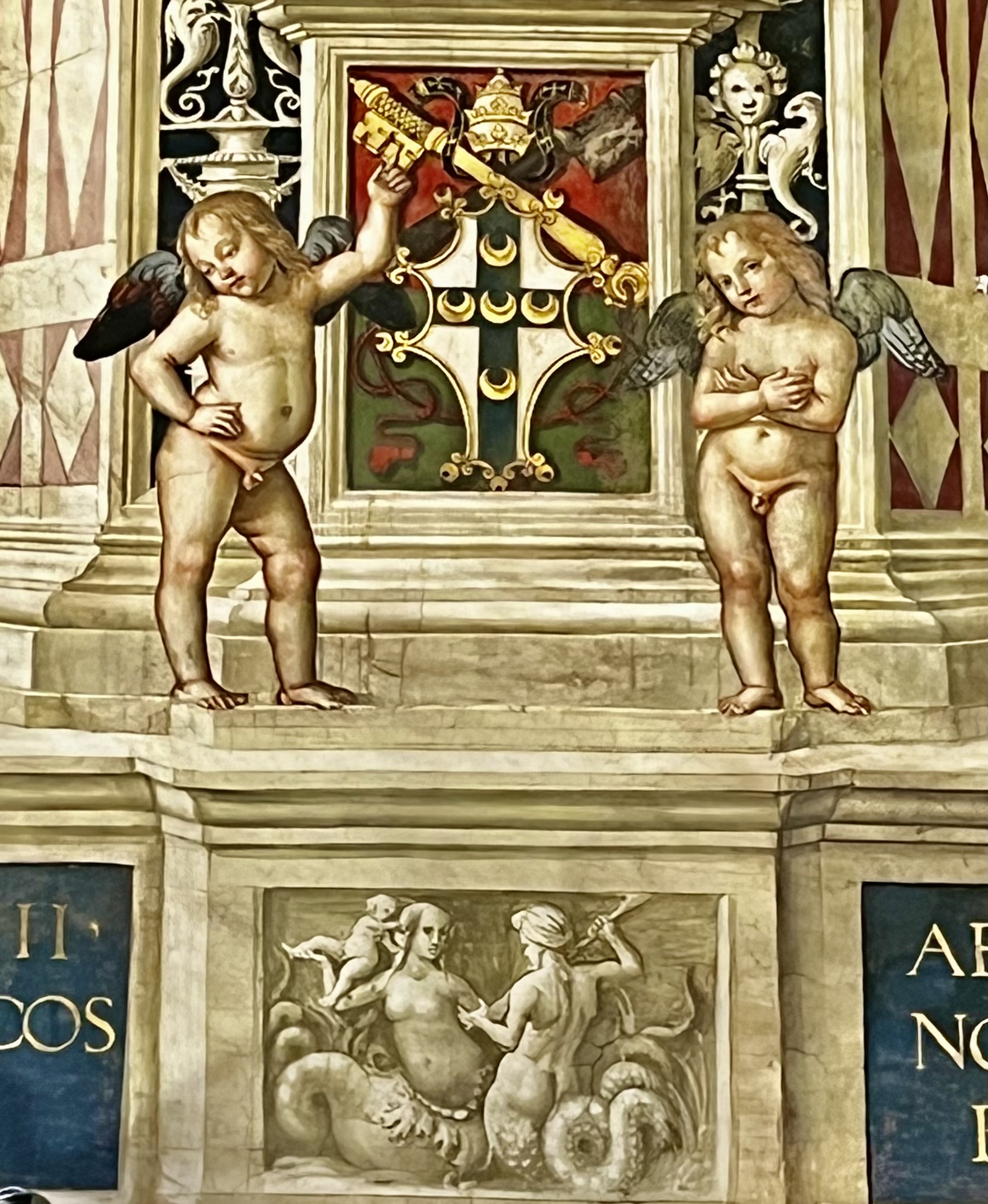
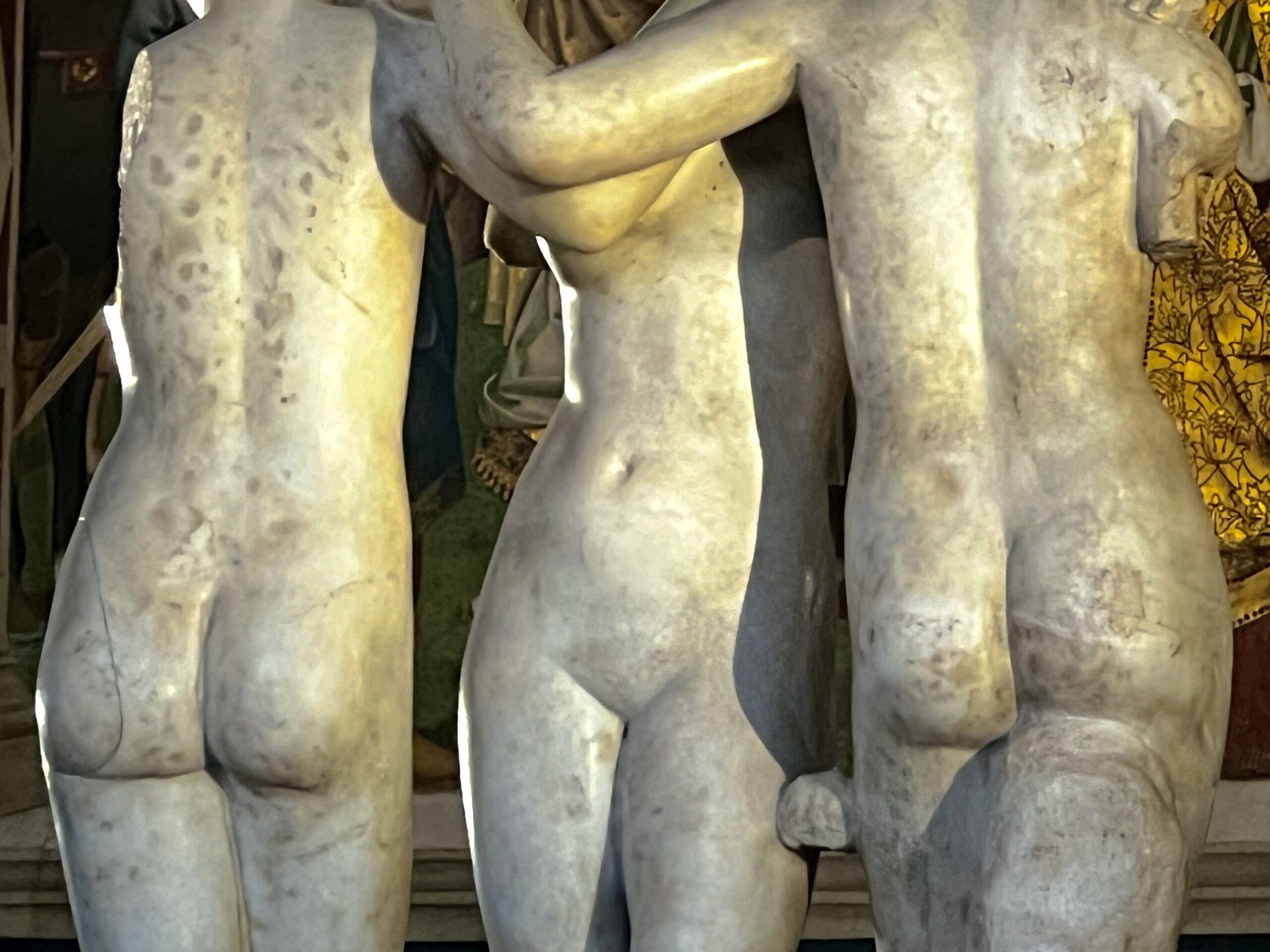
Bapistry
Turns out the majority of the baptistry was shrouded for restoration.
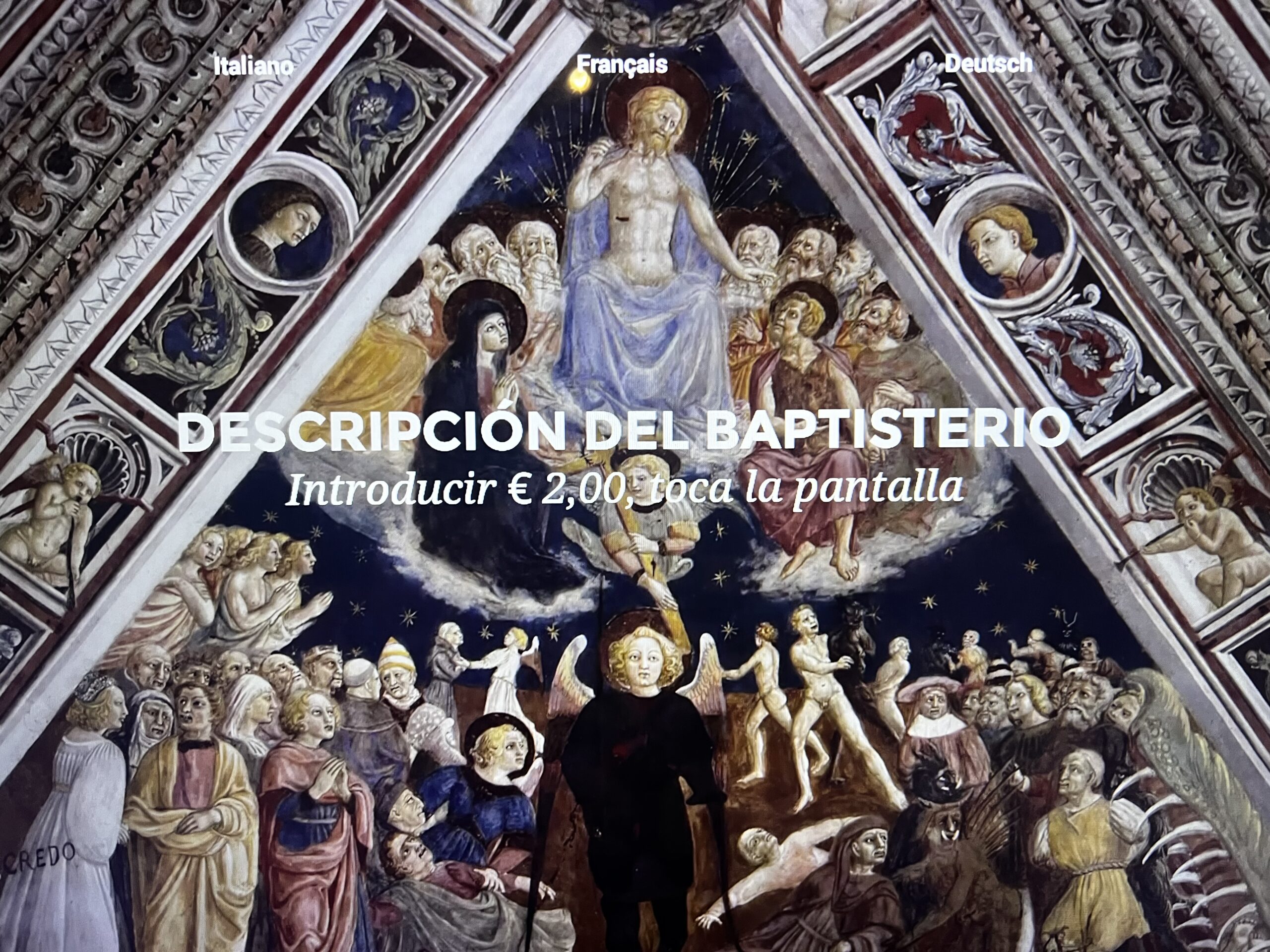

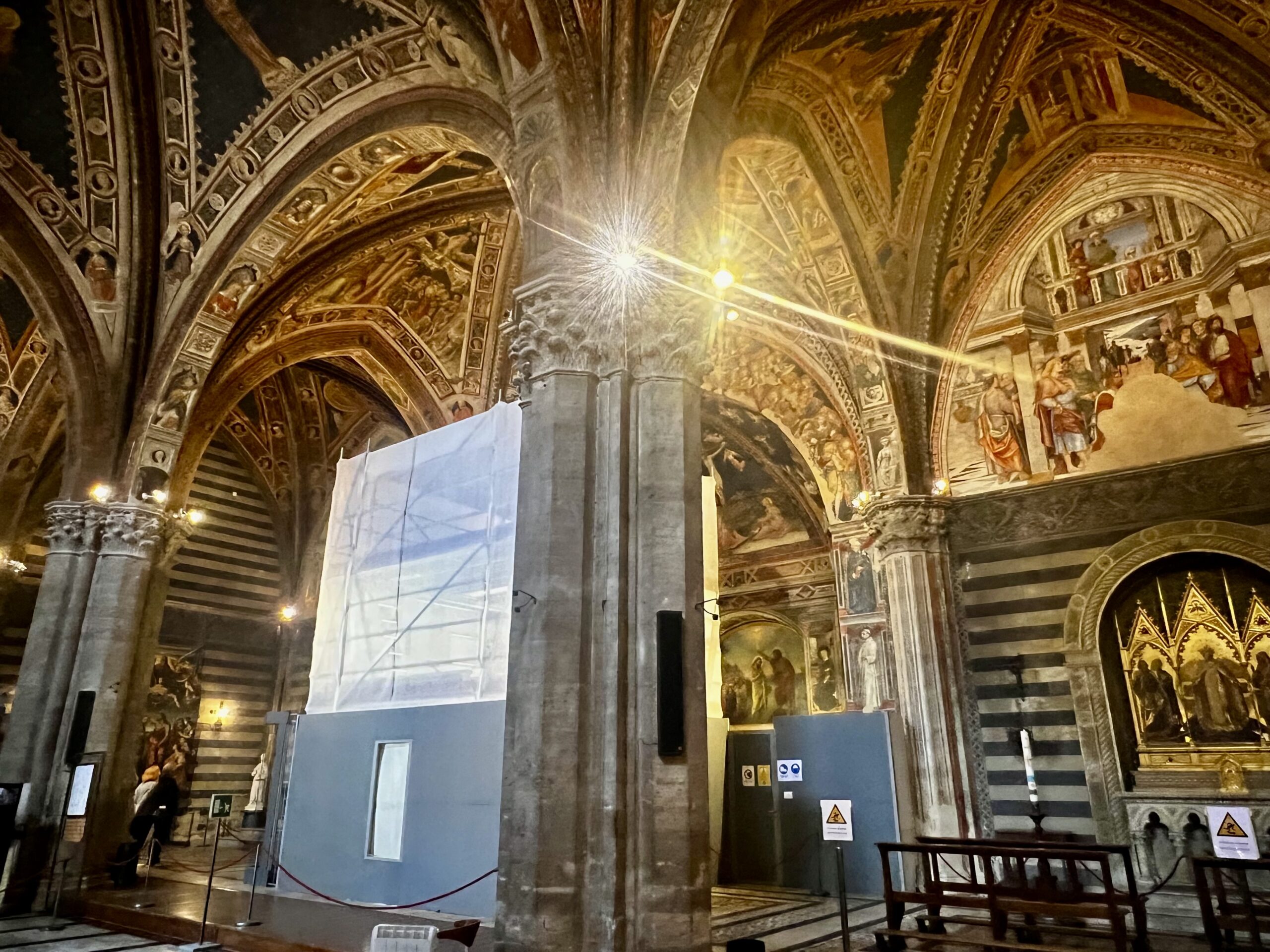
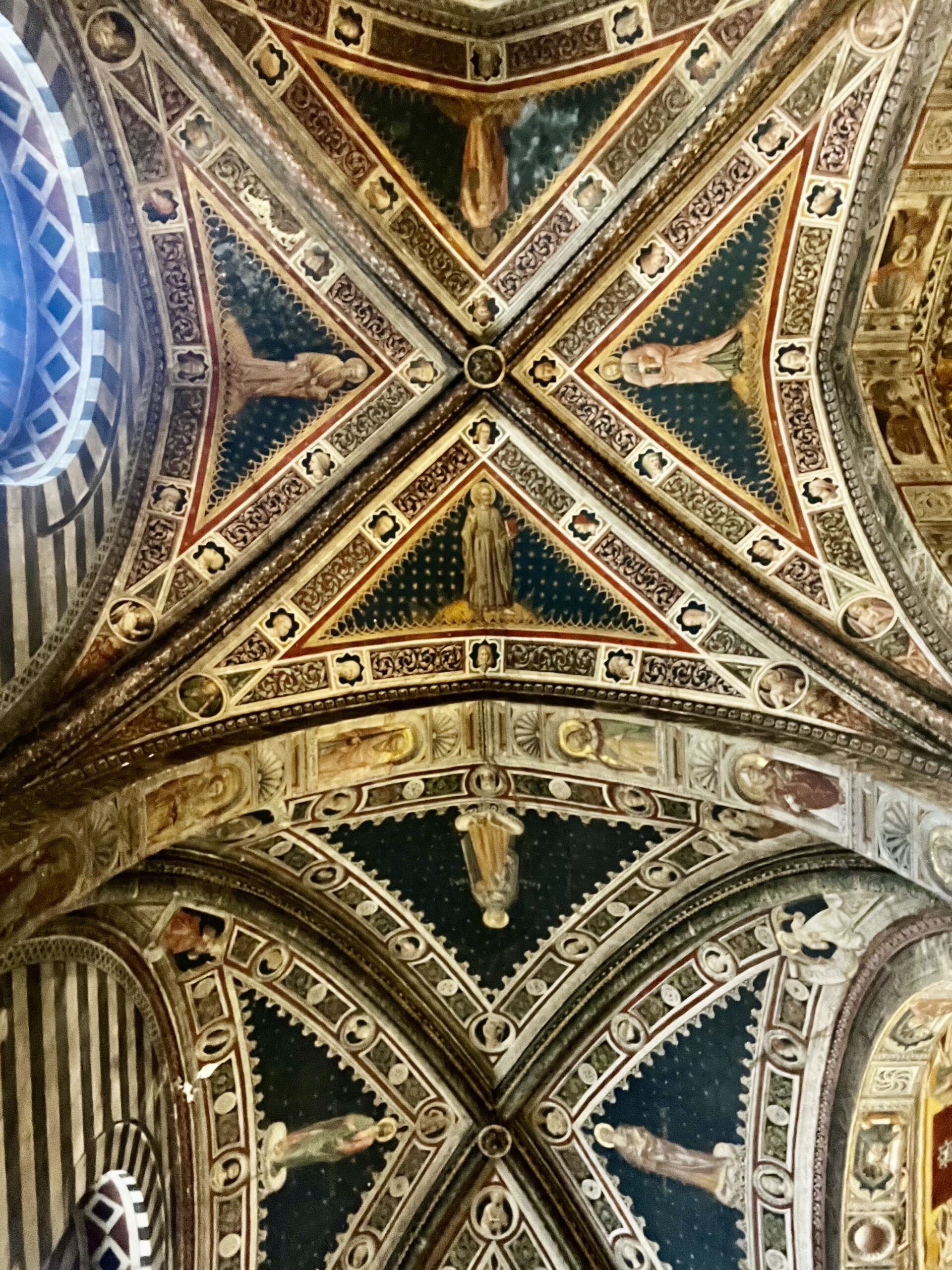
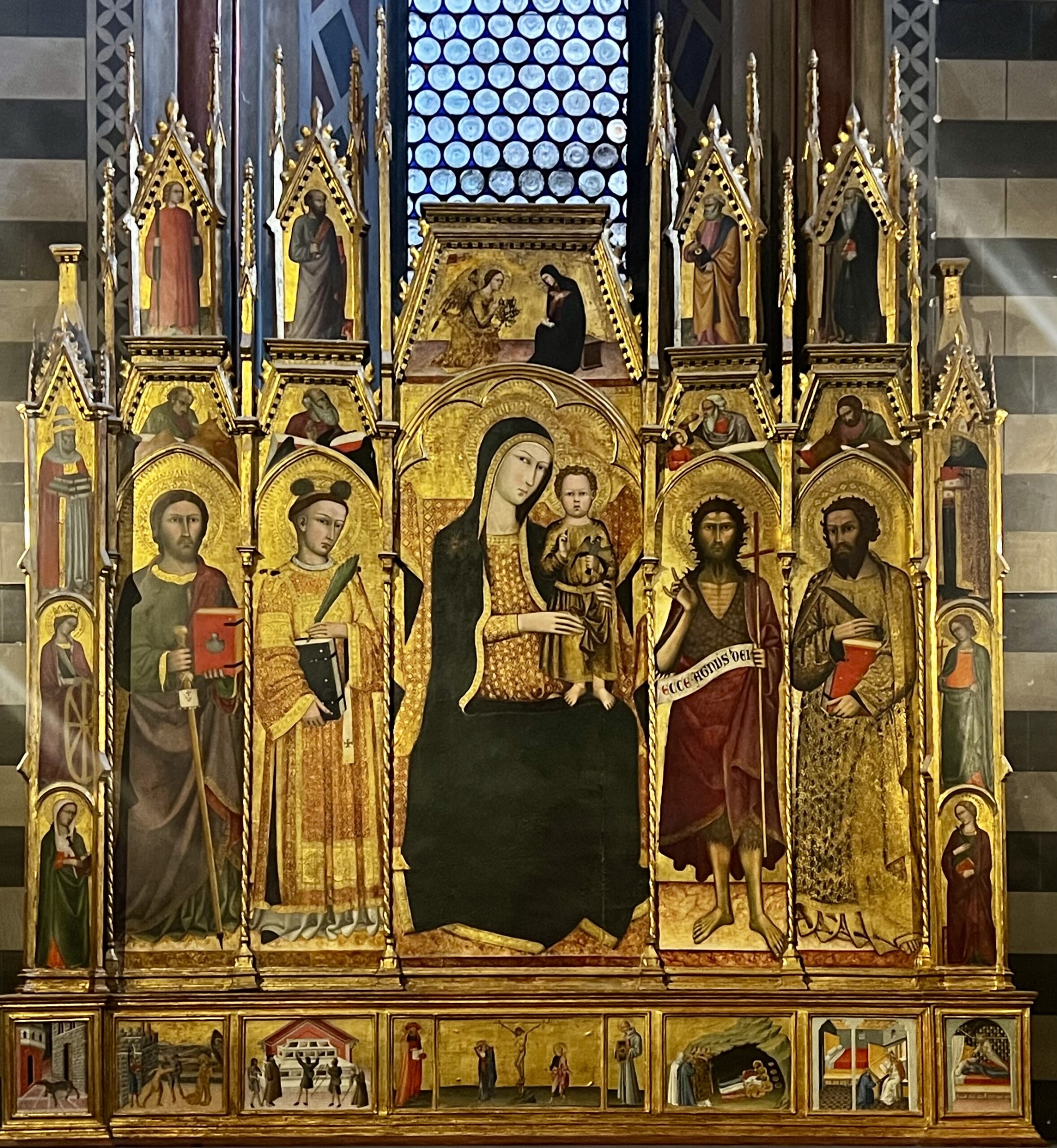
Giovanni di Paulo, Storia di S. Stefano . . . , late 1400s
Walking Slowly Around
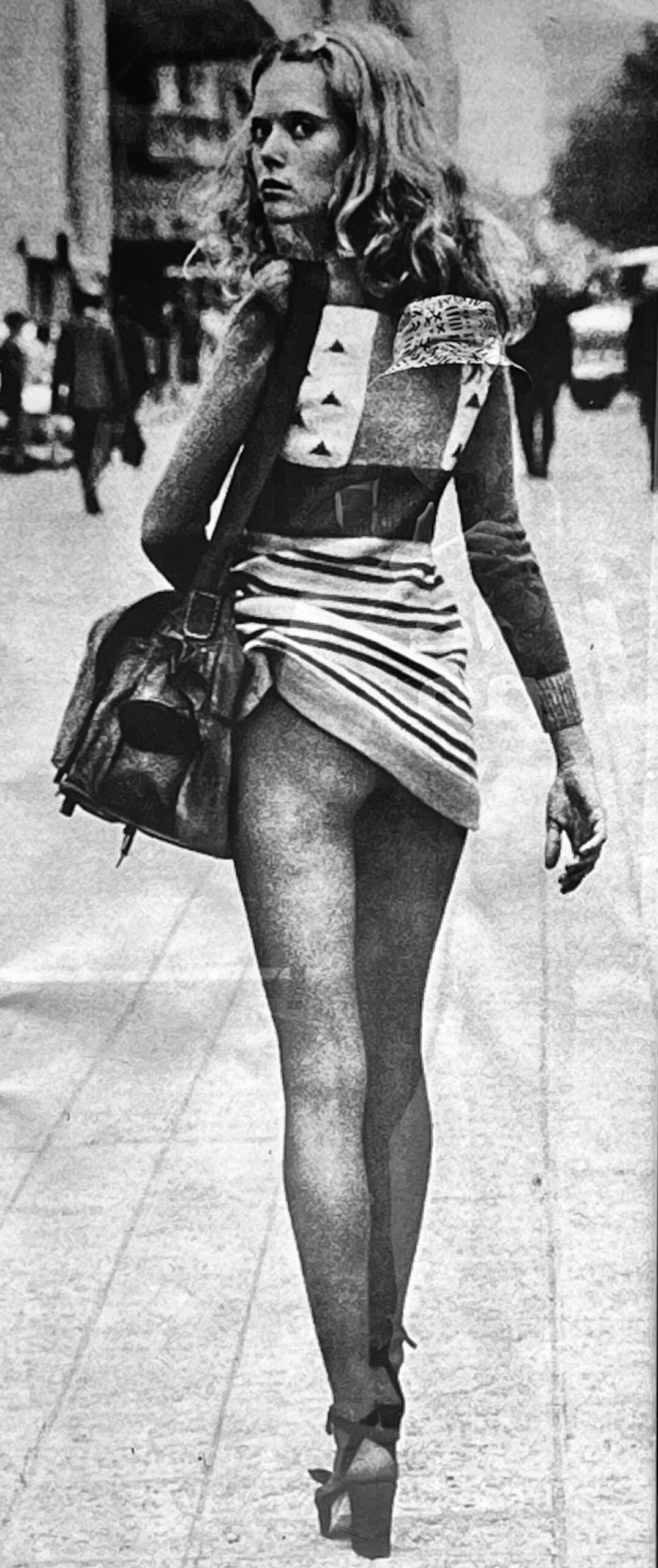
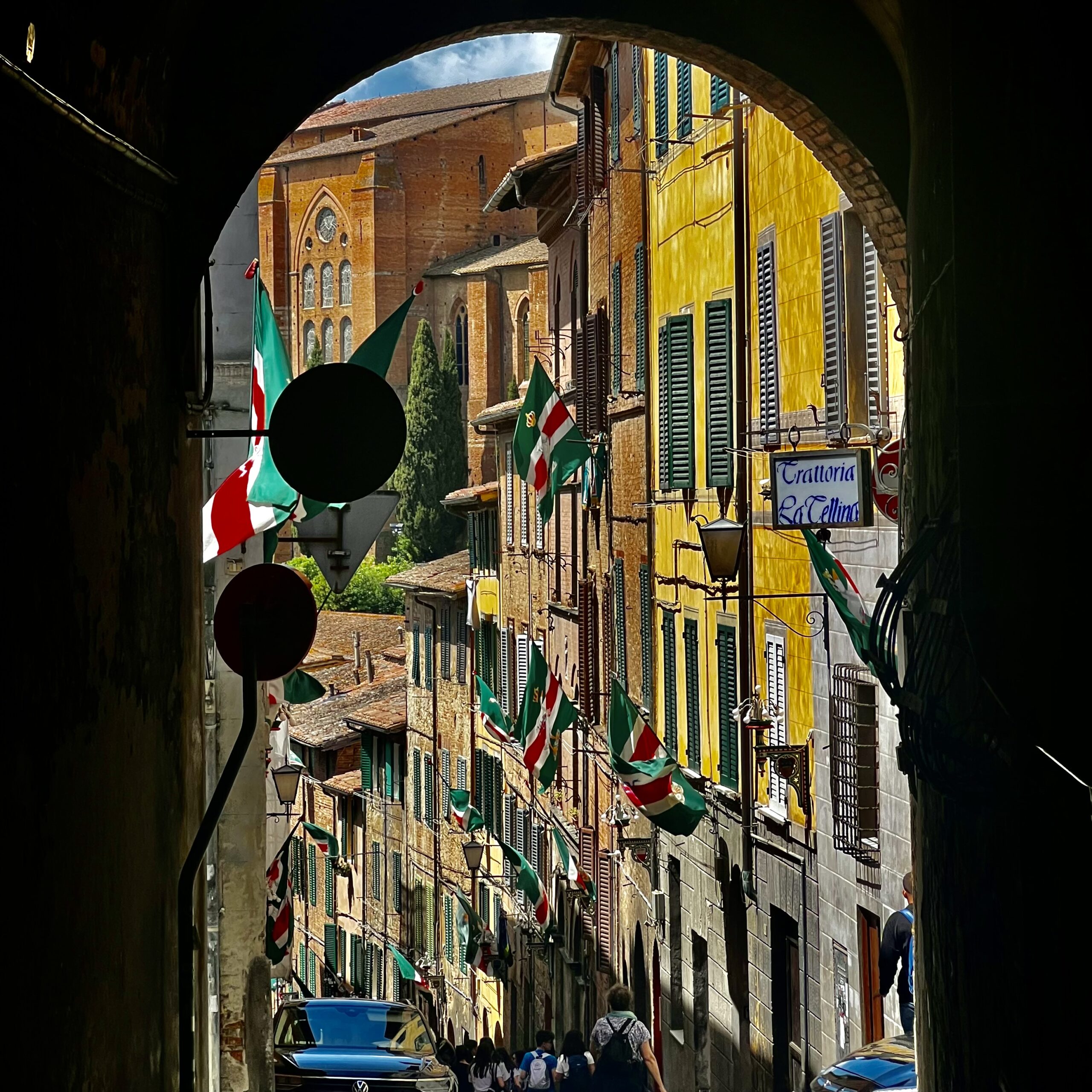
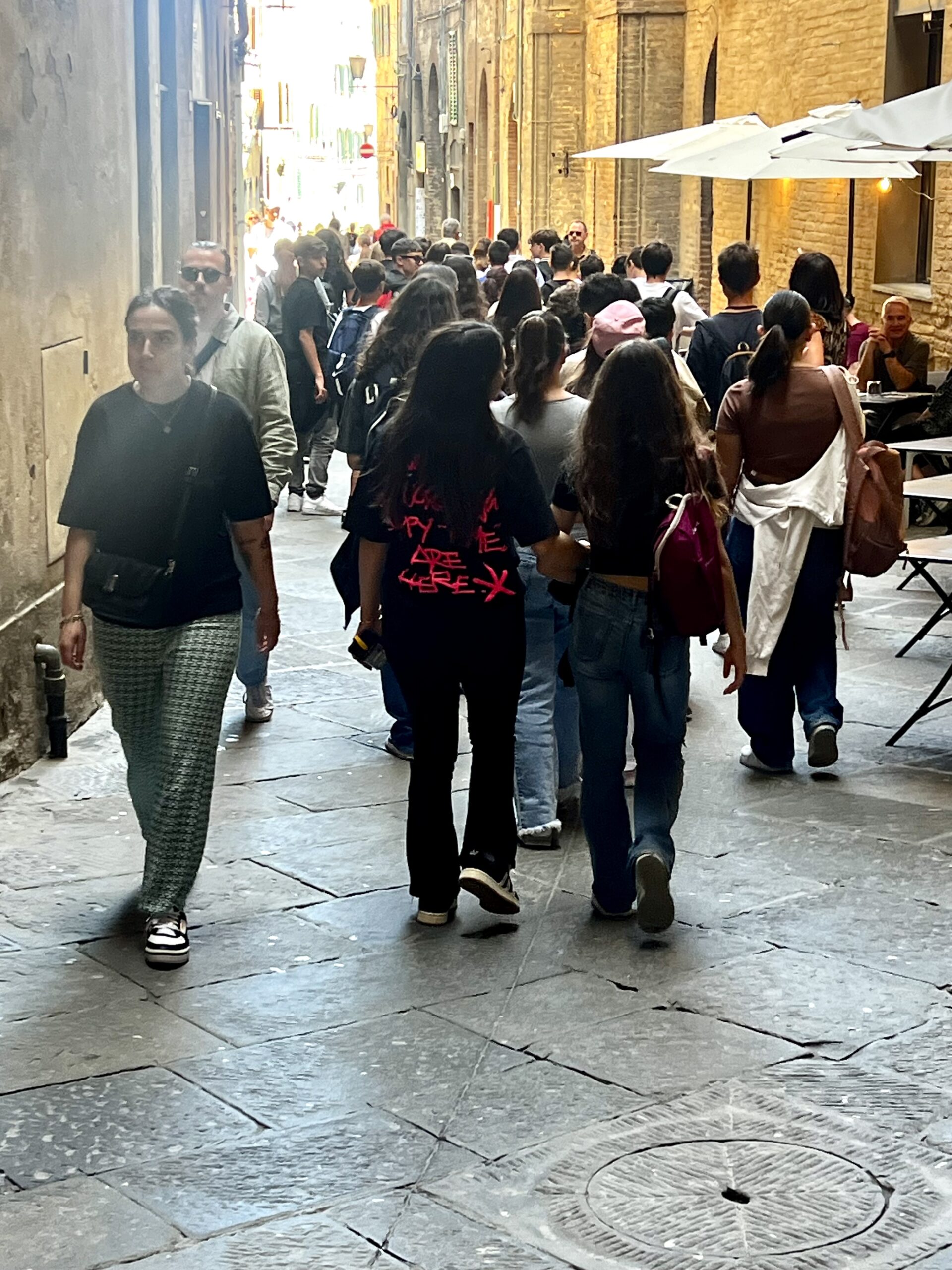
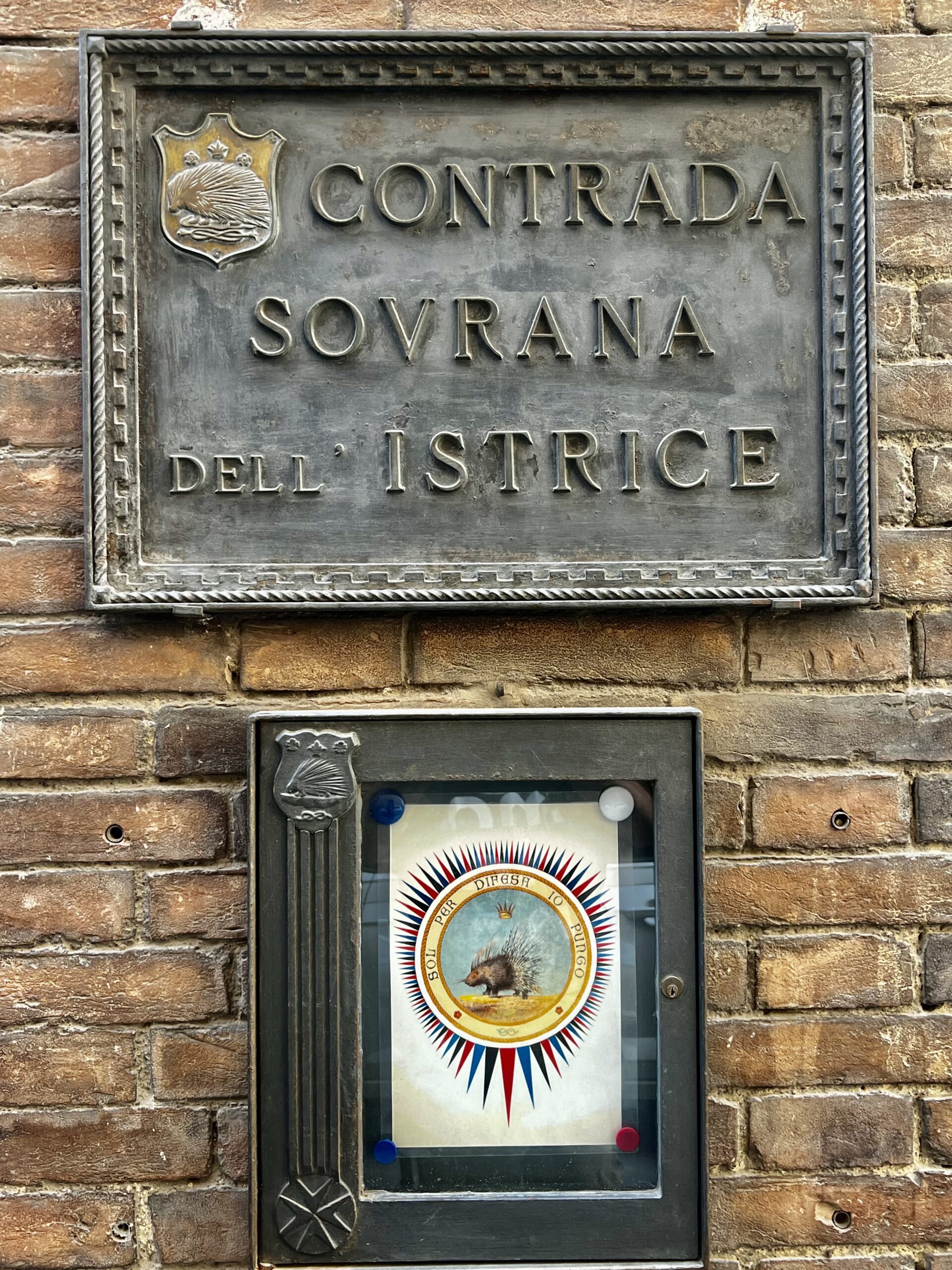
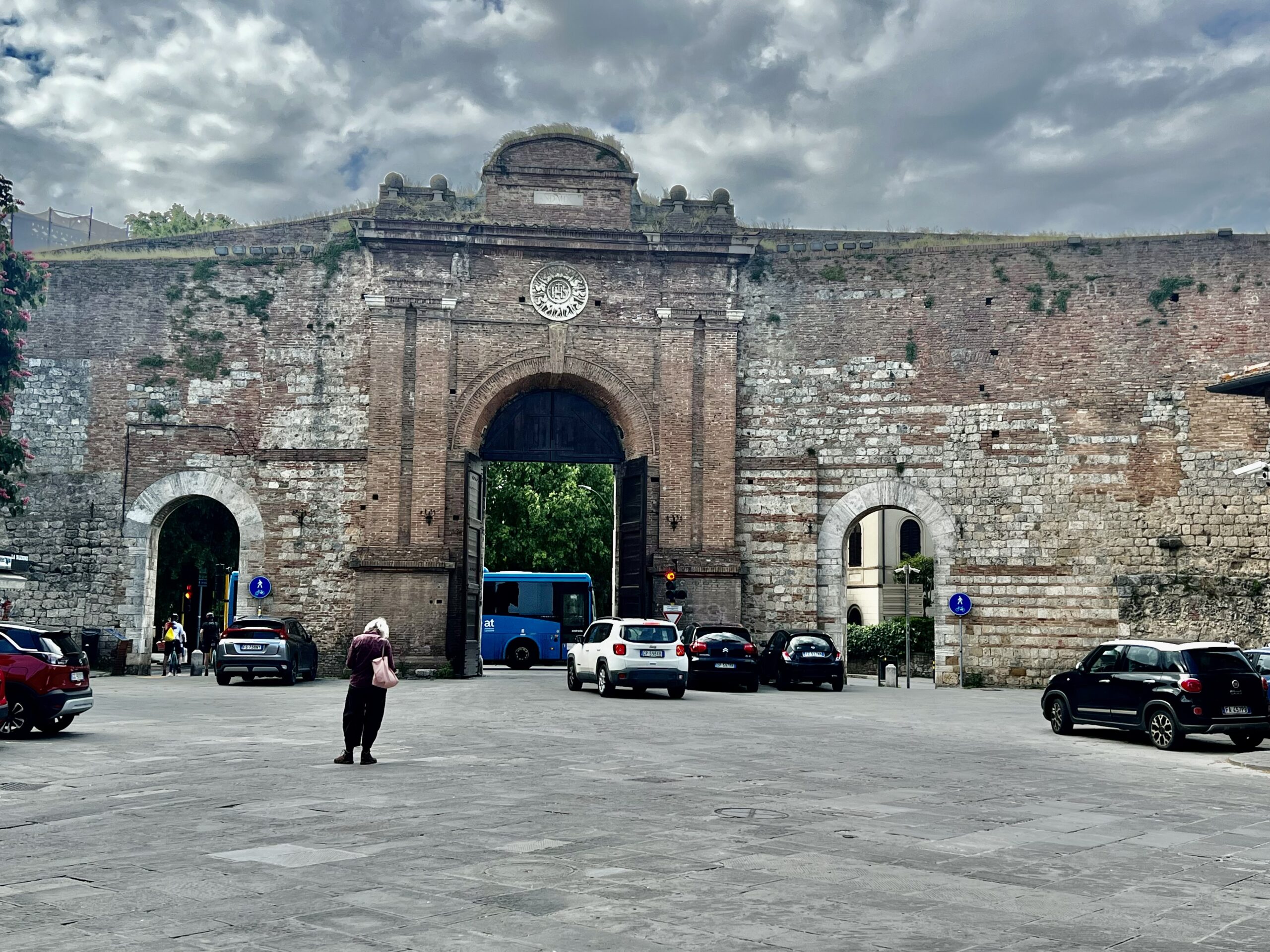
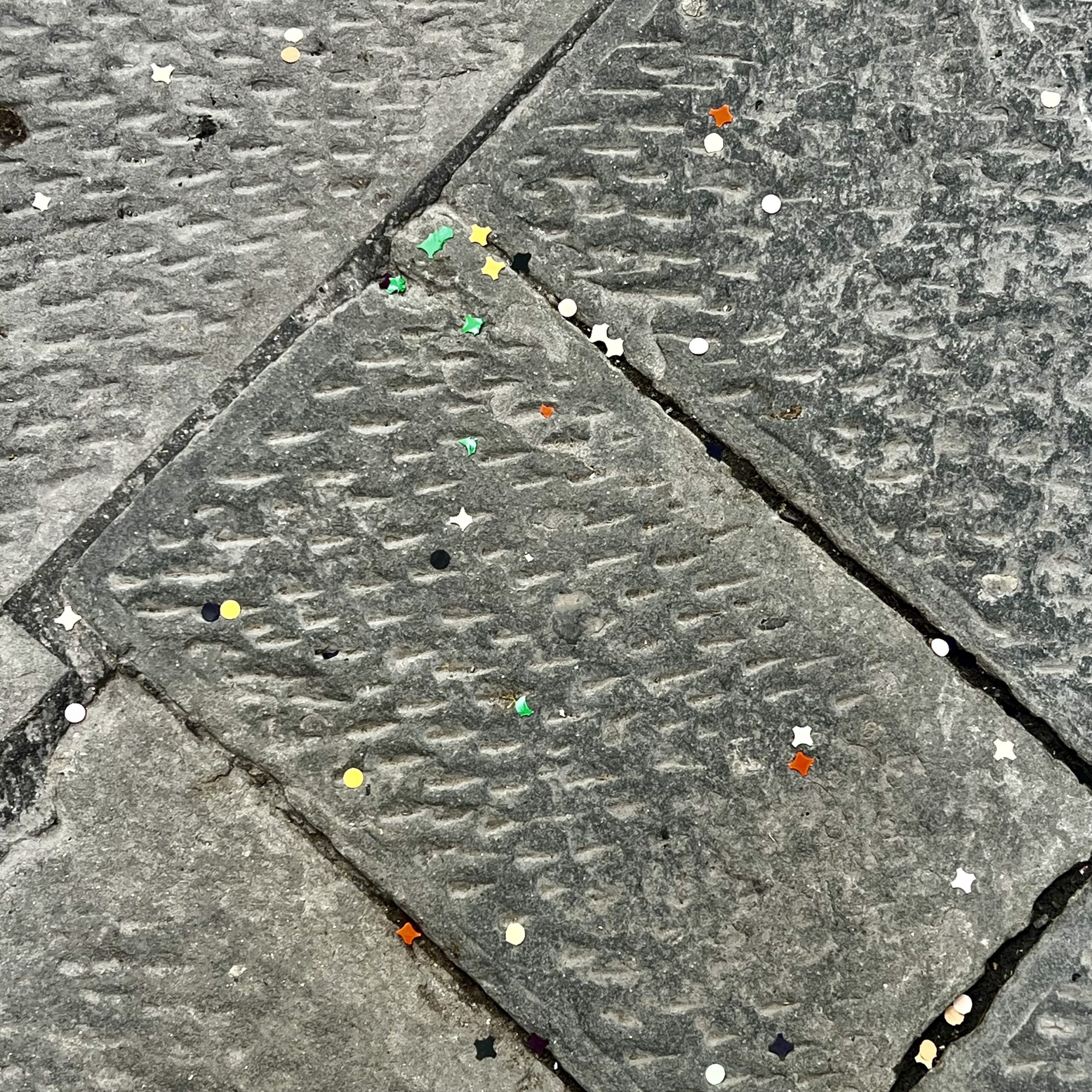
Next post—Part Four—Siena with Riccardo!—Part Four

Are there any Italians in wheelchairs or using crutches? Seems everyone there is in perfect physical condition! Great photos and descriptions. Love your blog.
E: Good question. We have a seen a few in wheel chairs (hand/motor), but not a lot. I suspect at least with the tourists that those with wheel chairs (and walkers) have decided not to venture in!